SKIS EASIER ON KNEES | SKIS FOR ELDERLY SKIERS | BEST SKIS FOR SENIORS
SKIS FOR OLDER SKIERS
Skiing is a great way to stay active and enjoy the outdoors, no matter your age. As we get older, we need to think more carefully about our gear. Choosing the right skis for older people can be tricky, but knowing what to look for helps you choose wisely and have fun on the slopes!
3 products
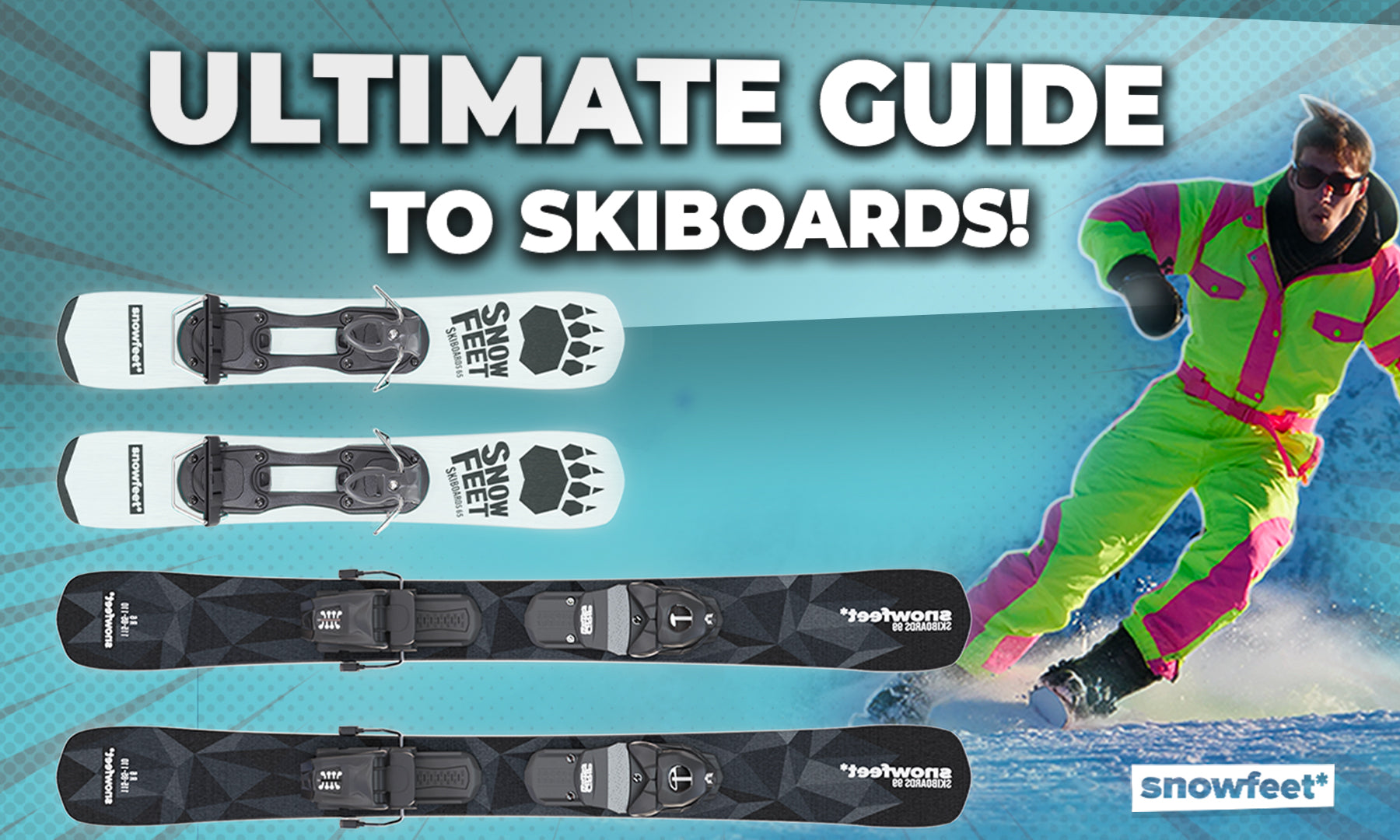
Video
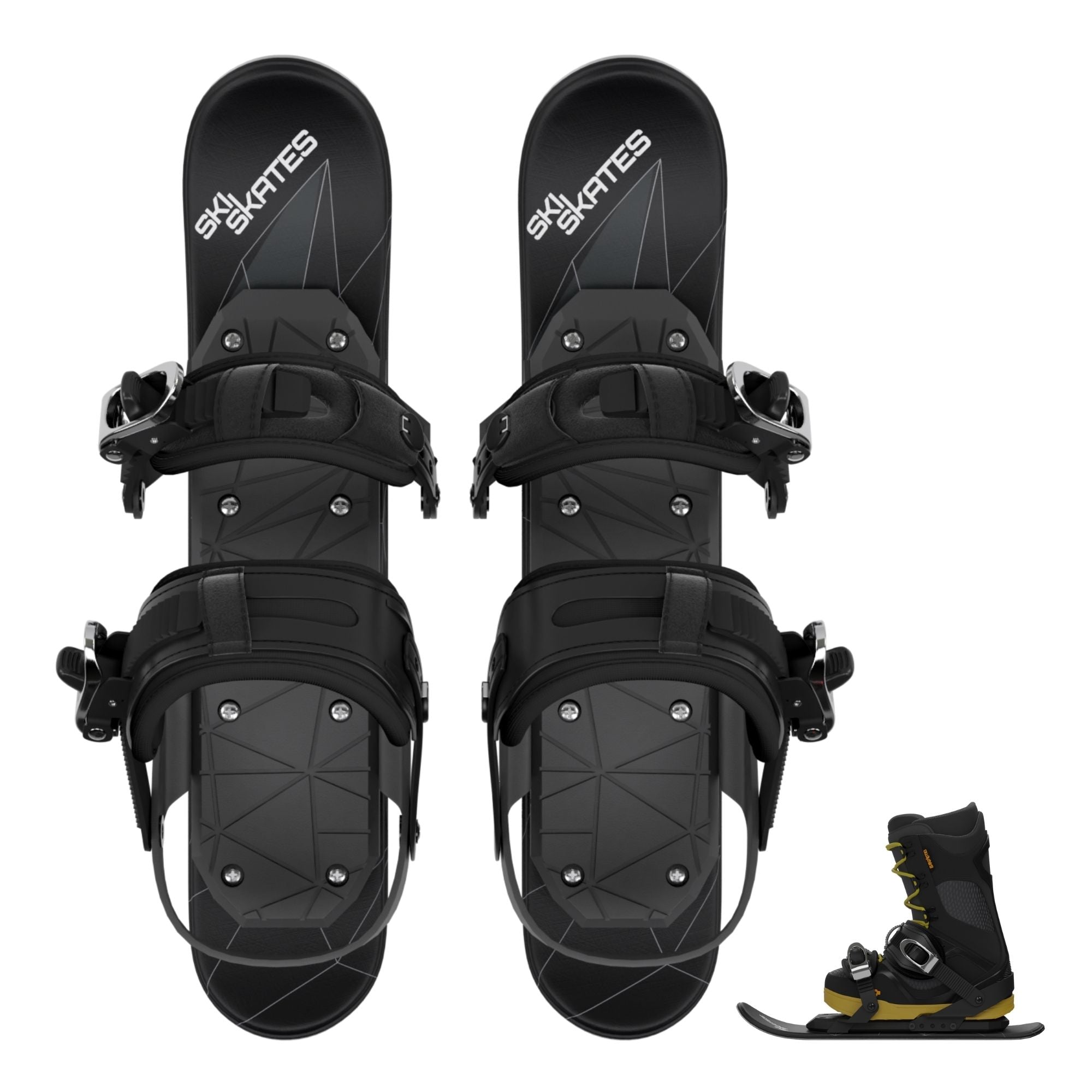
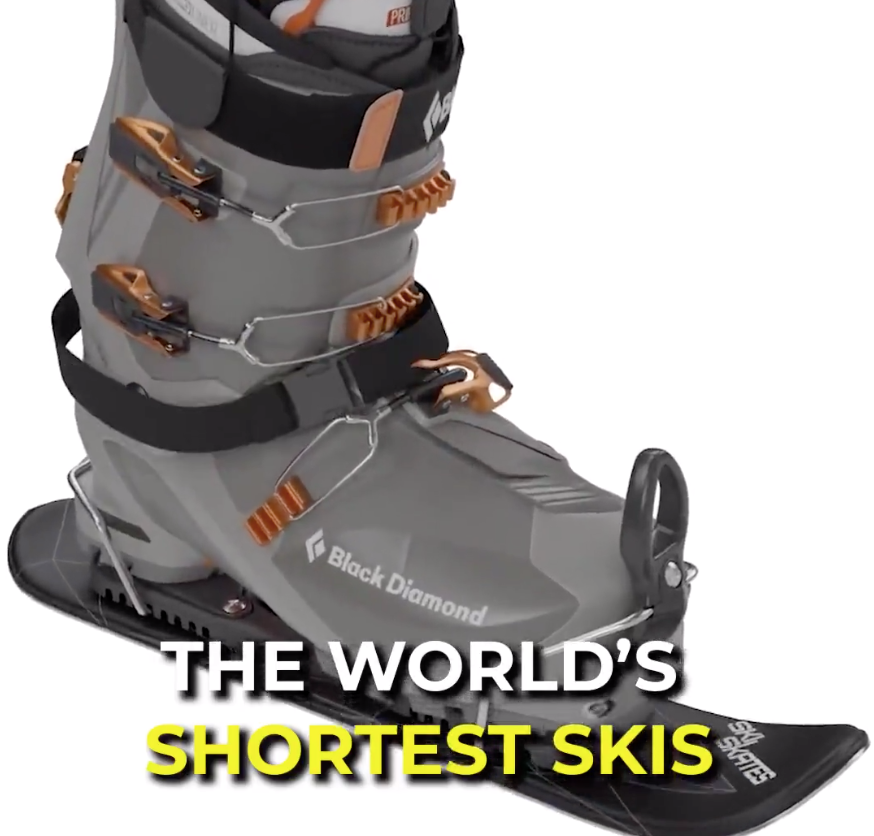
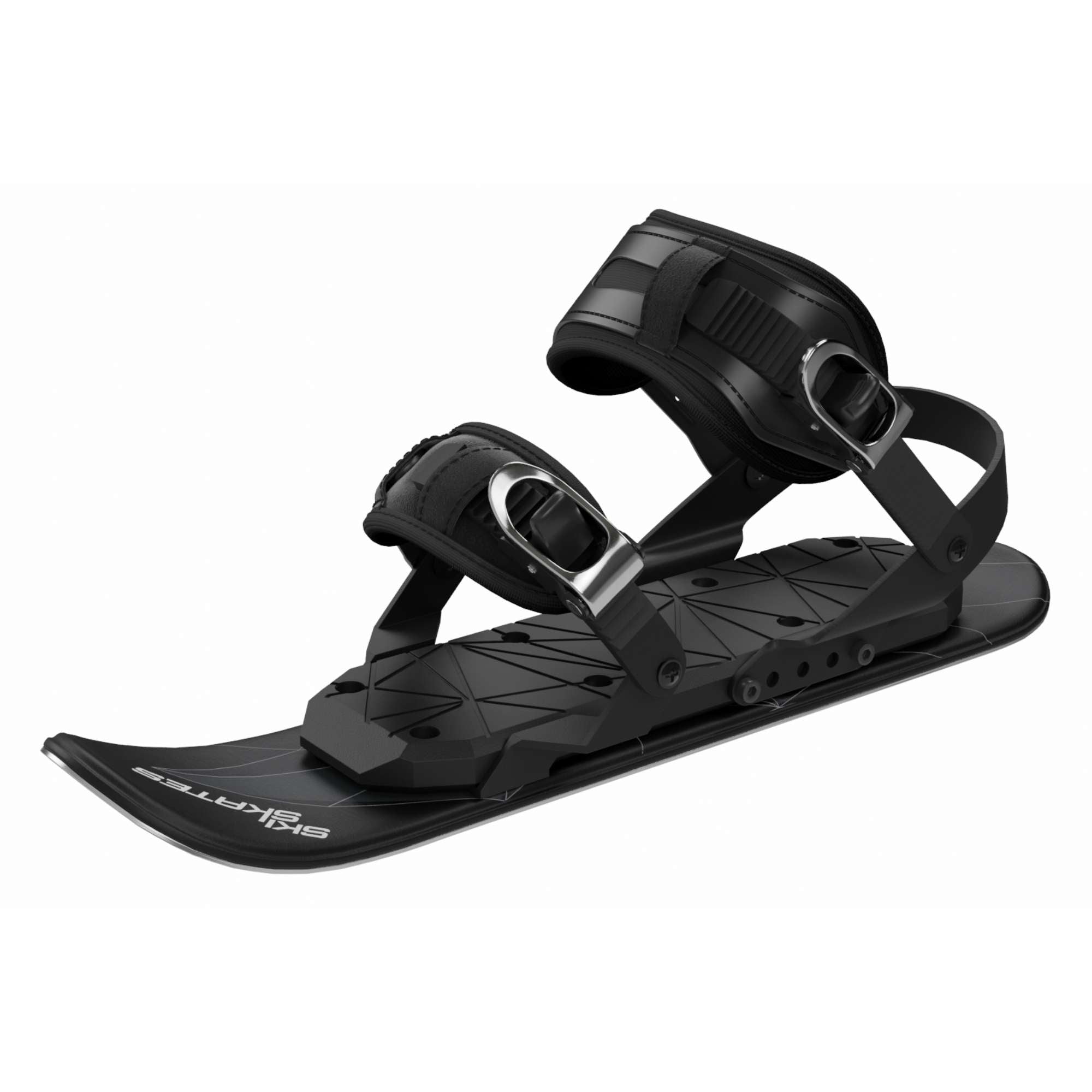
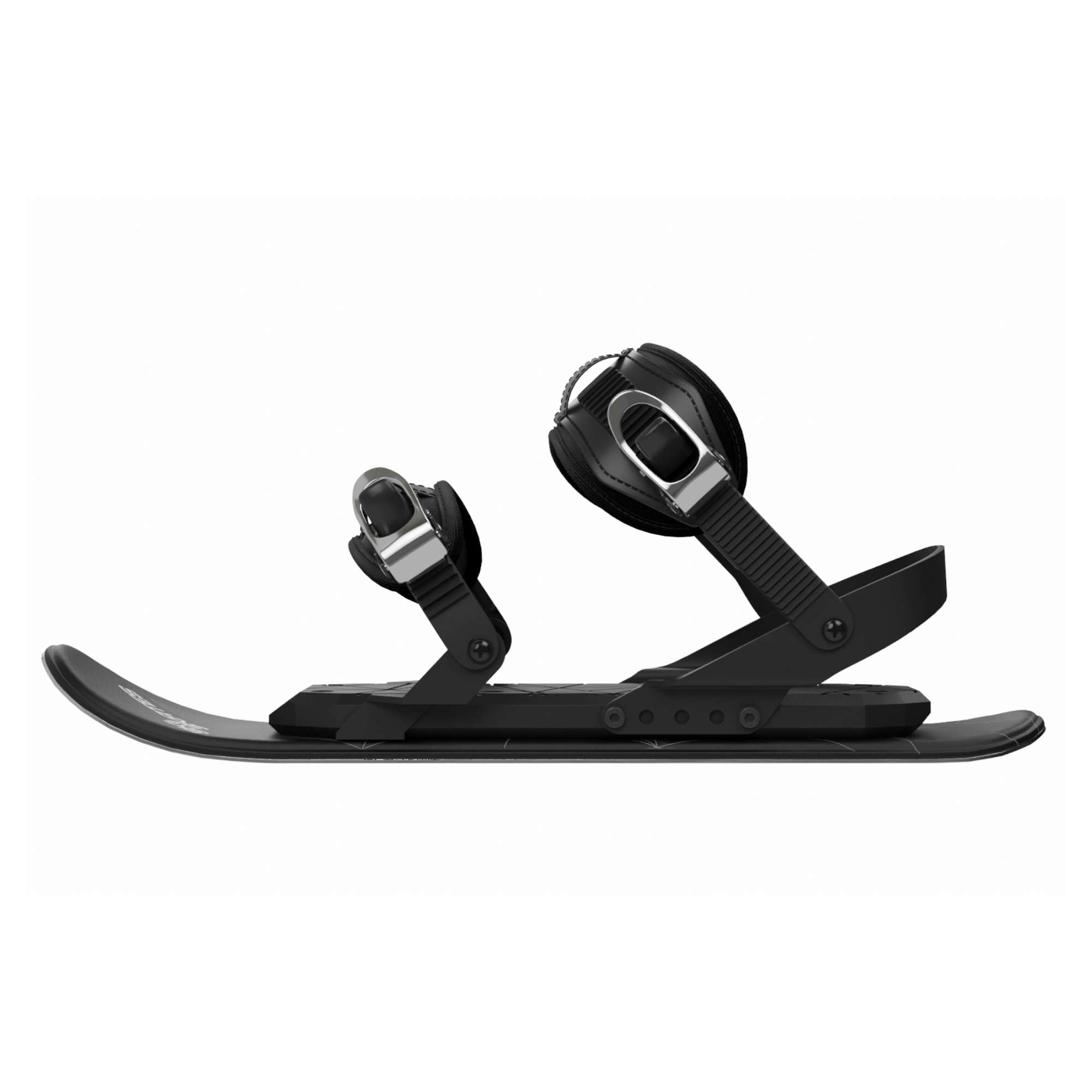
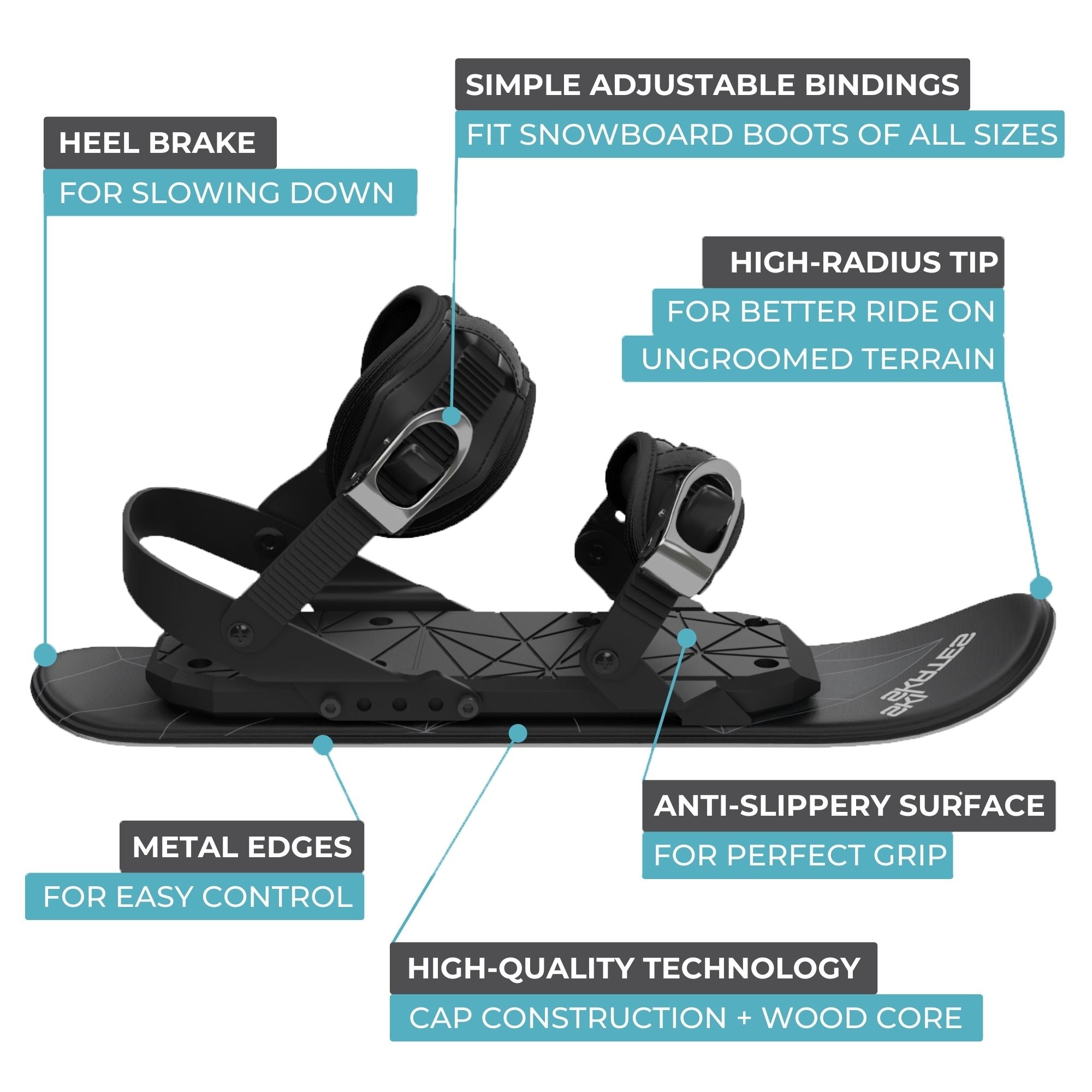
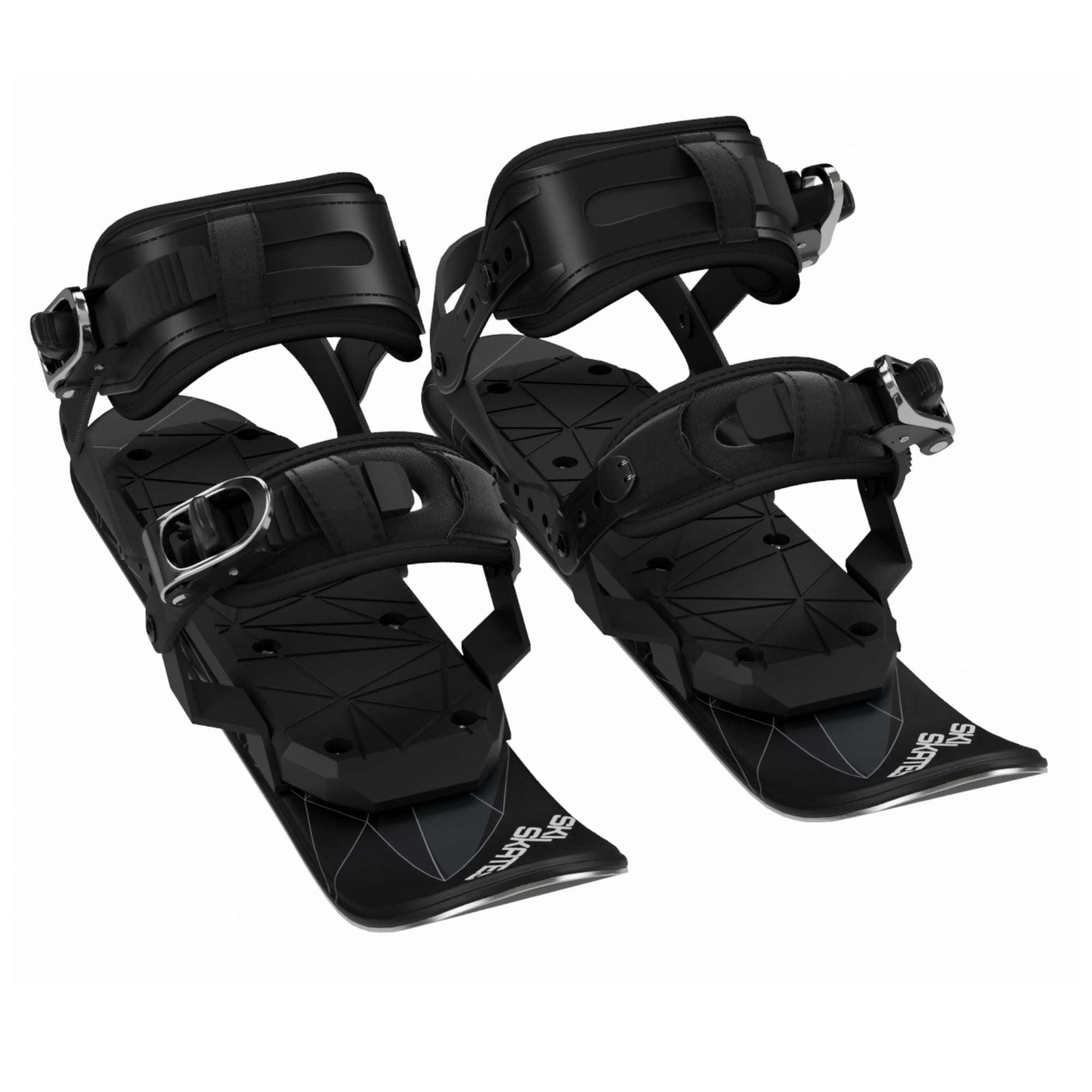
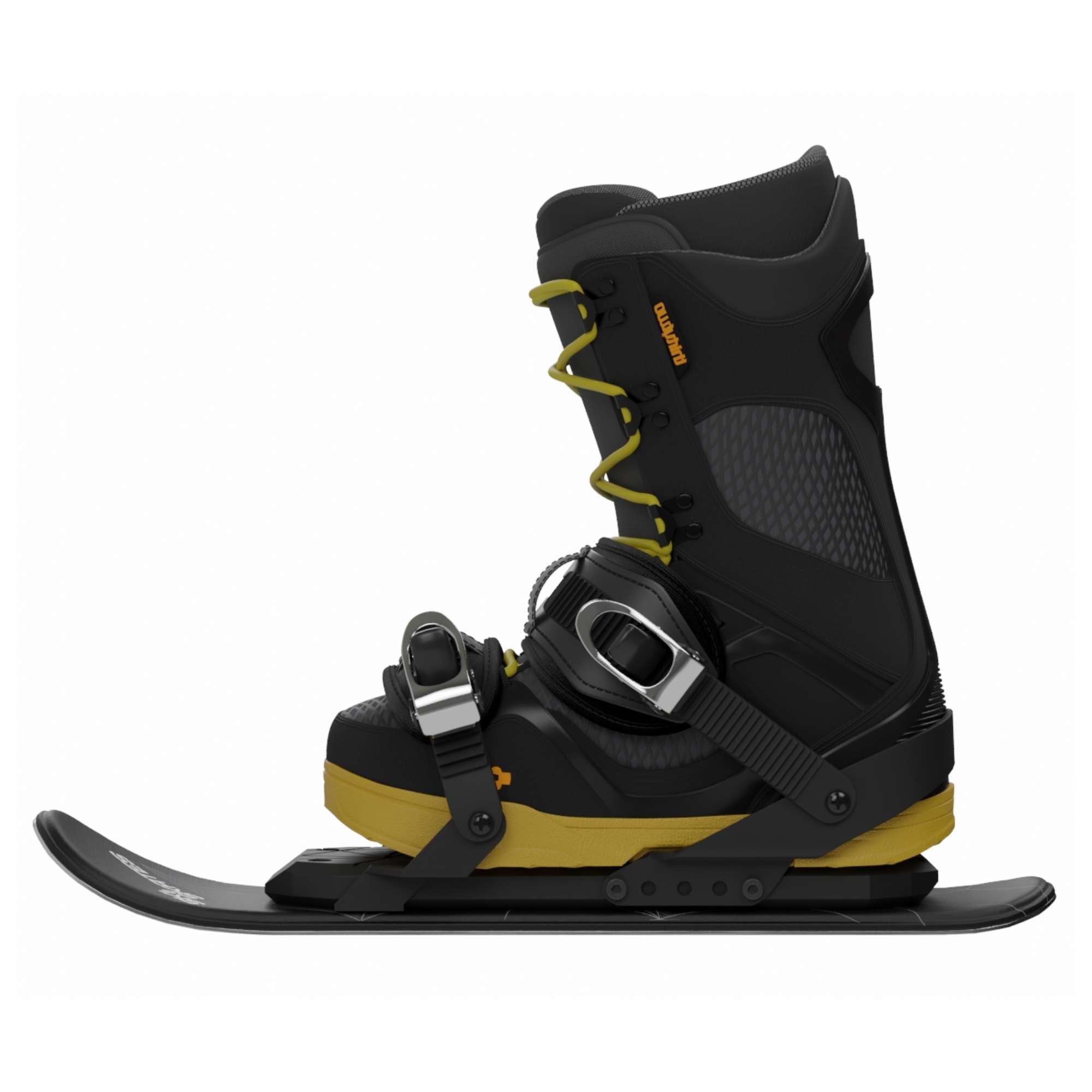
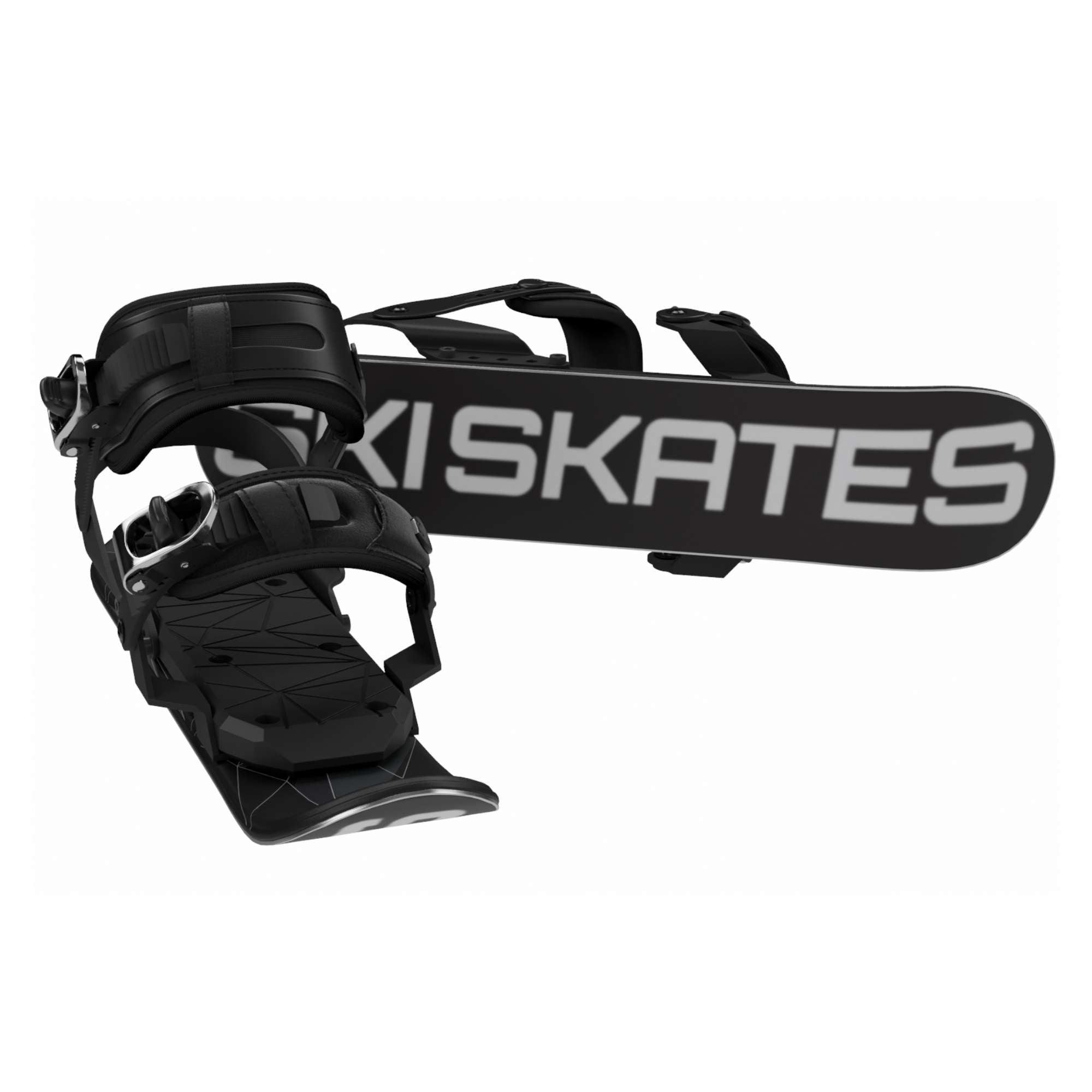
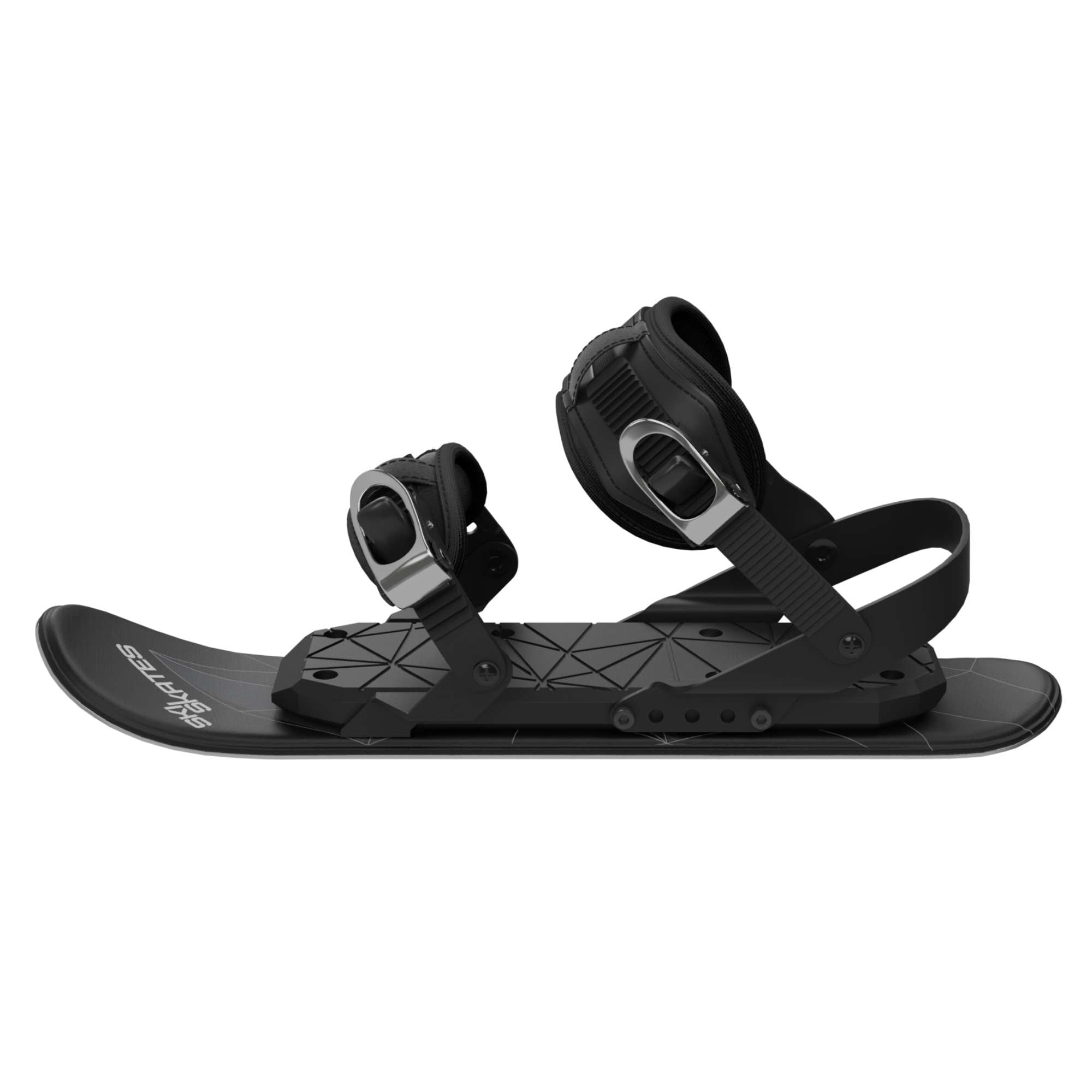
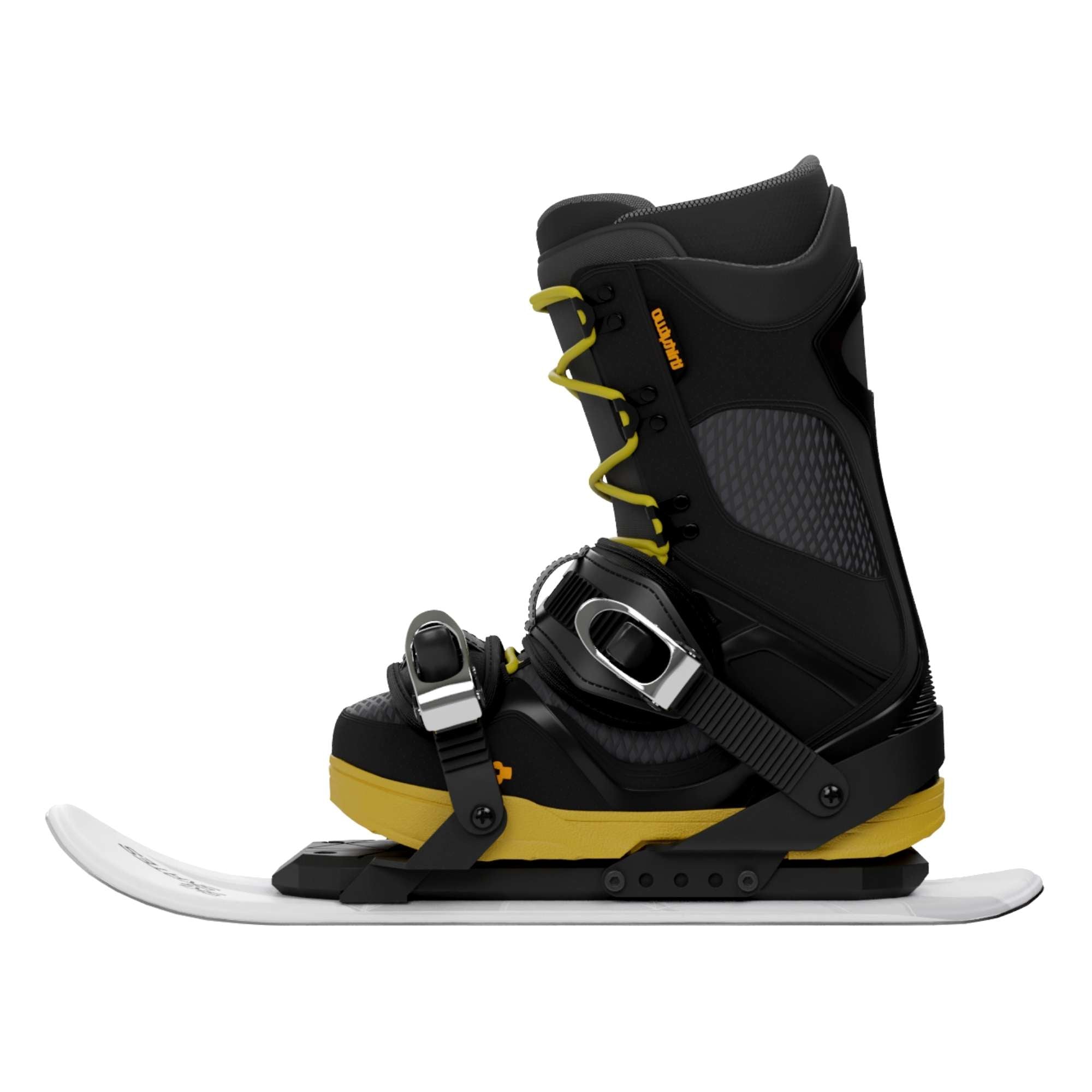
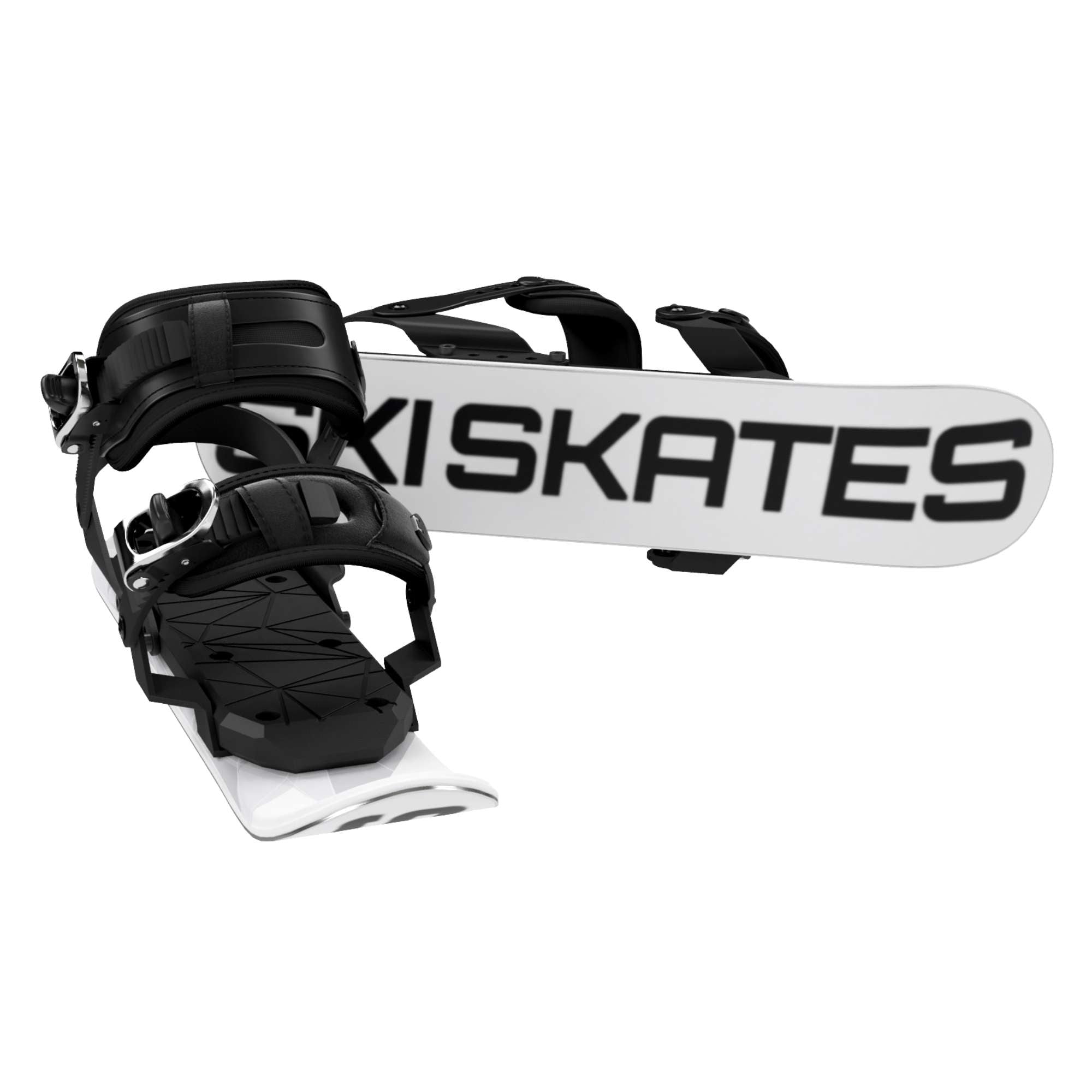
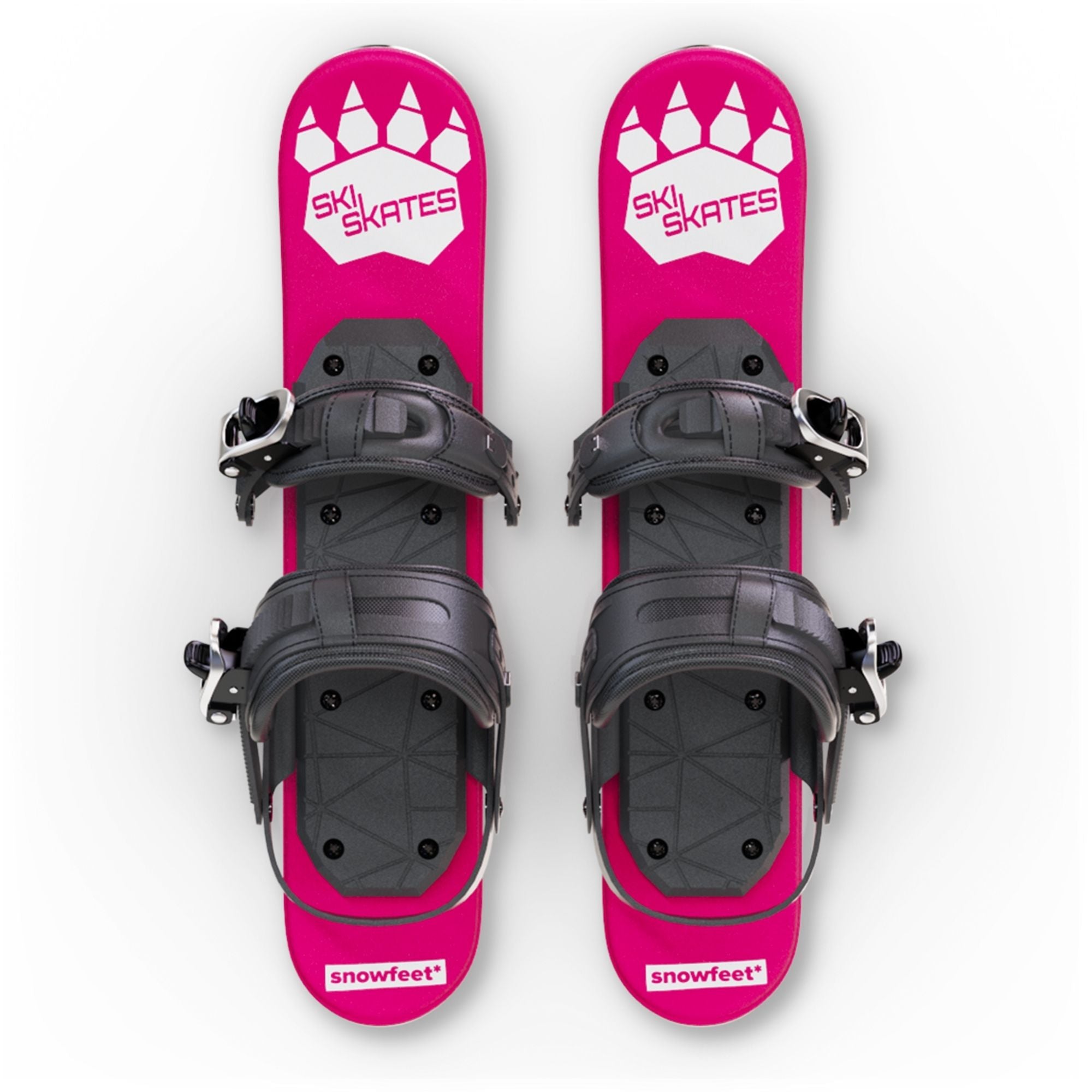
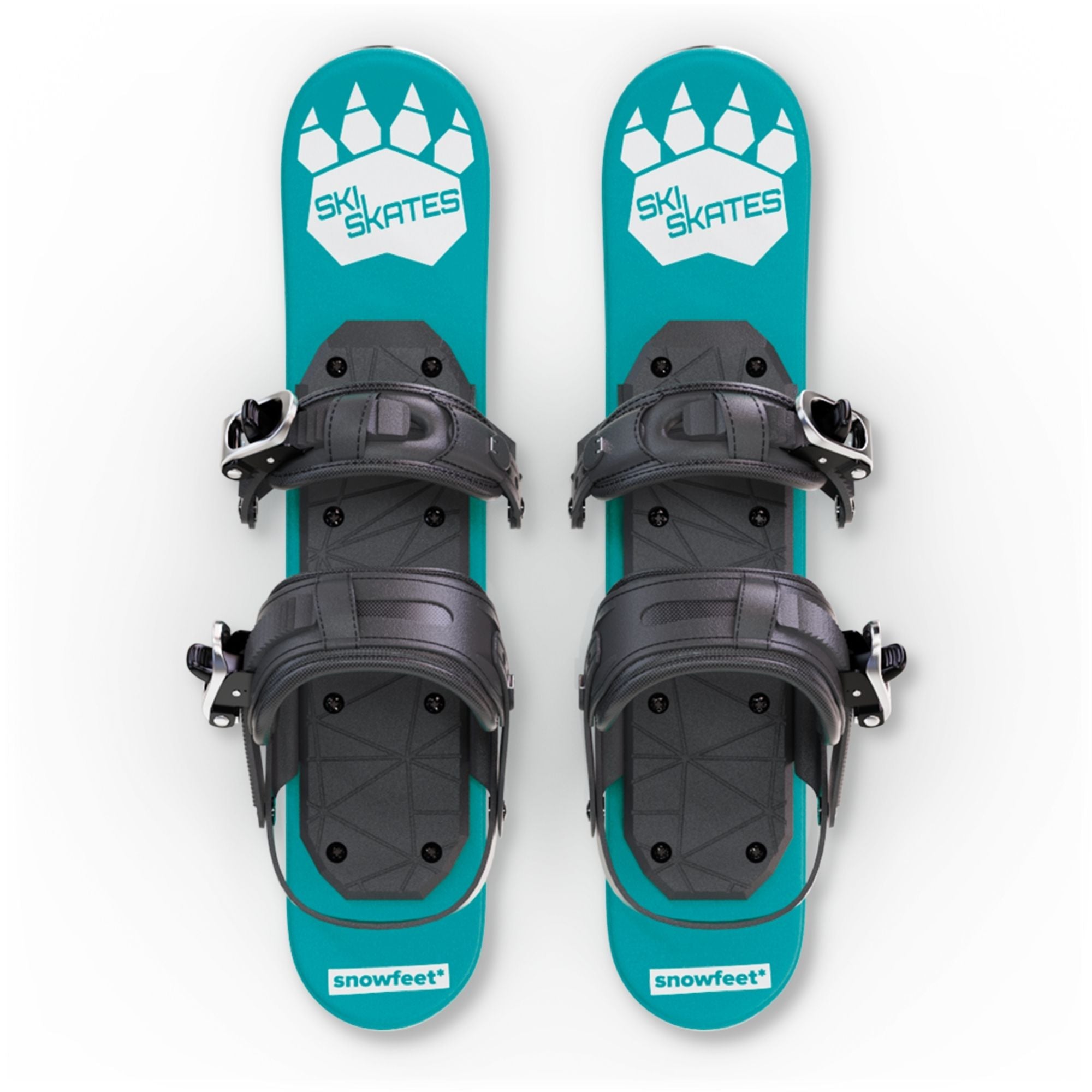
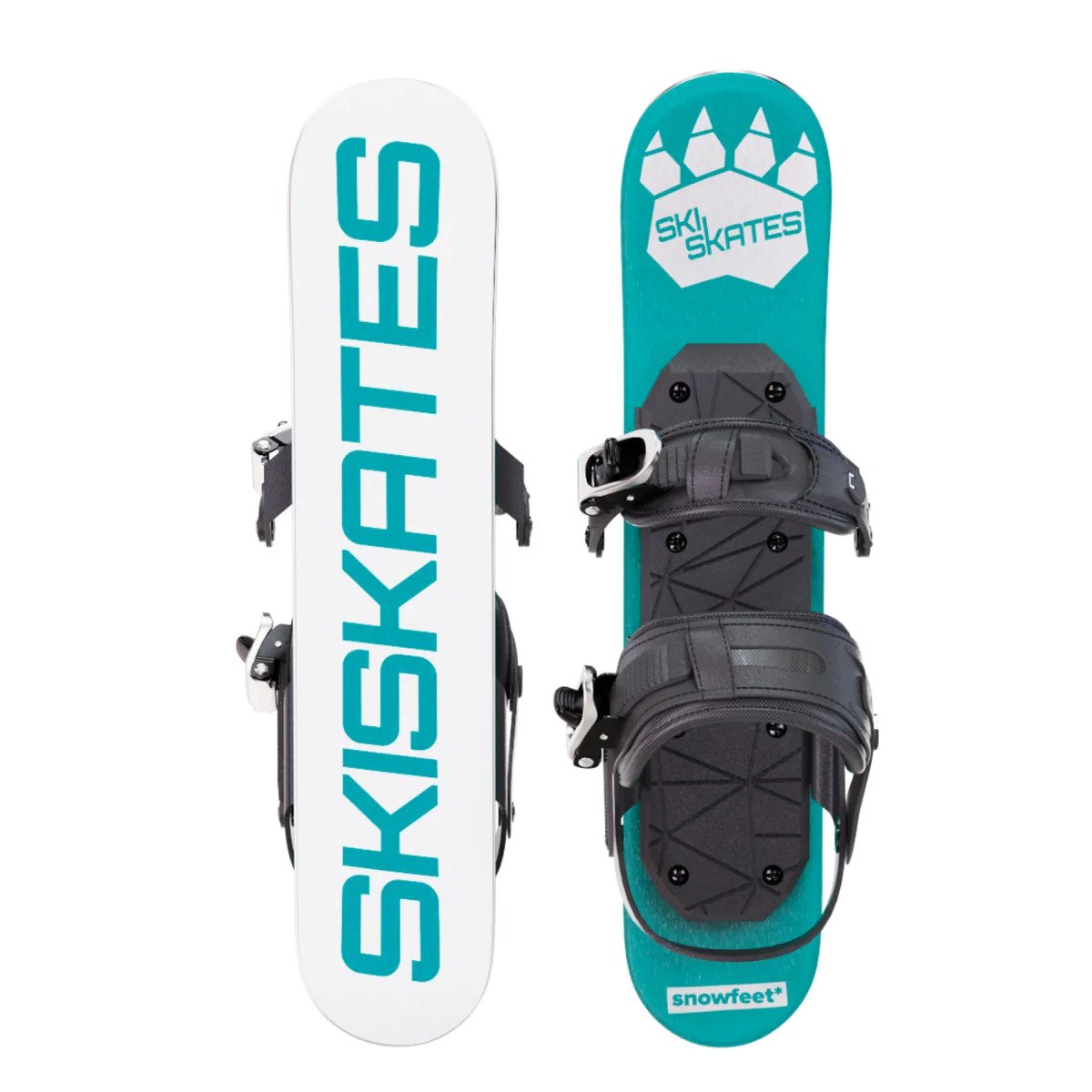
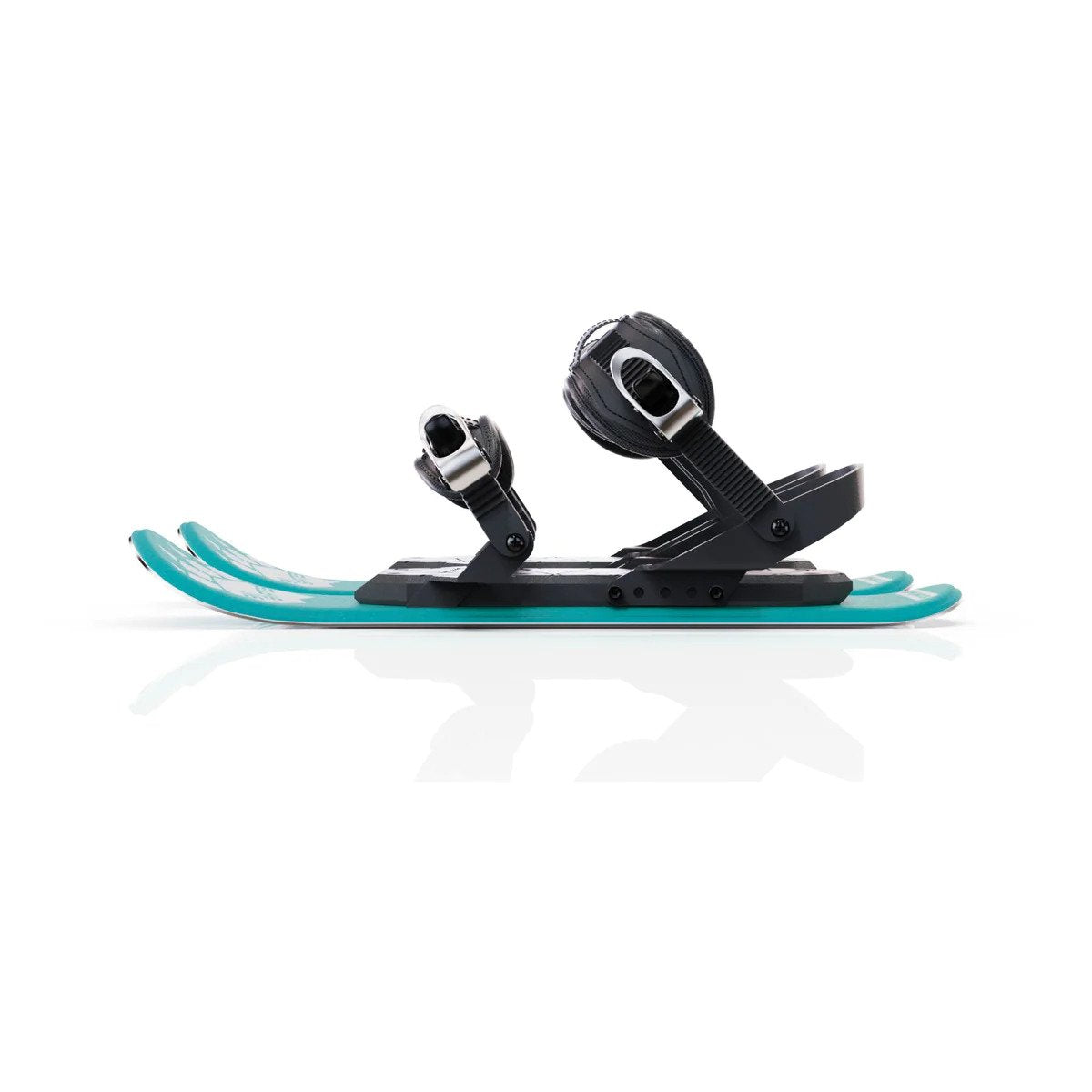
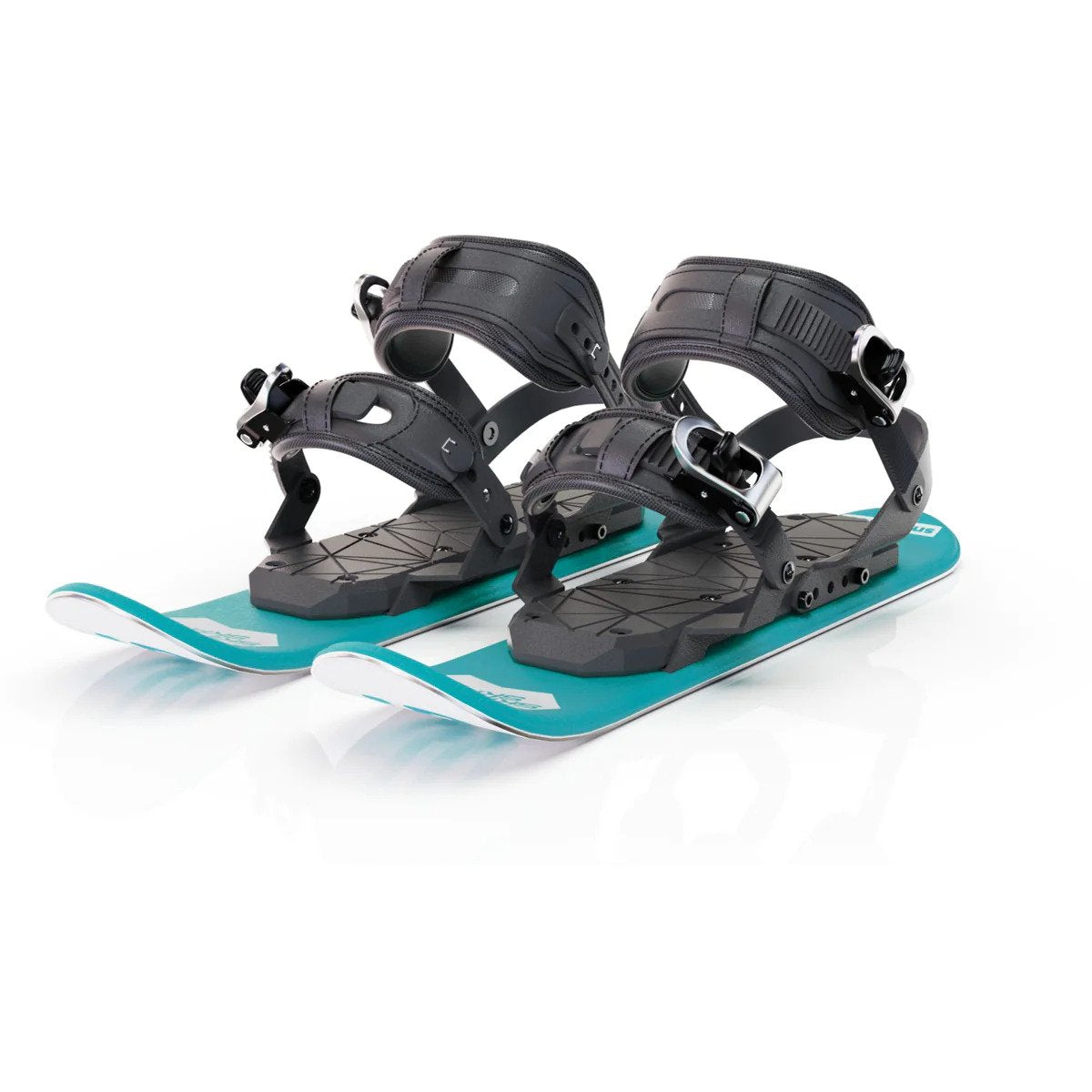
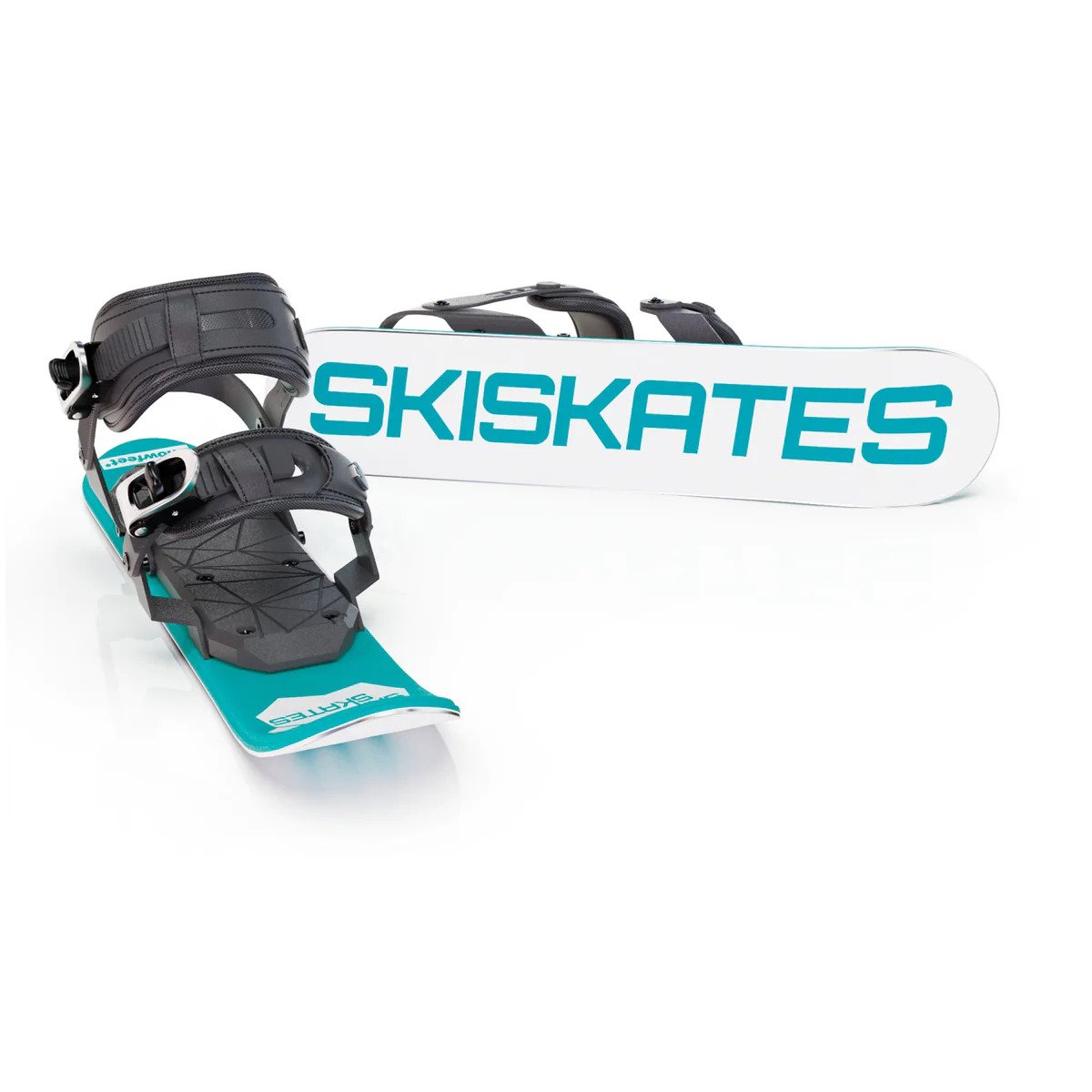
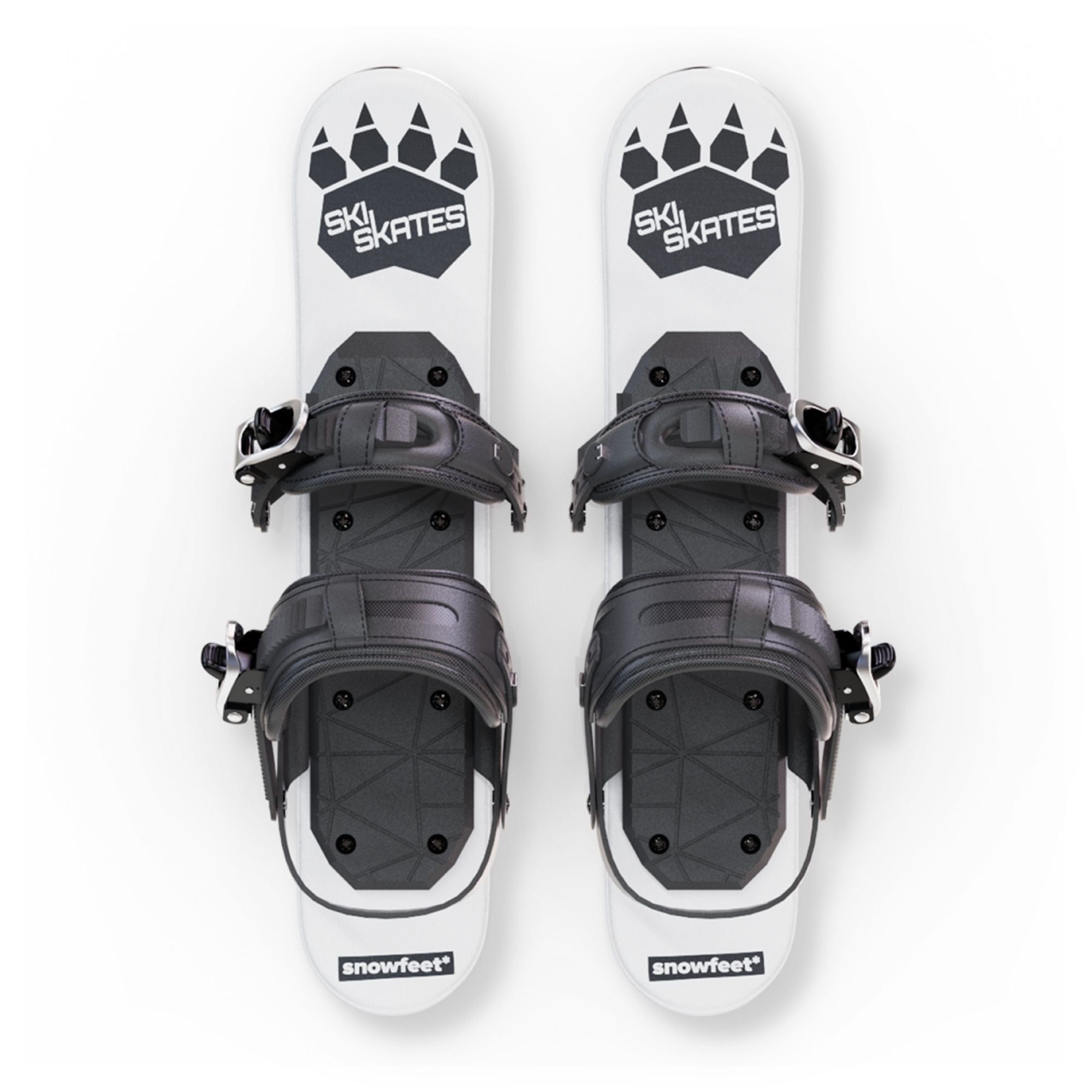
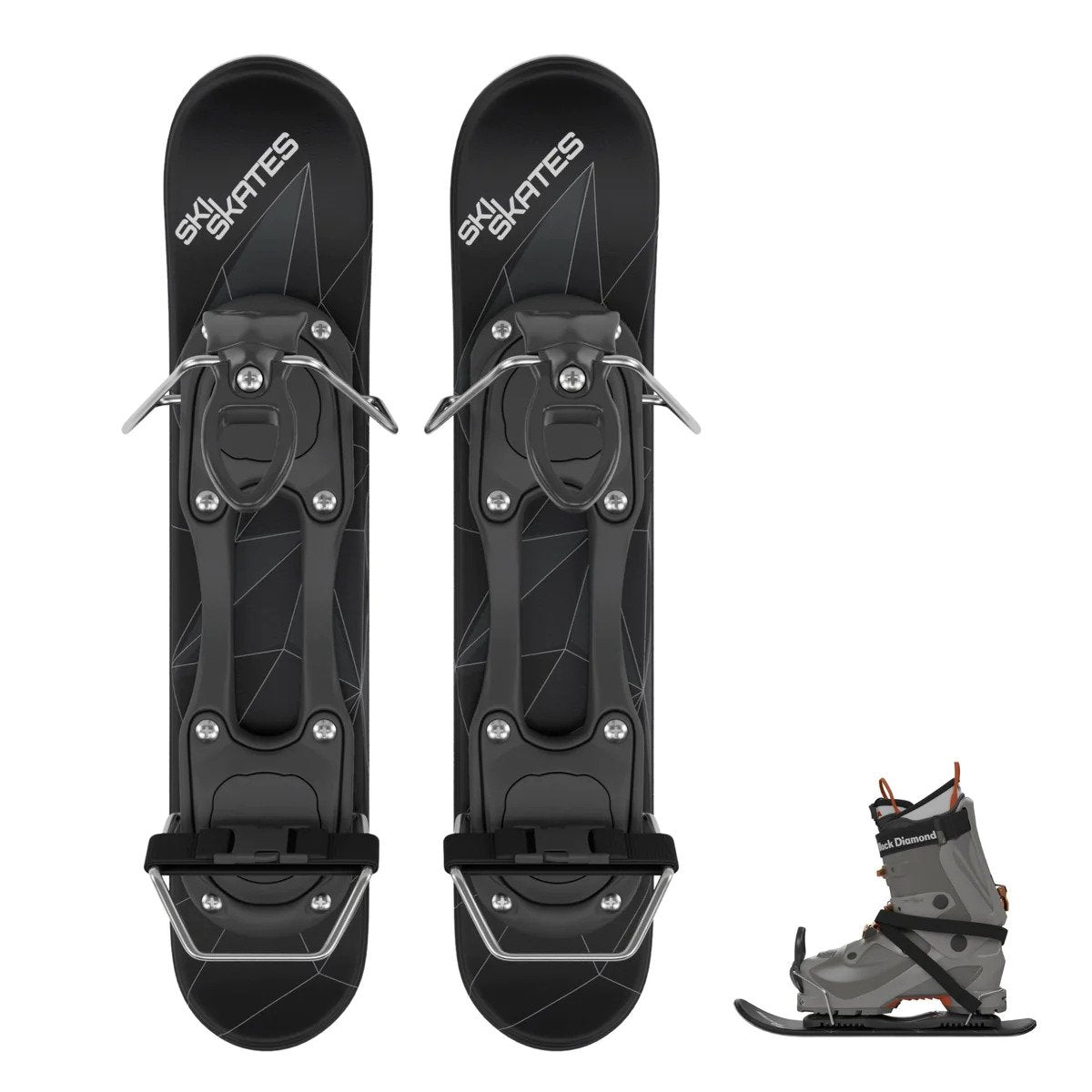
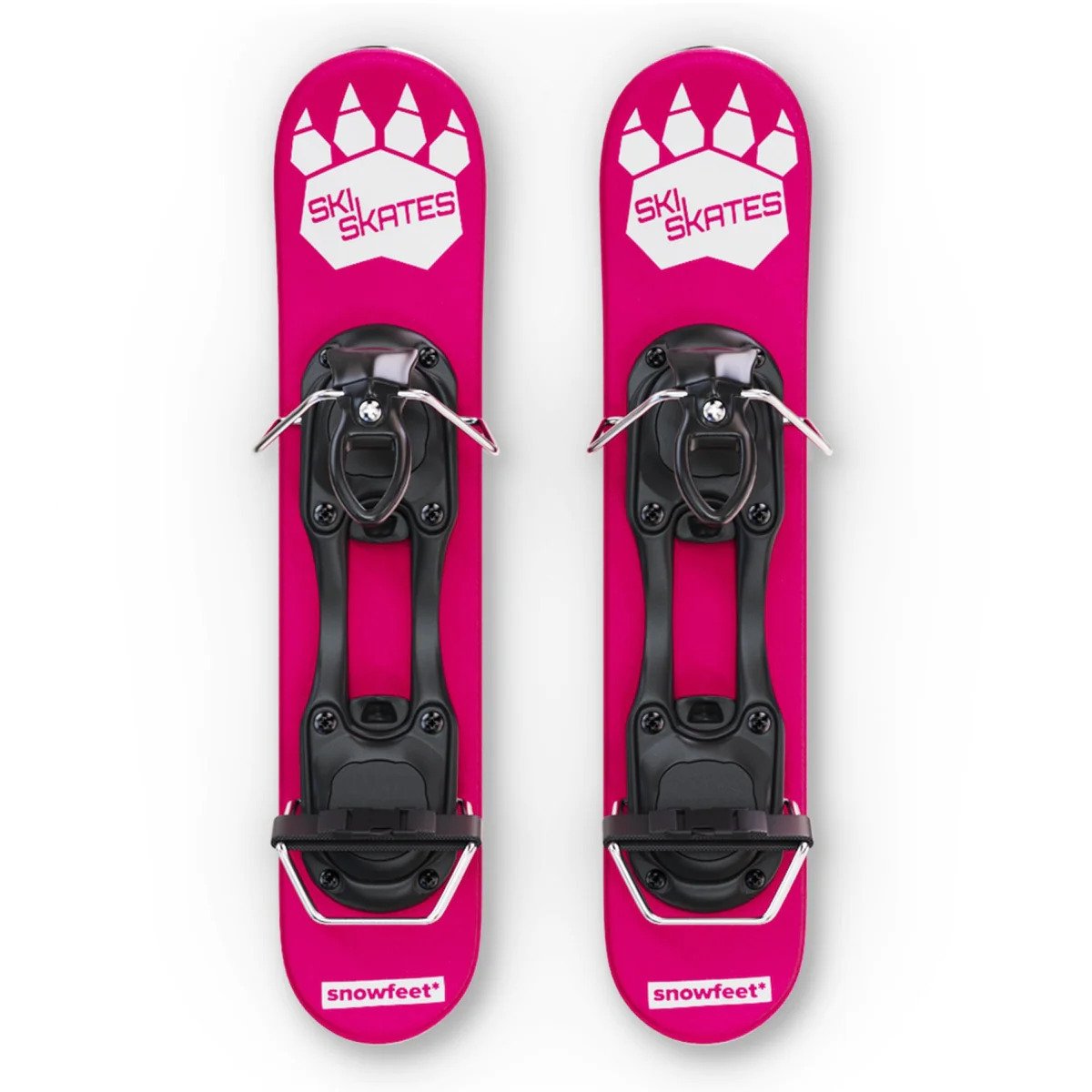
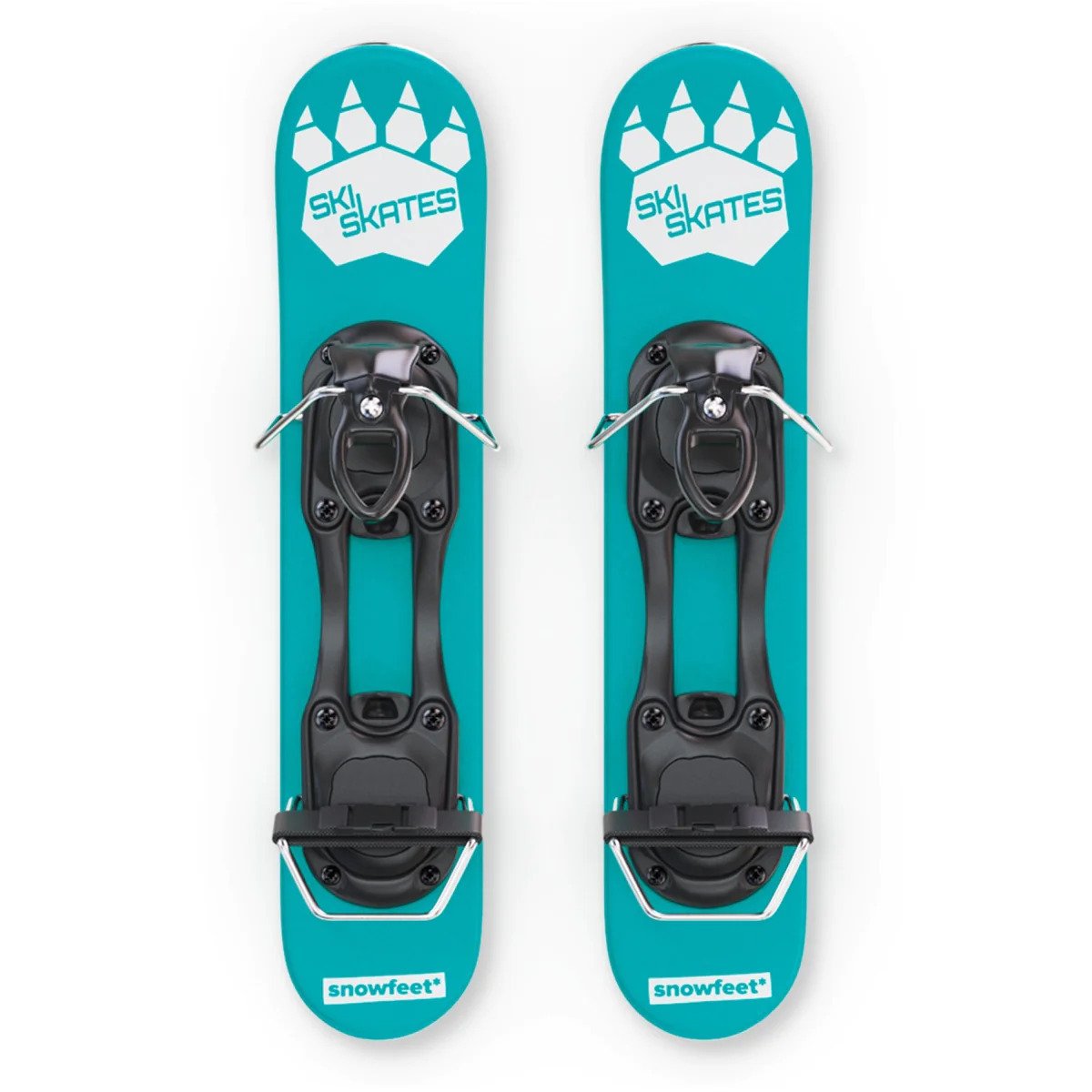
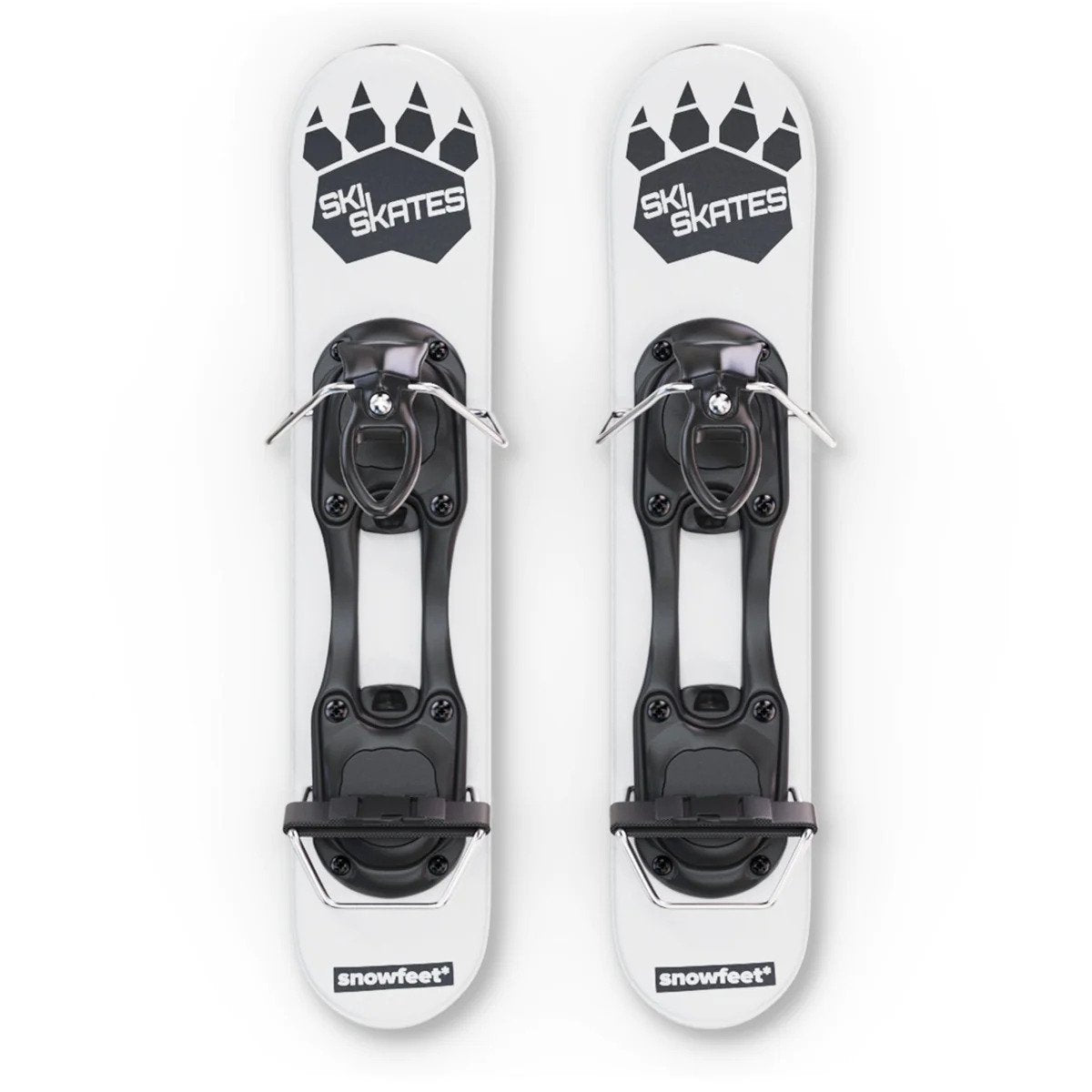
Free Shipping | 3 Business Days
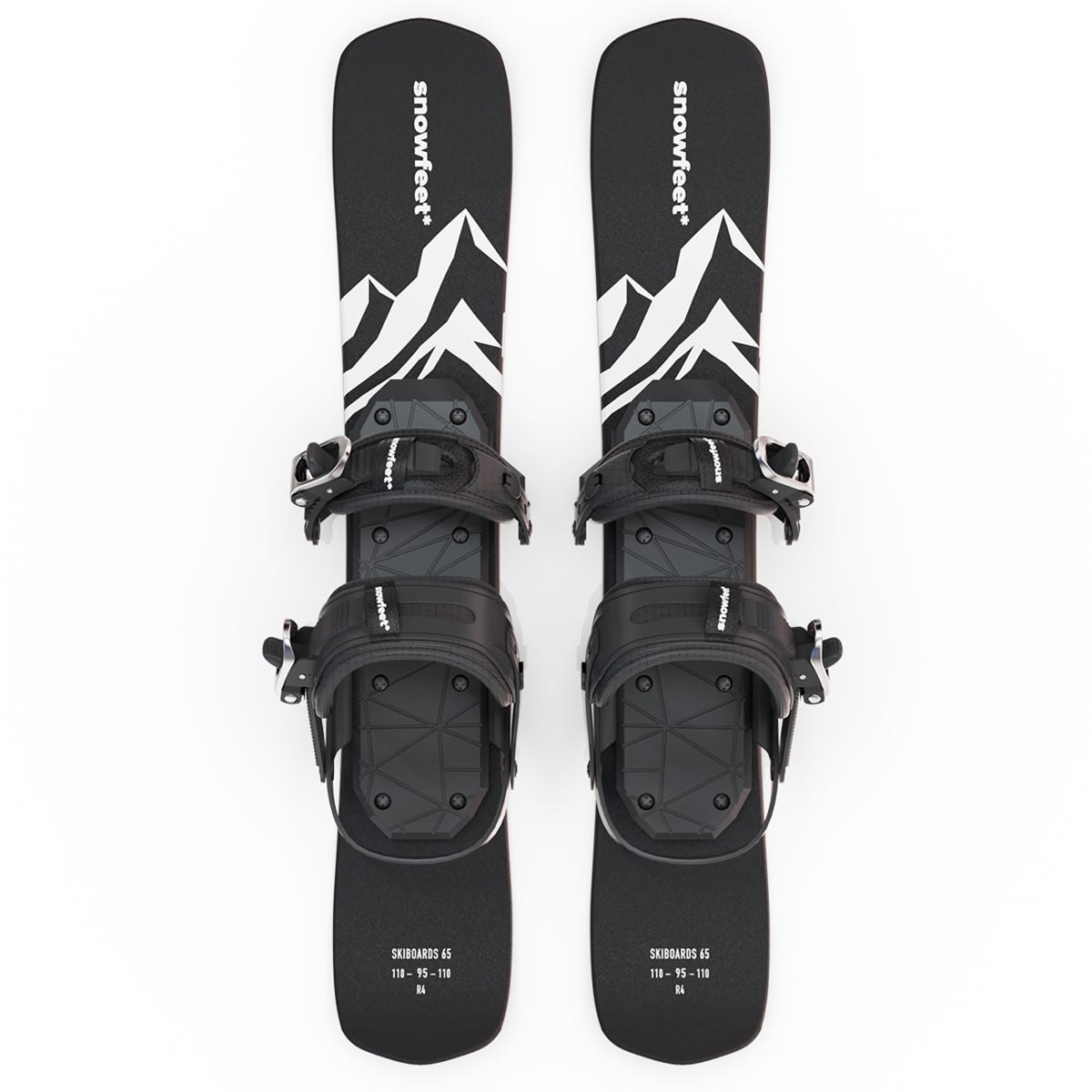
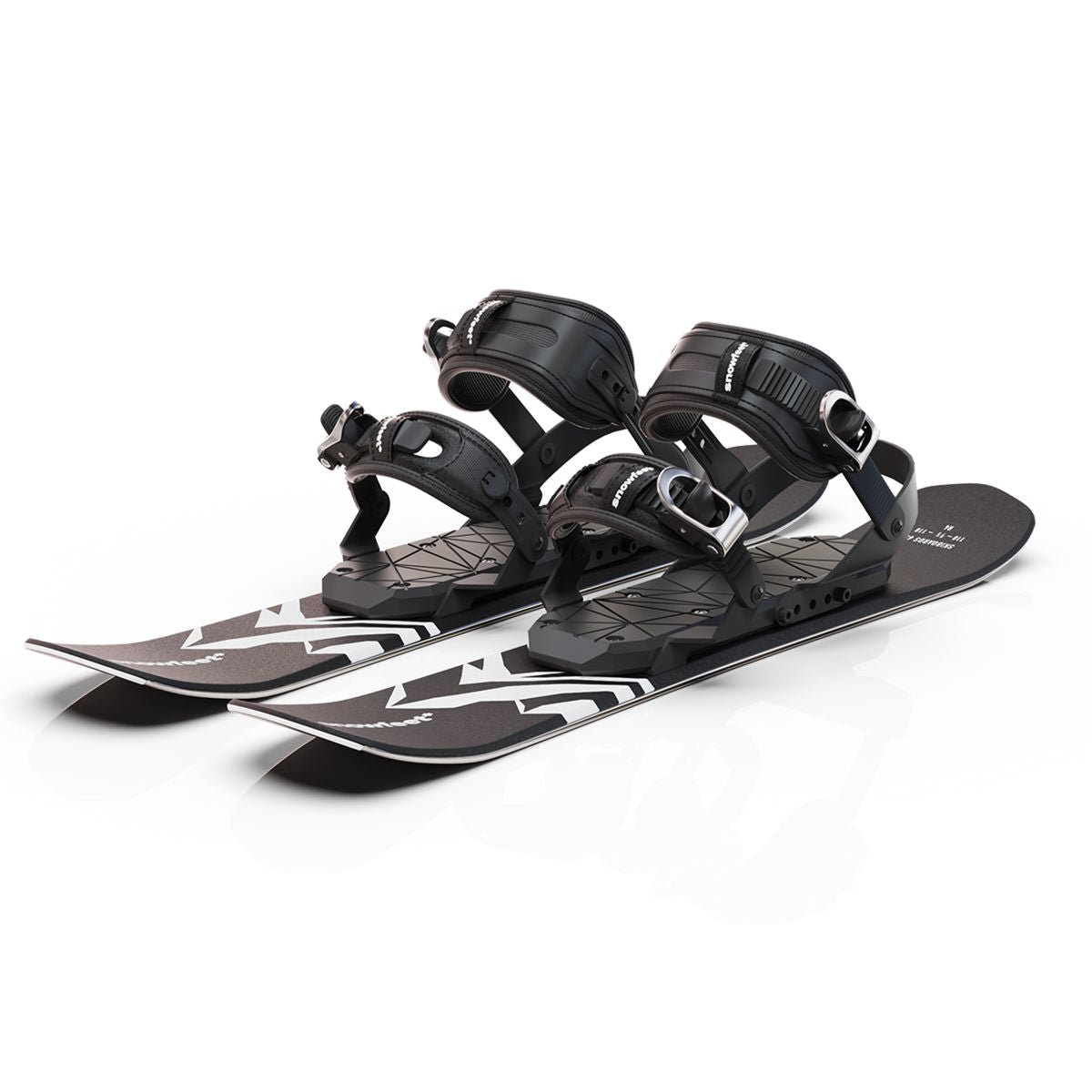
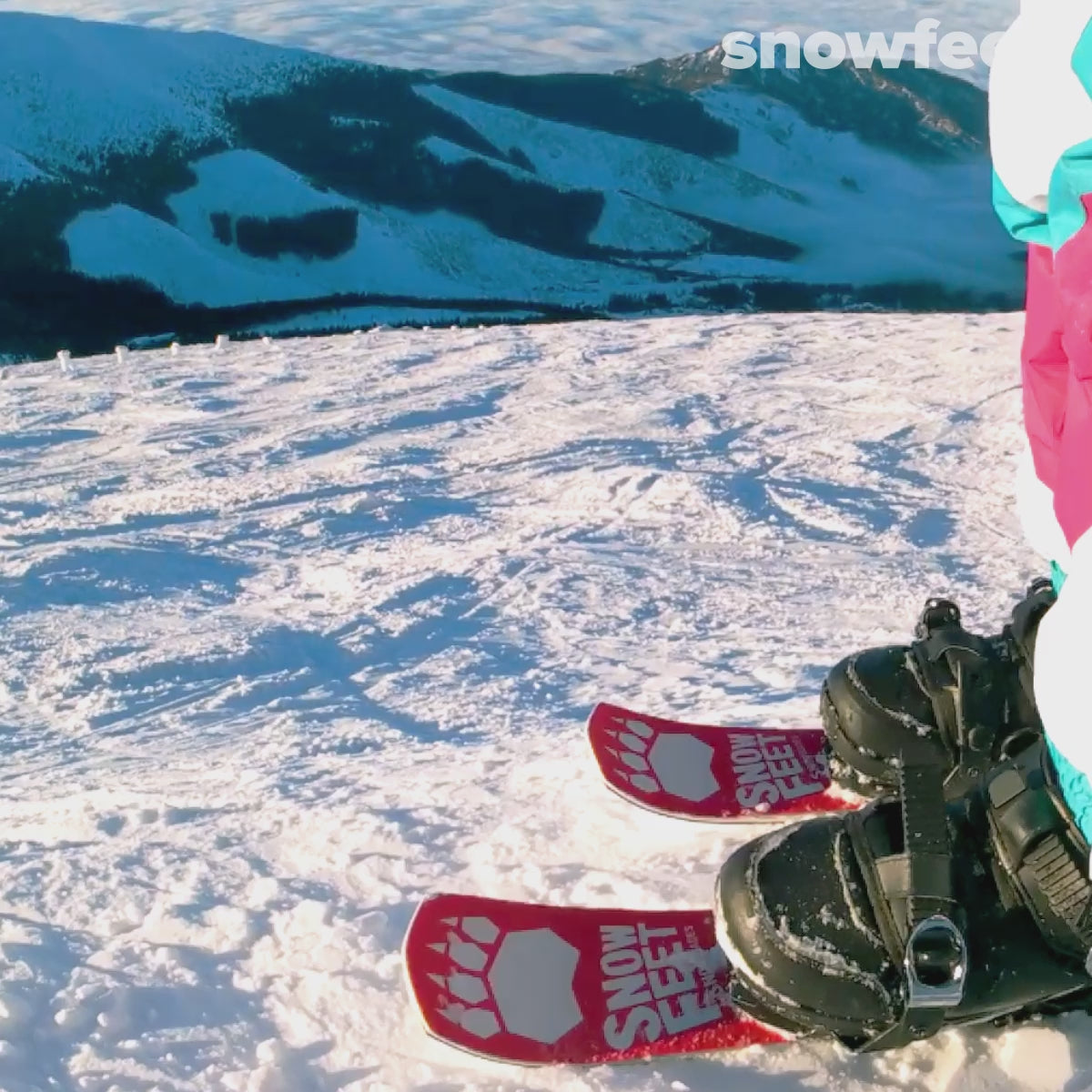
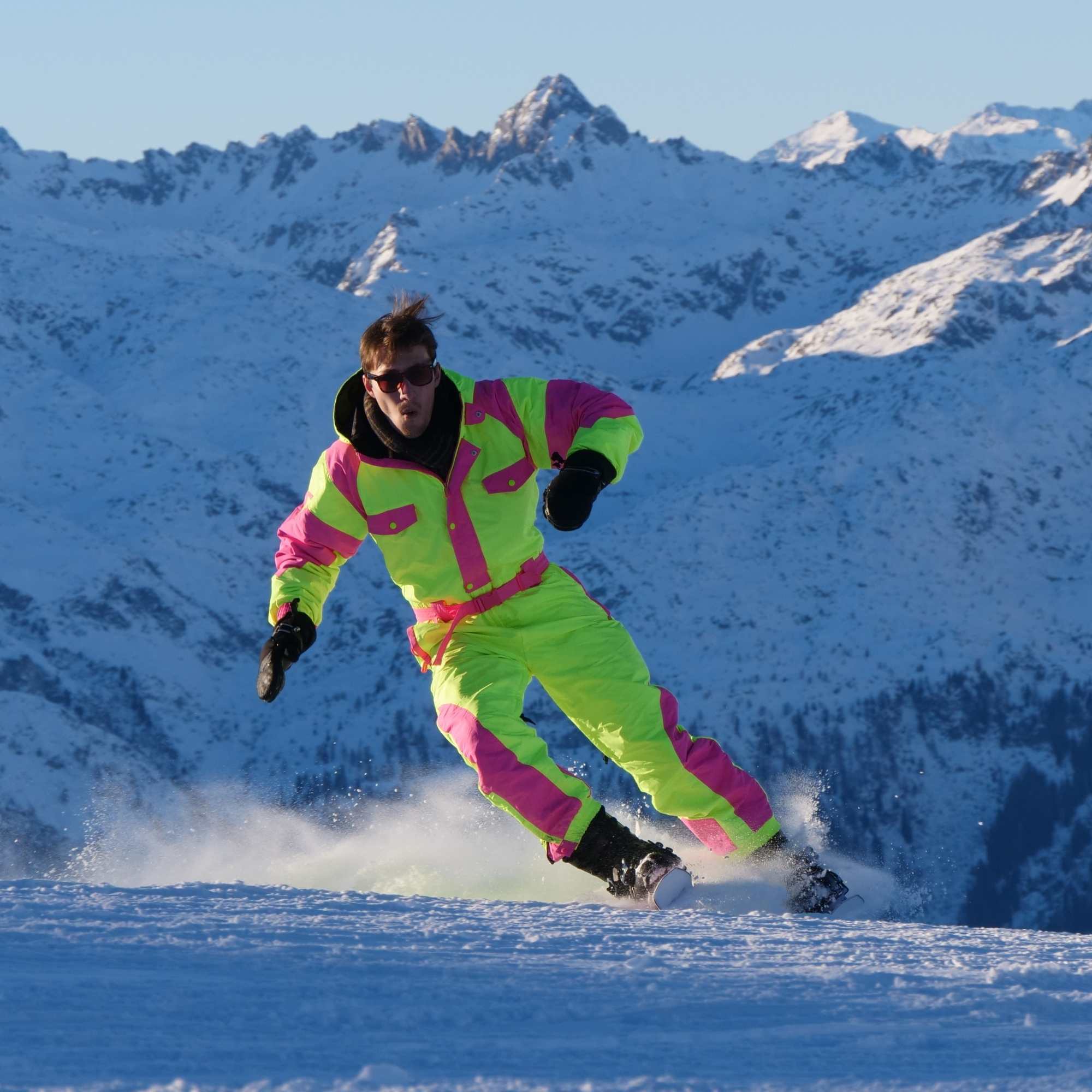
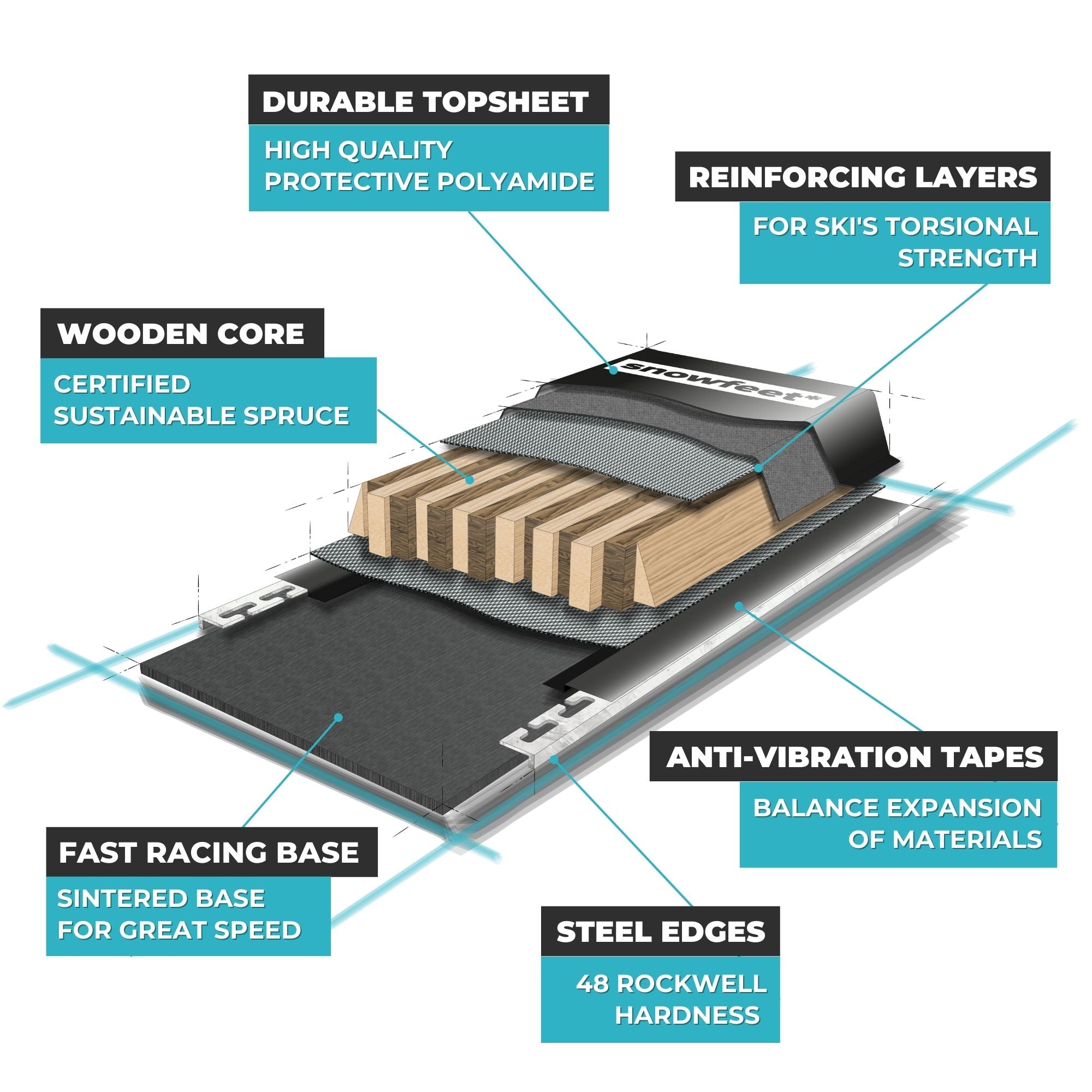
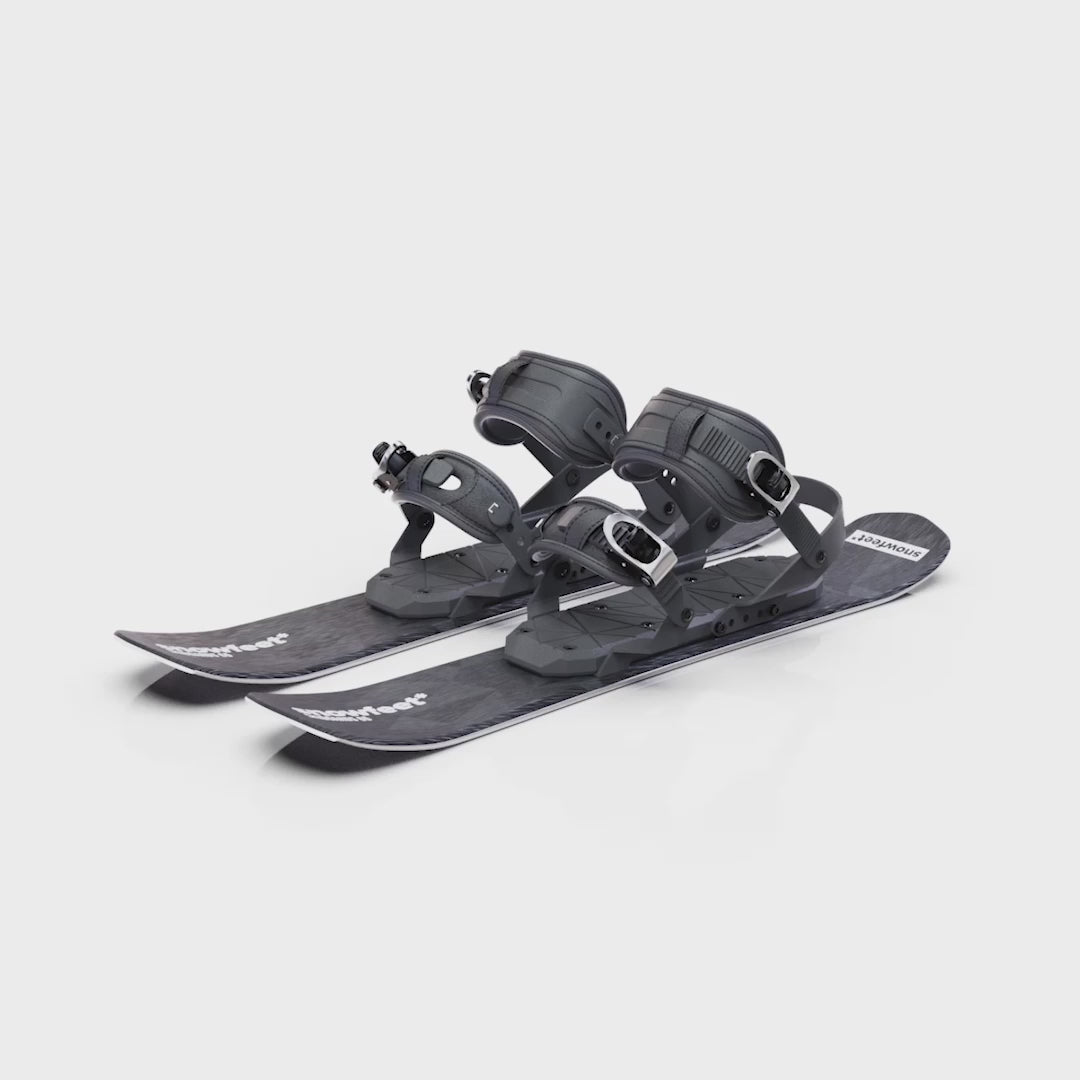
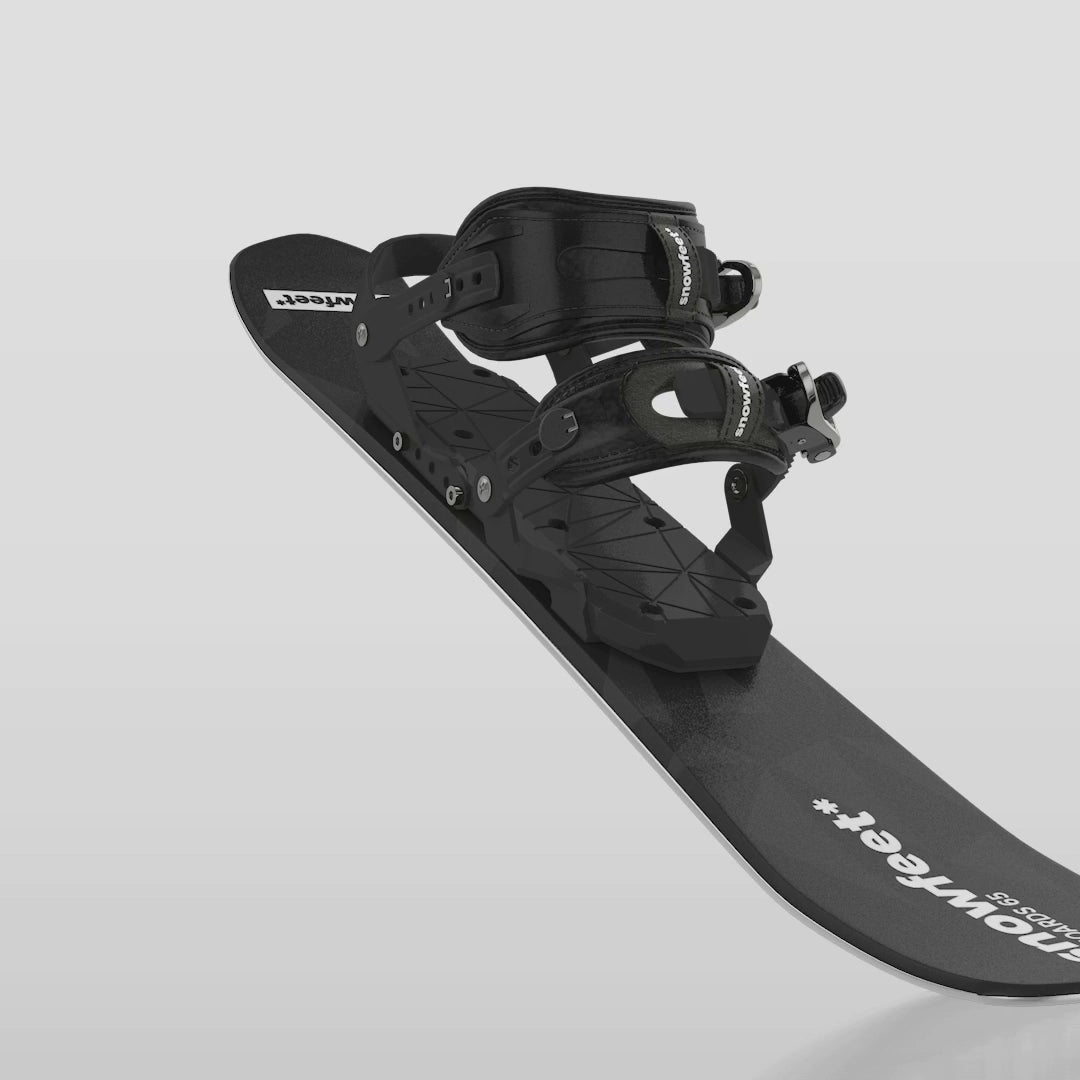
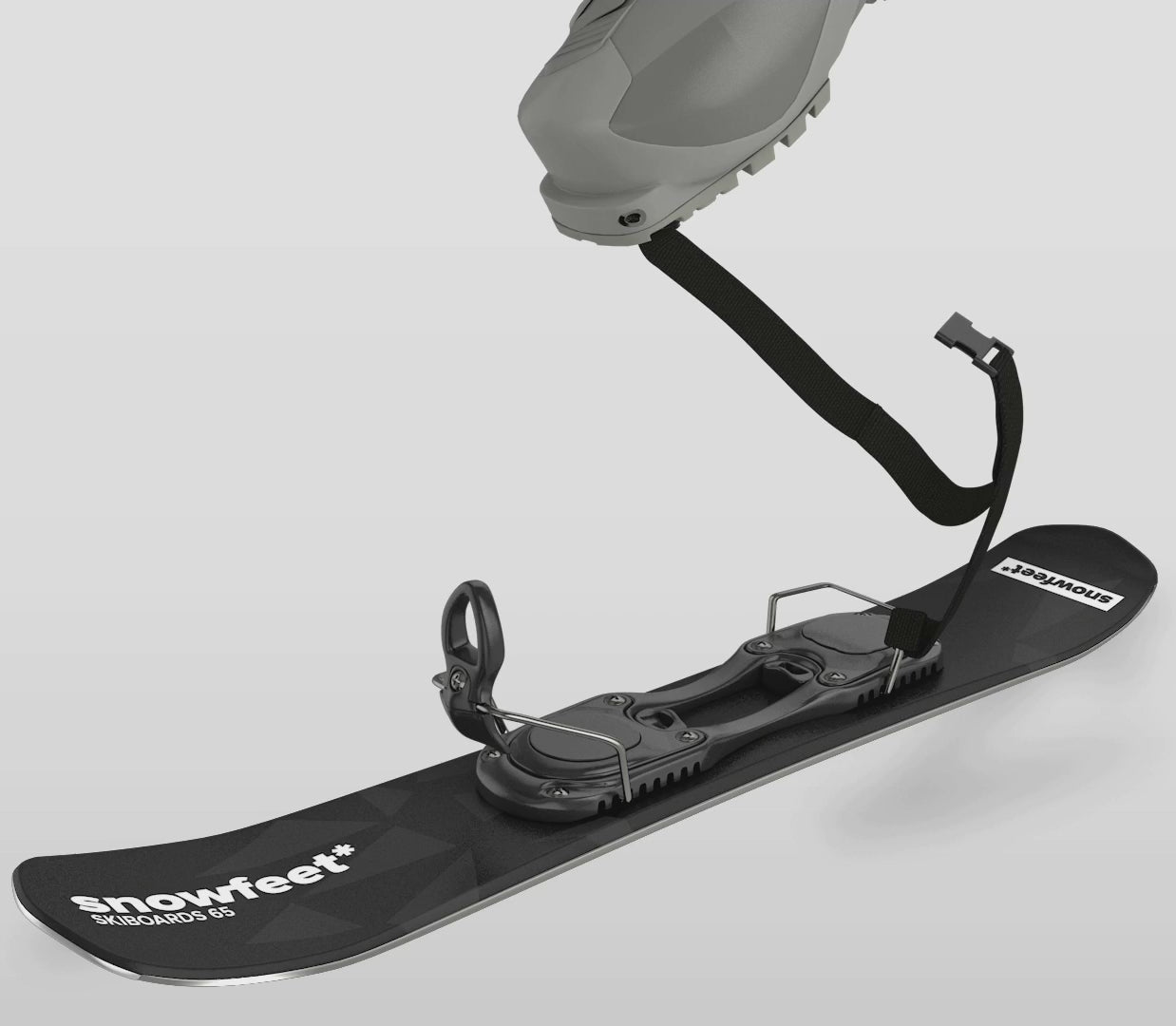
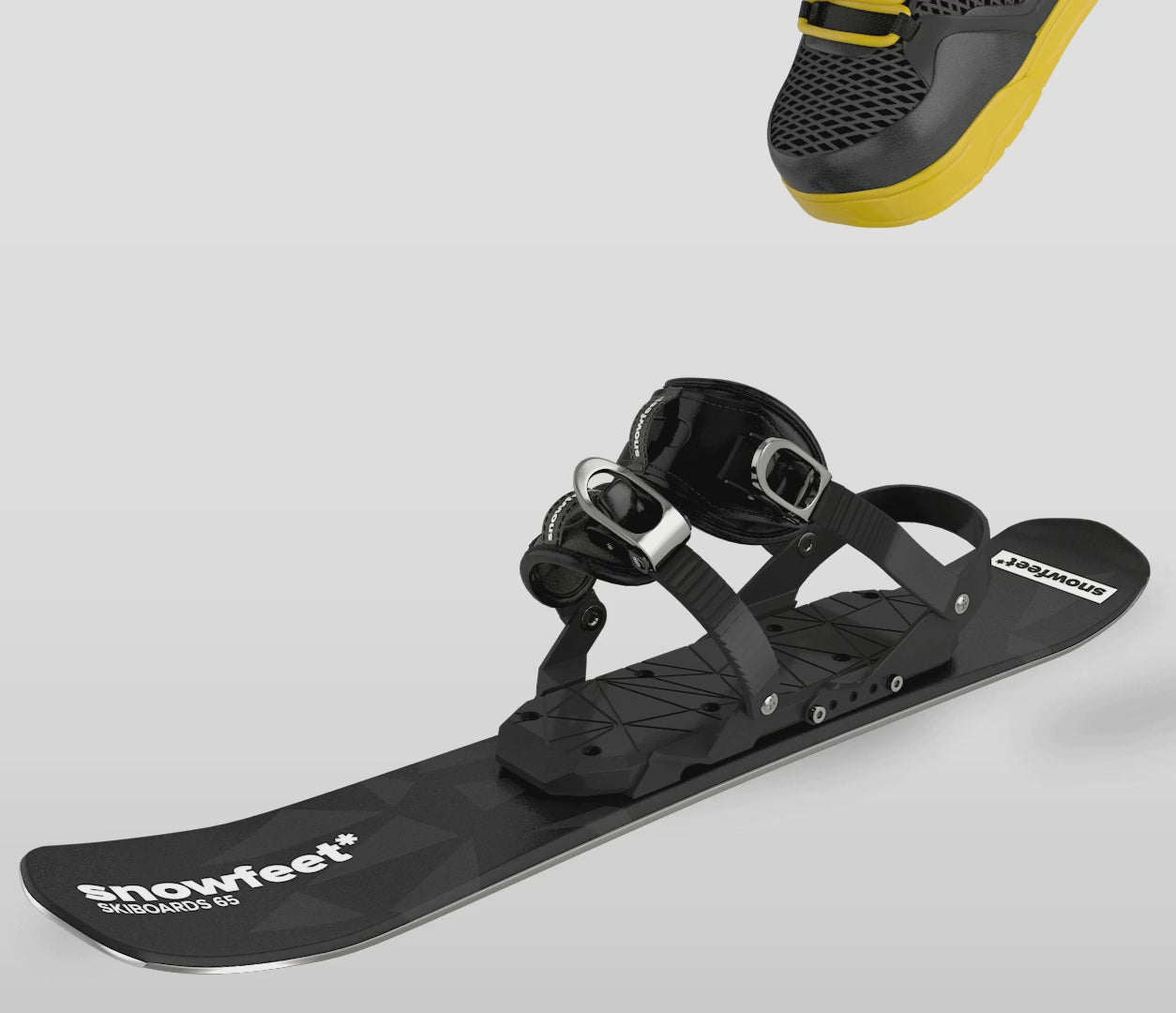
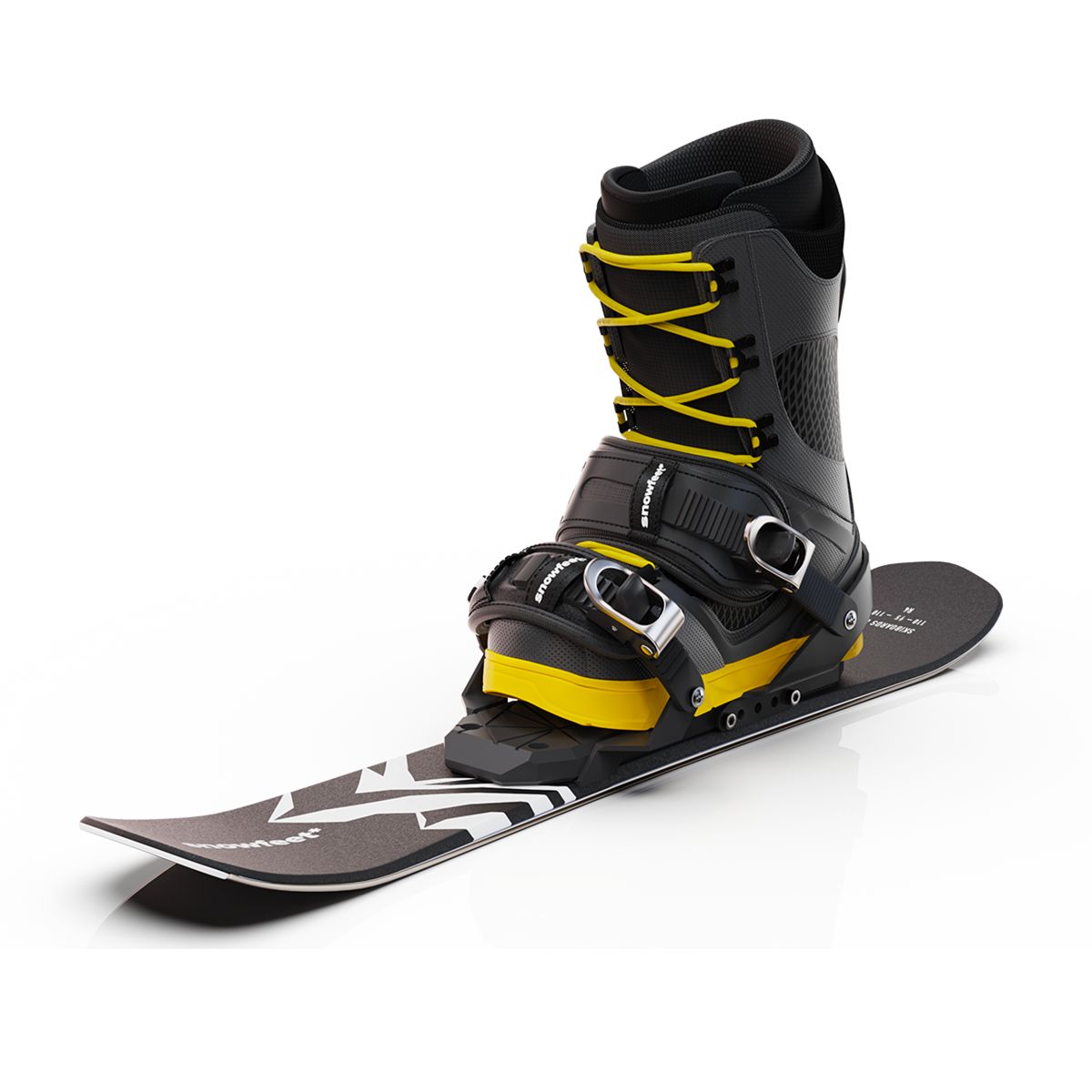
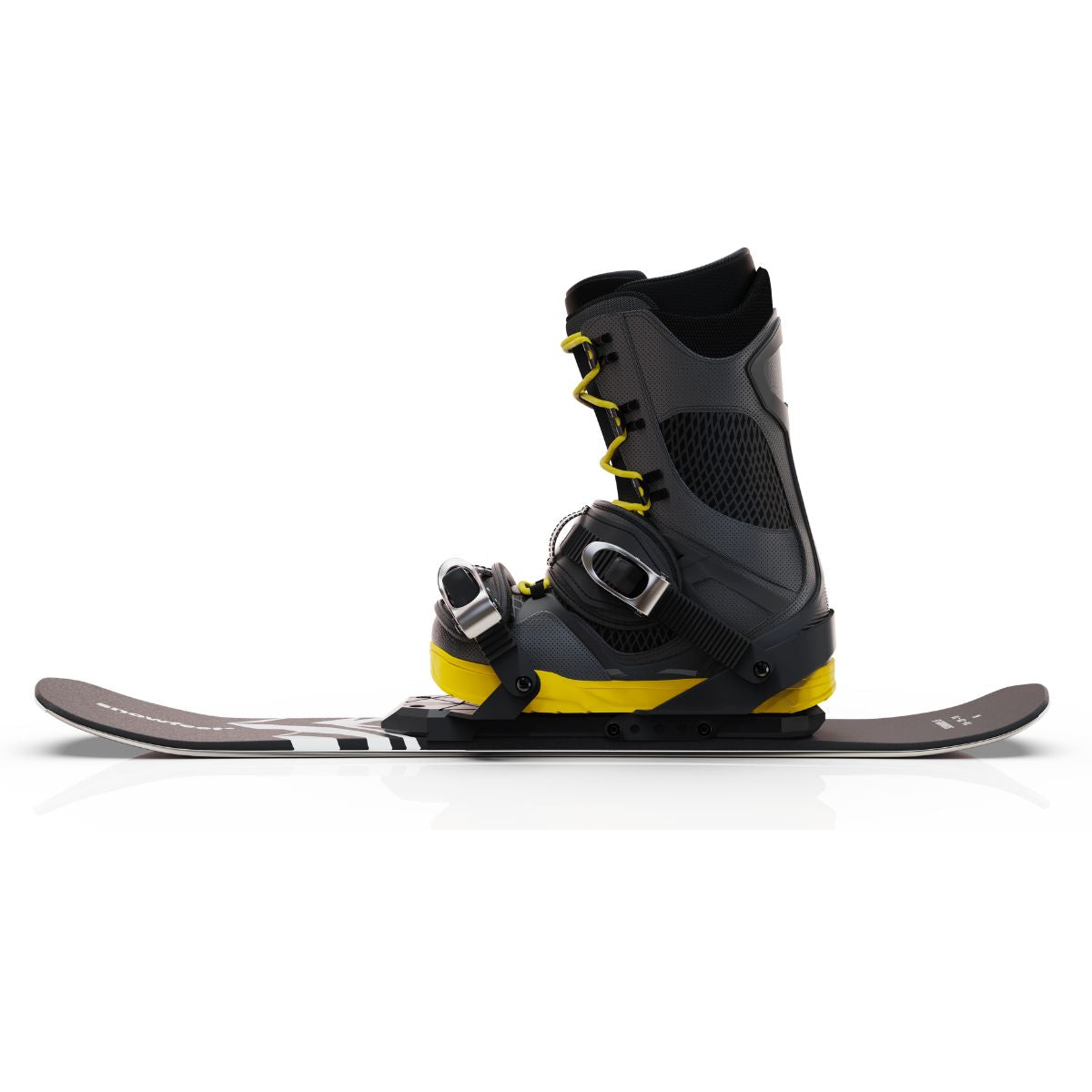
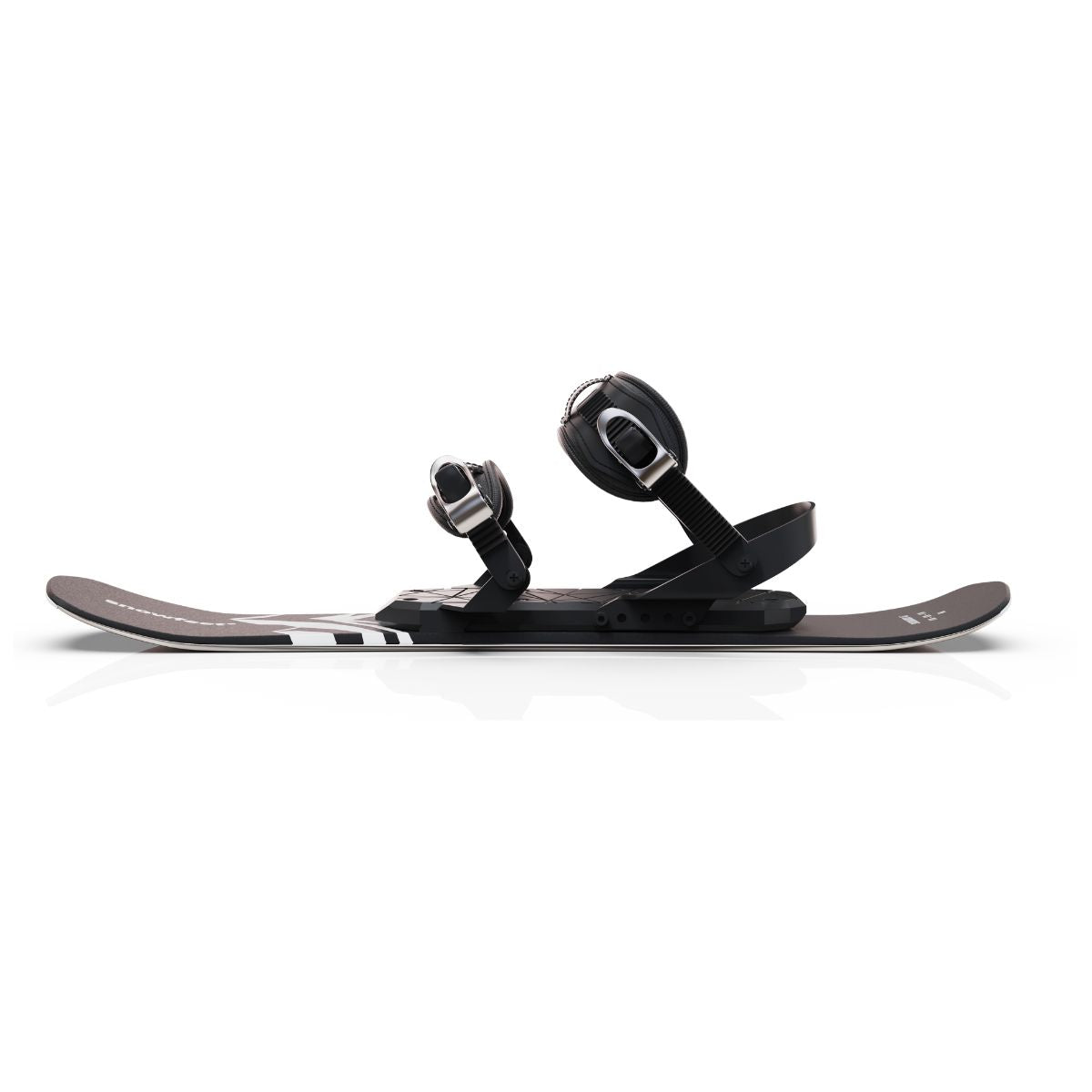
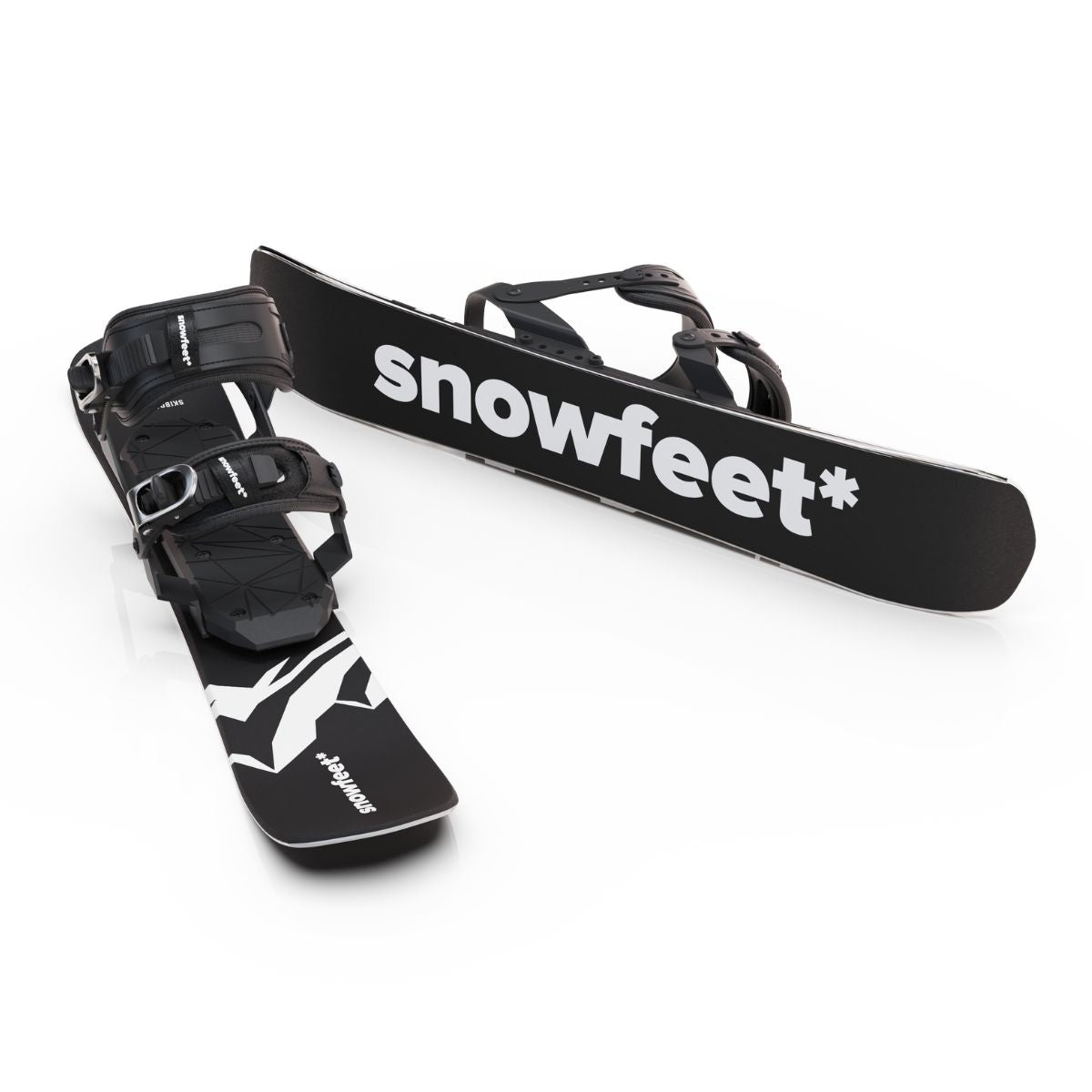
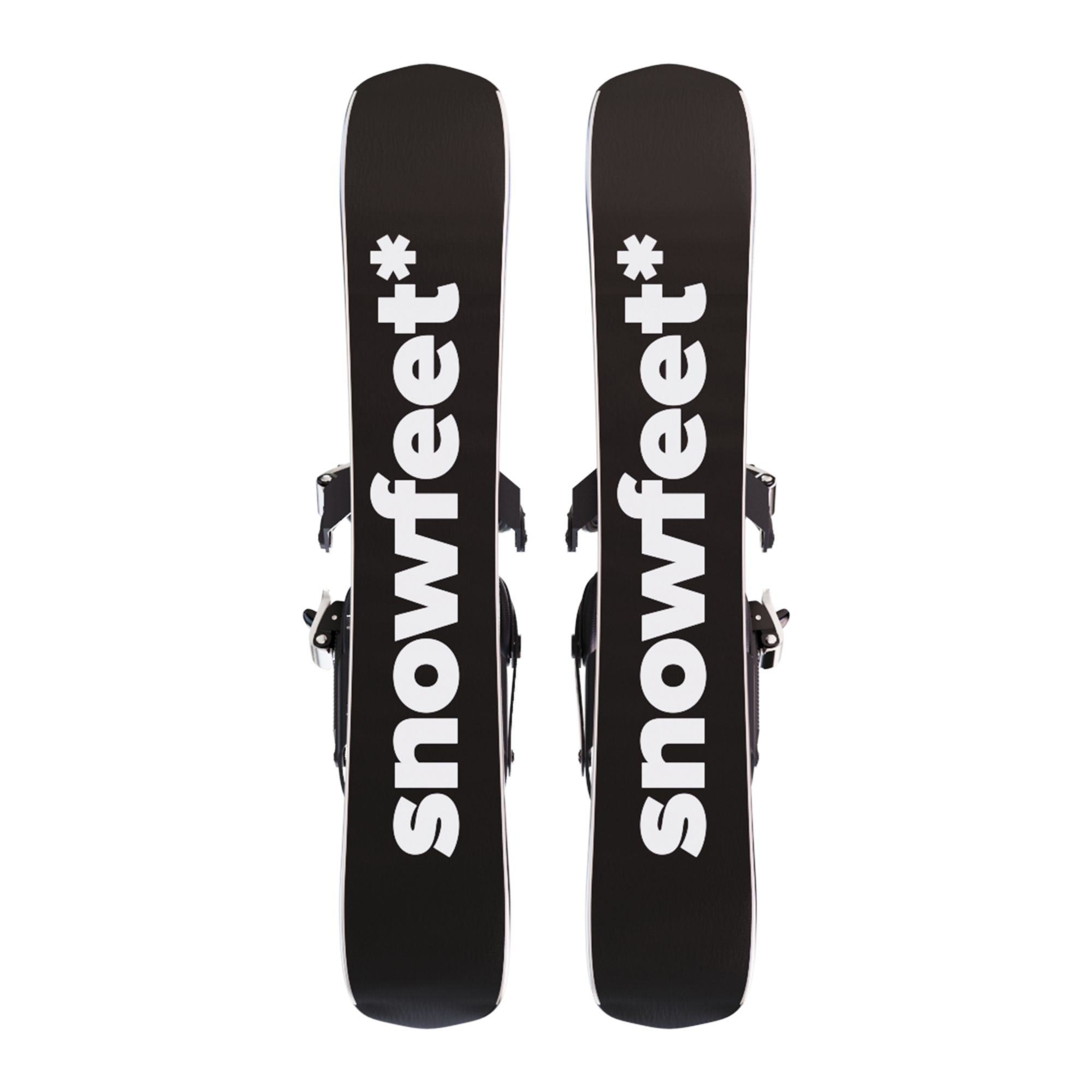
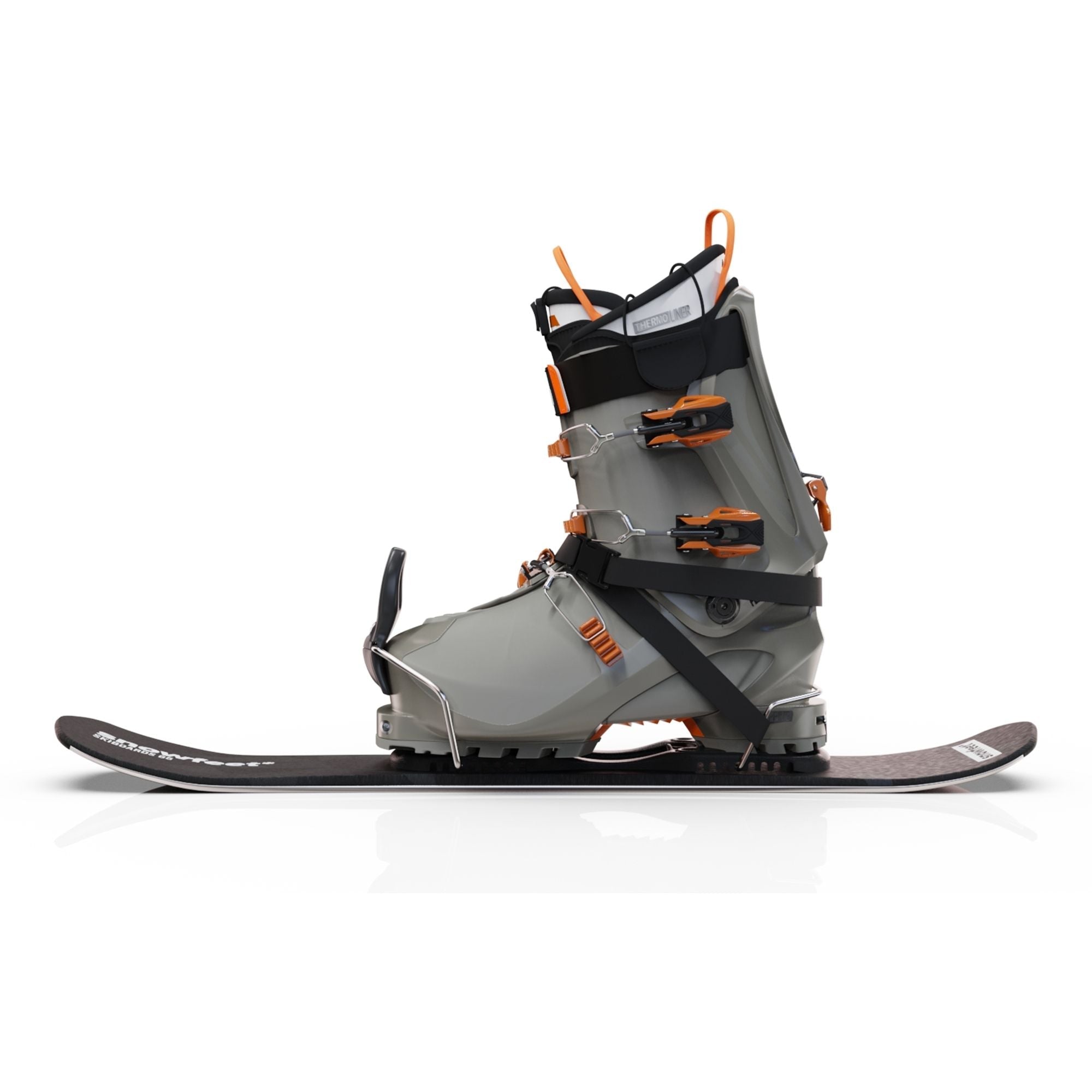
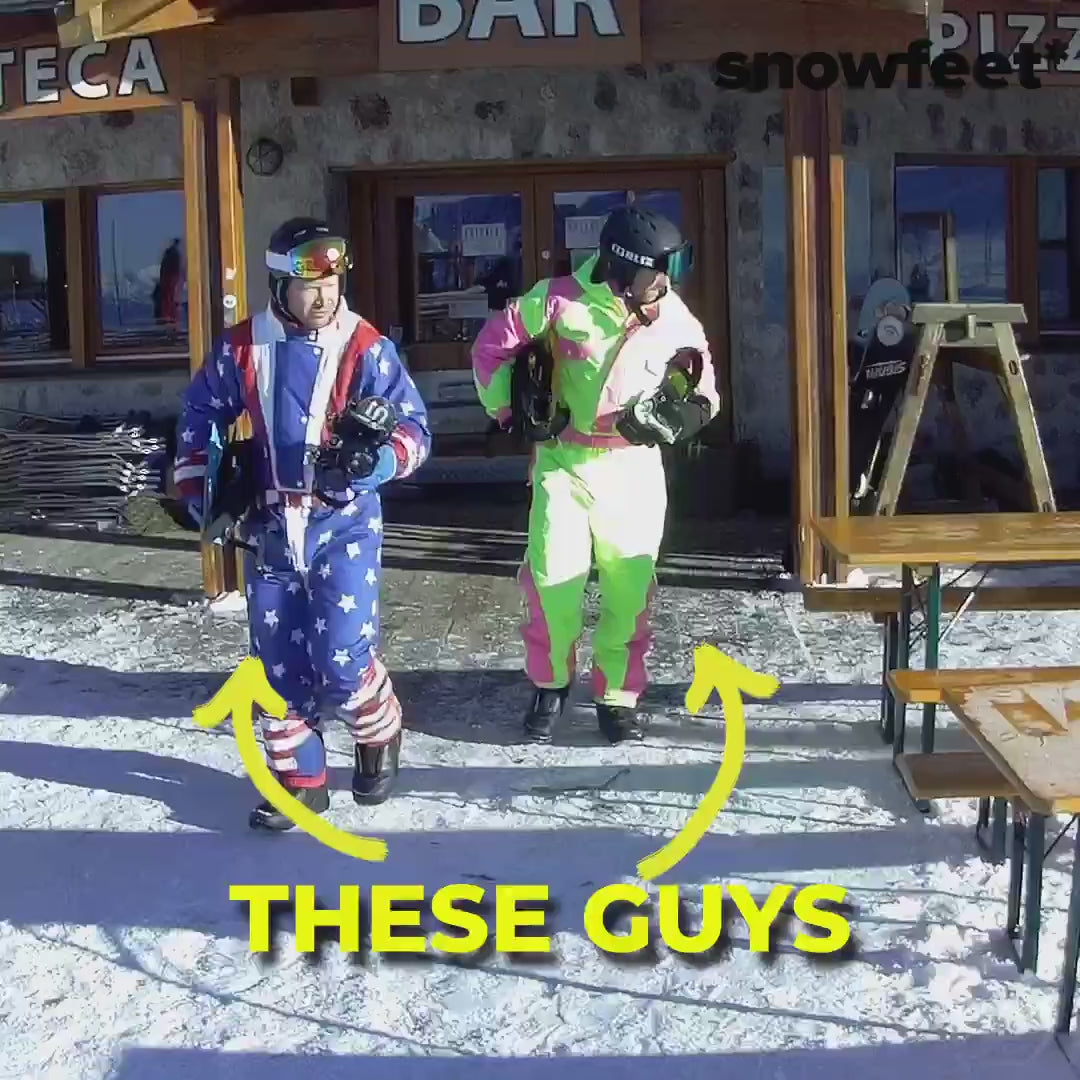
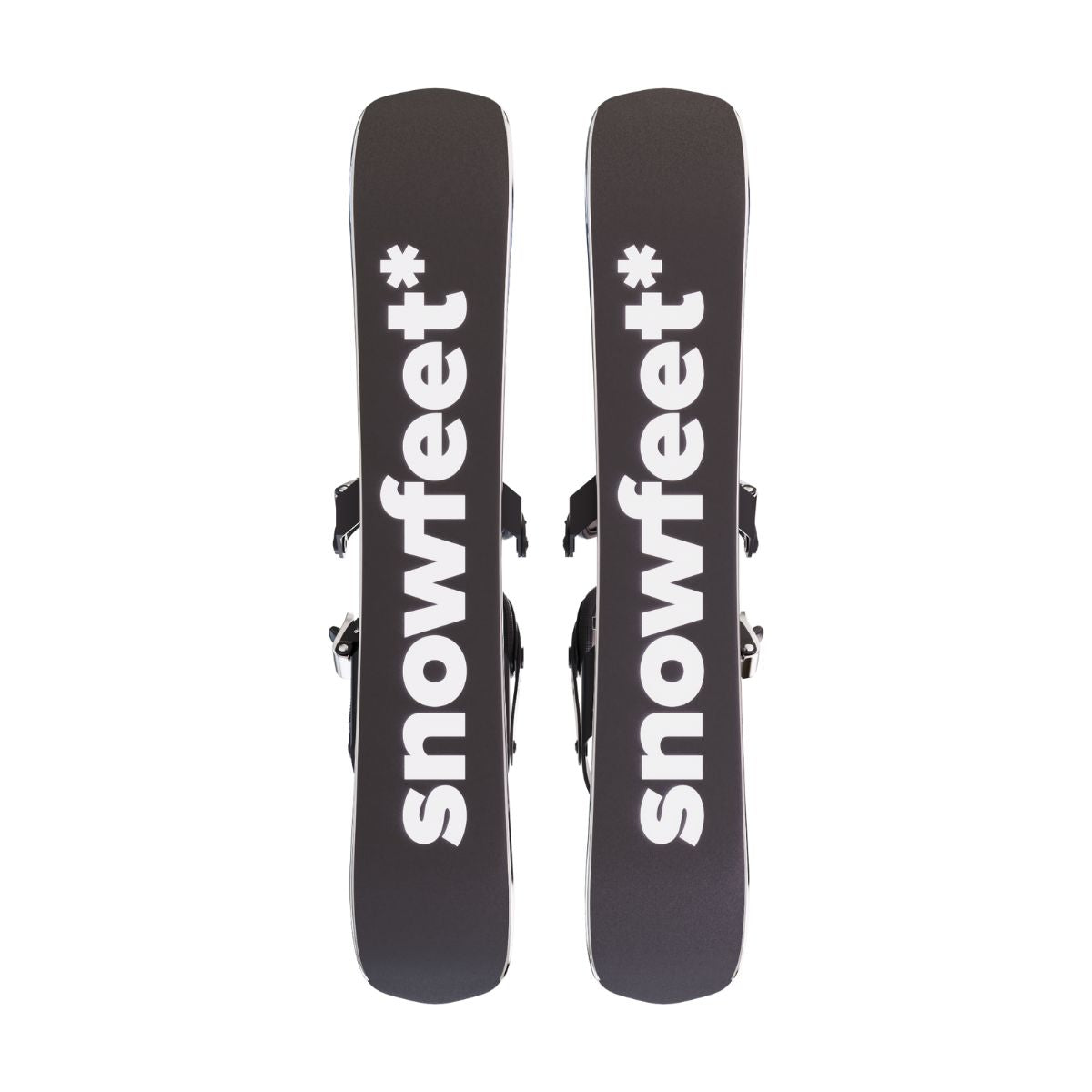
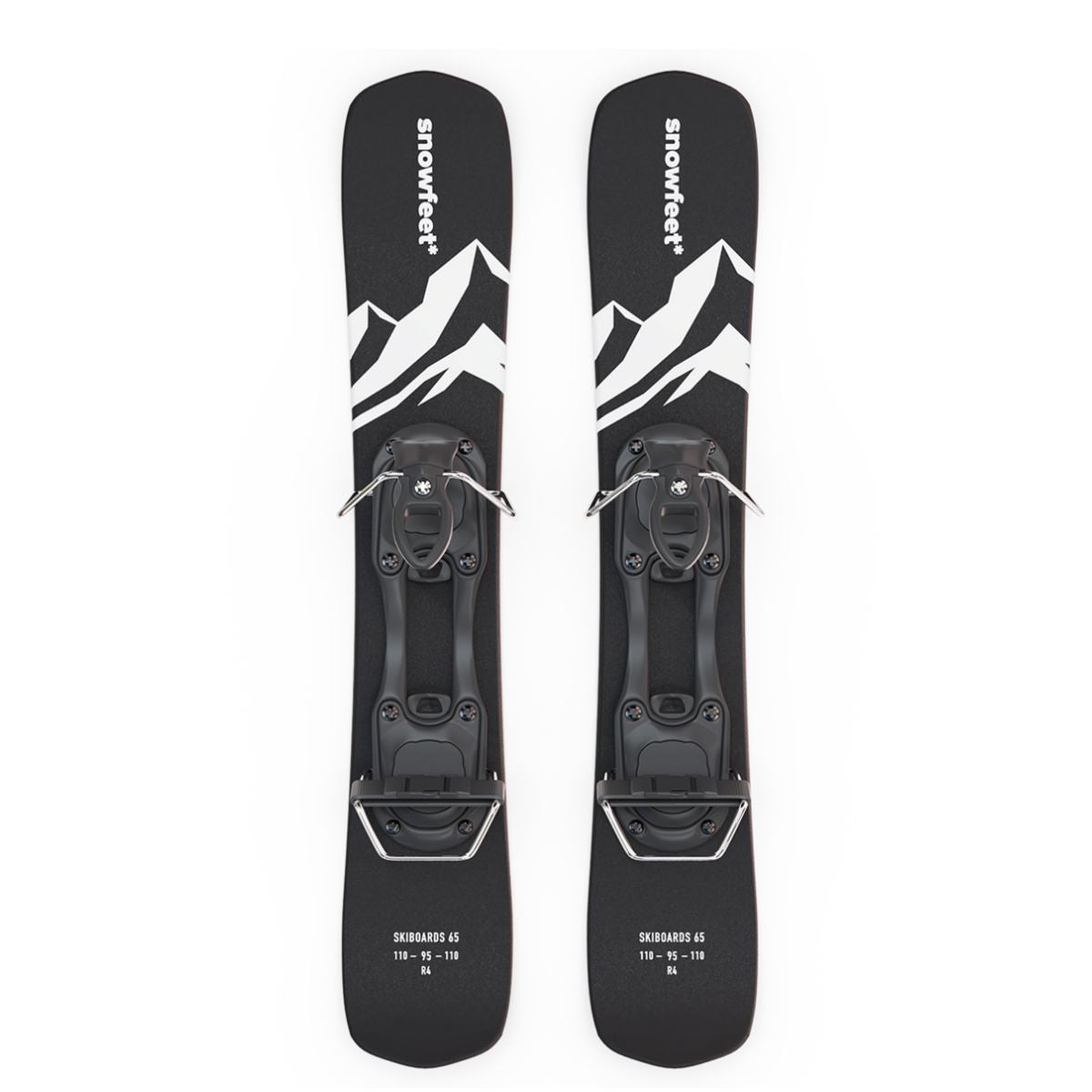
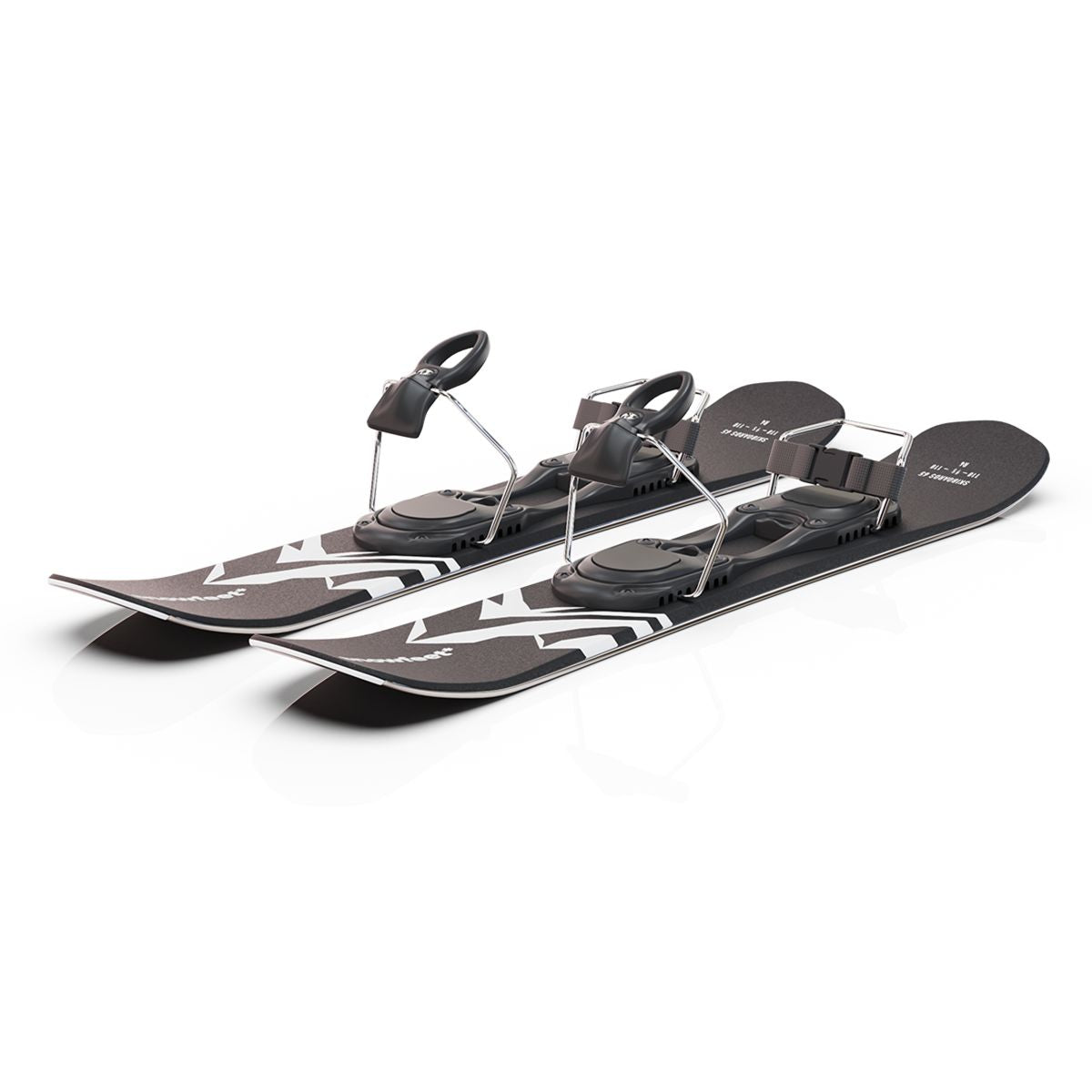
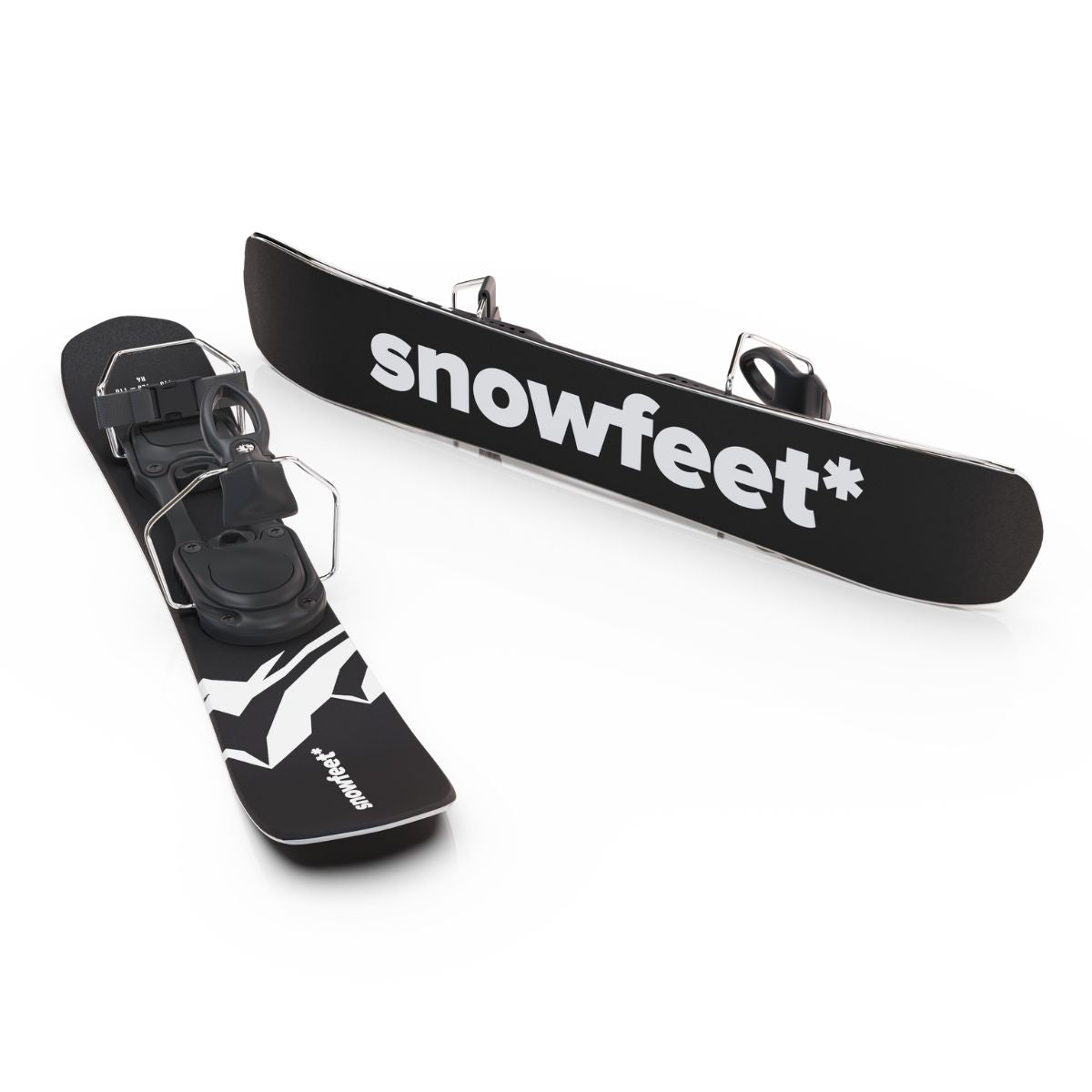
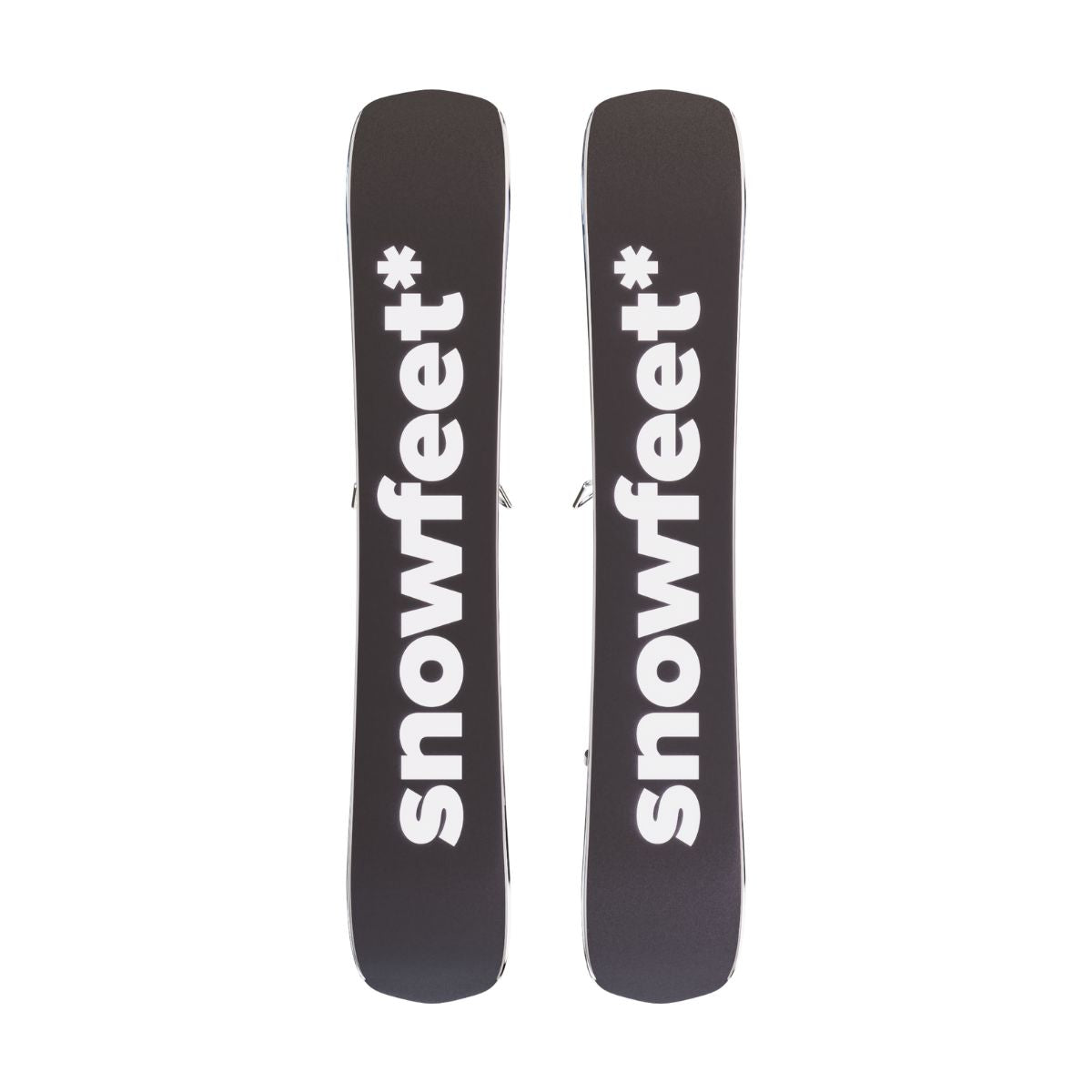
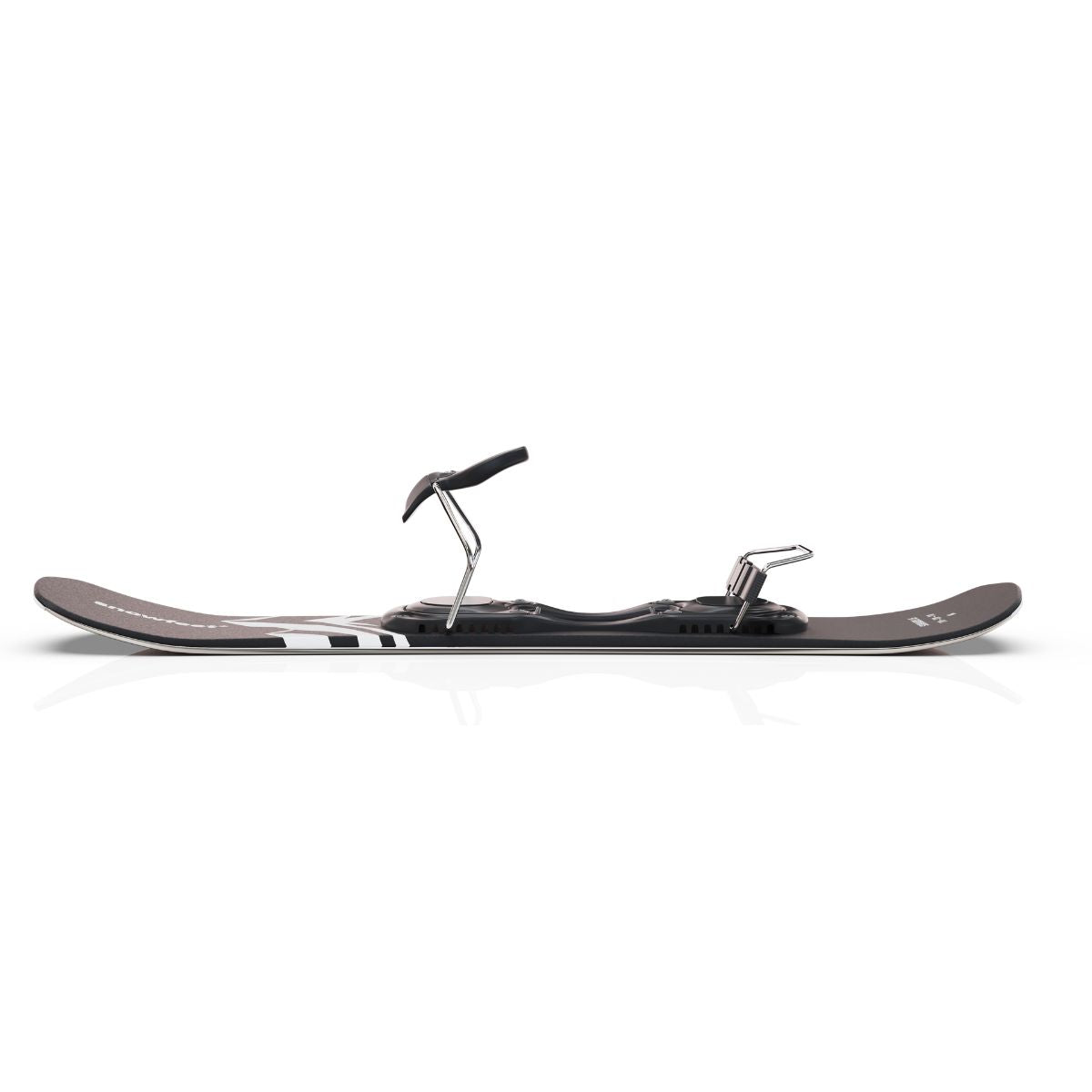
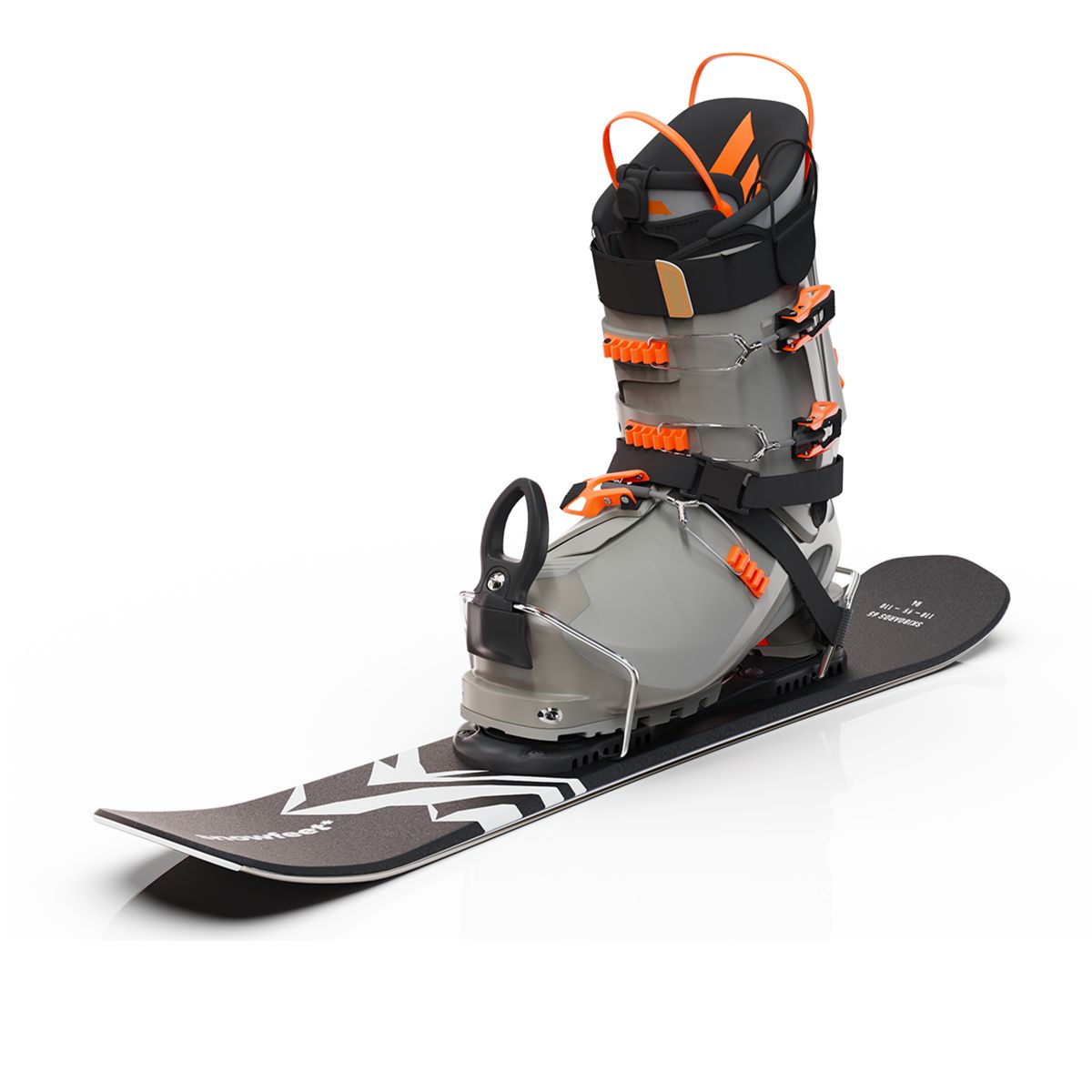
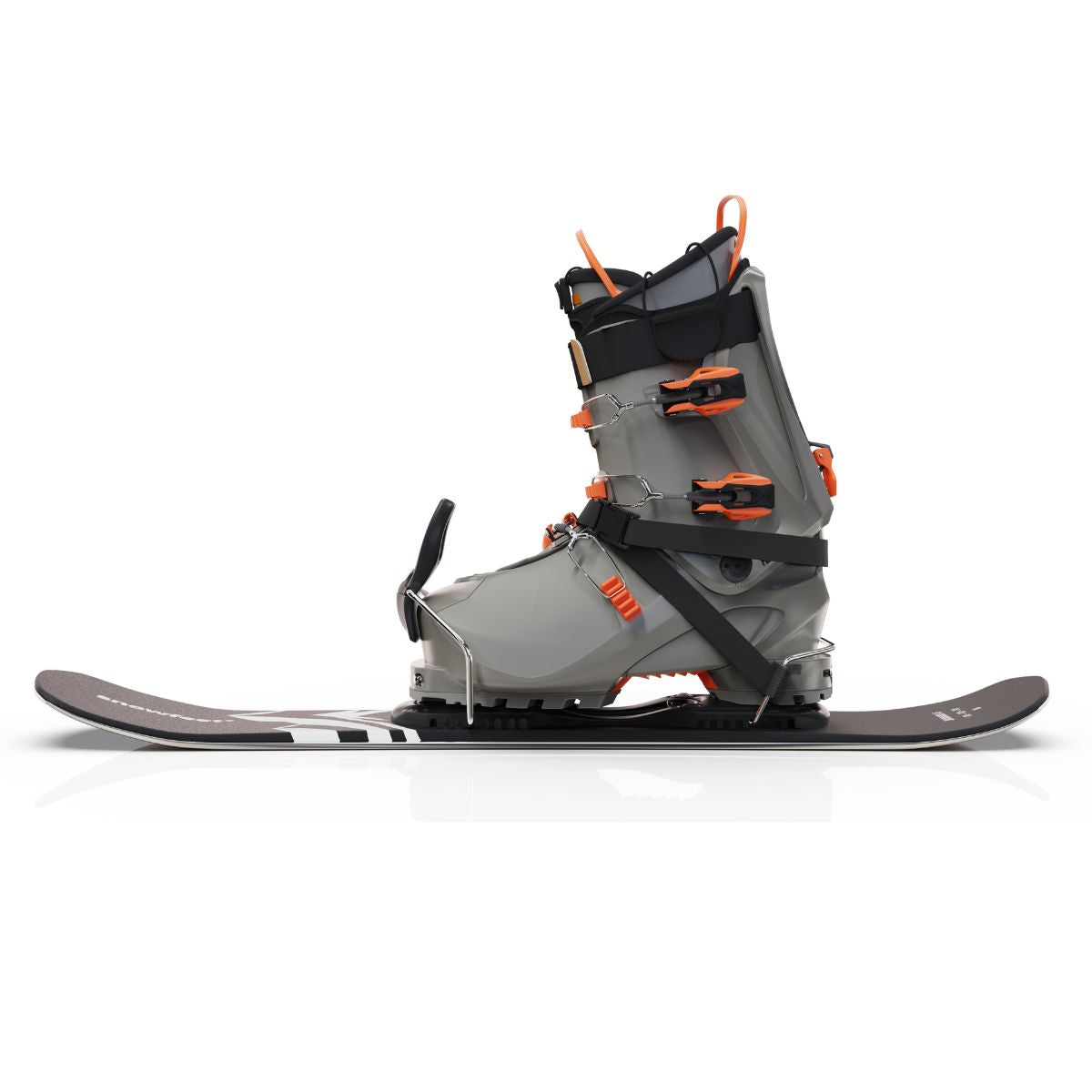
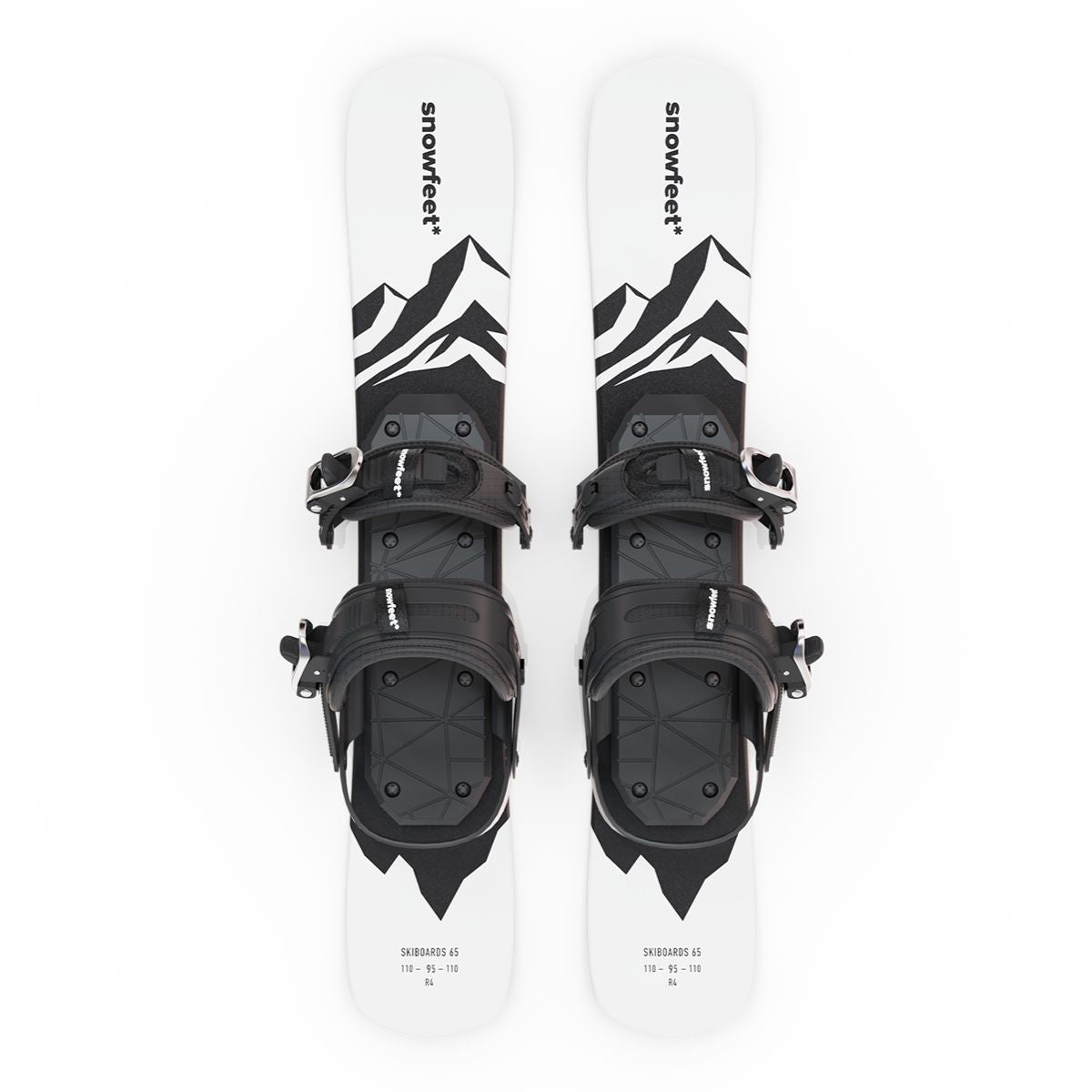
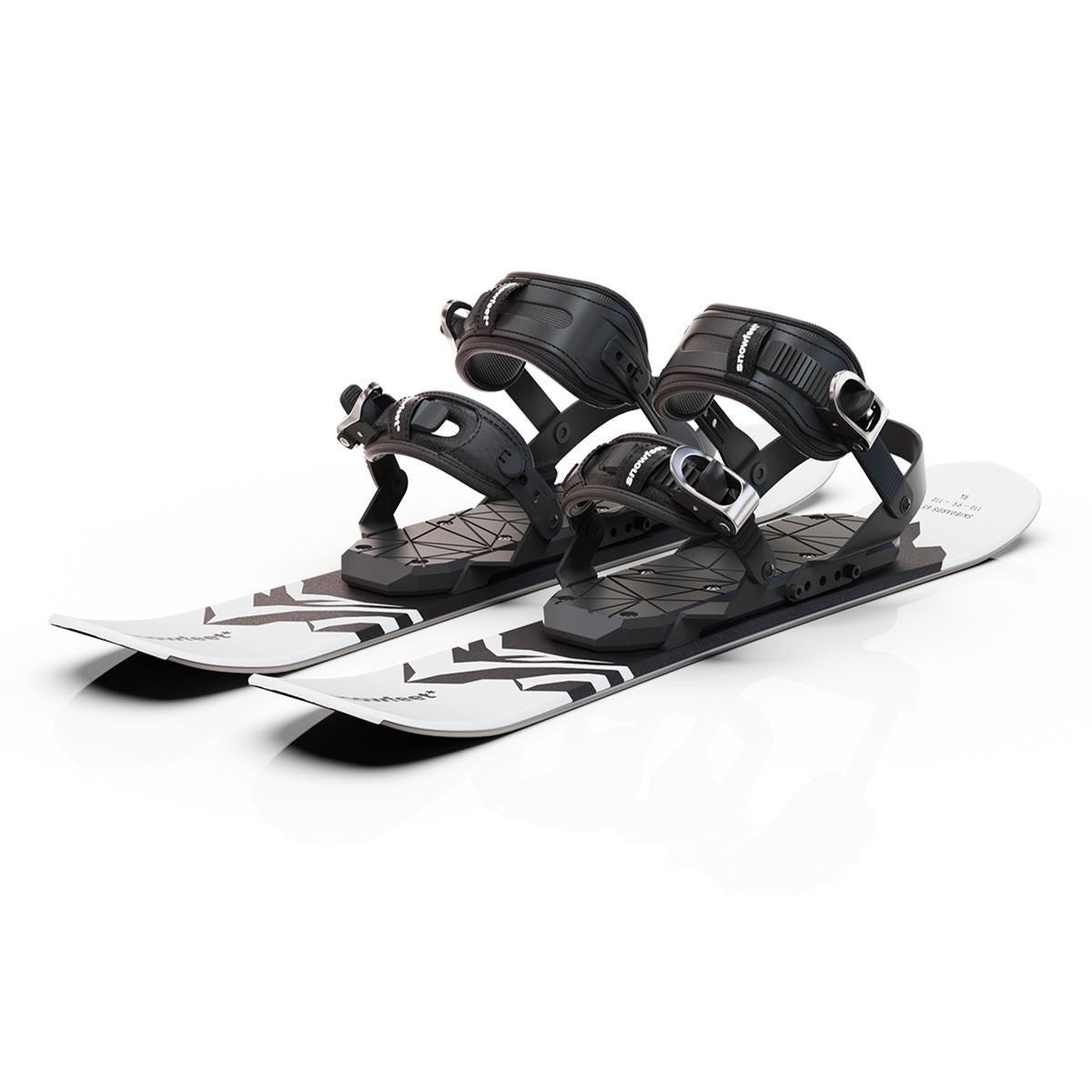
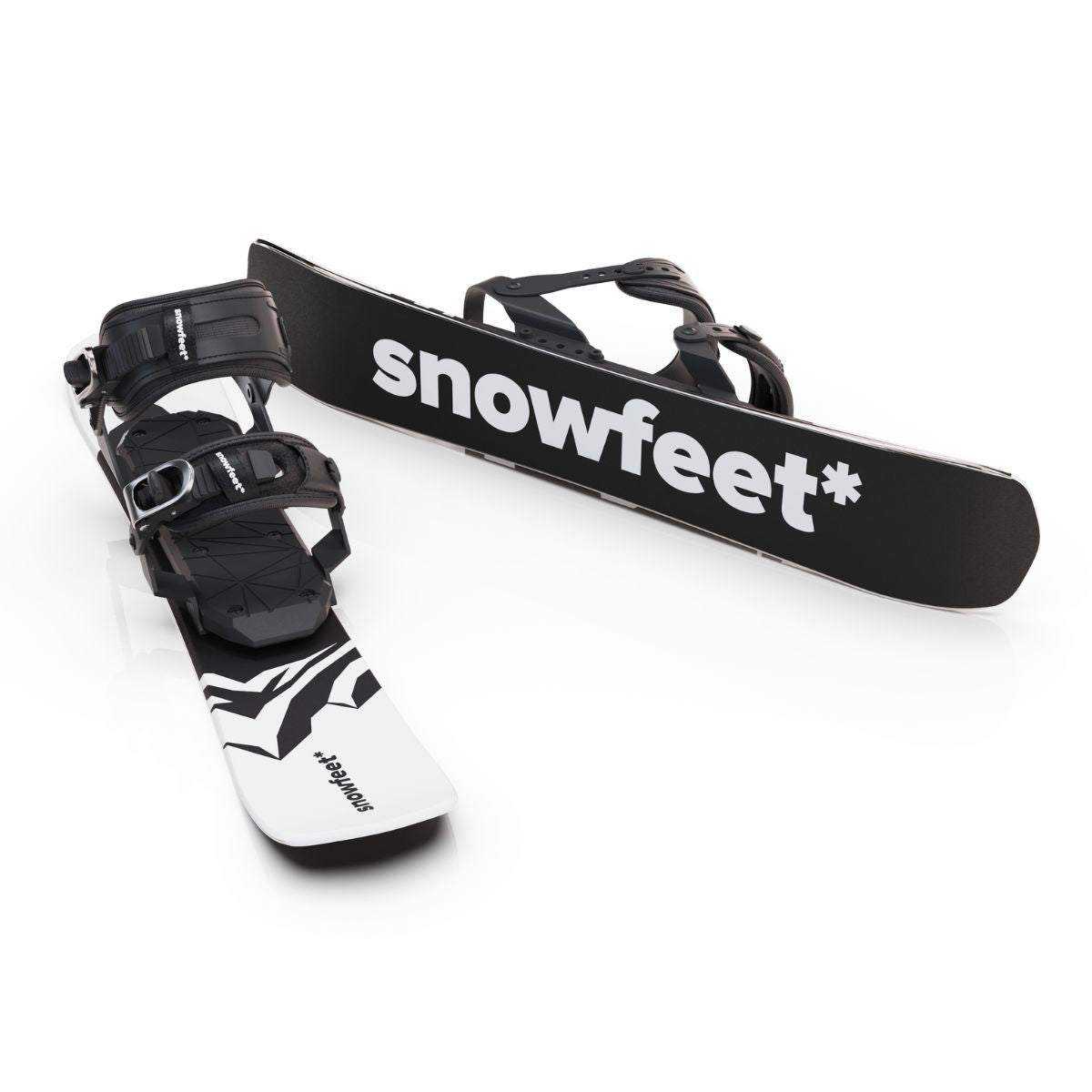
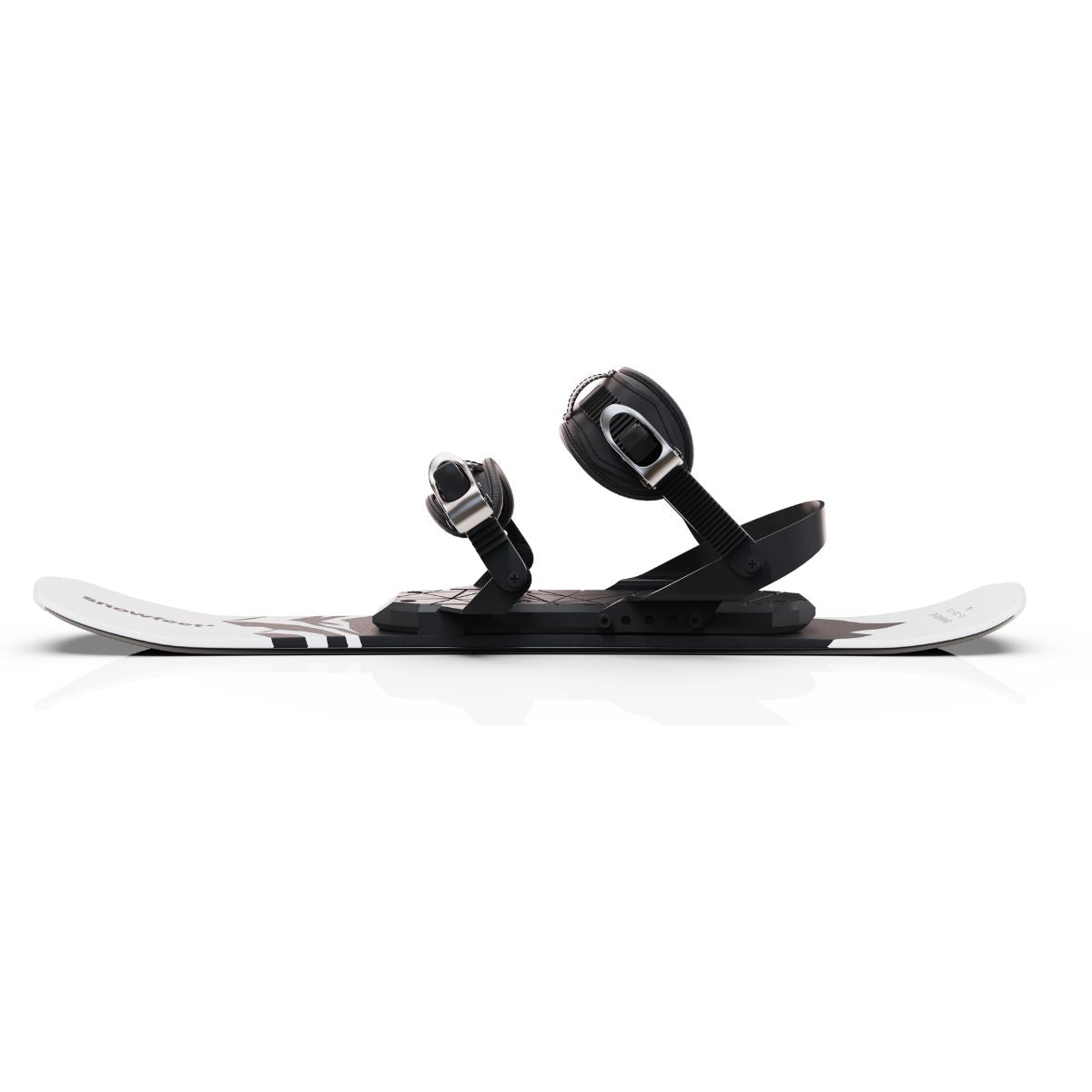
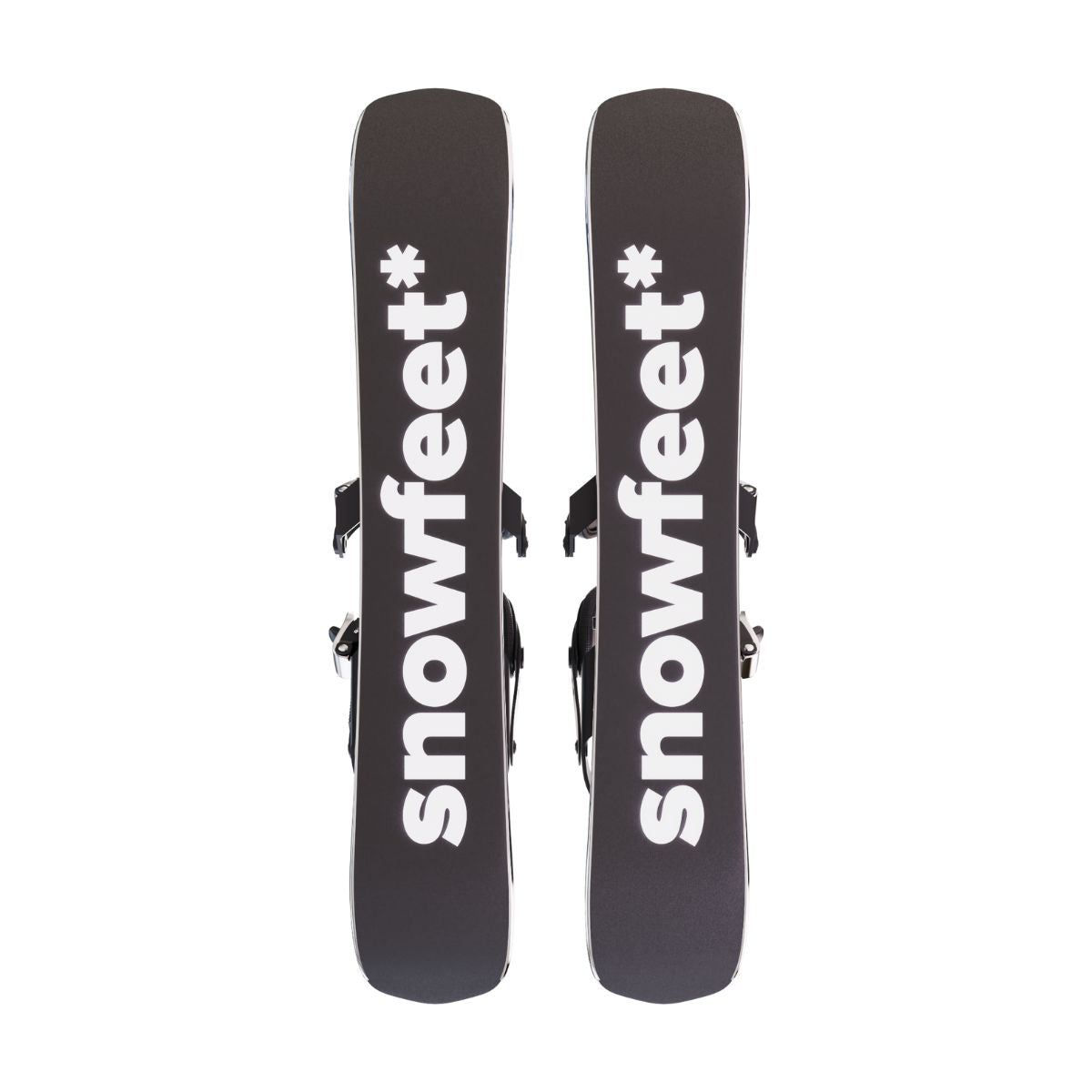
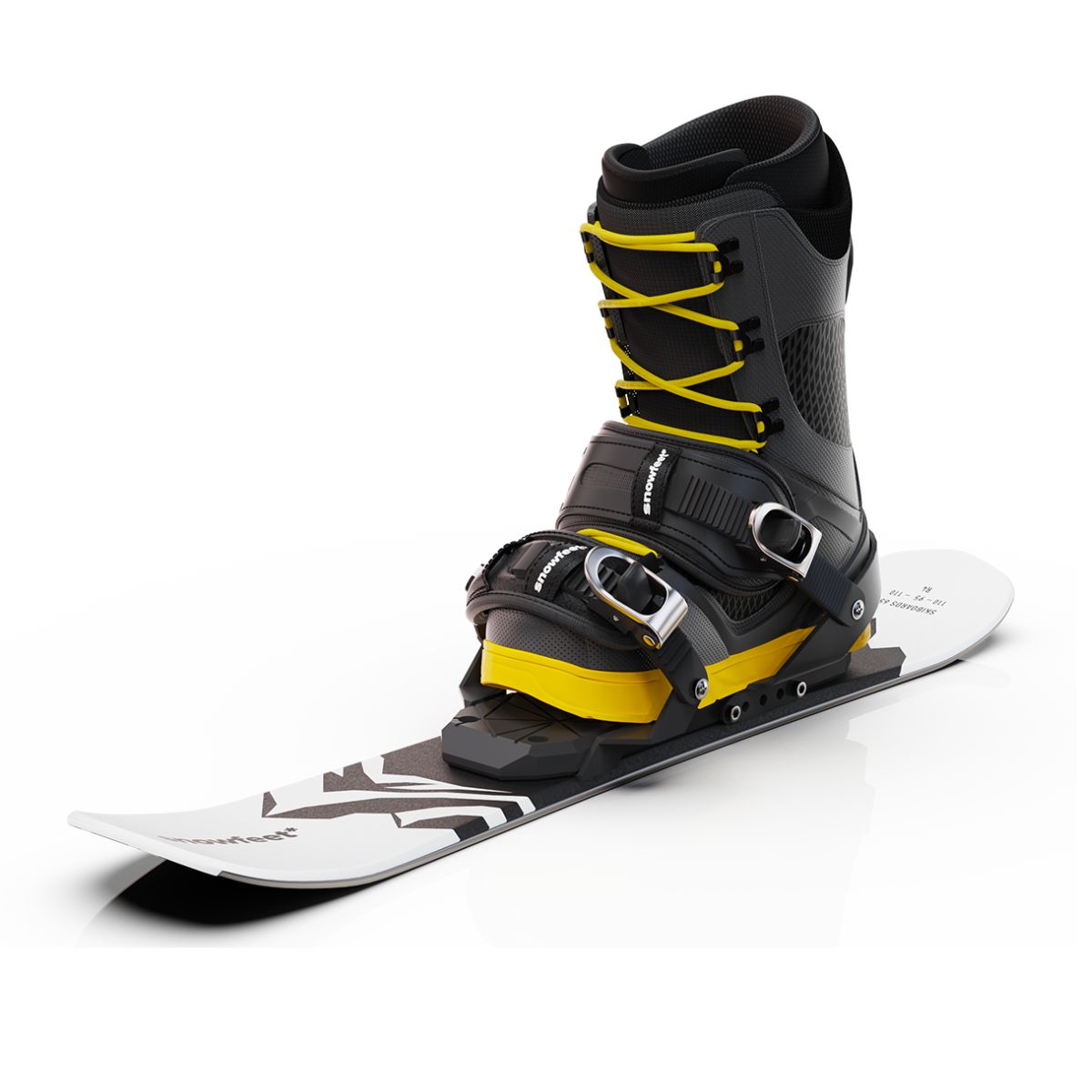
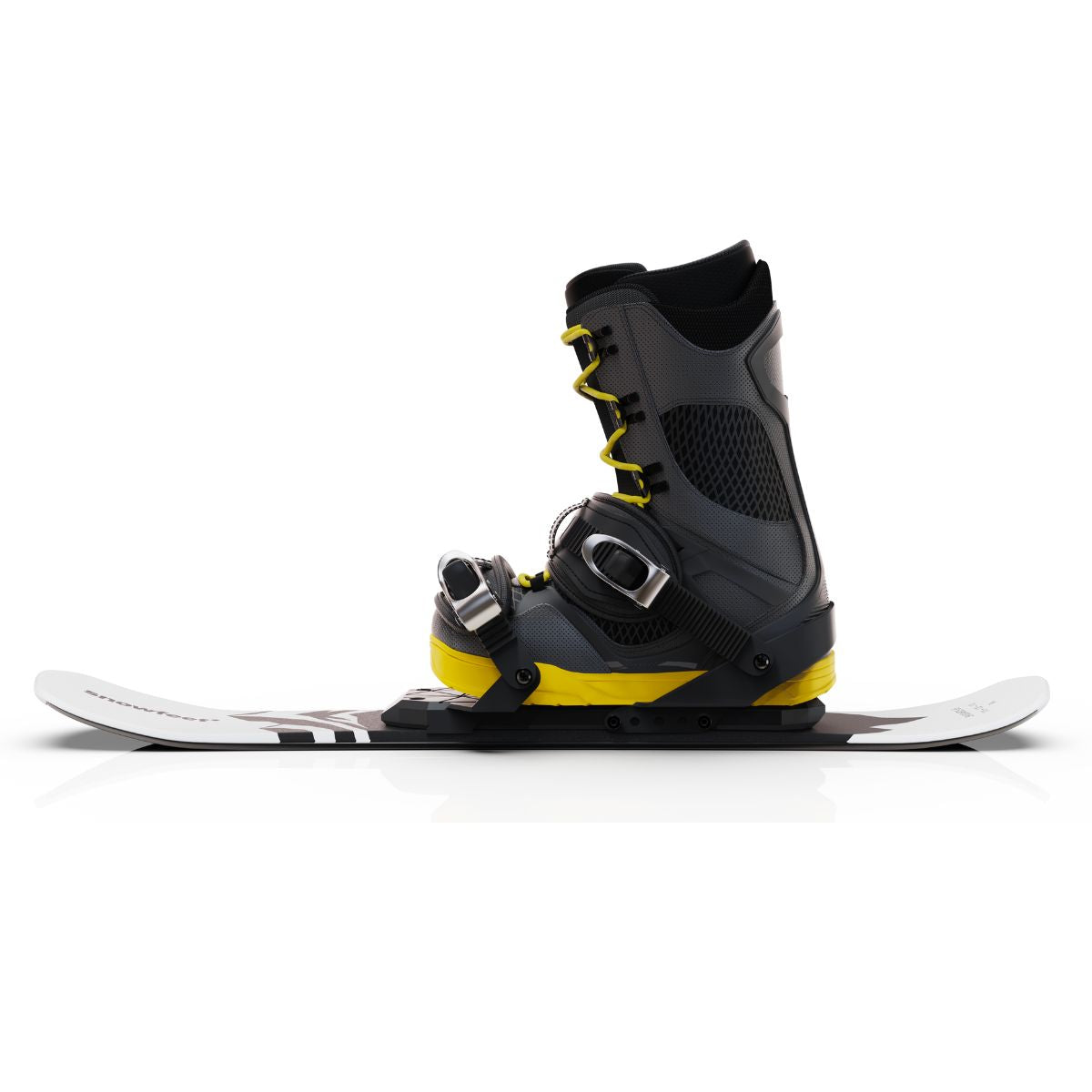
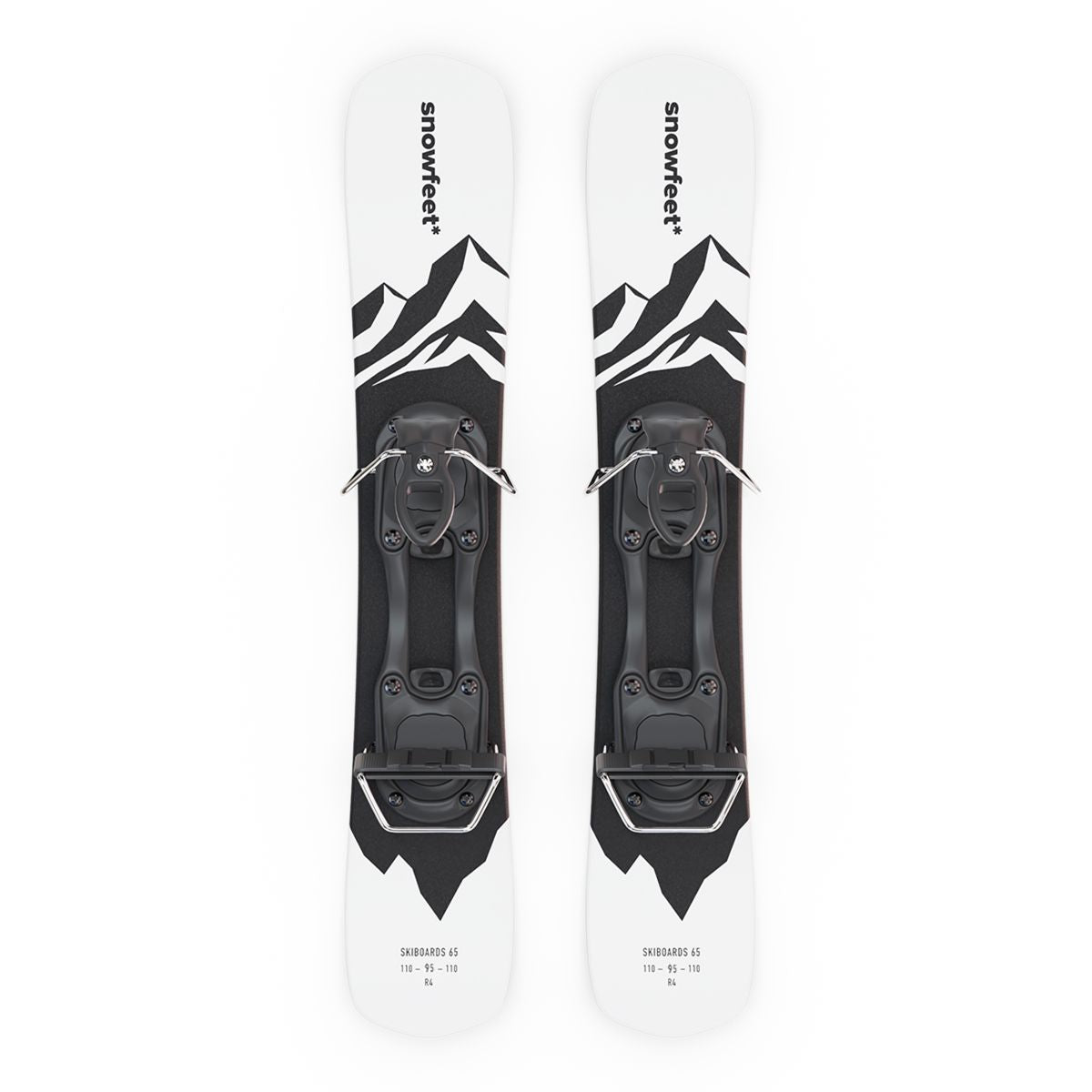
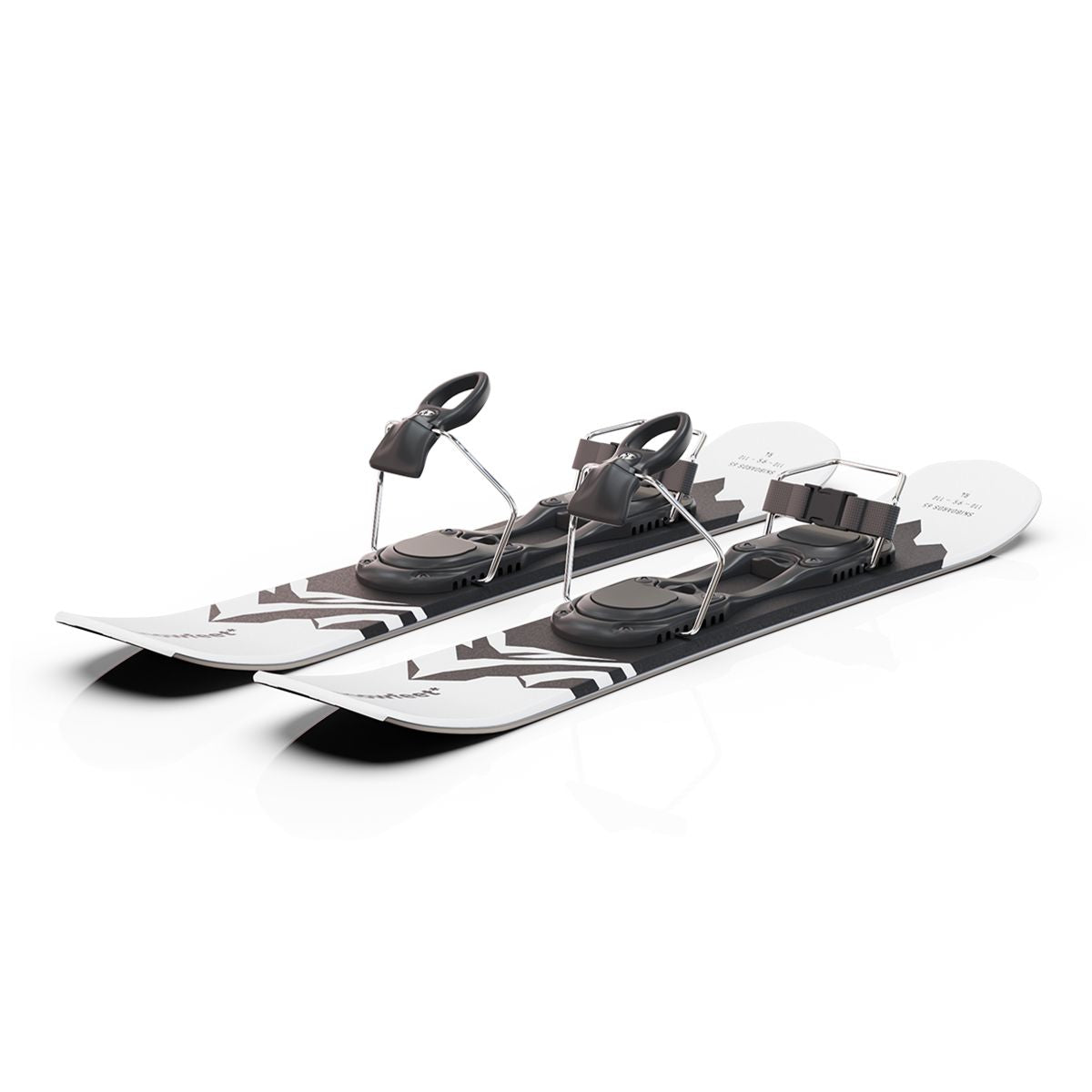
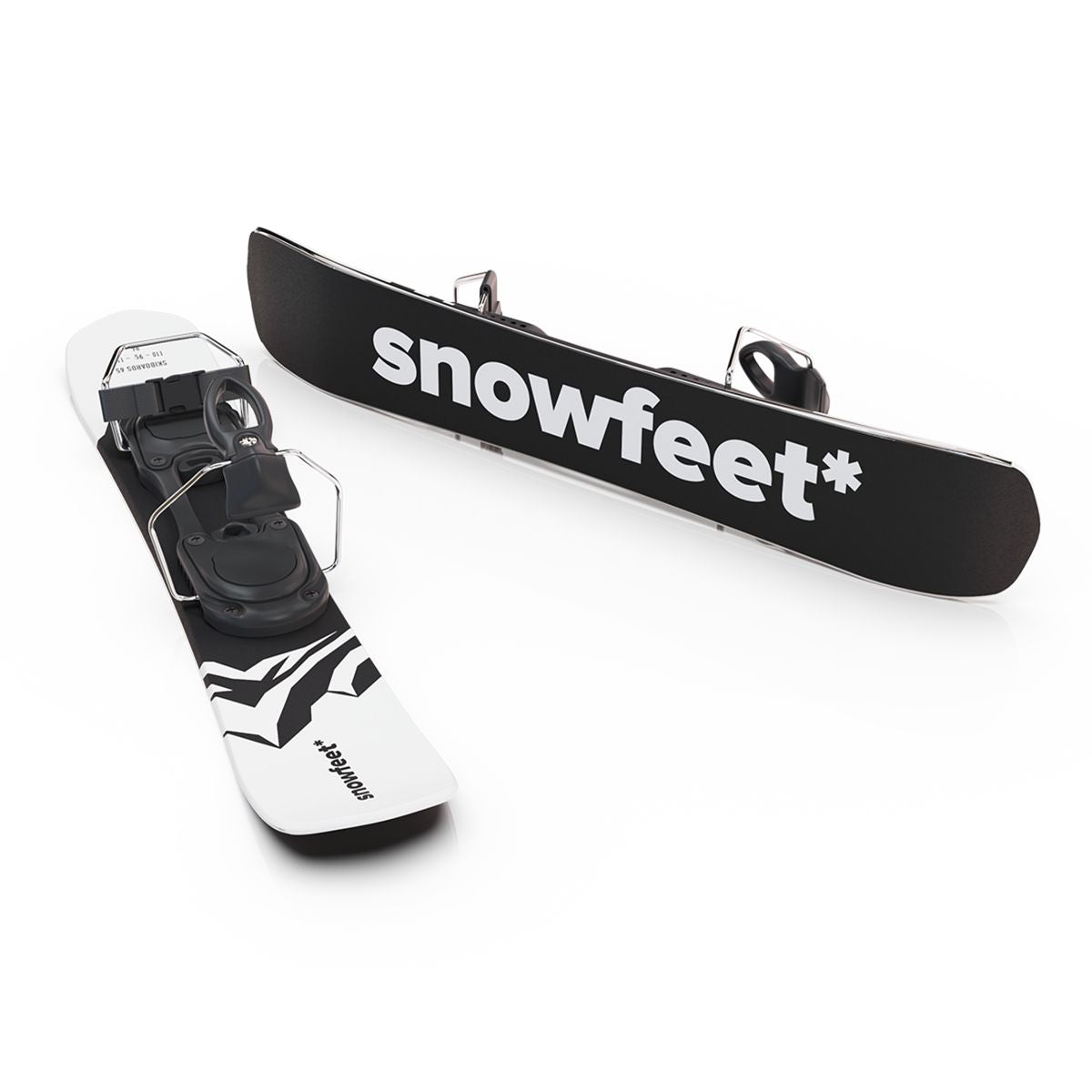
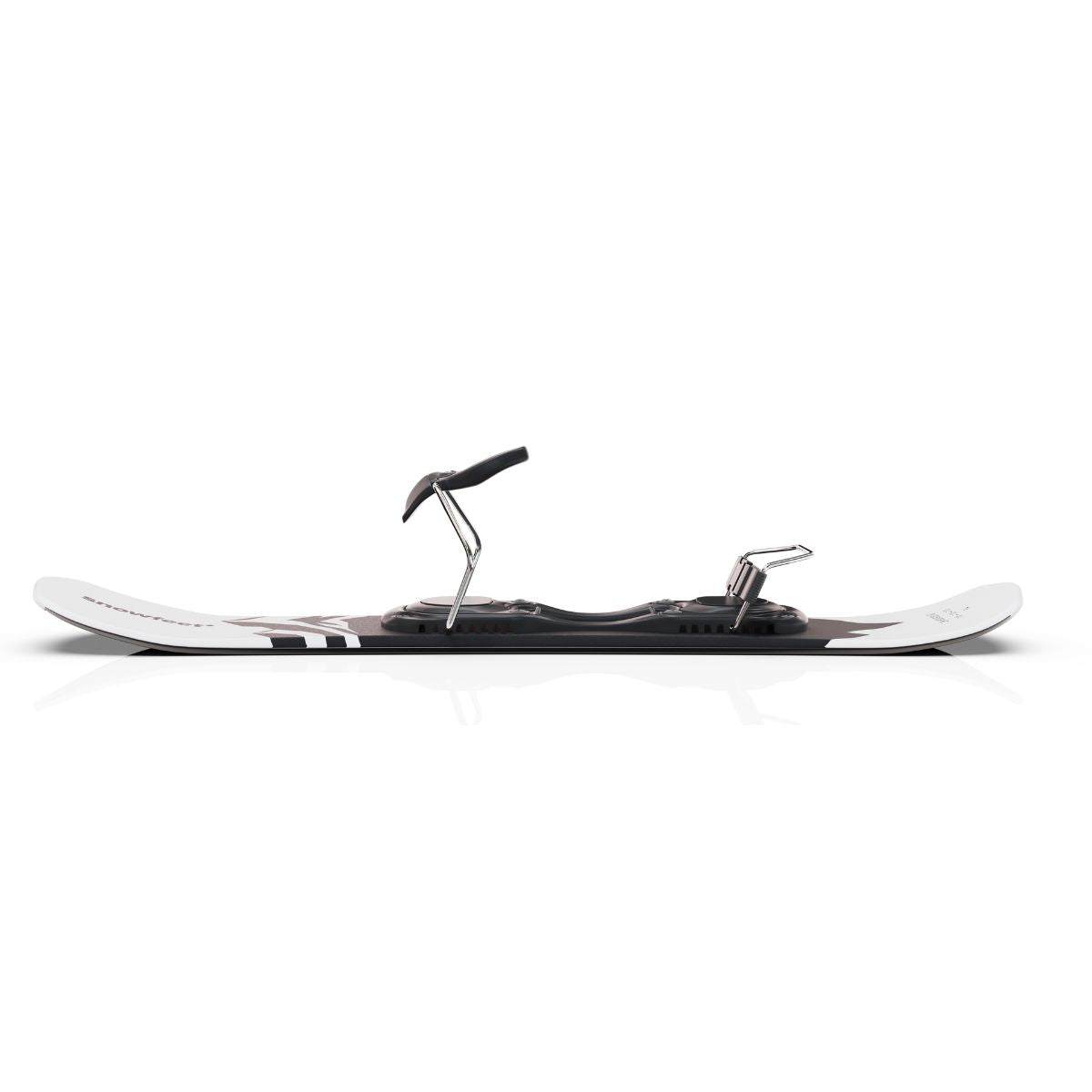
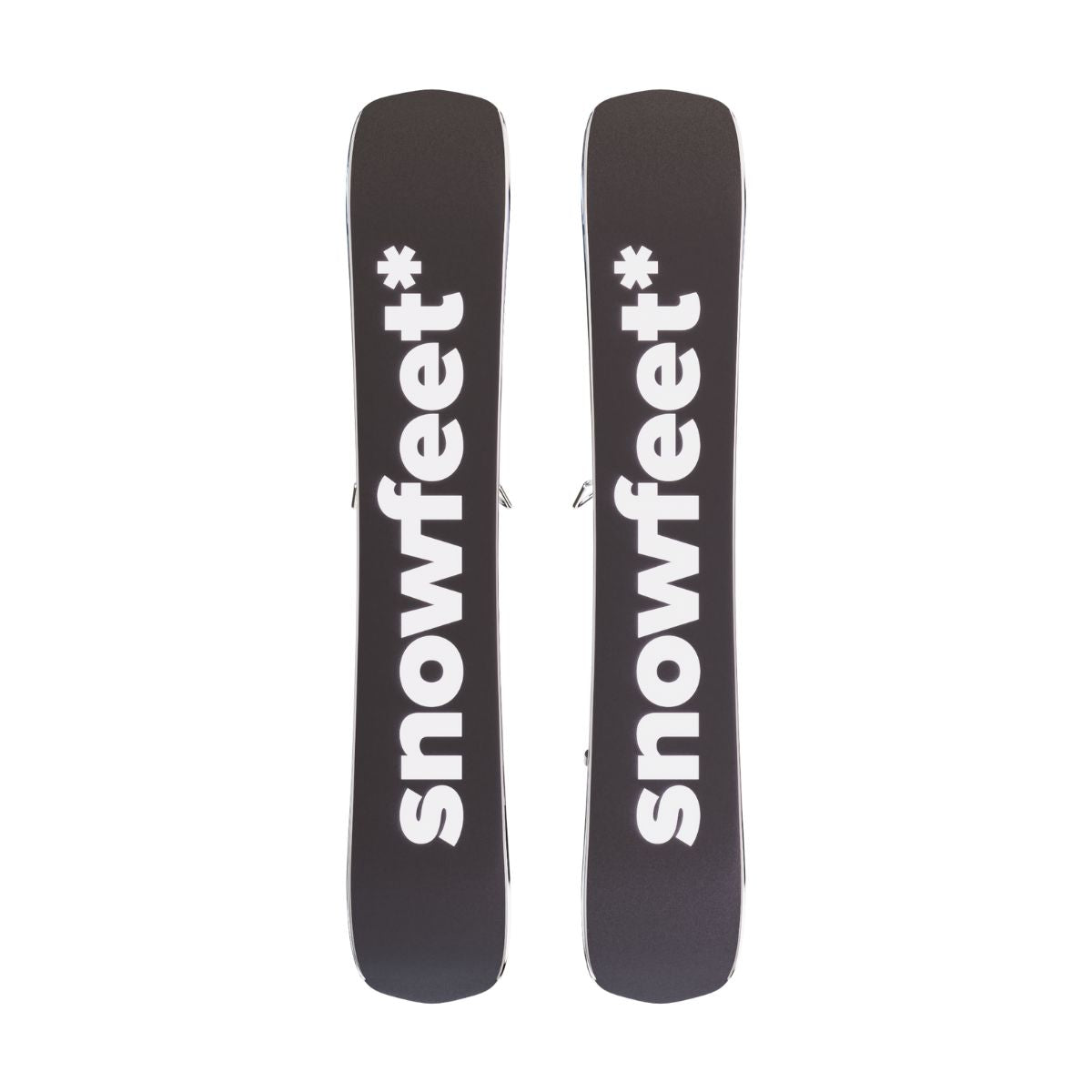
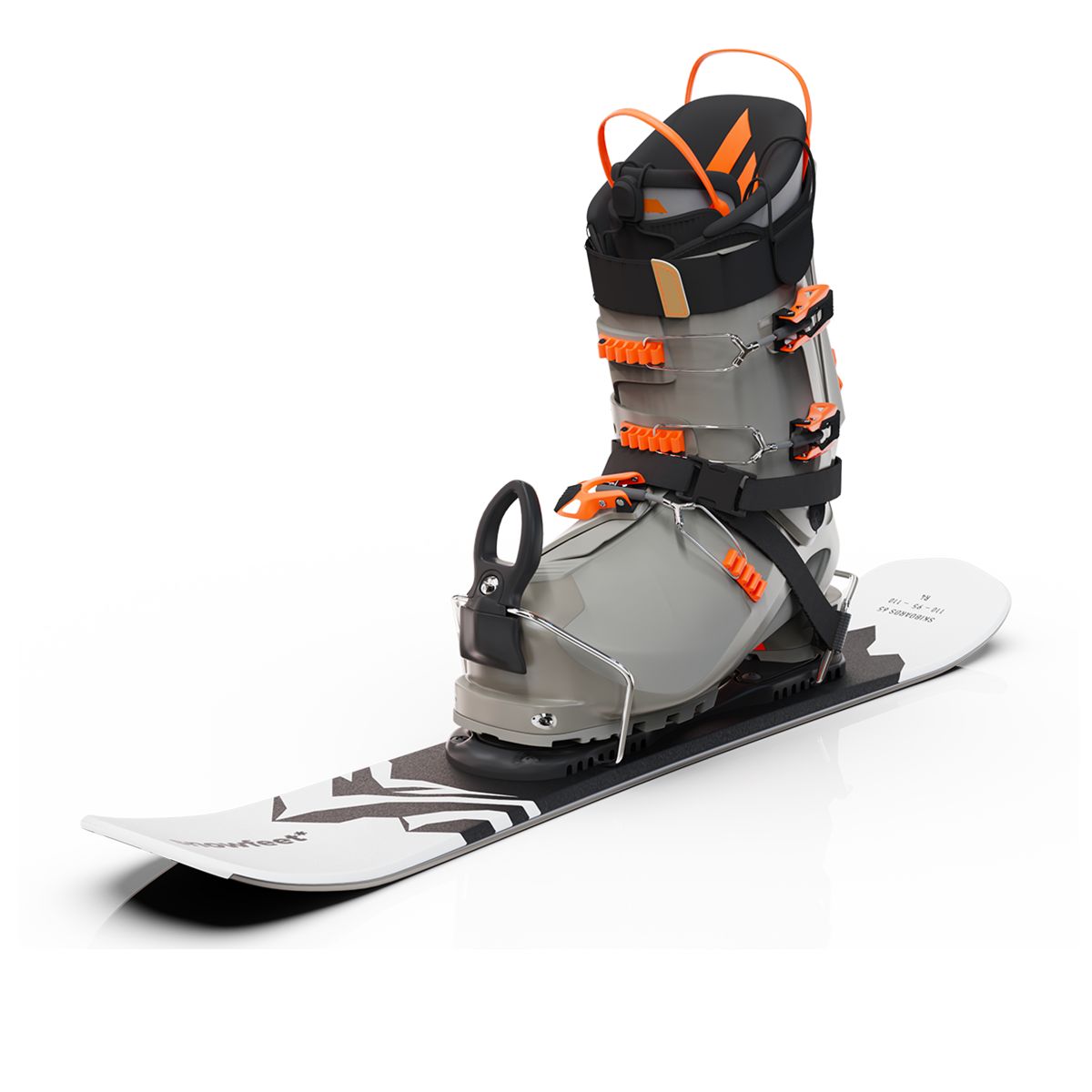
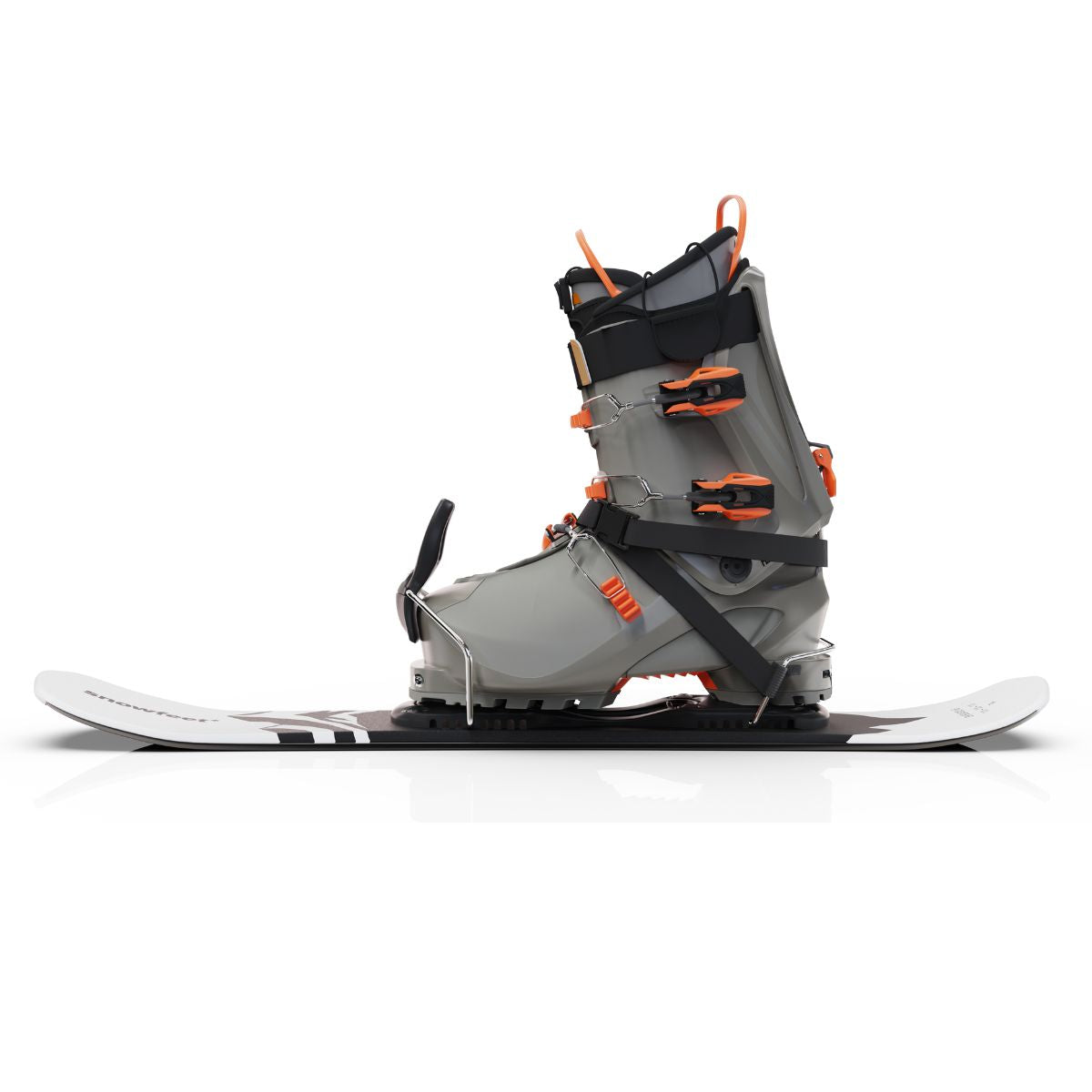
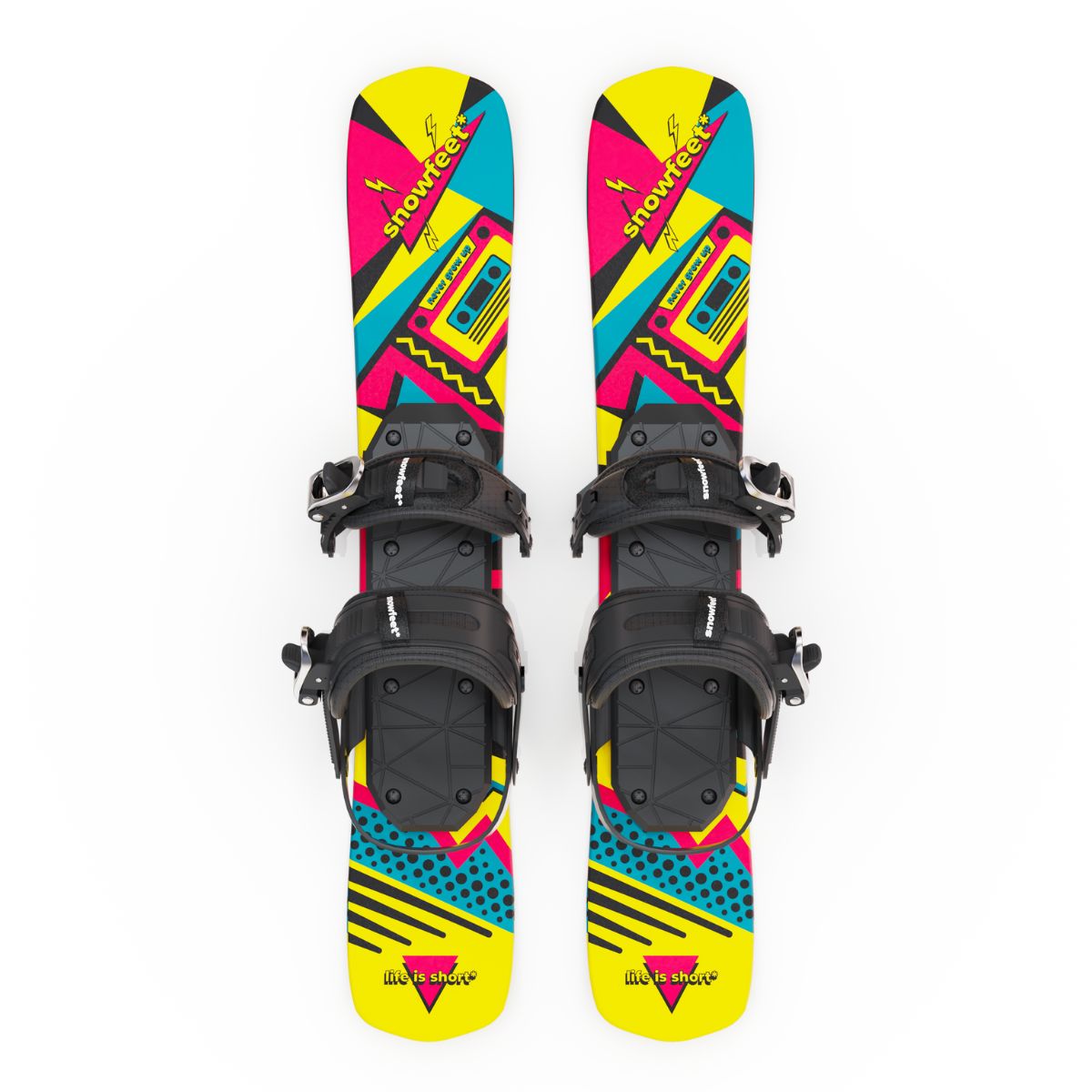
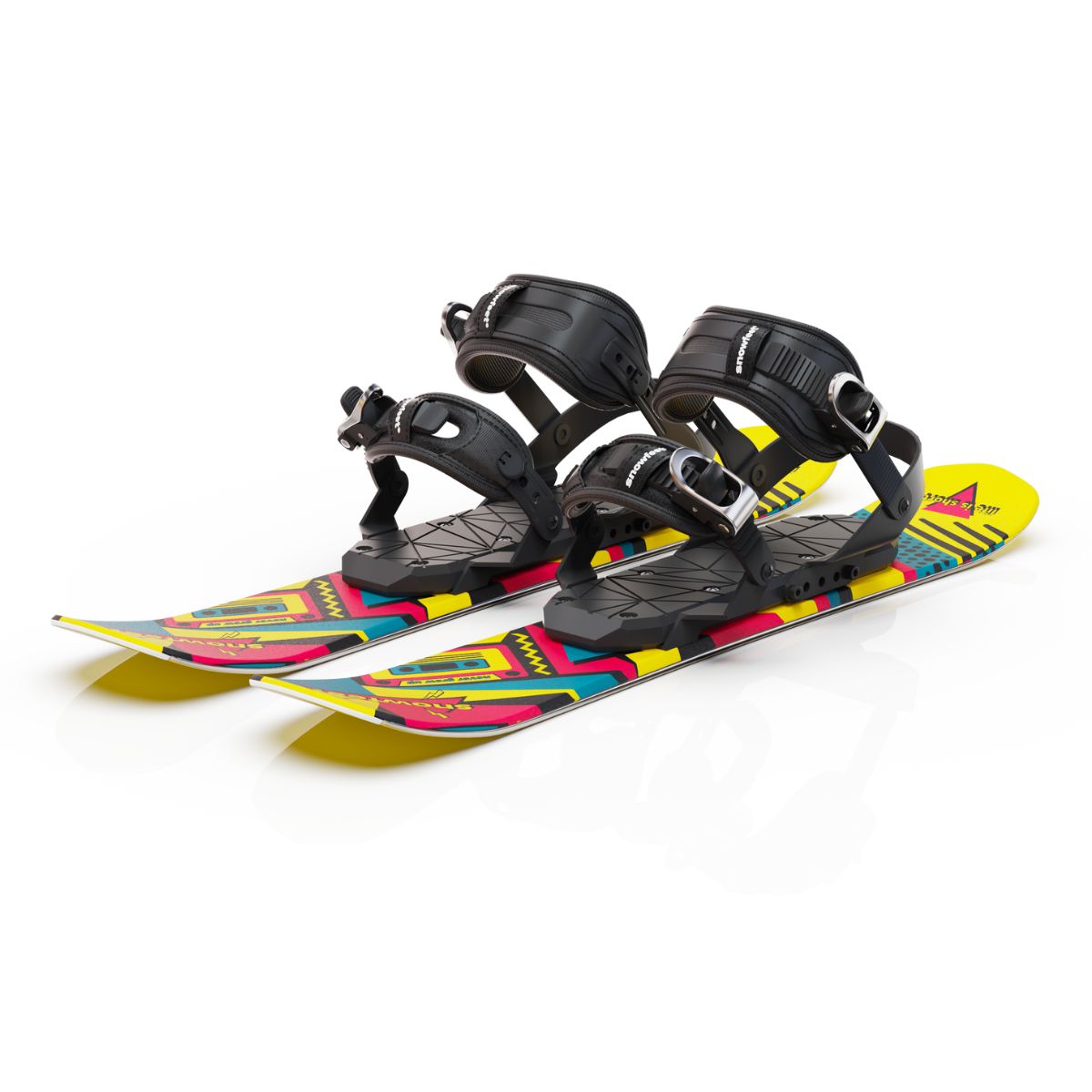
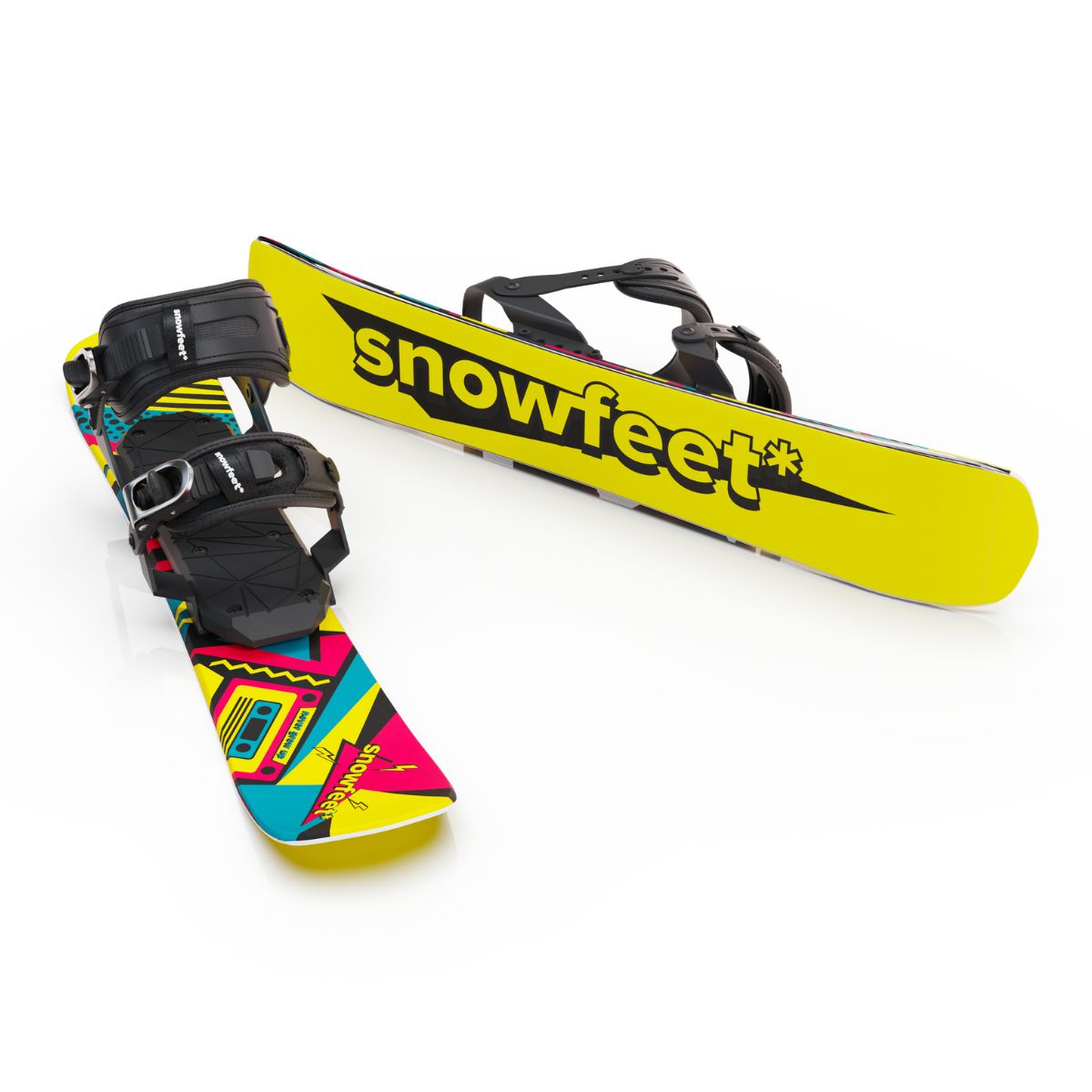
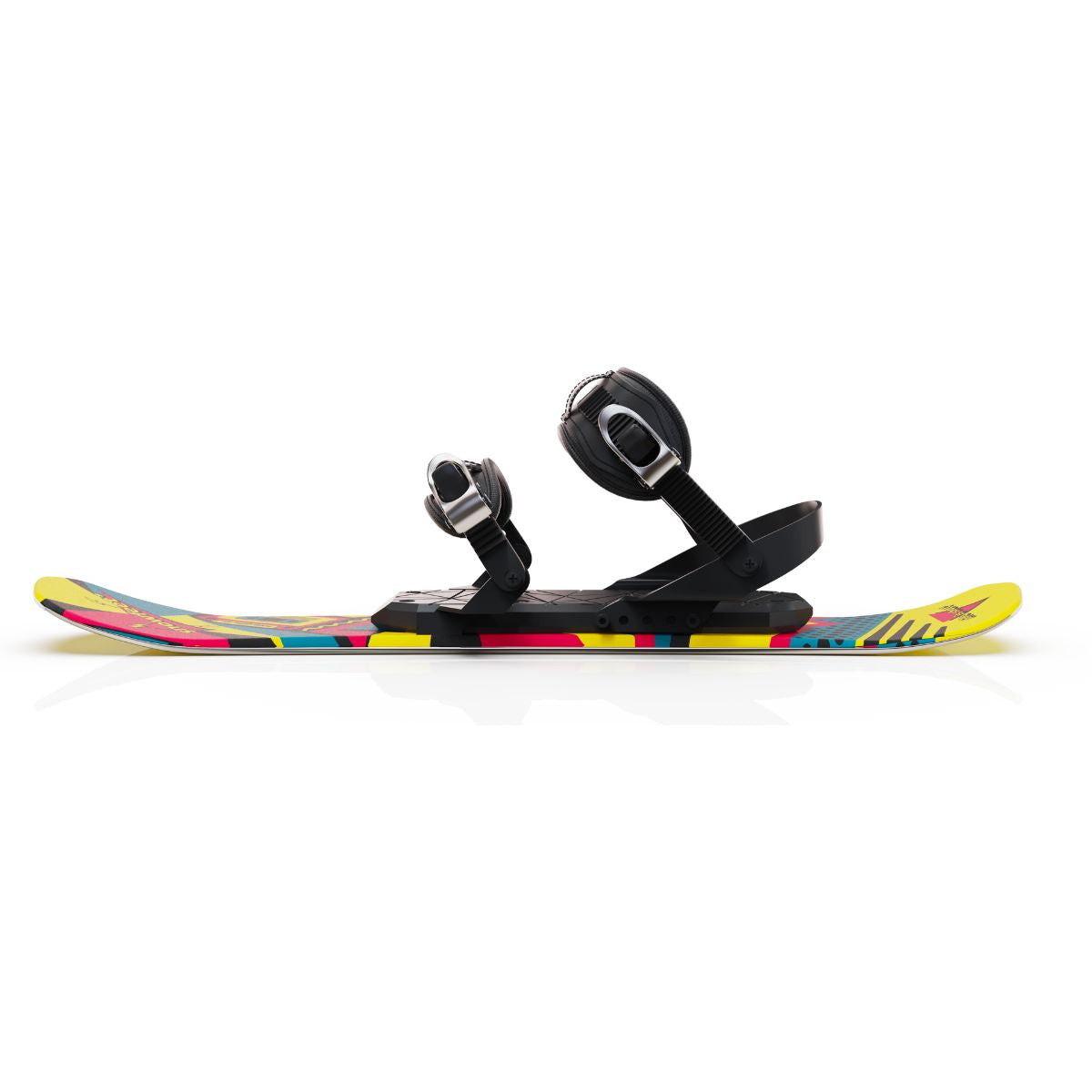
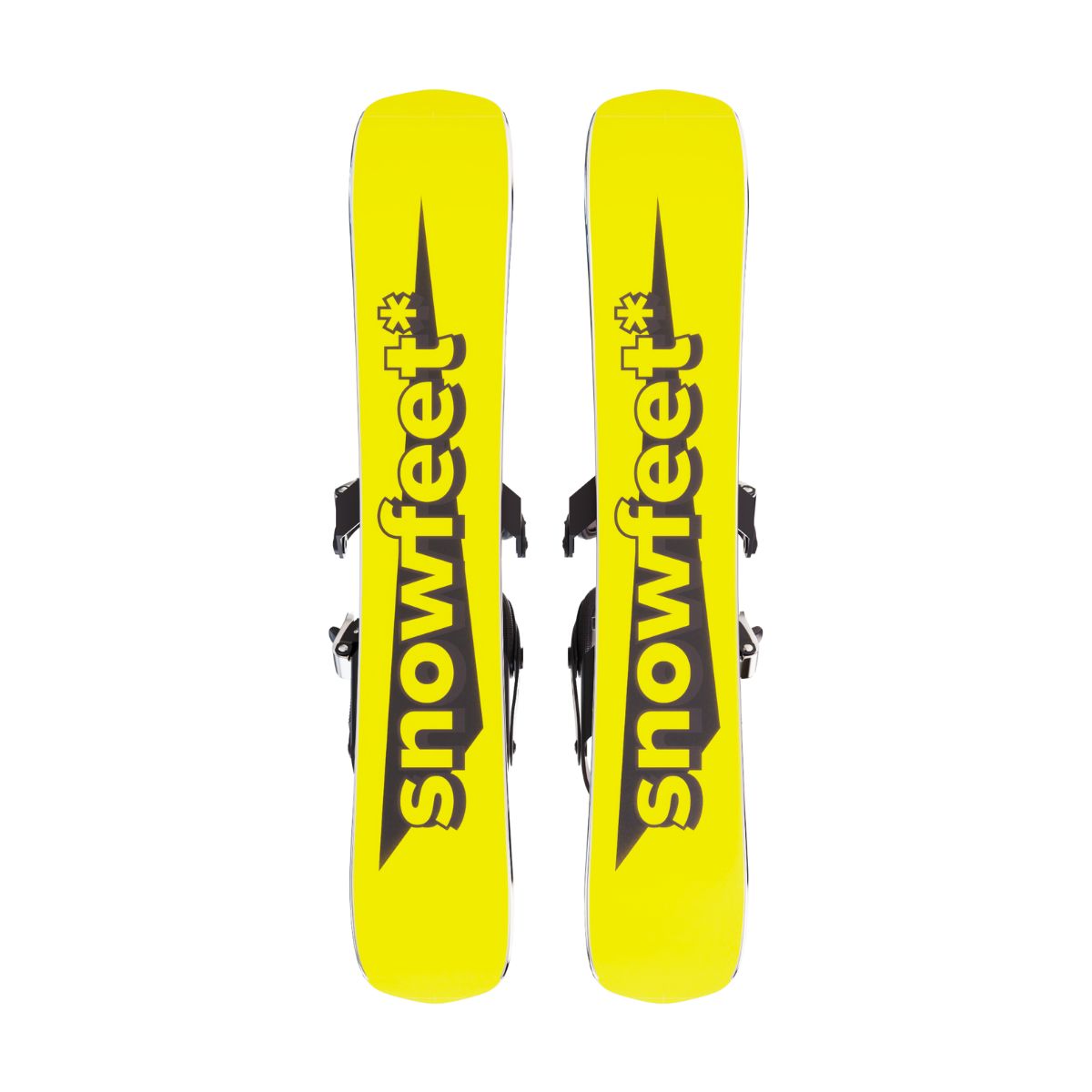
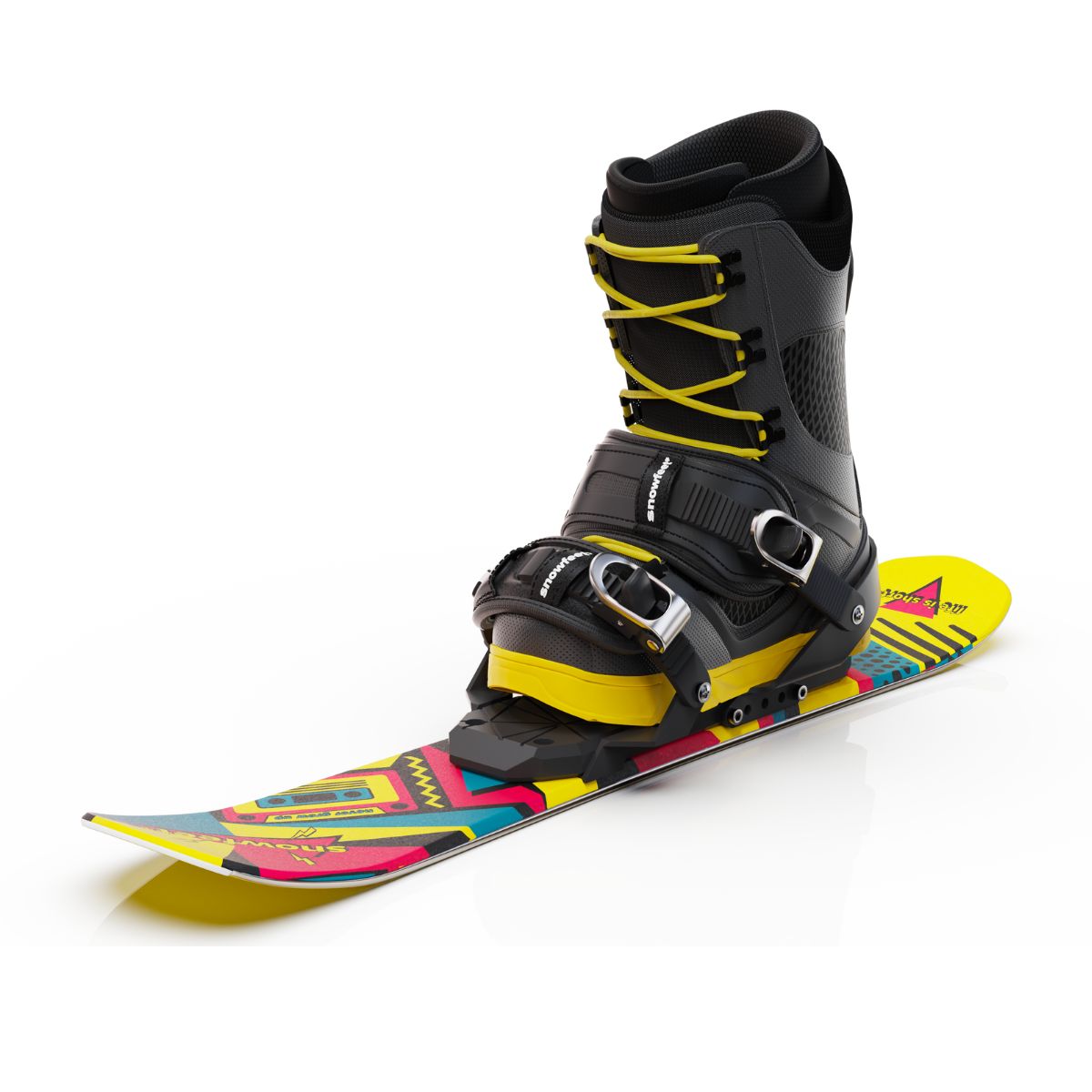
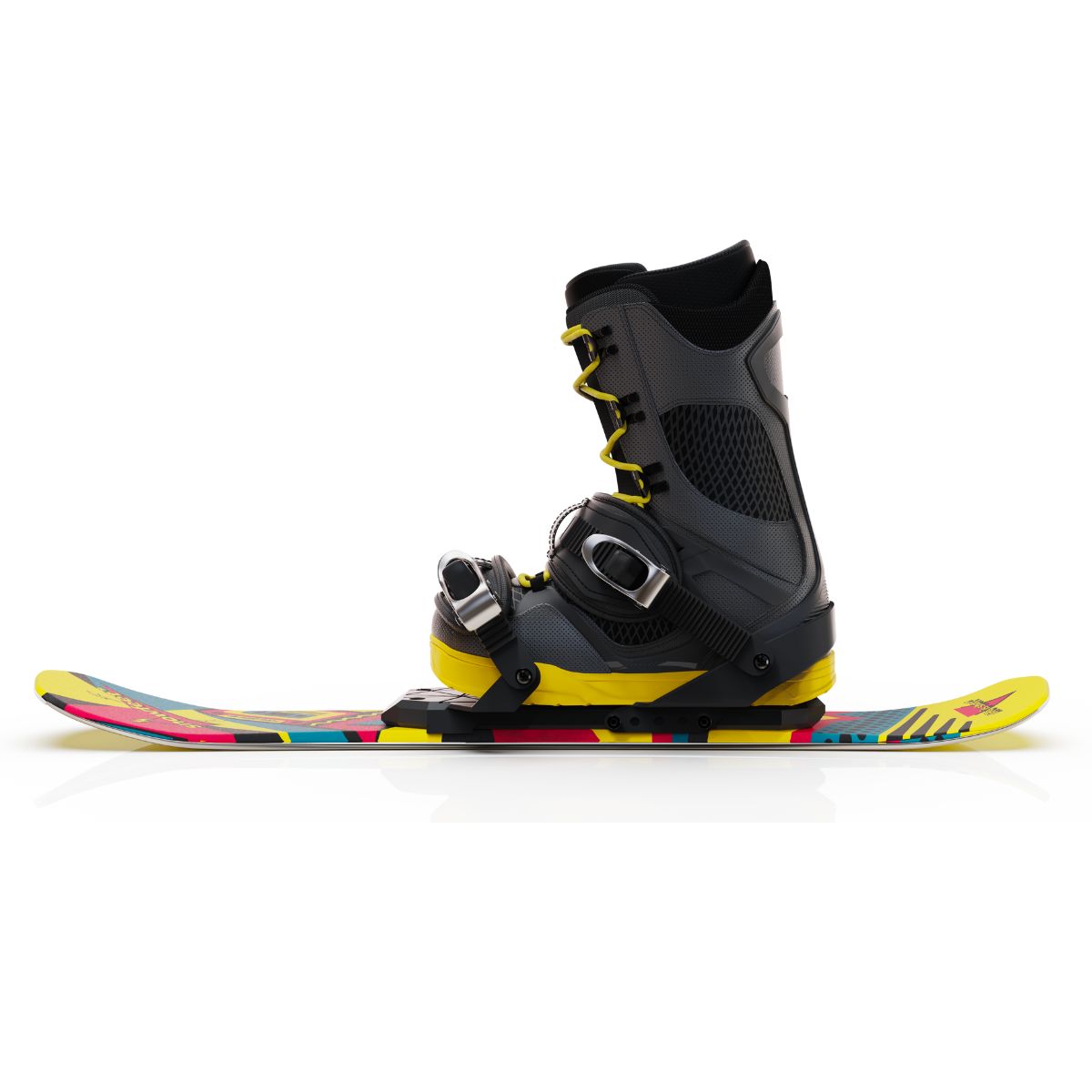
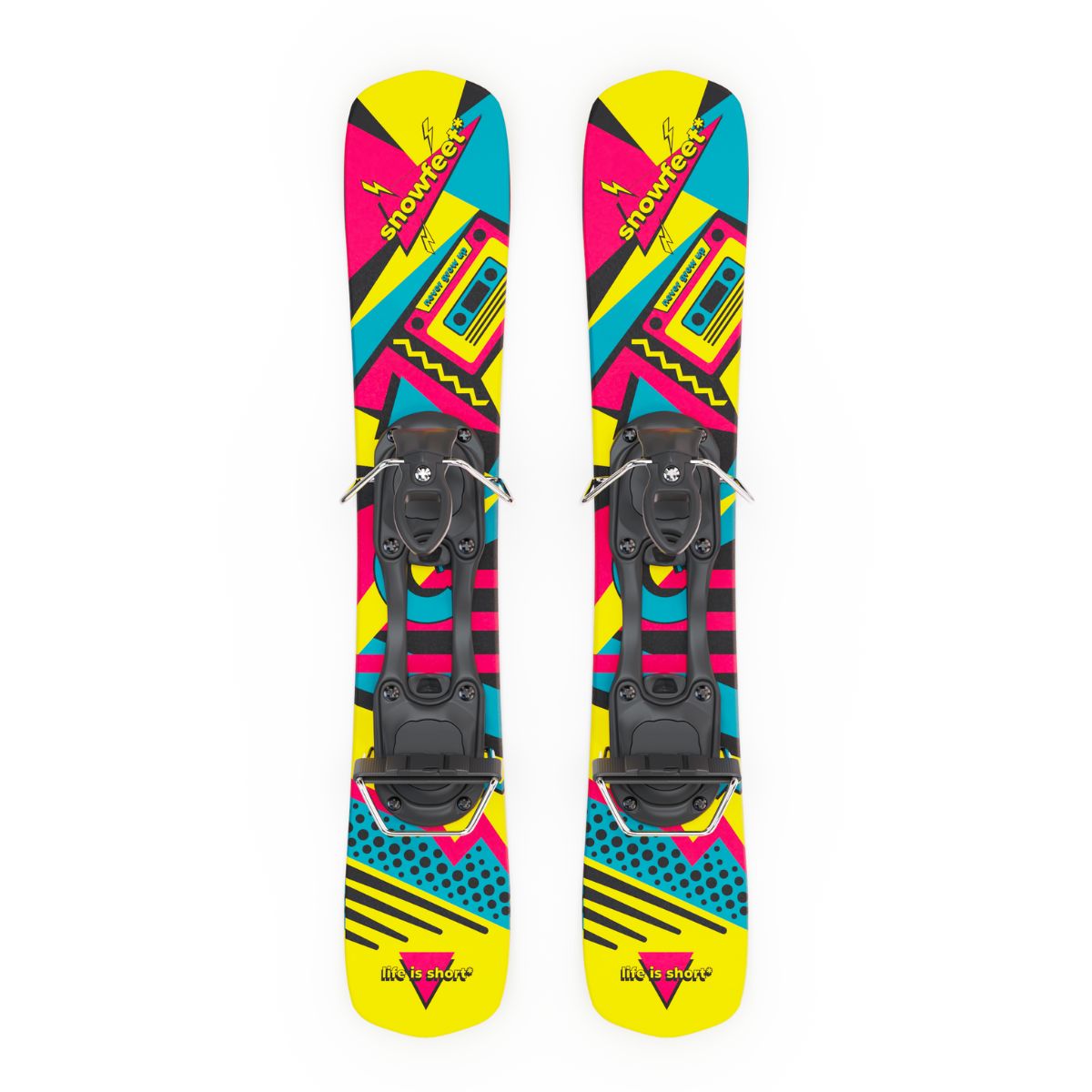
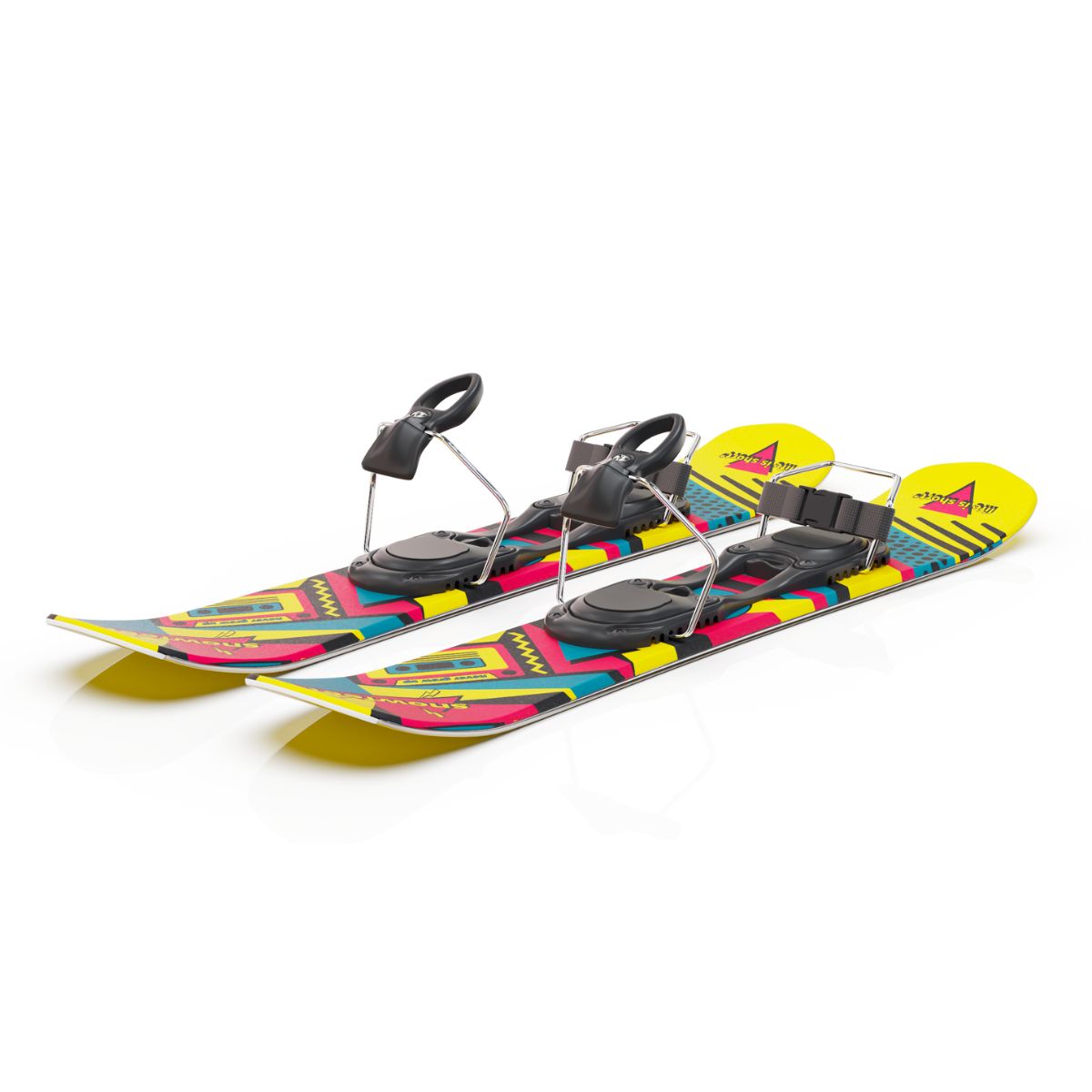
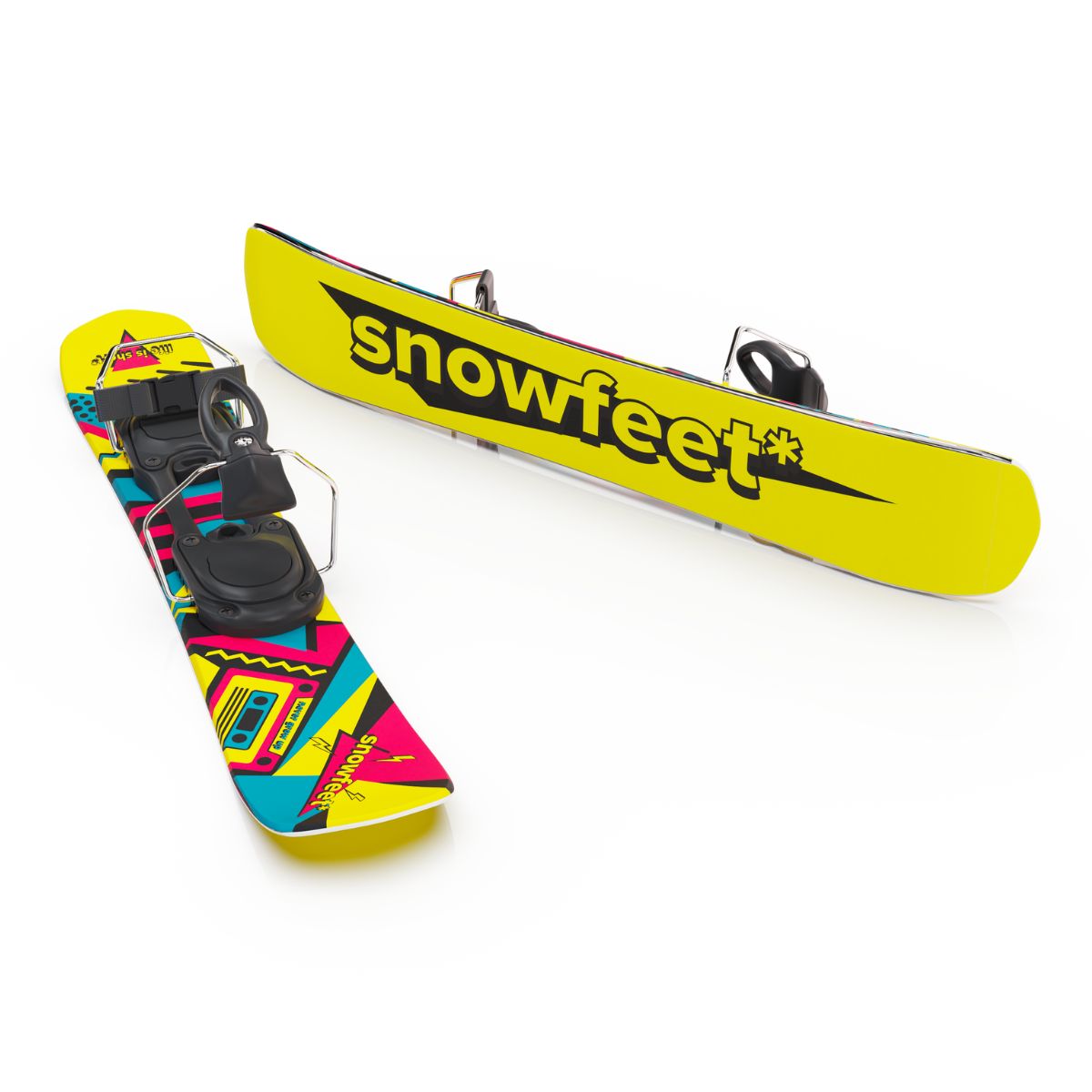
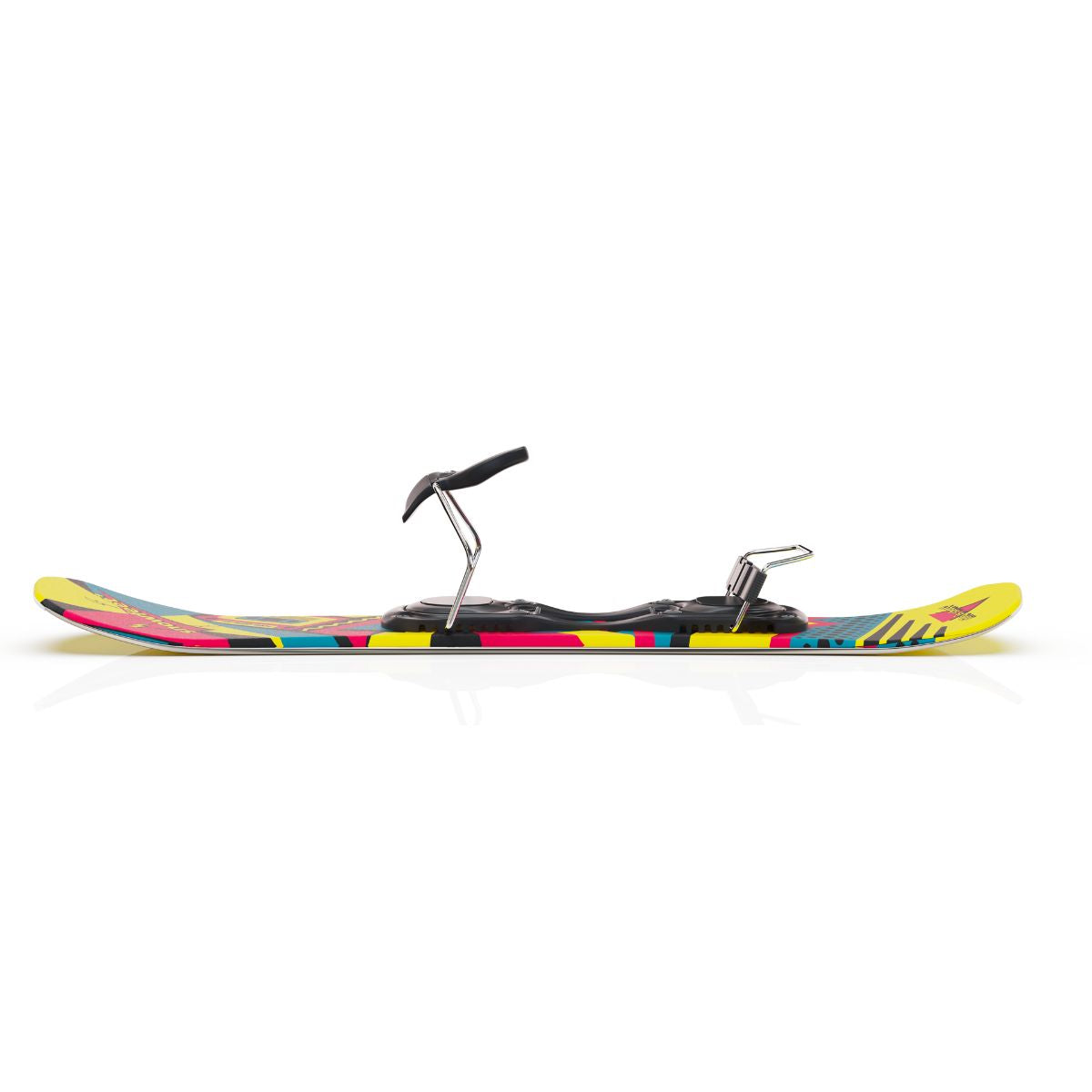
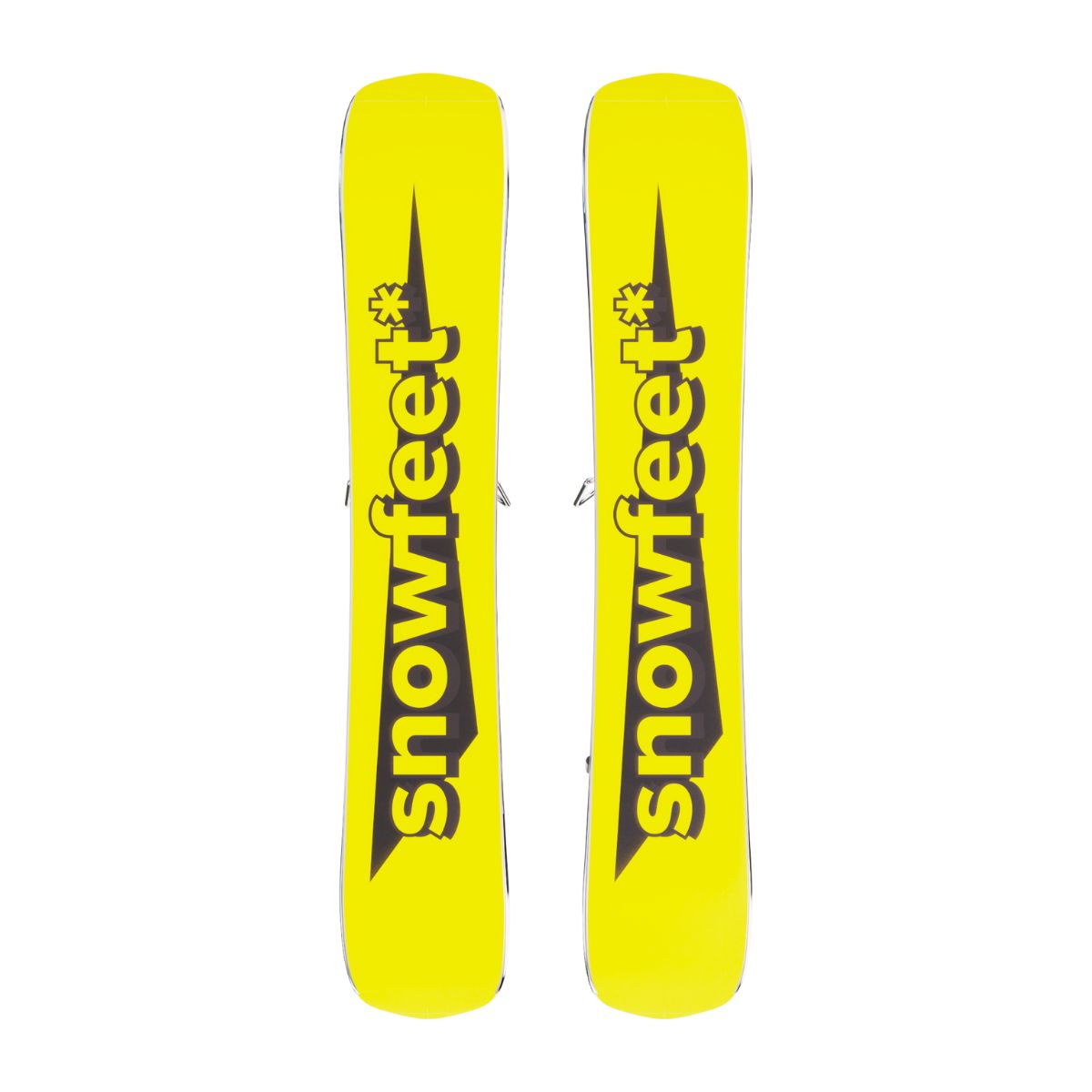
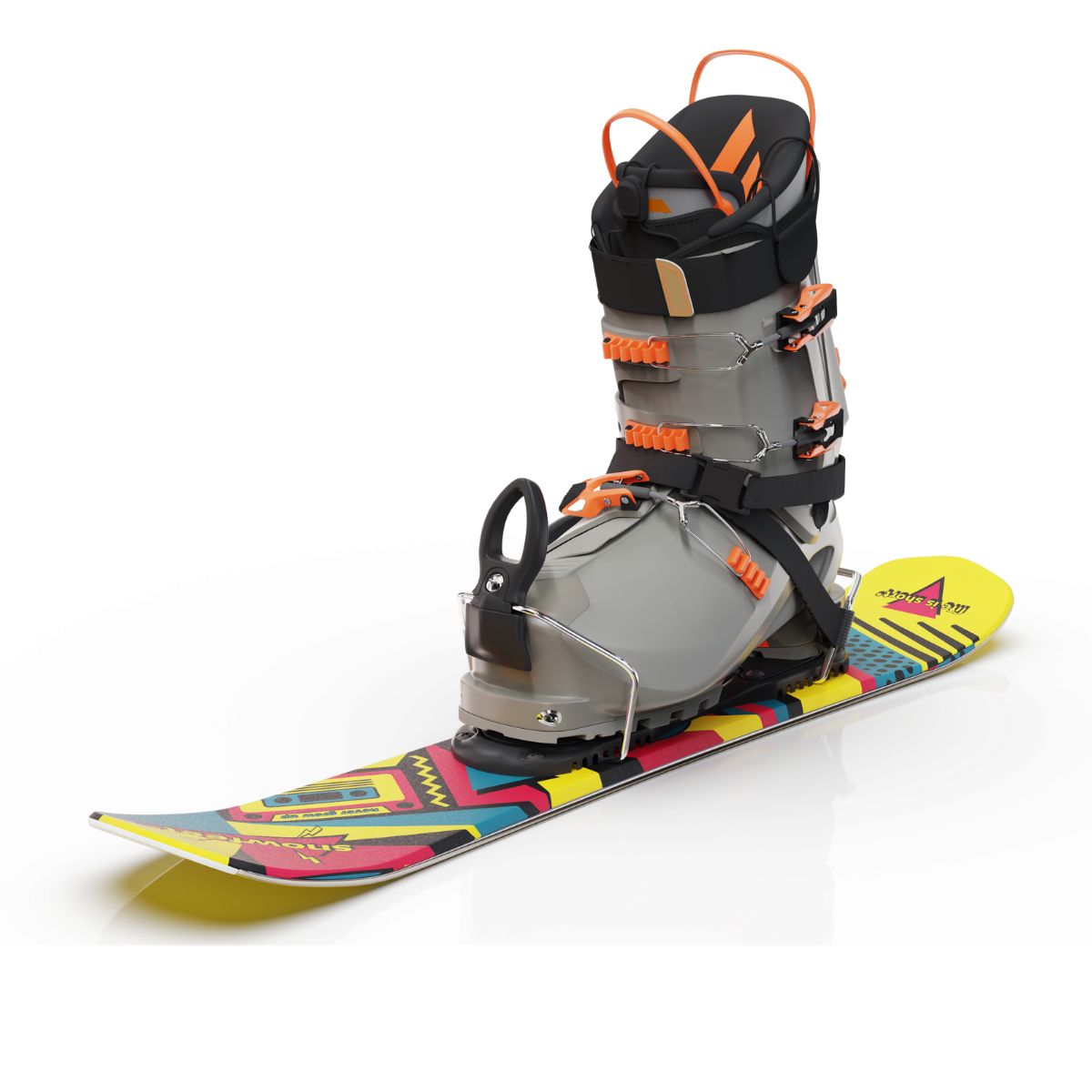
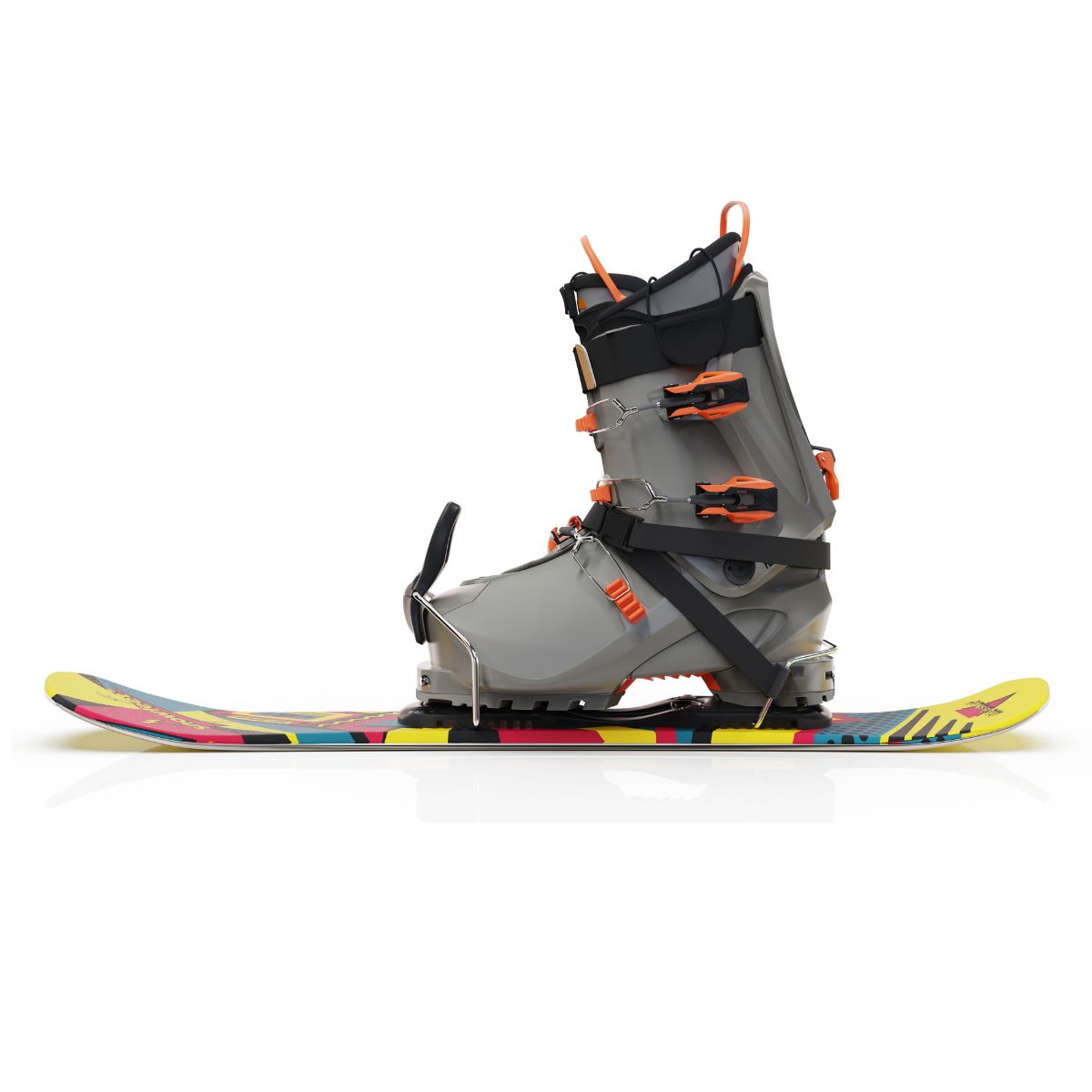
Free Shipping | 3 Business Days
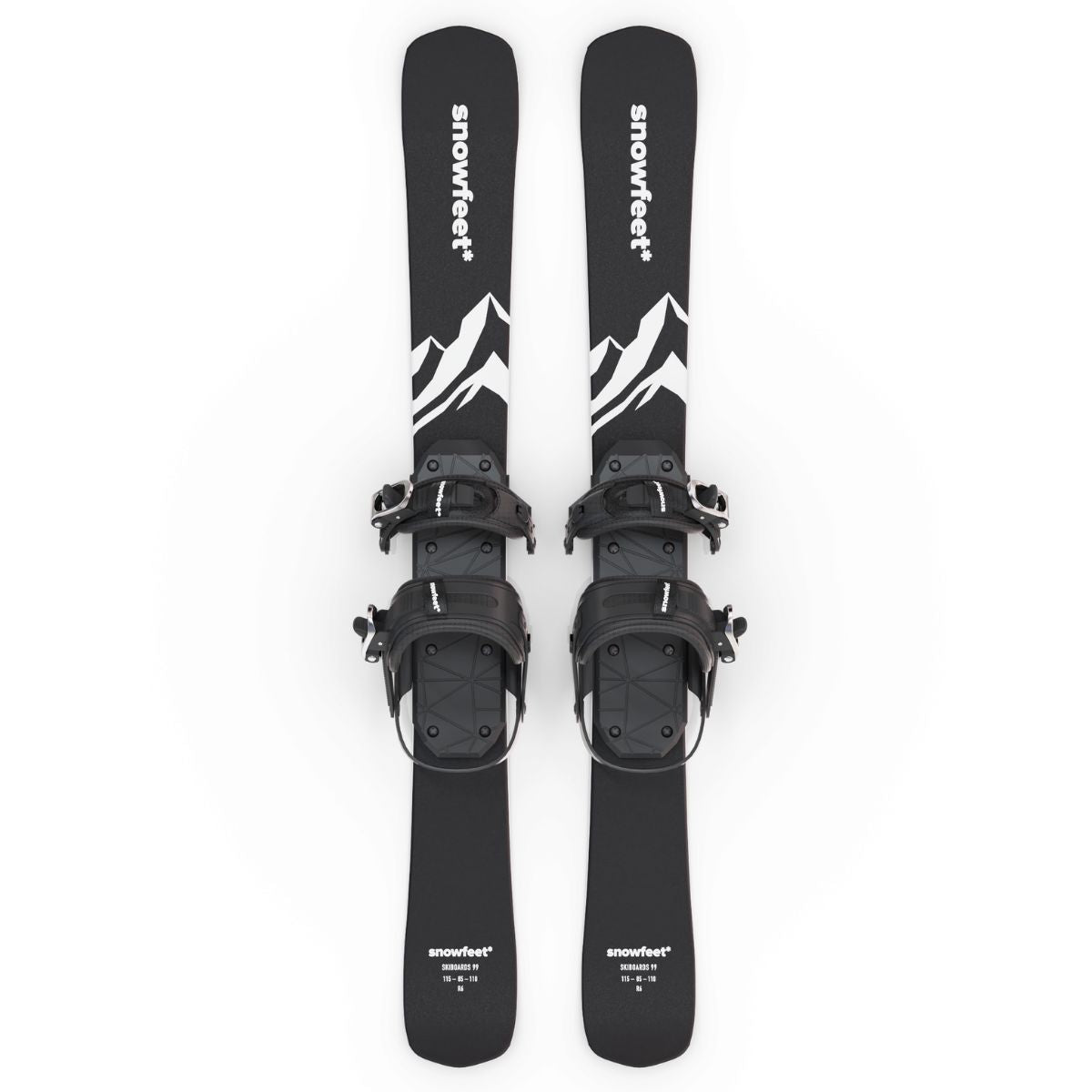
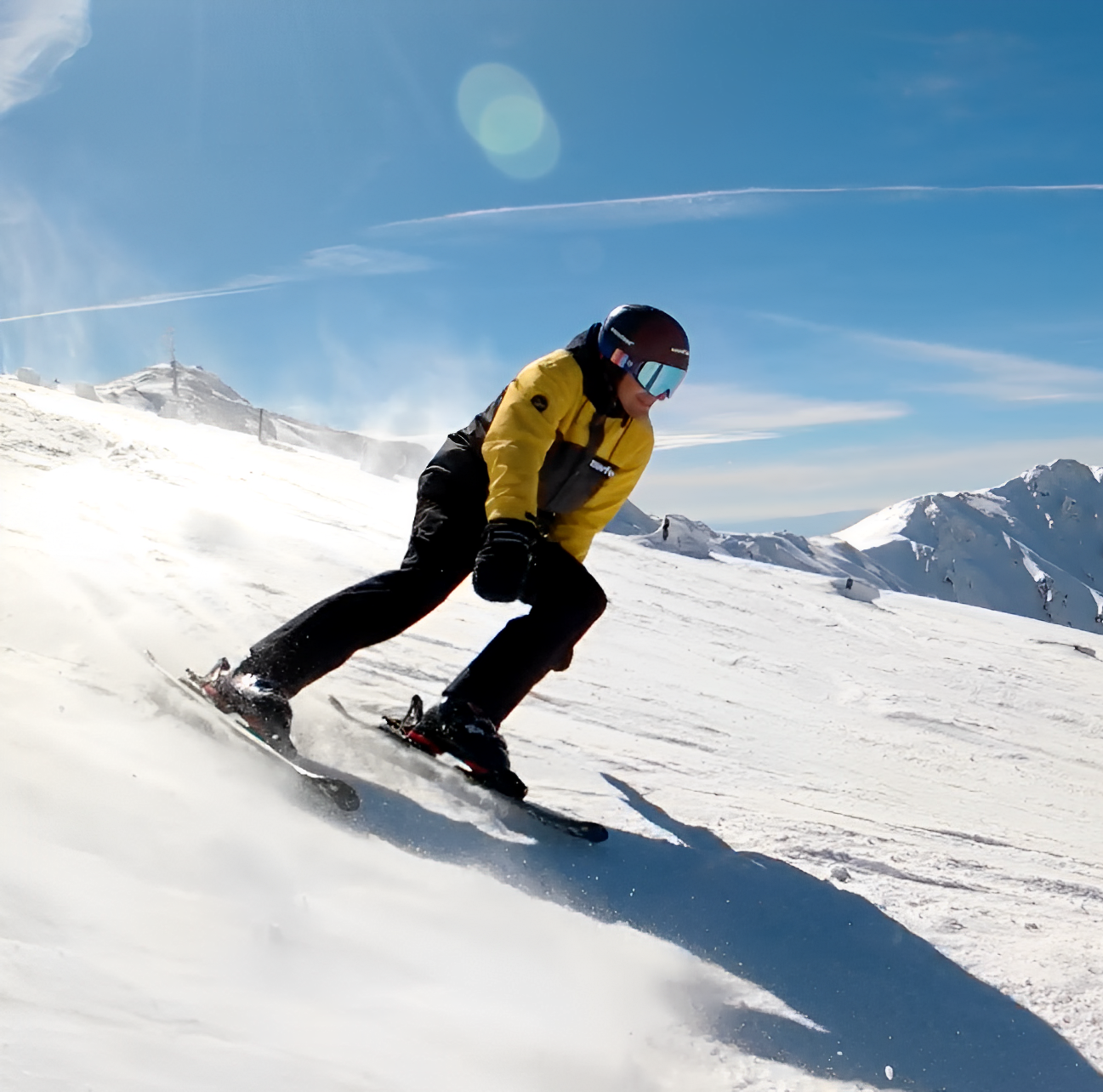
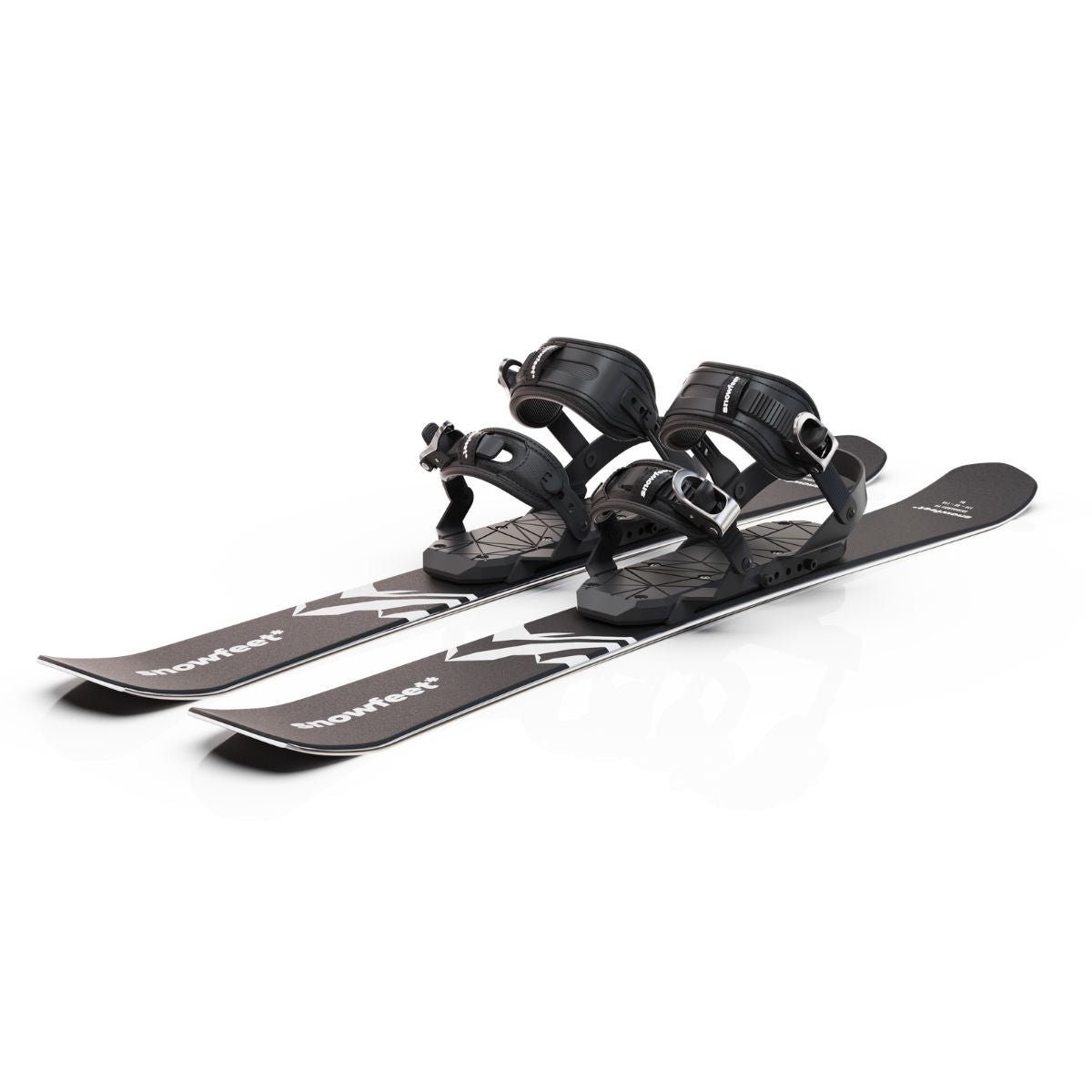
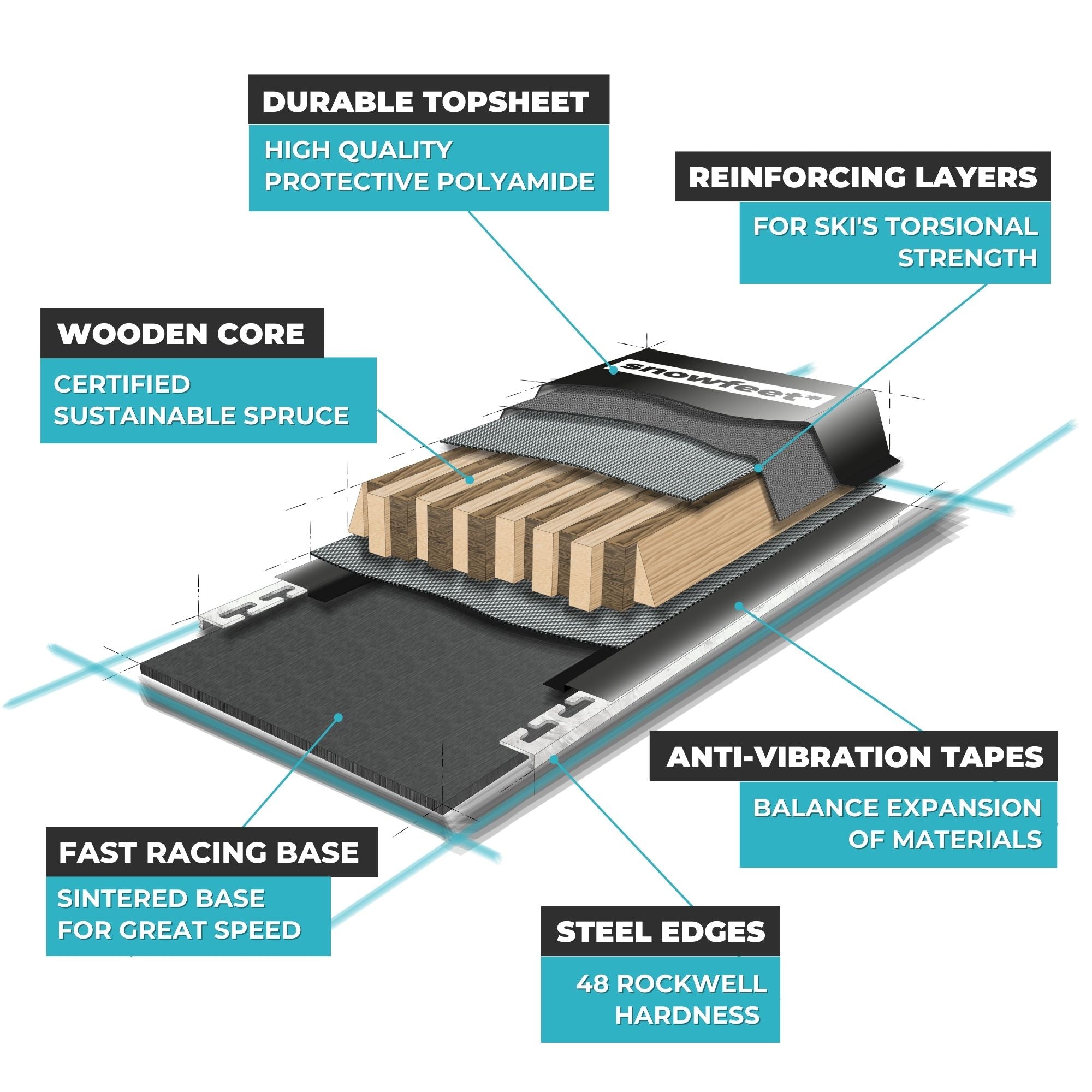
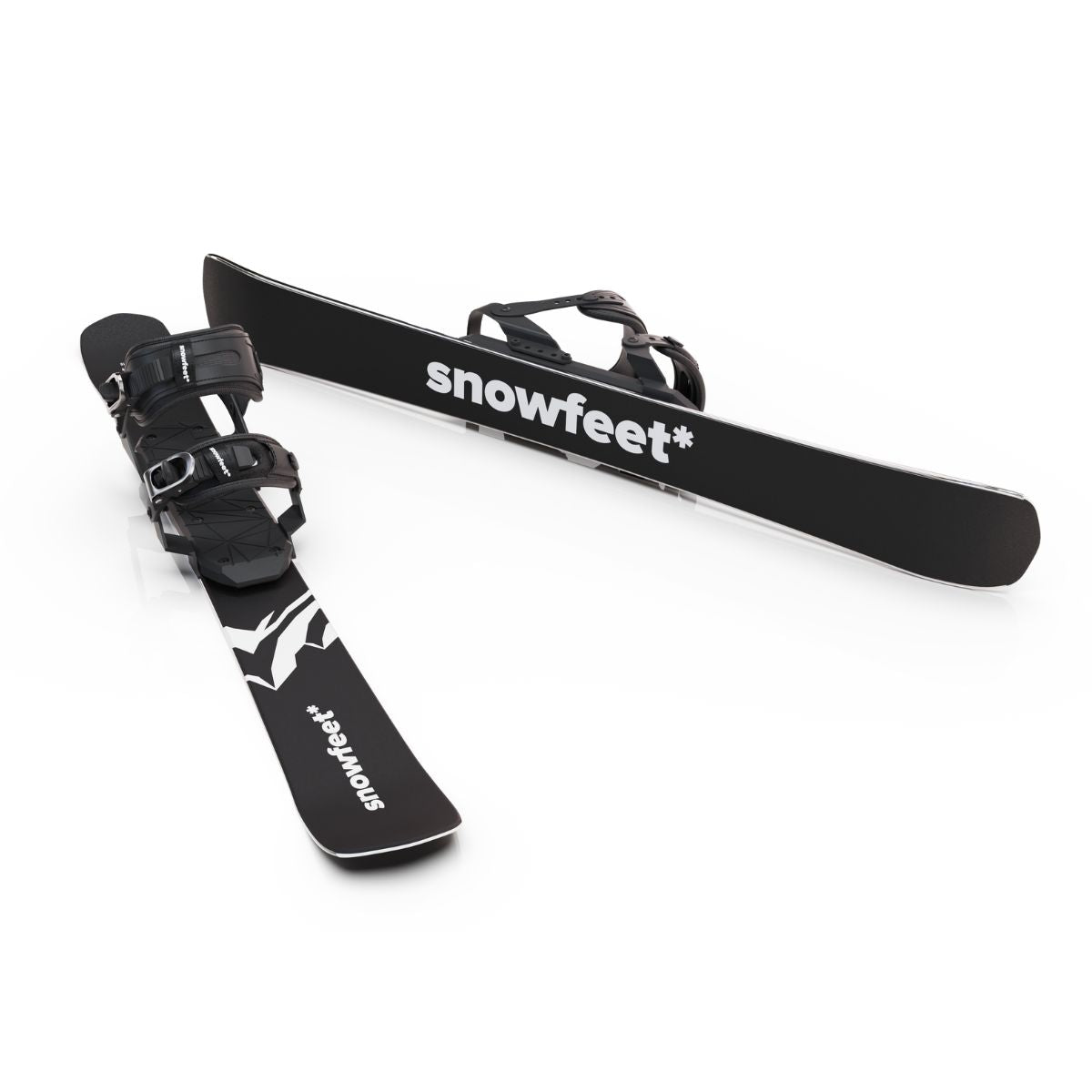
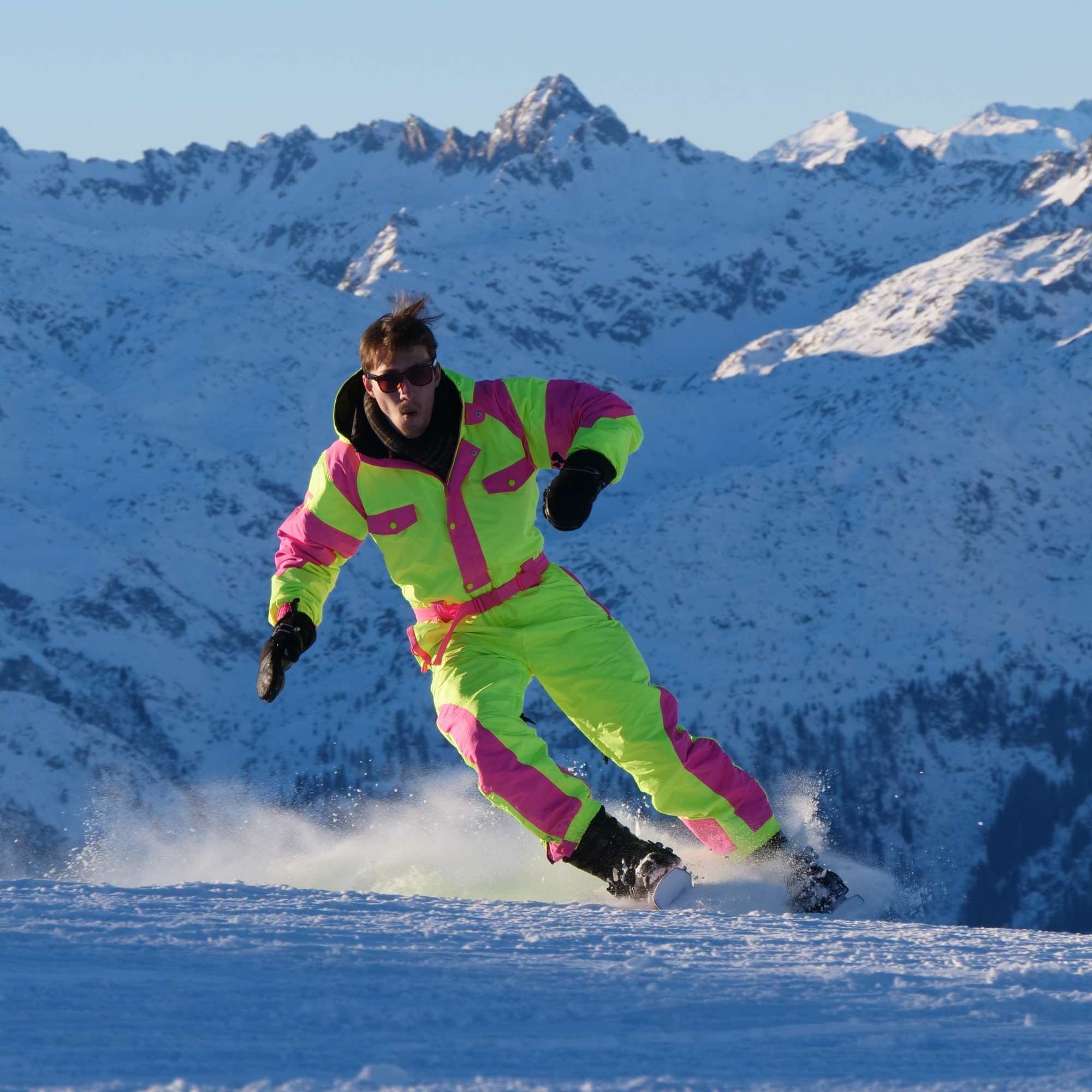
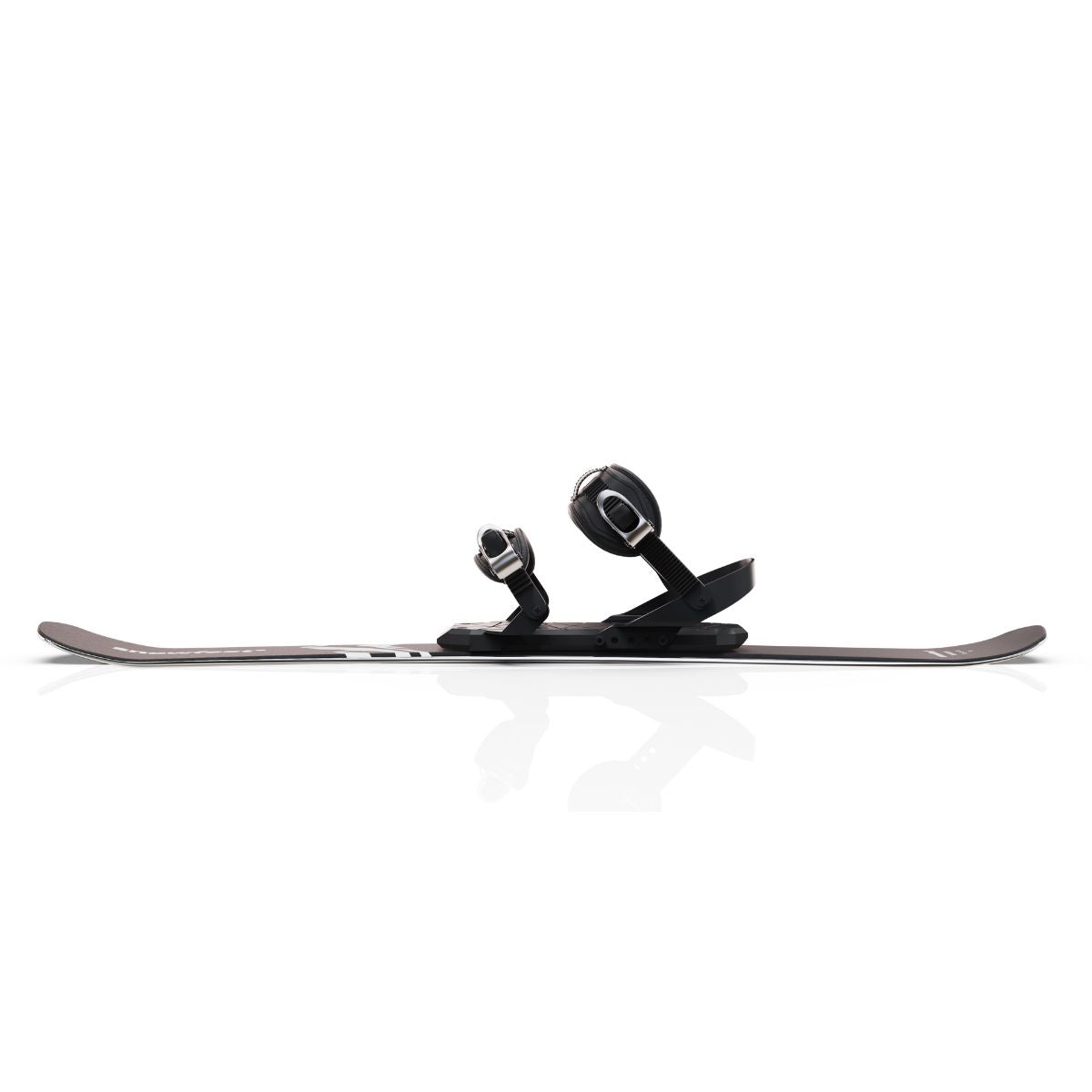
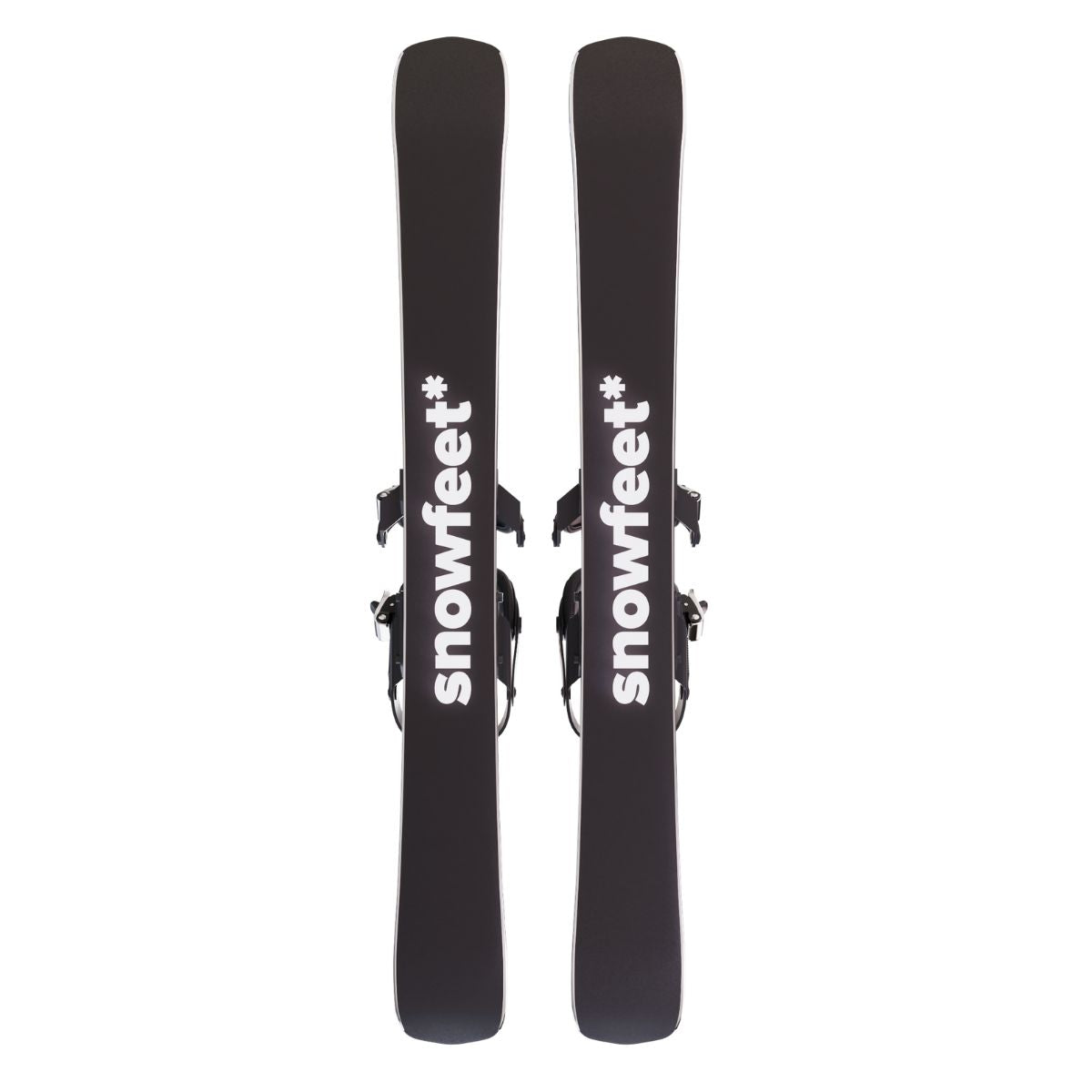
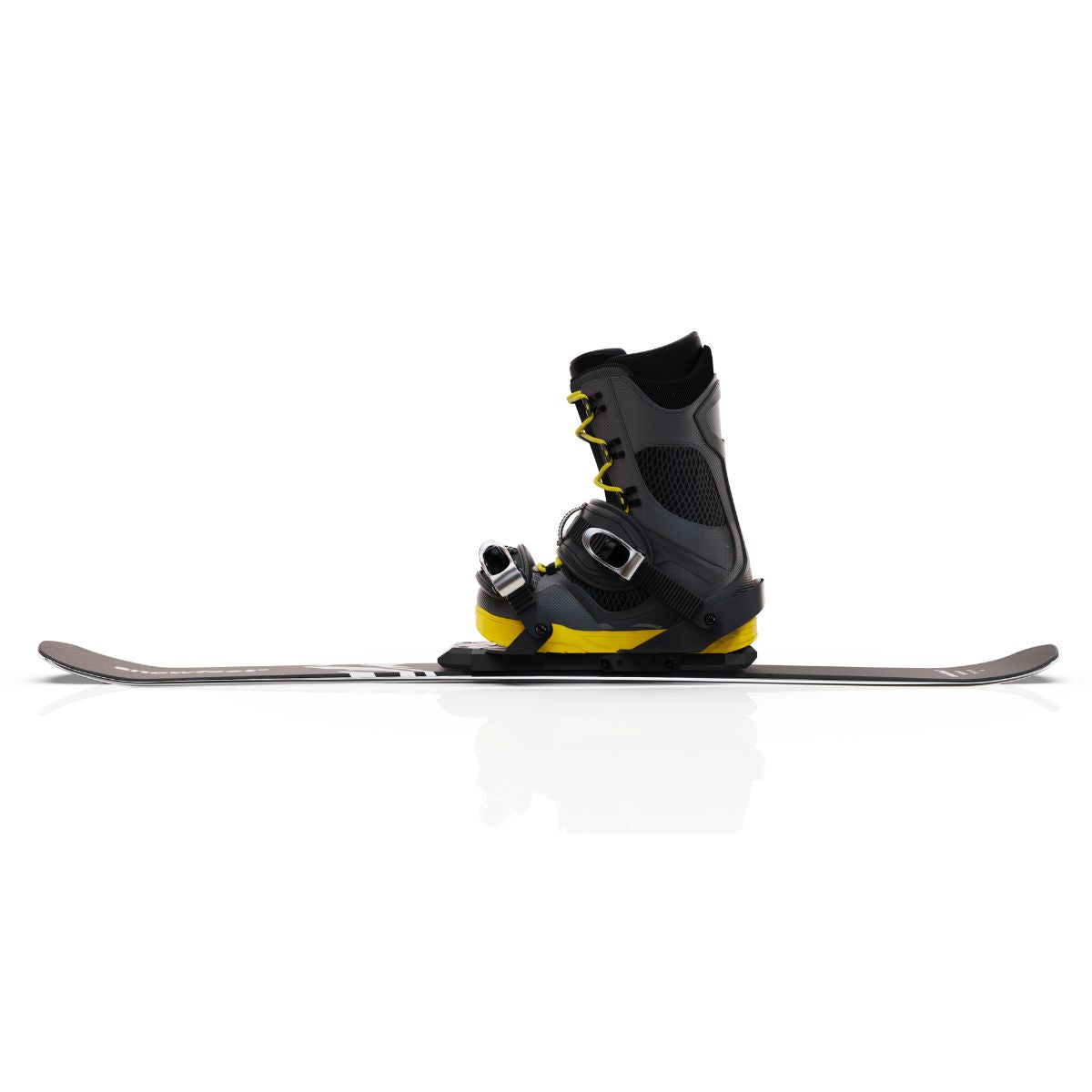
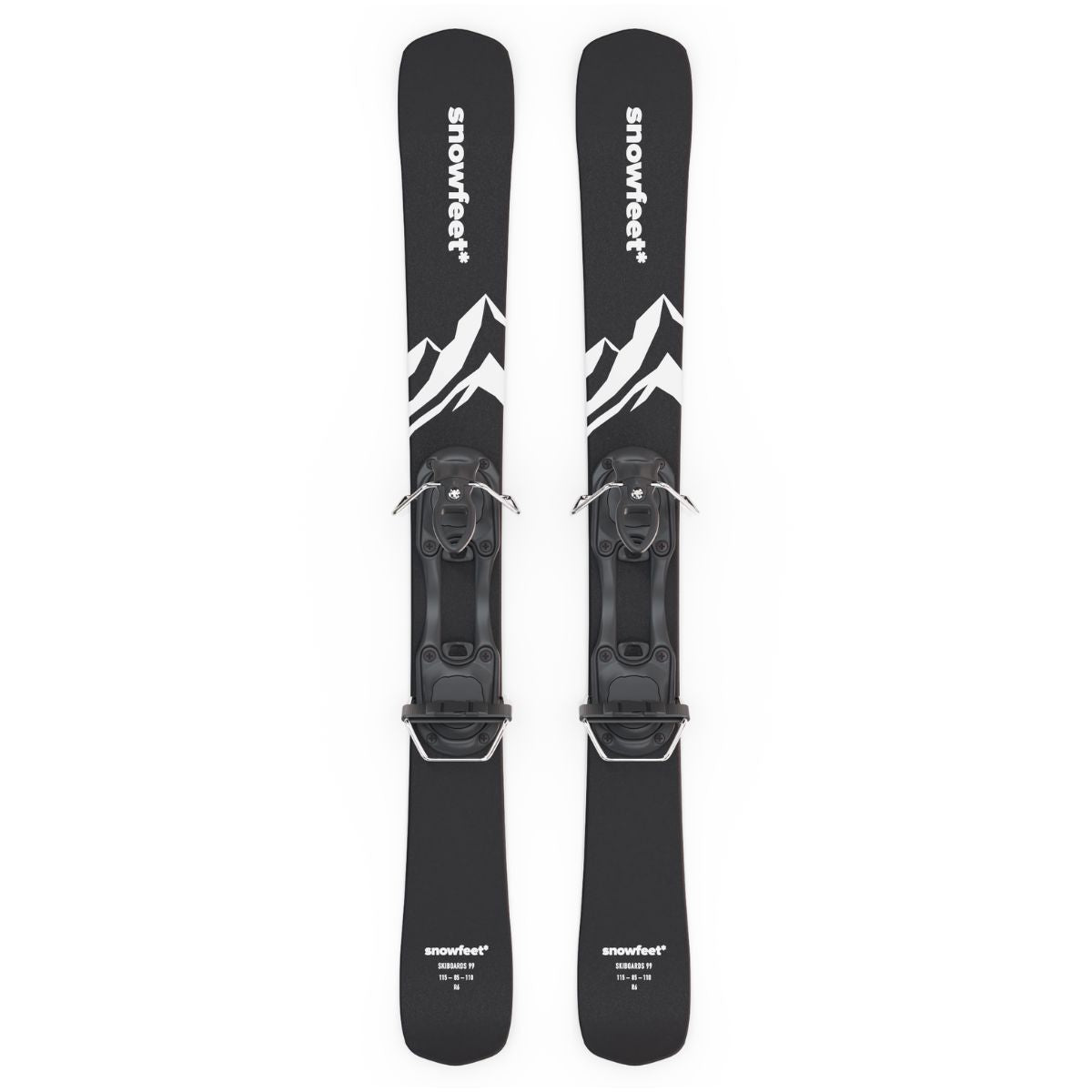
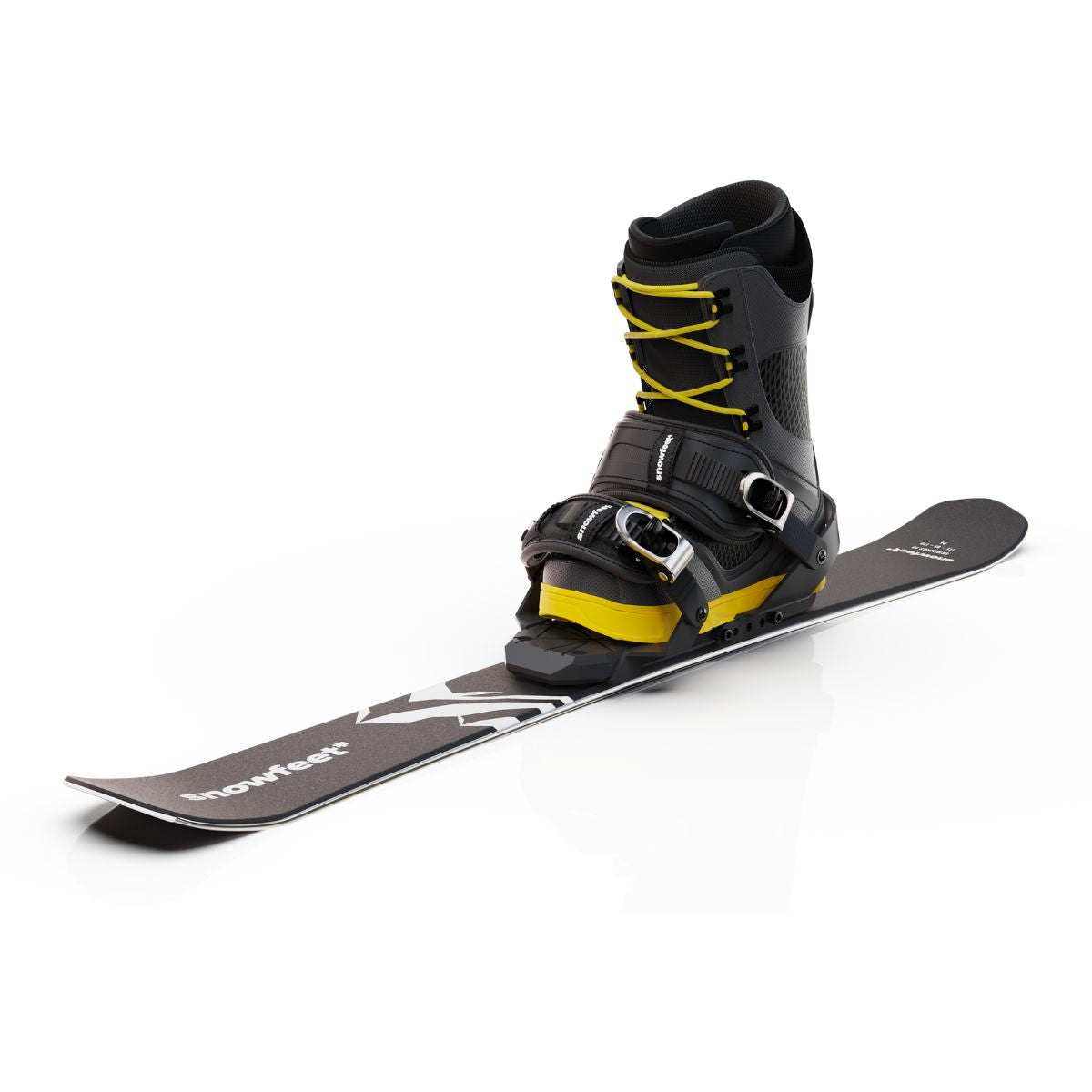
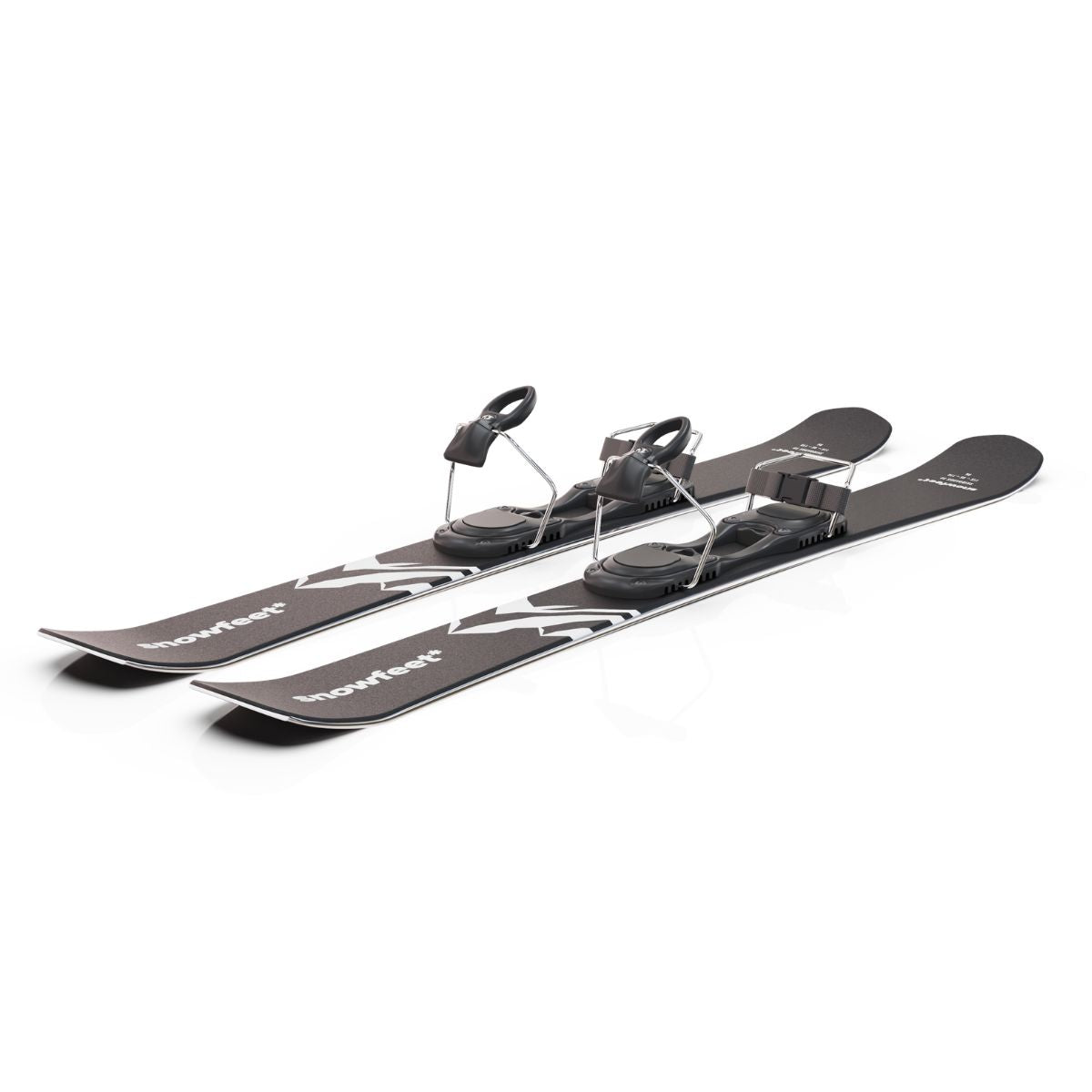
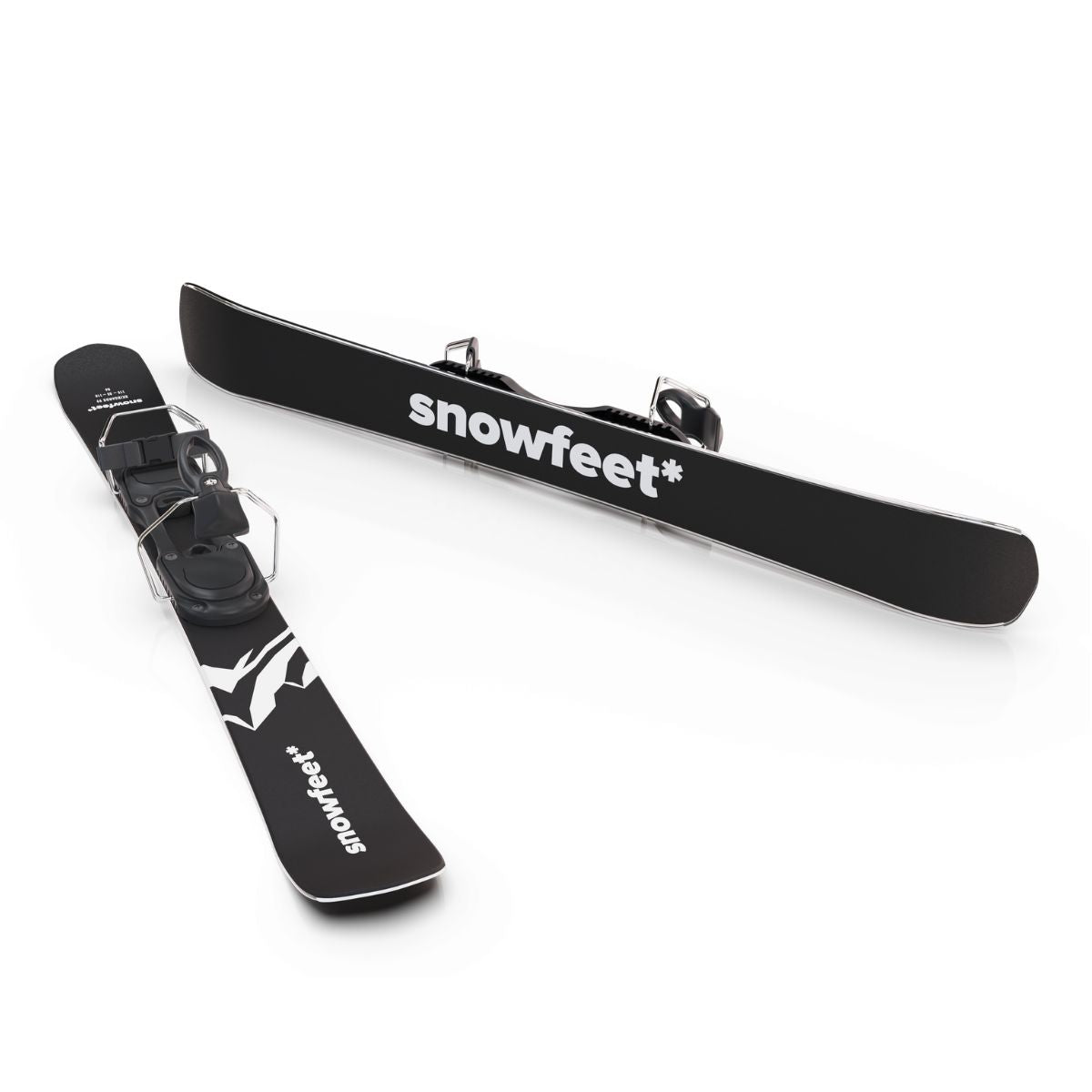
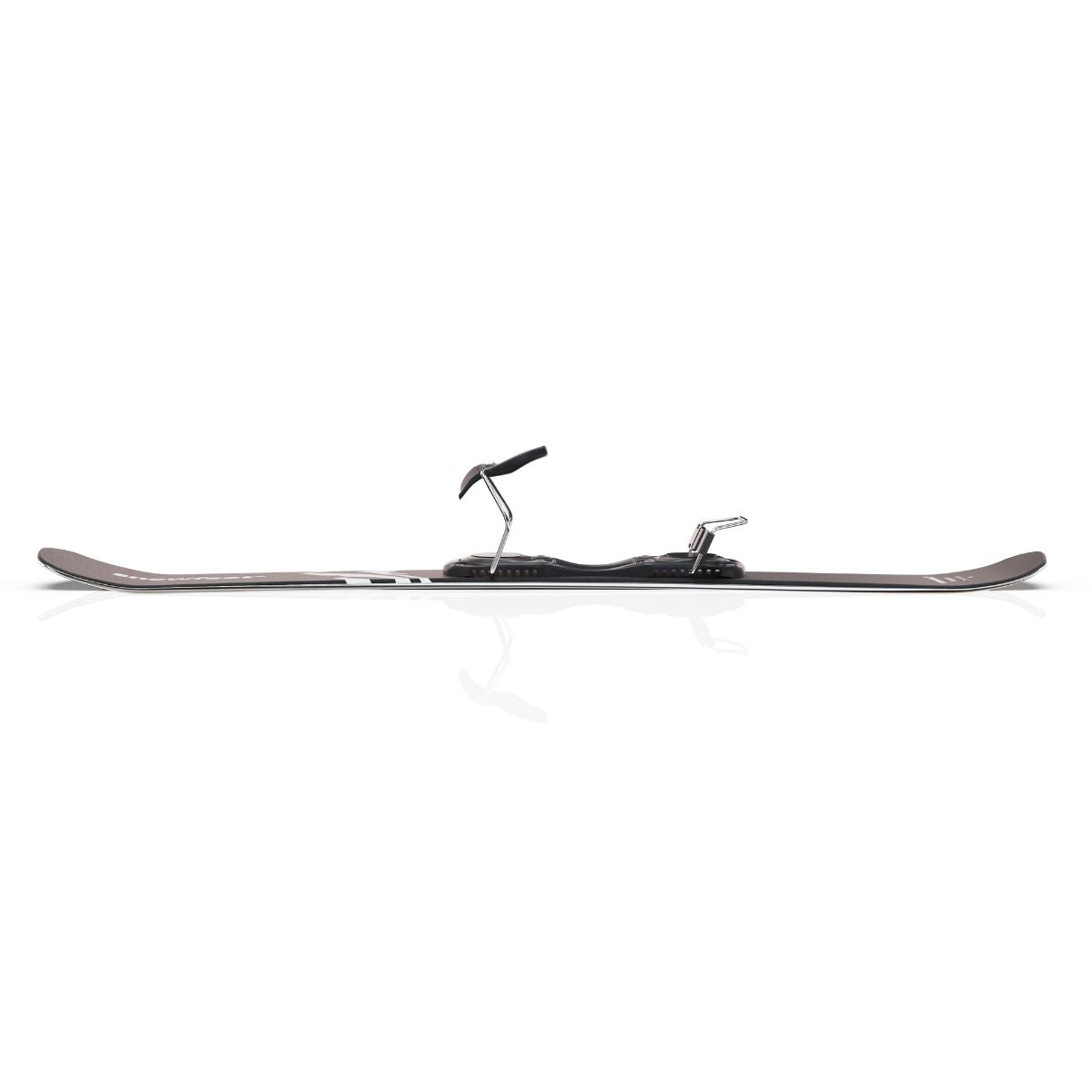
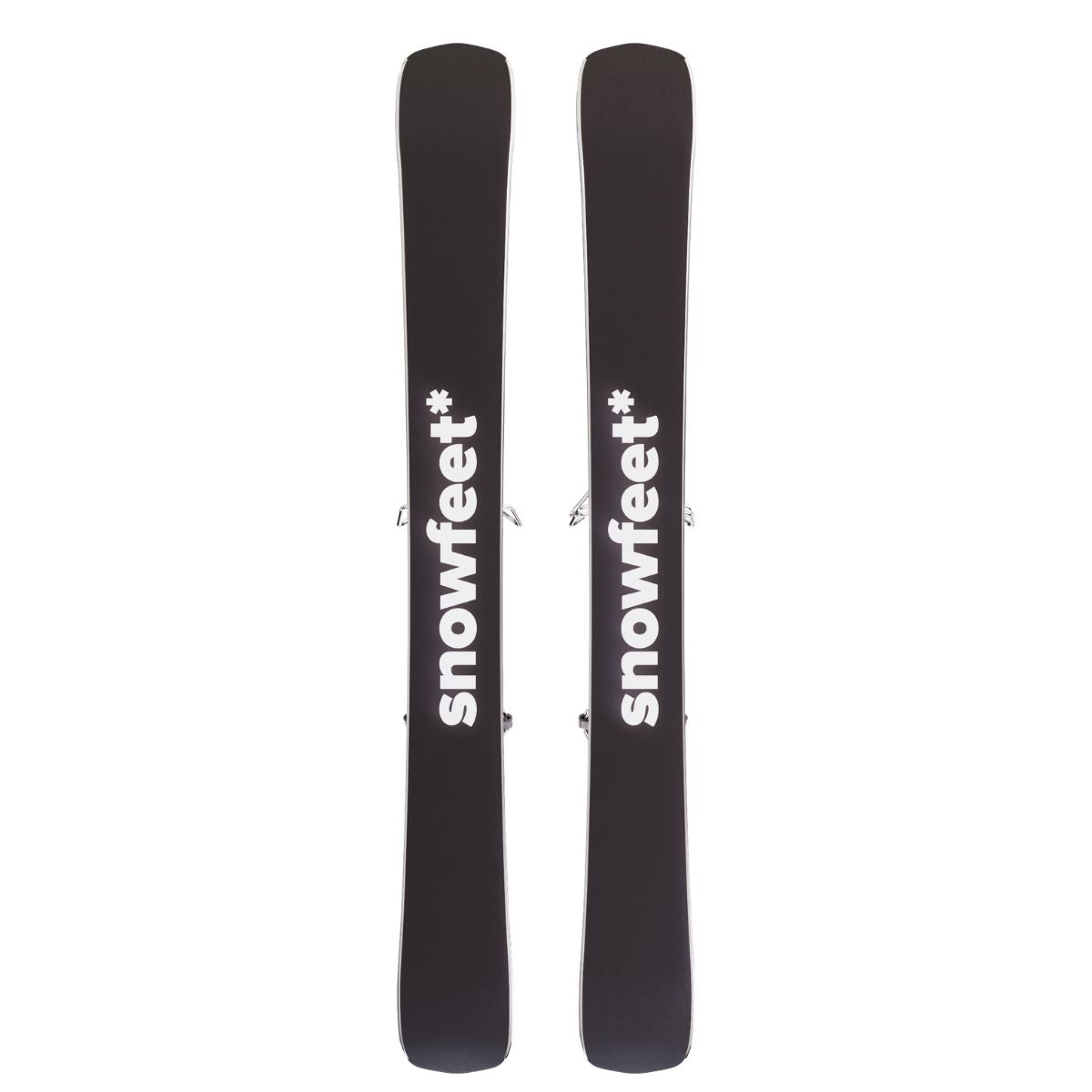
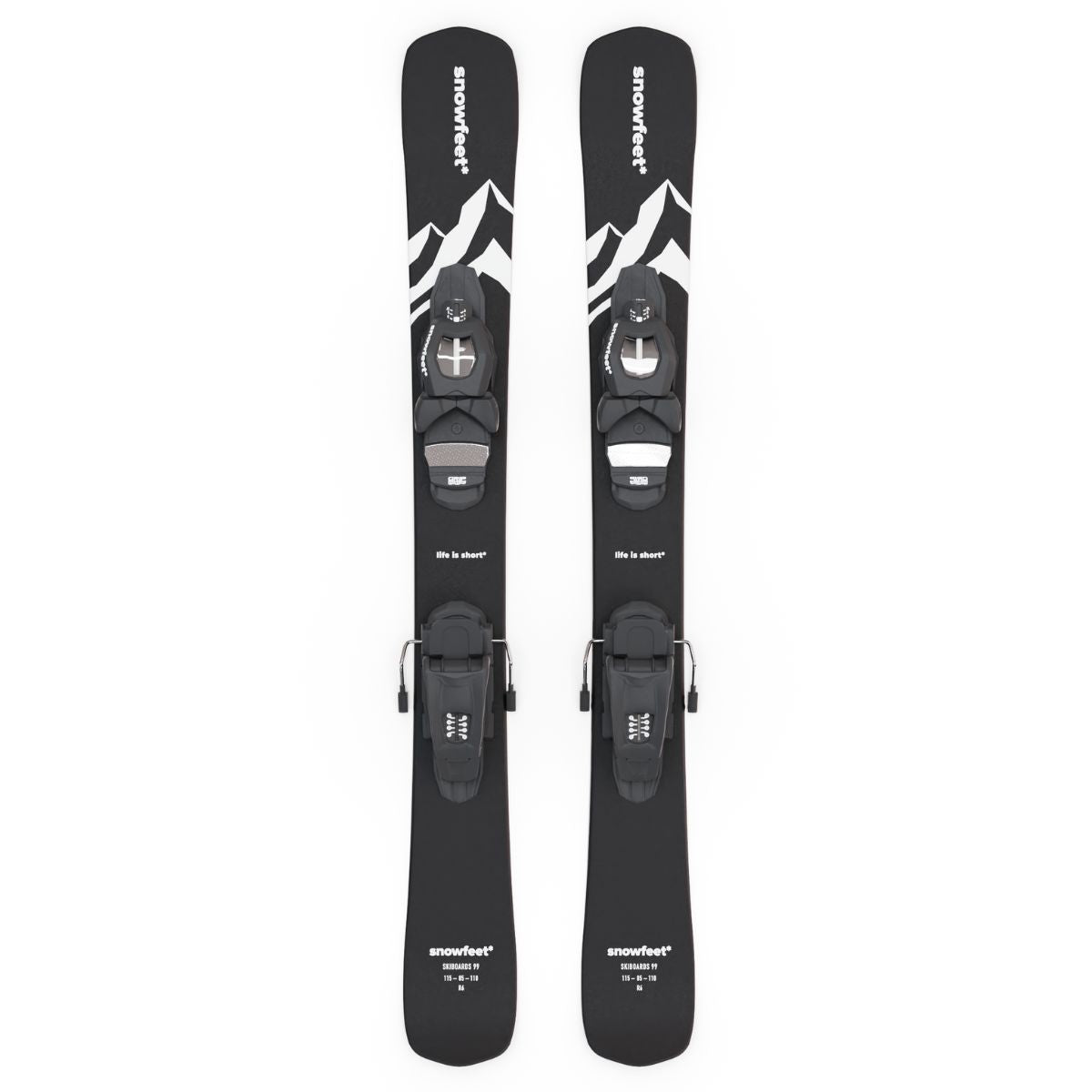
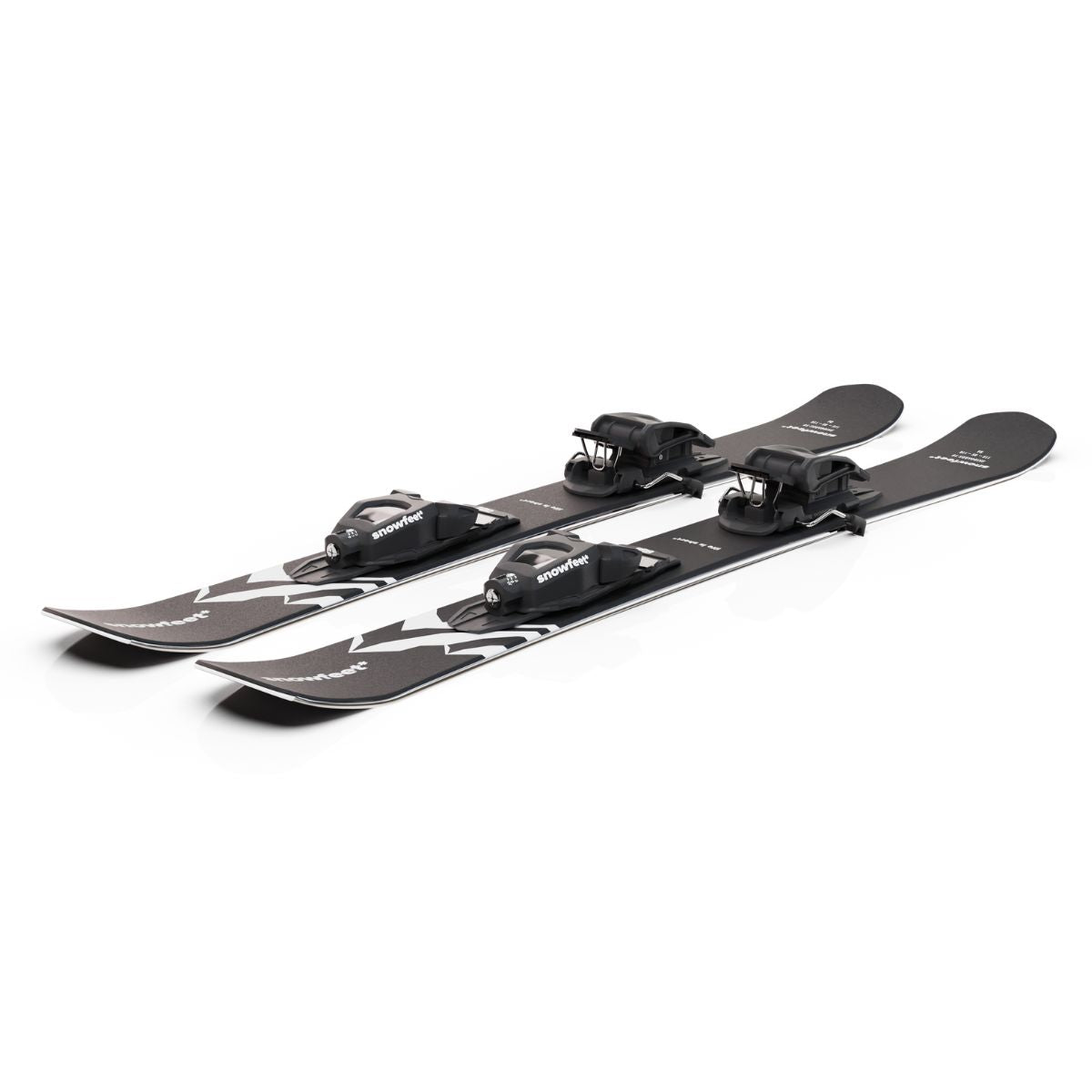
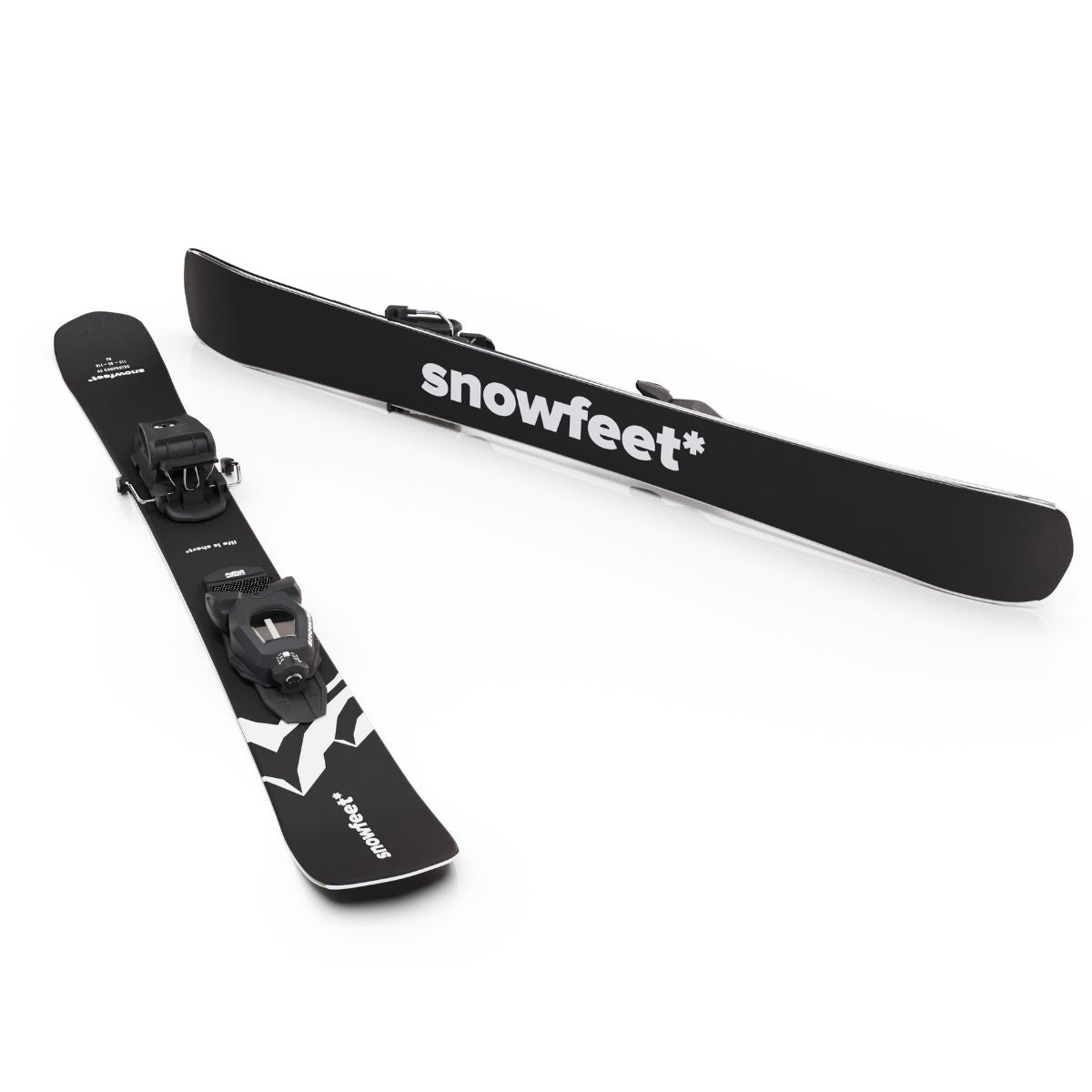
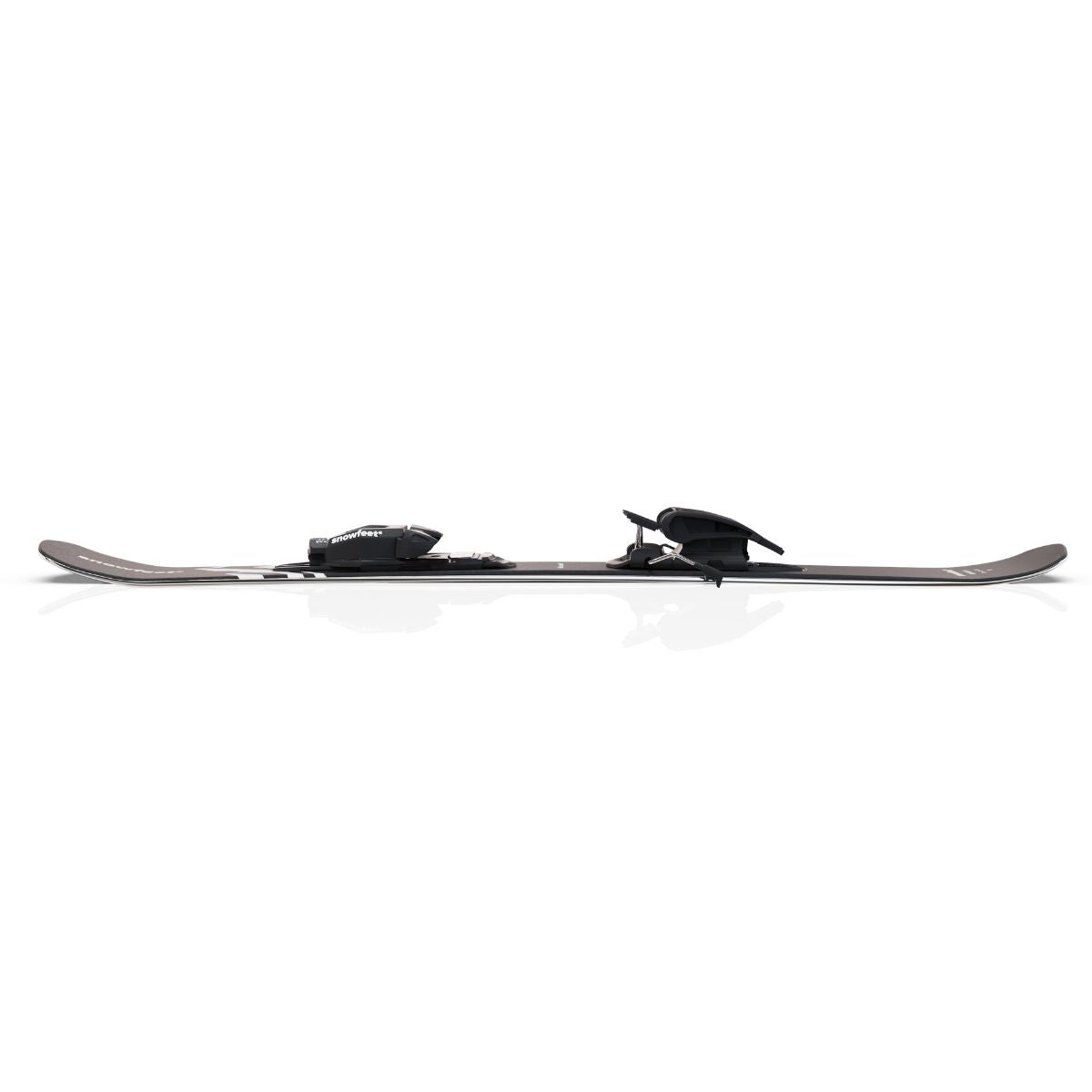
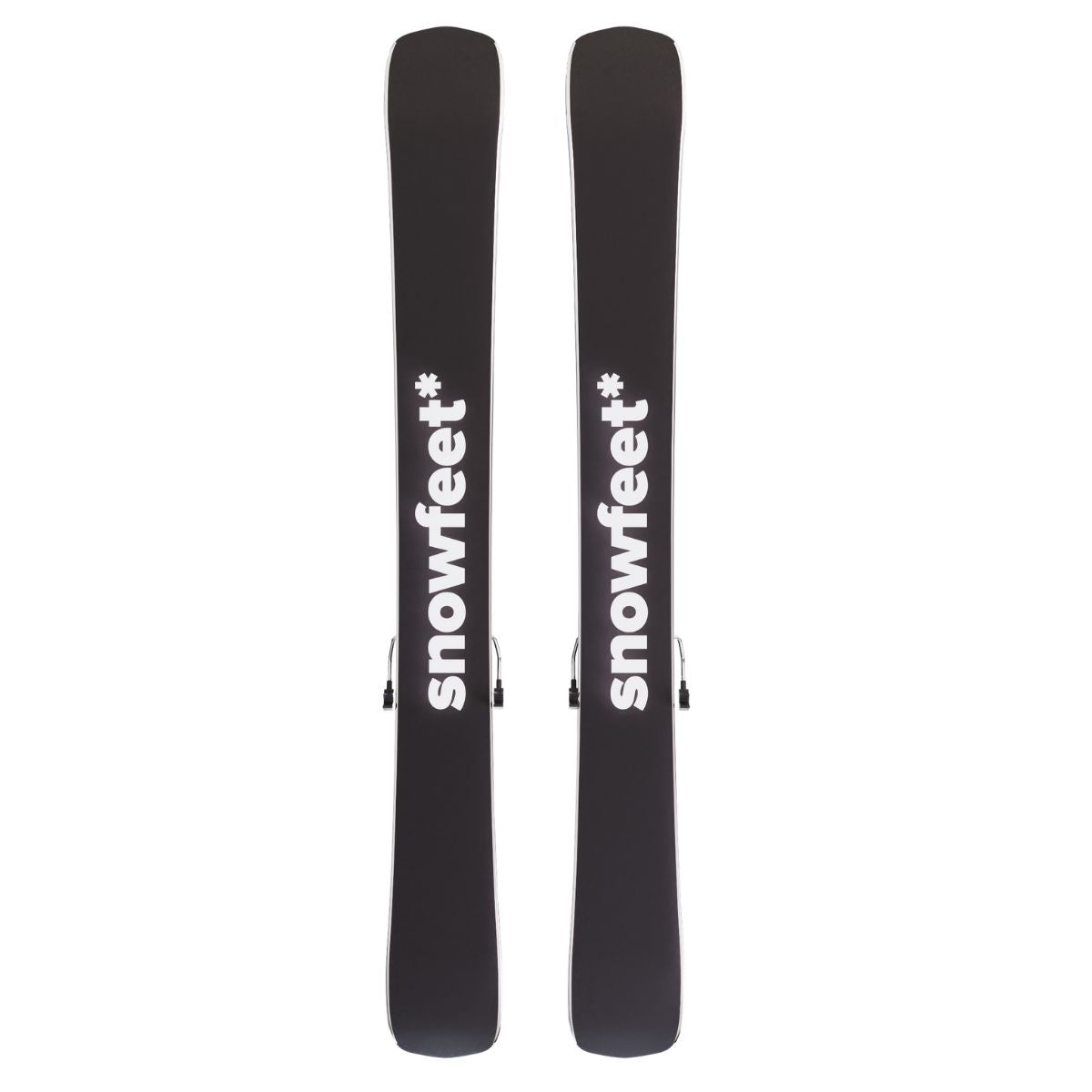
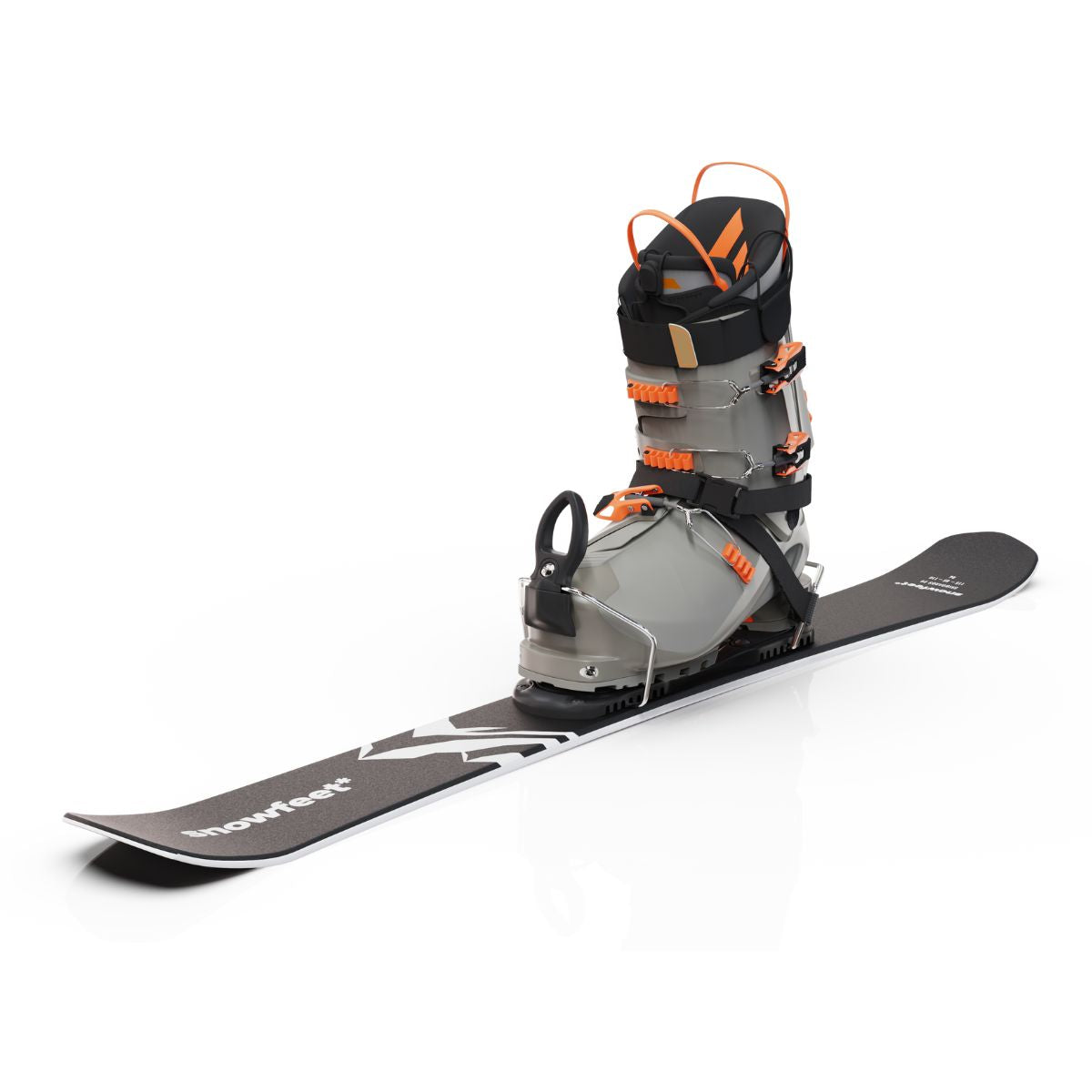
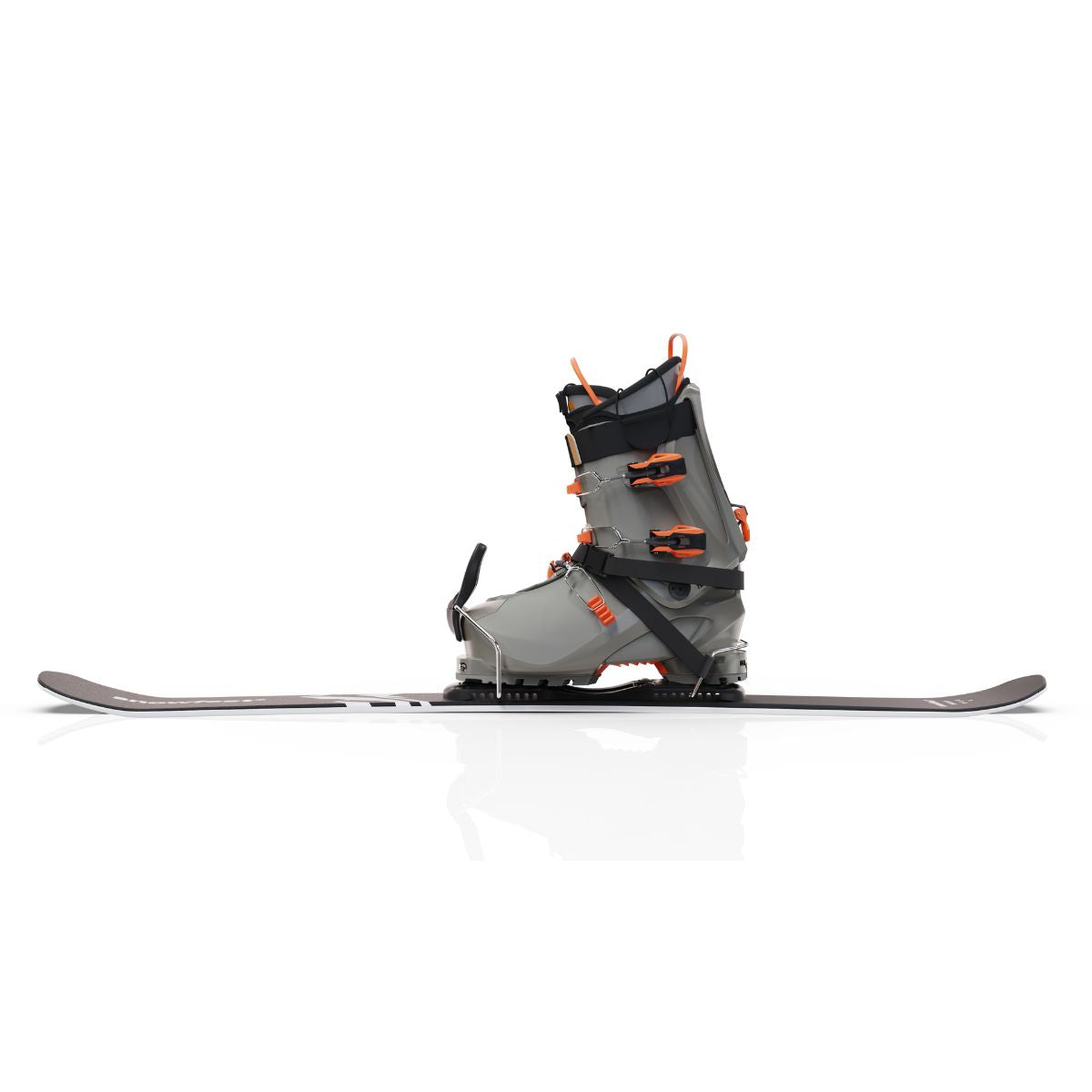
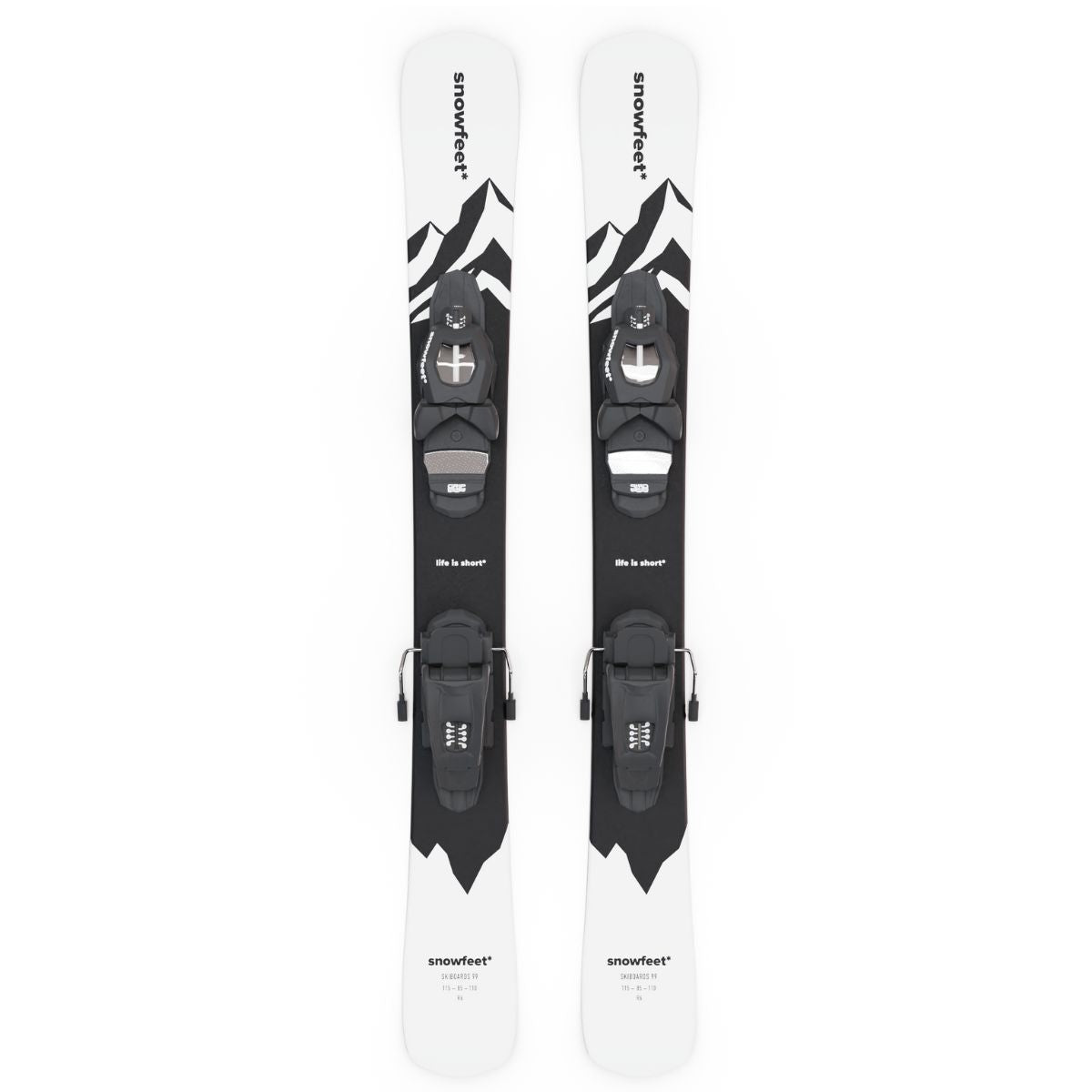
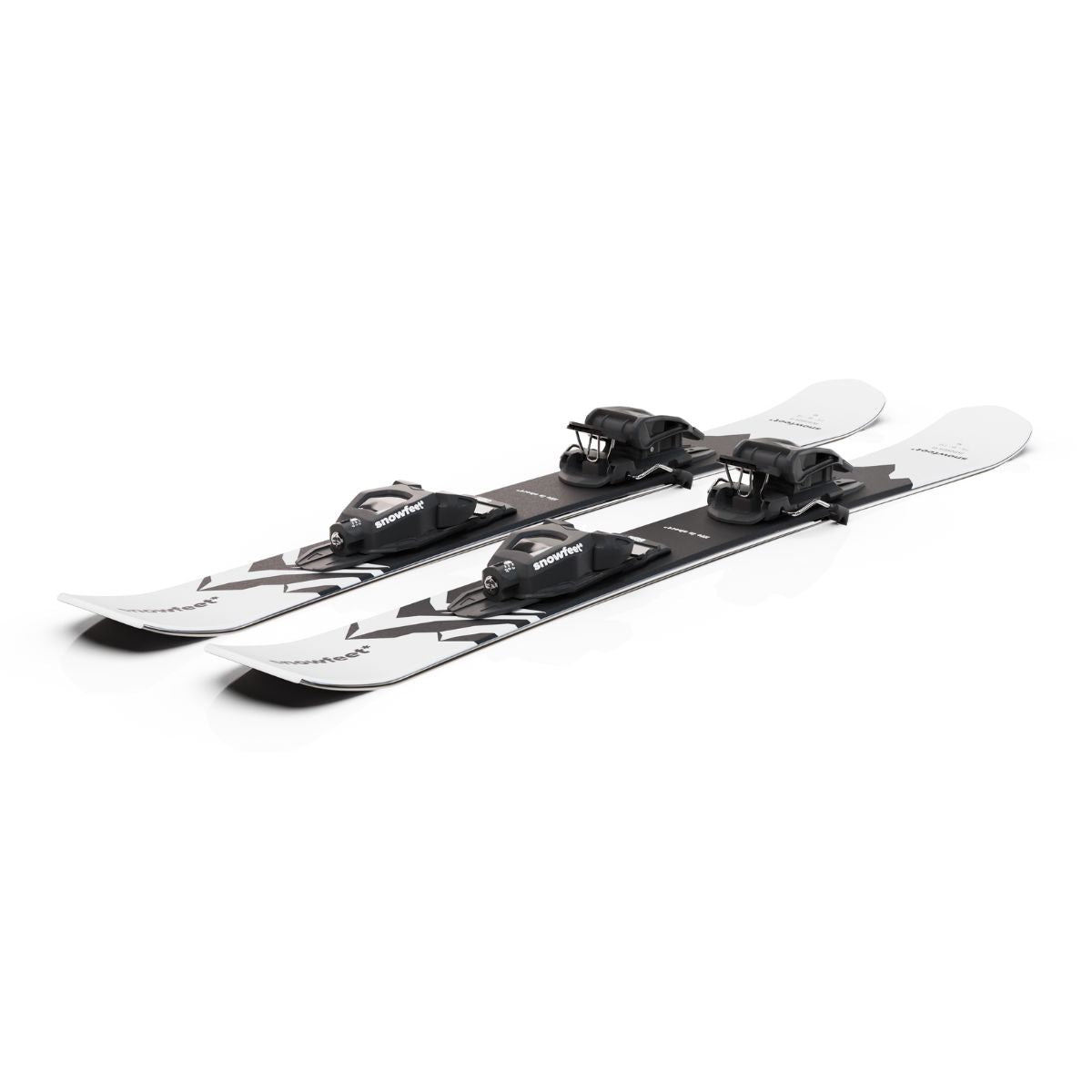
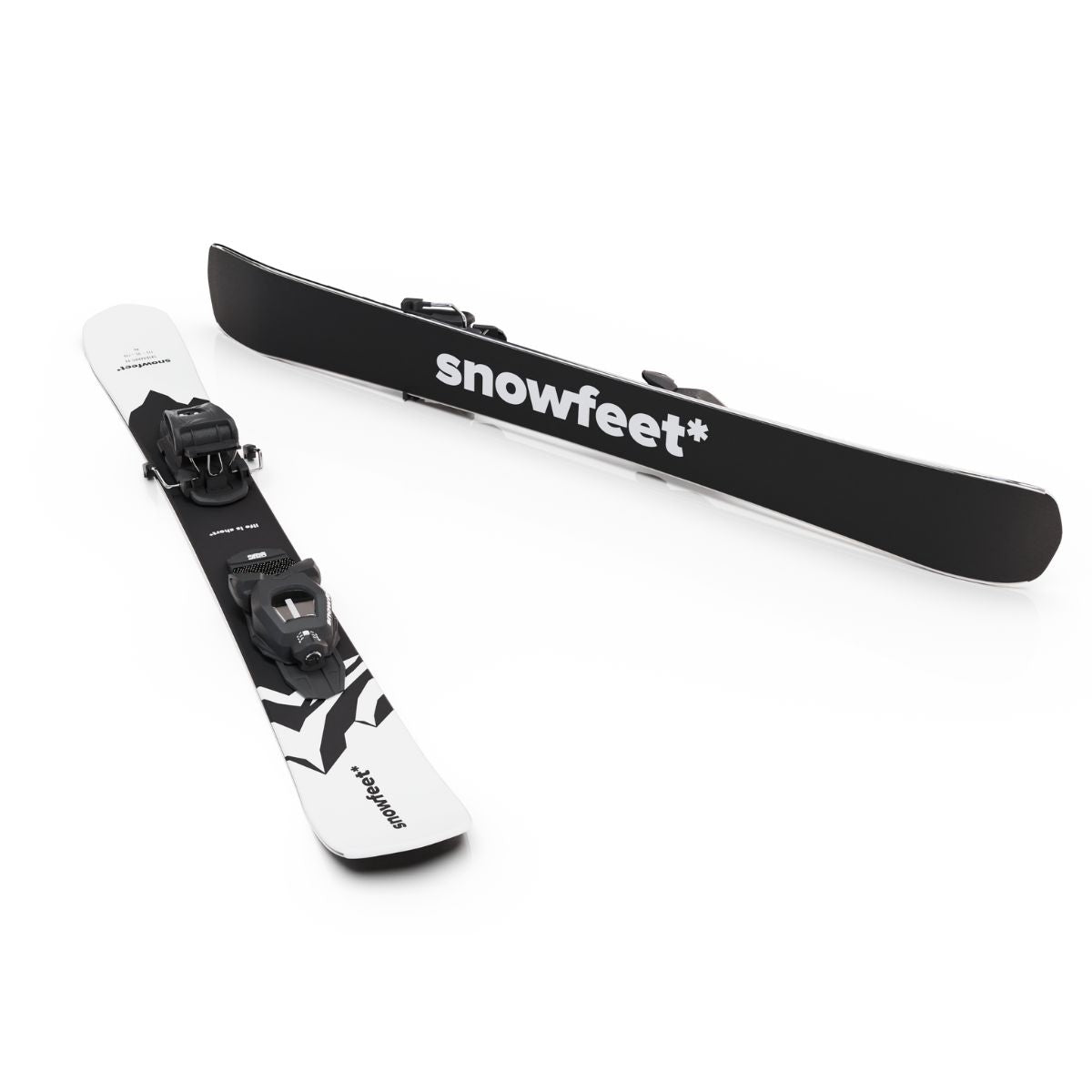
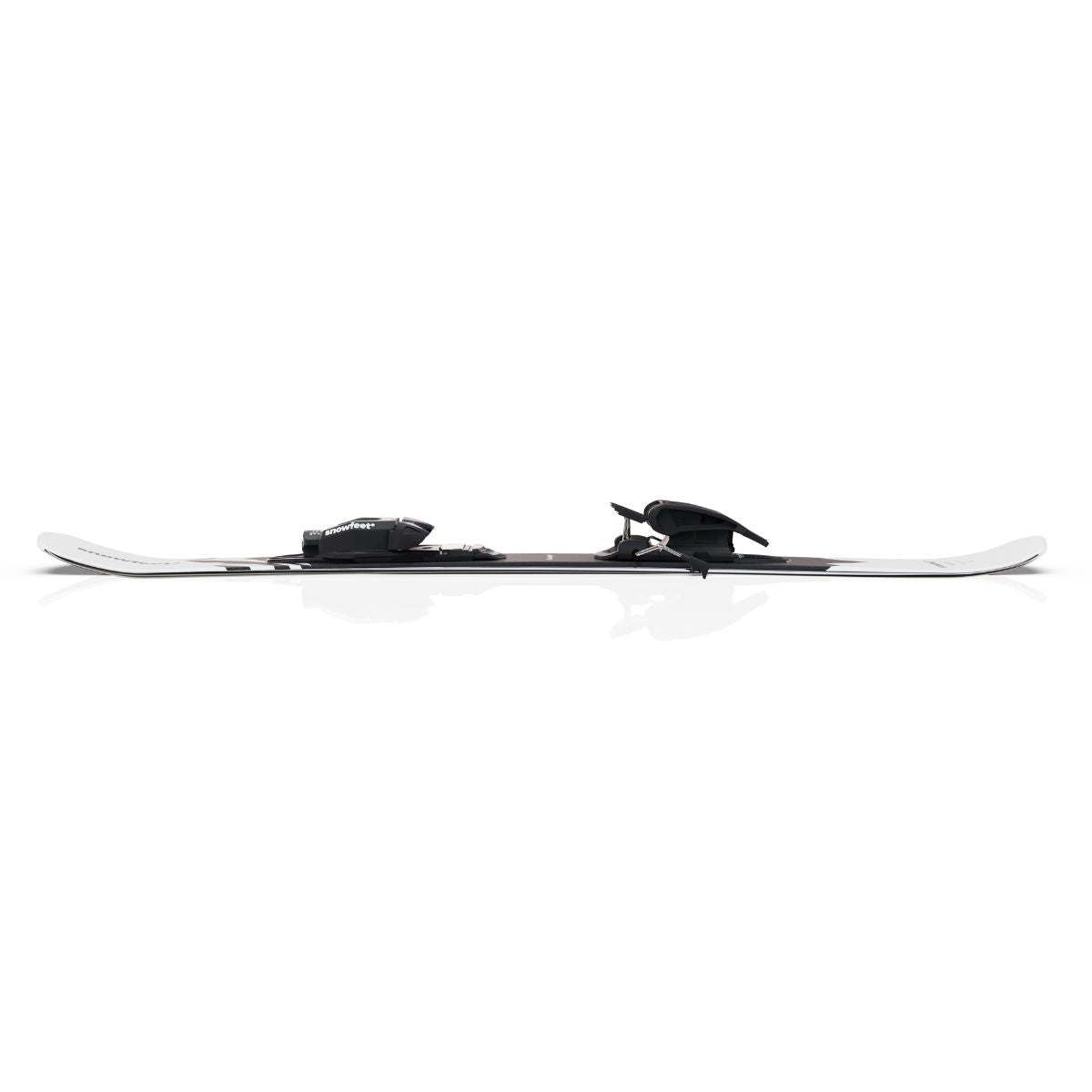
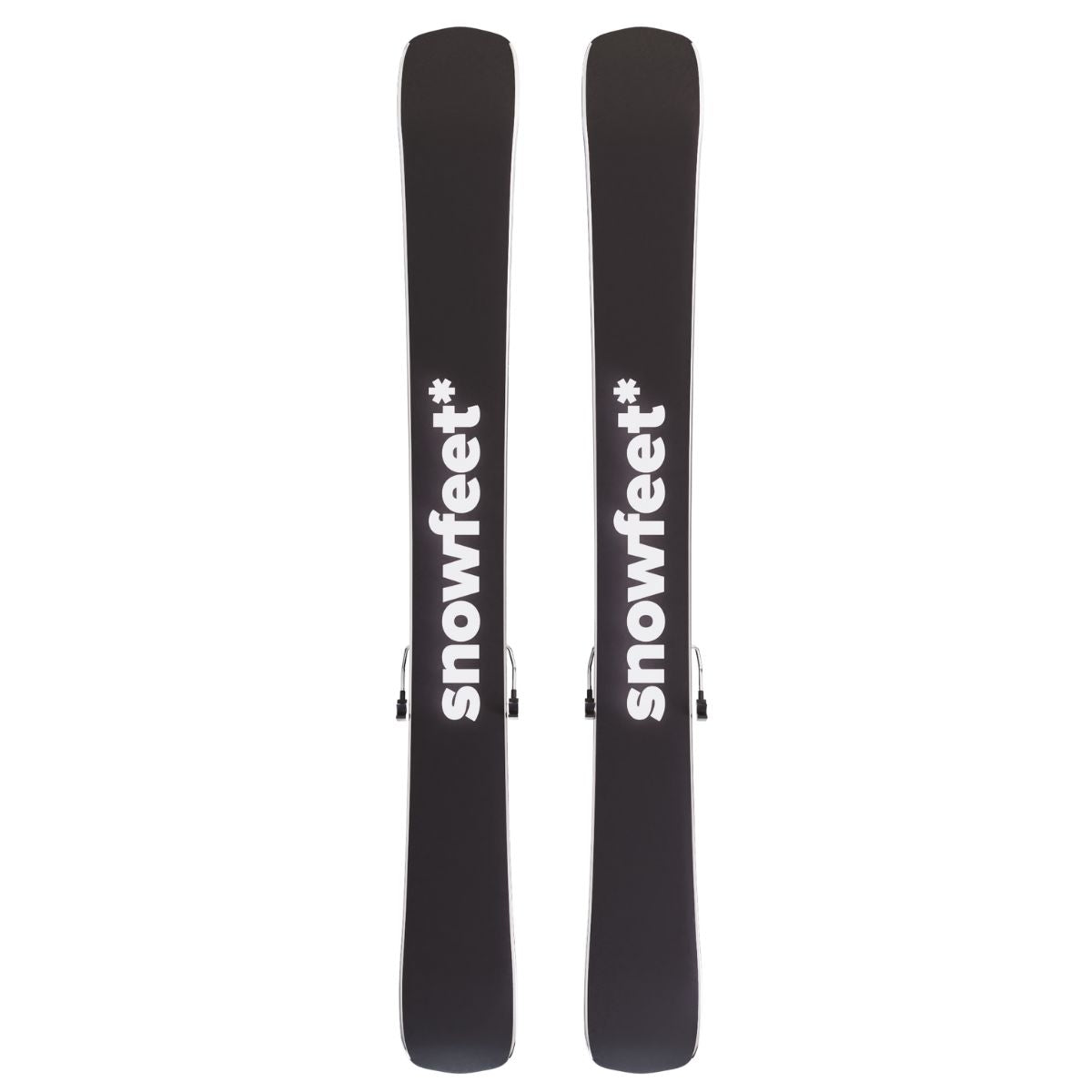
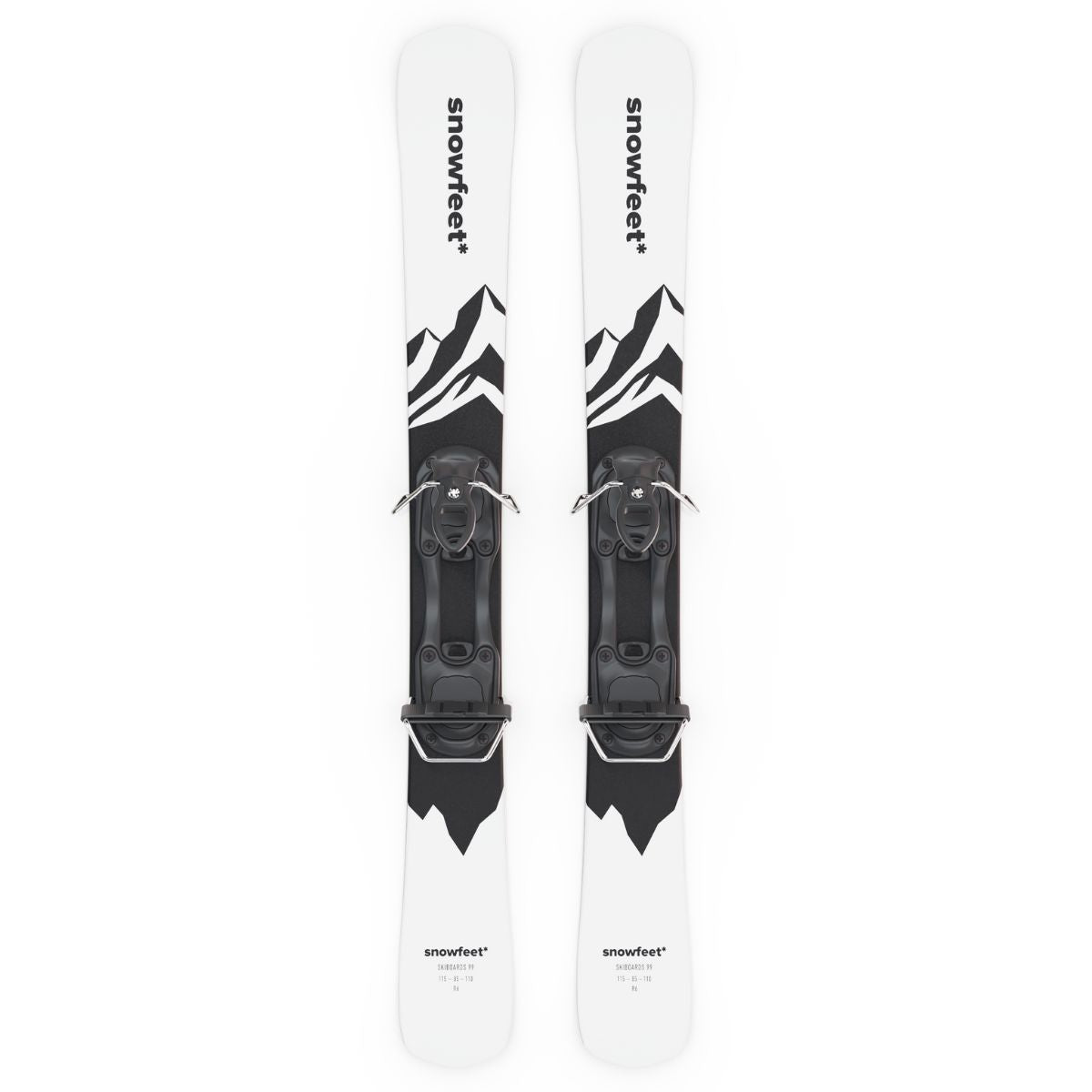
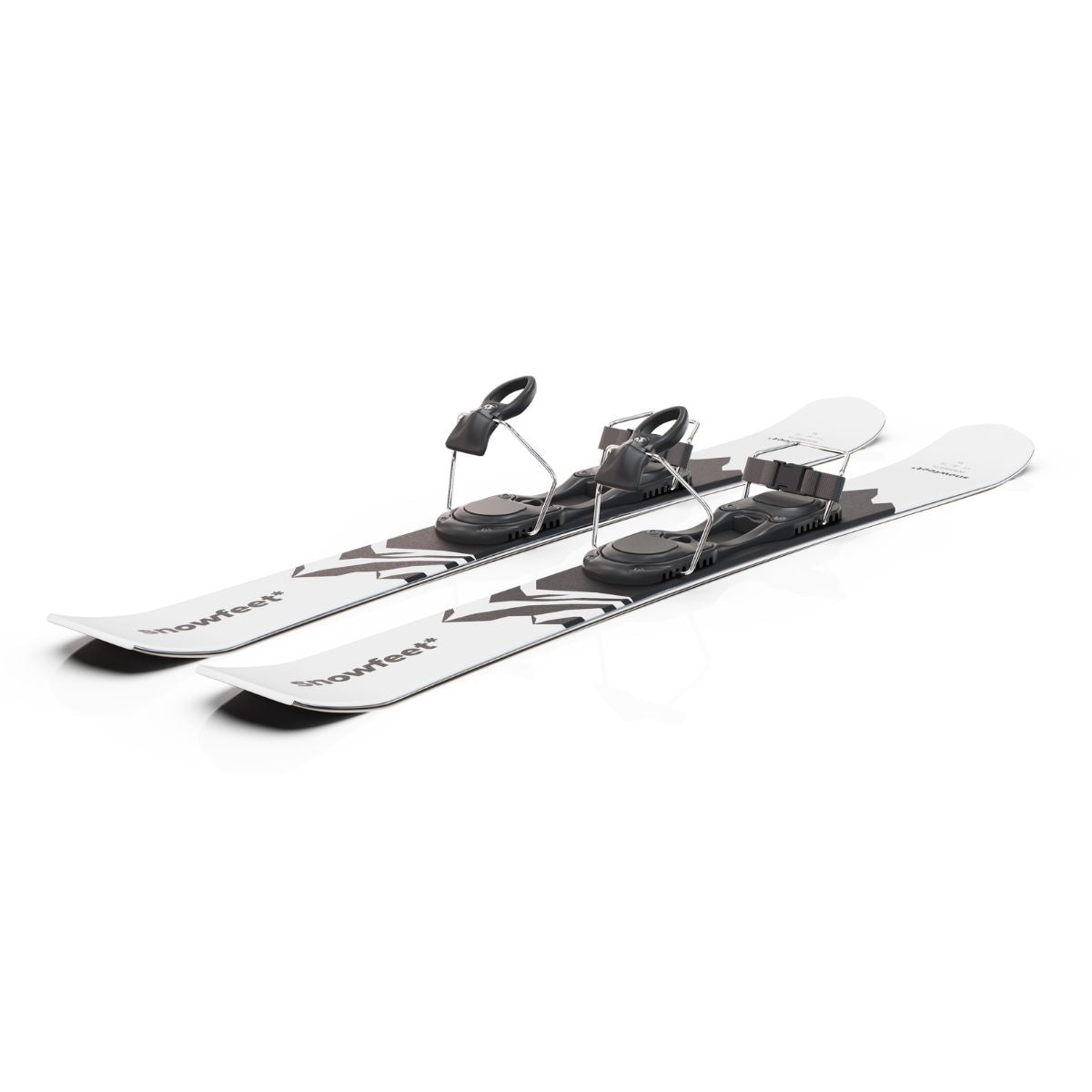
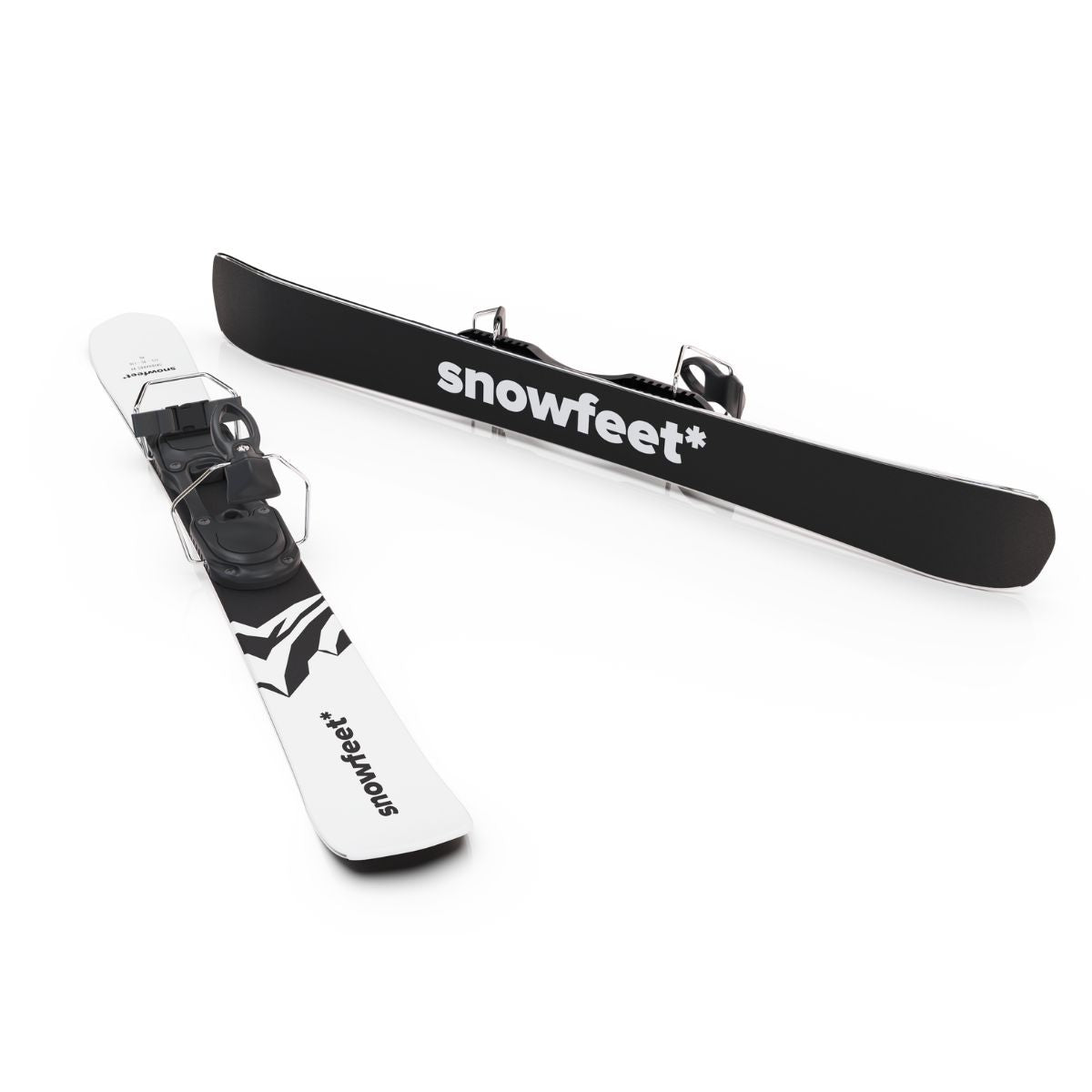
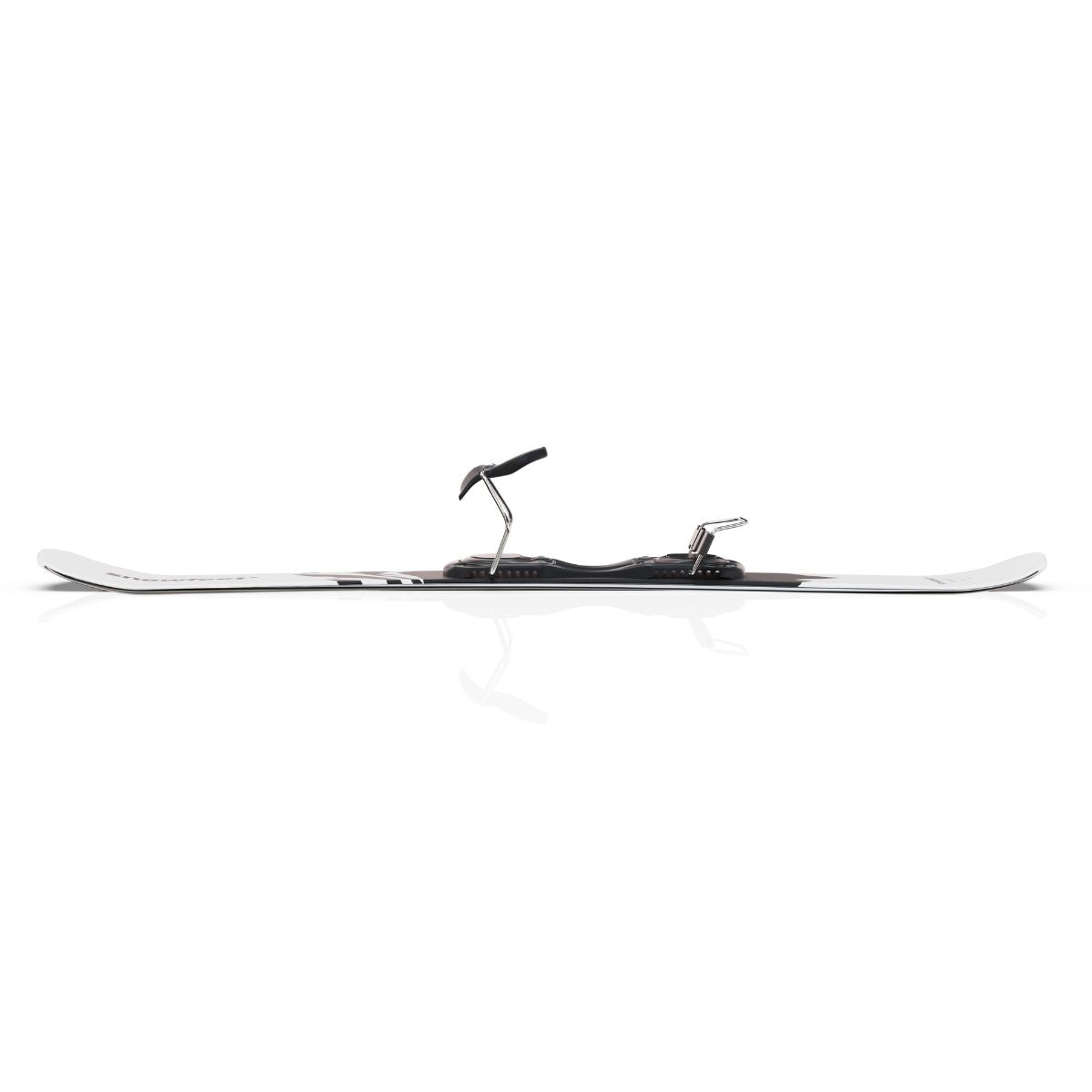
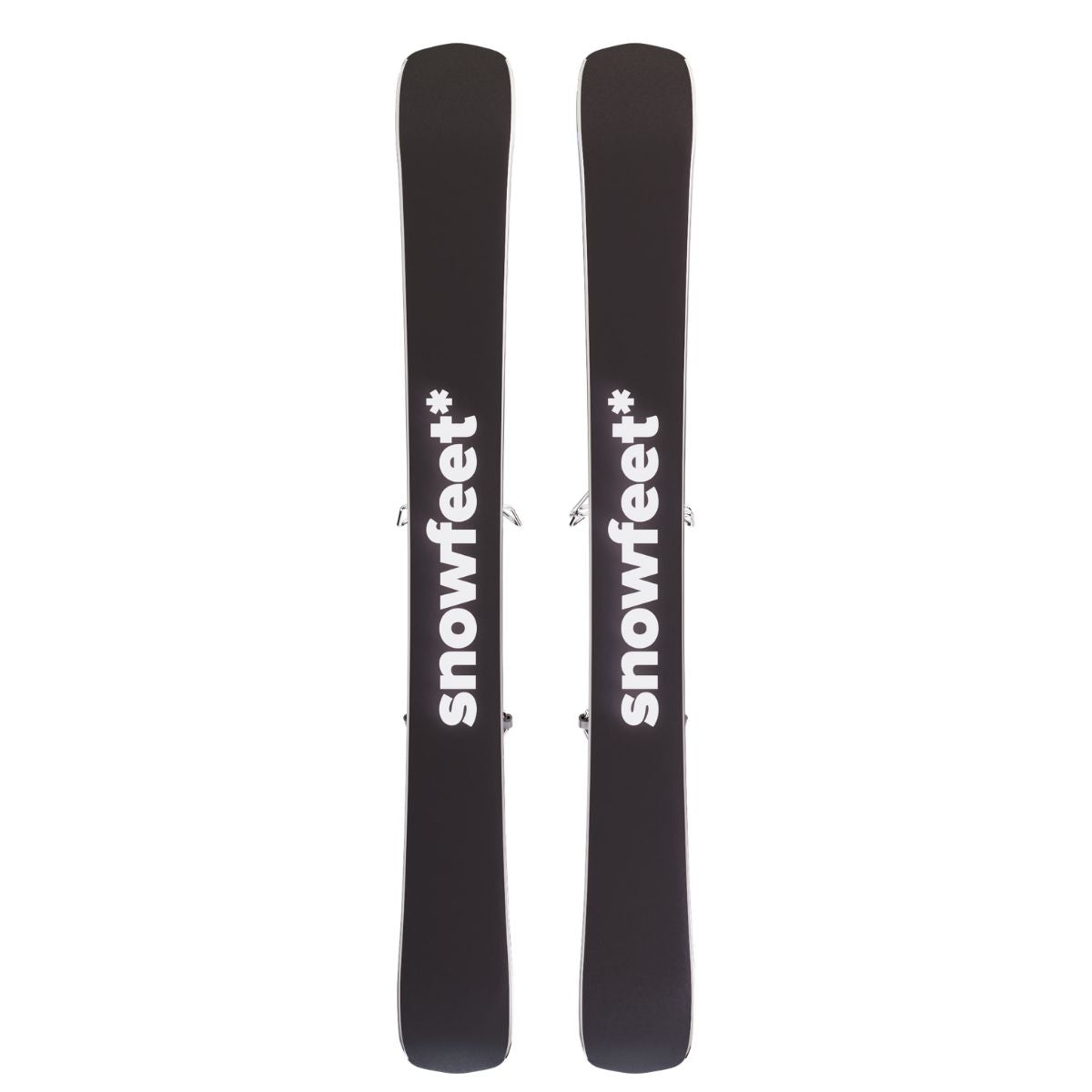
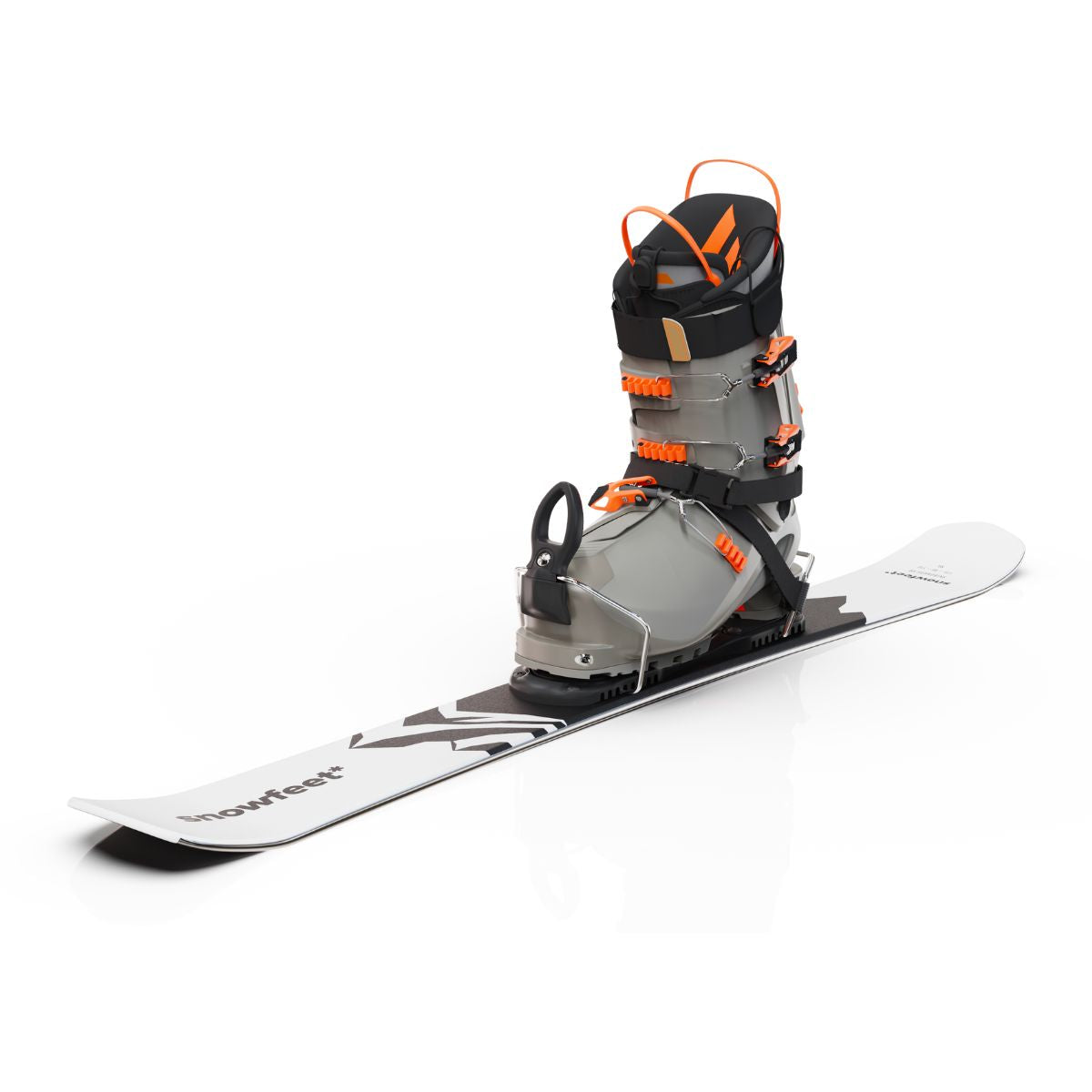
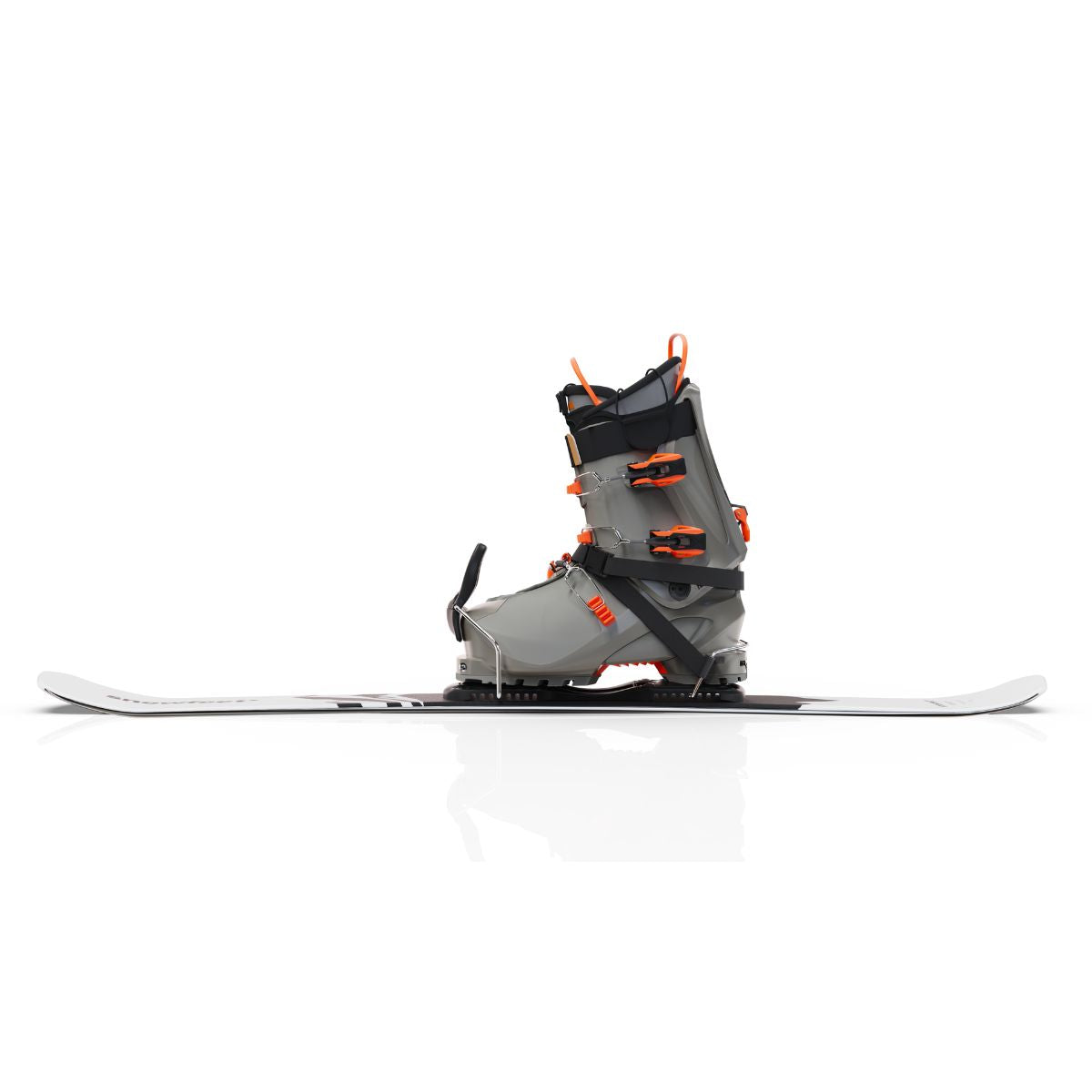
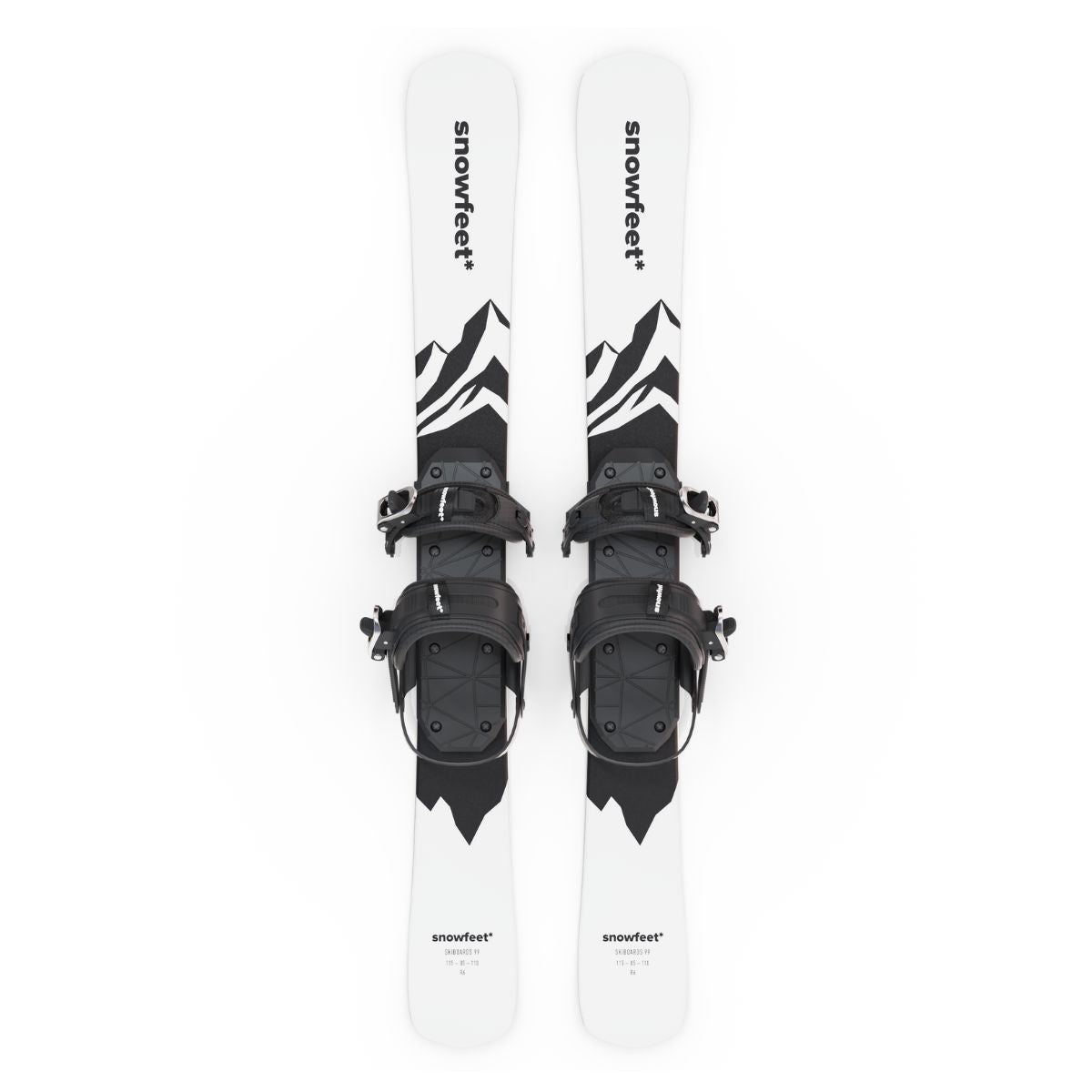
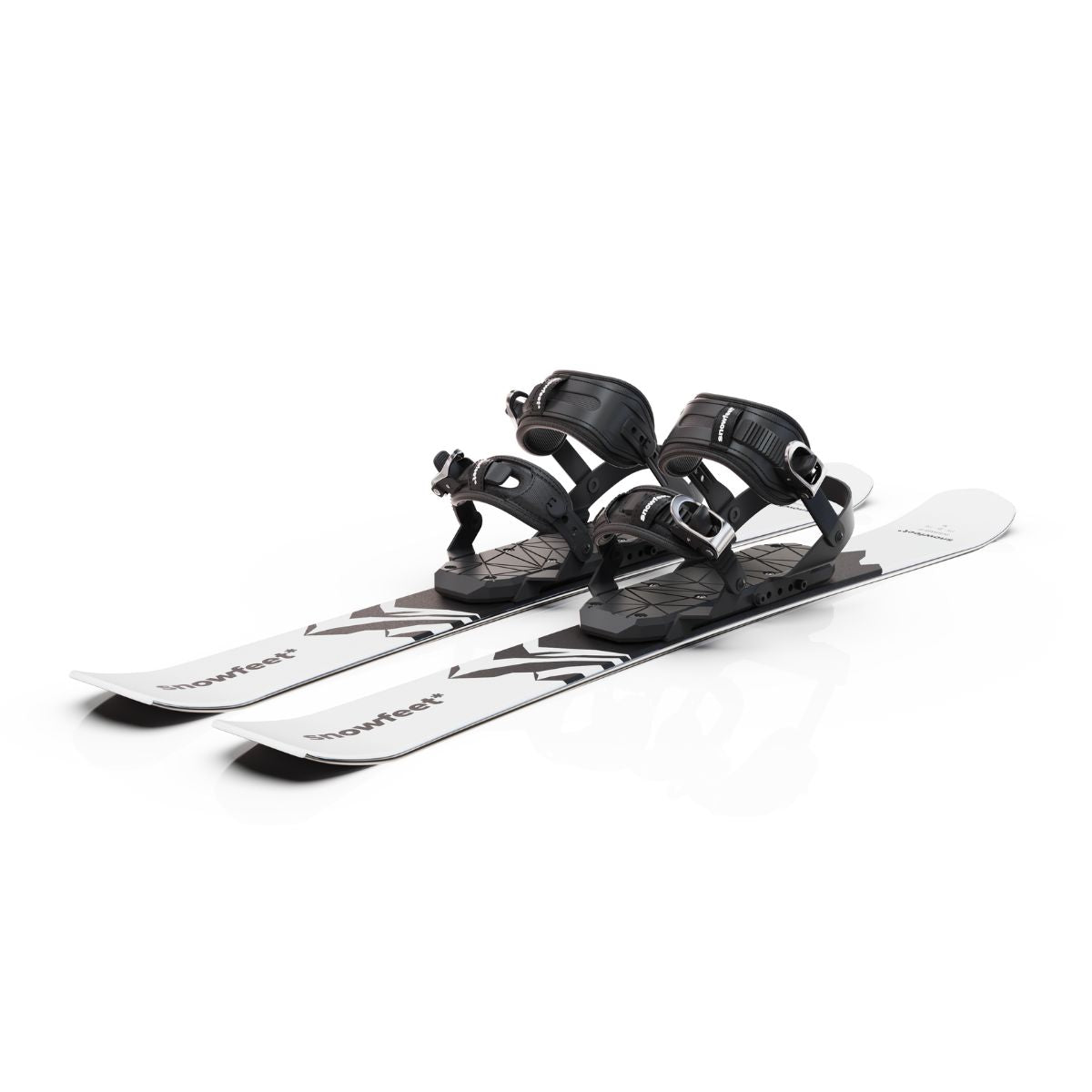
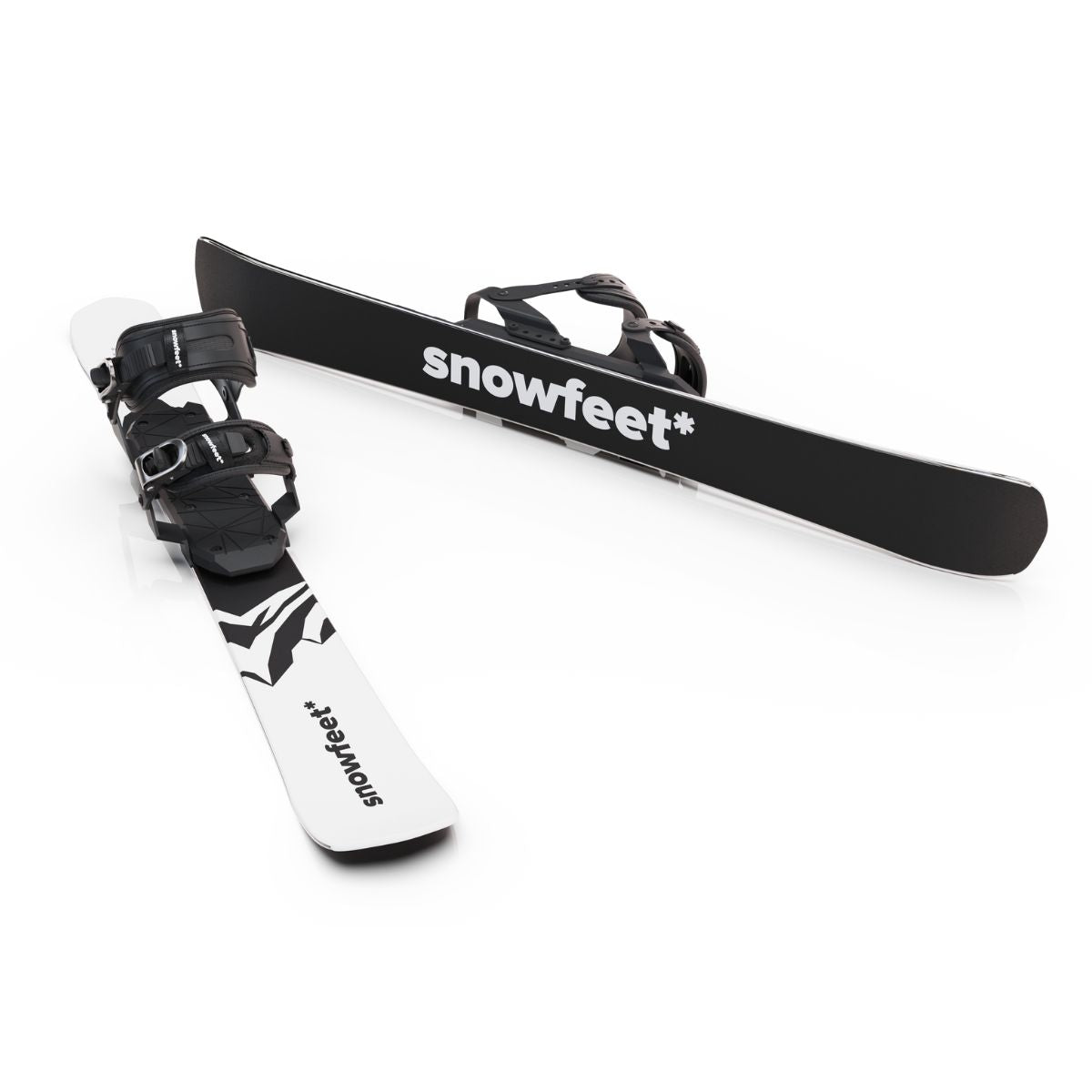
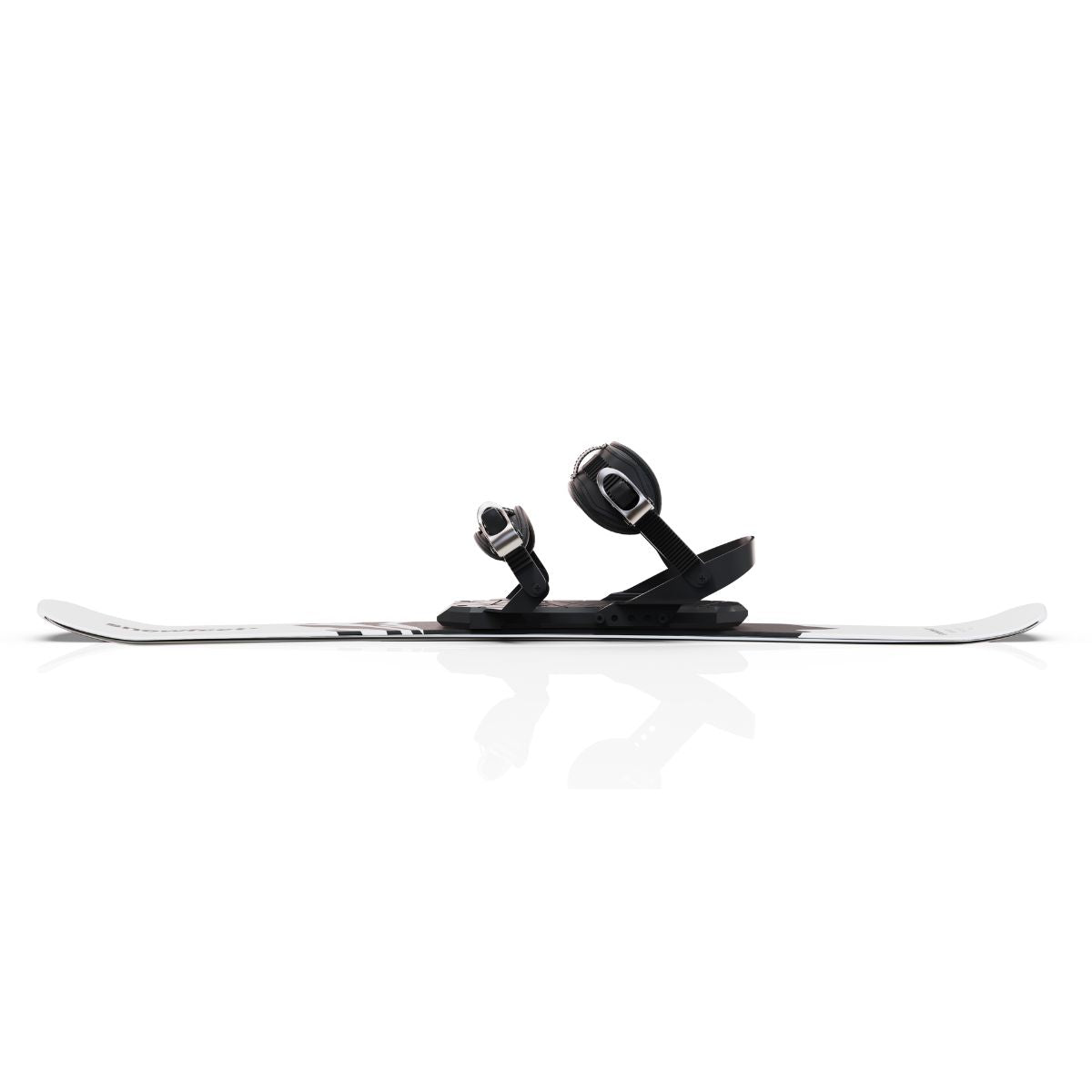
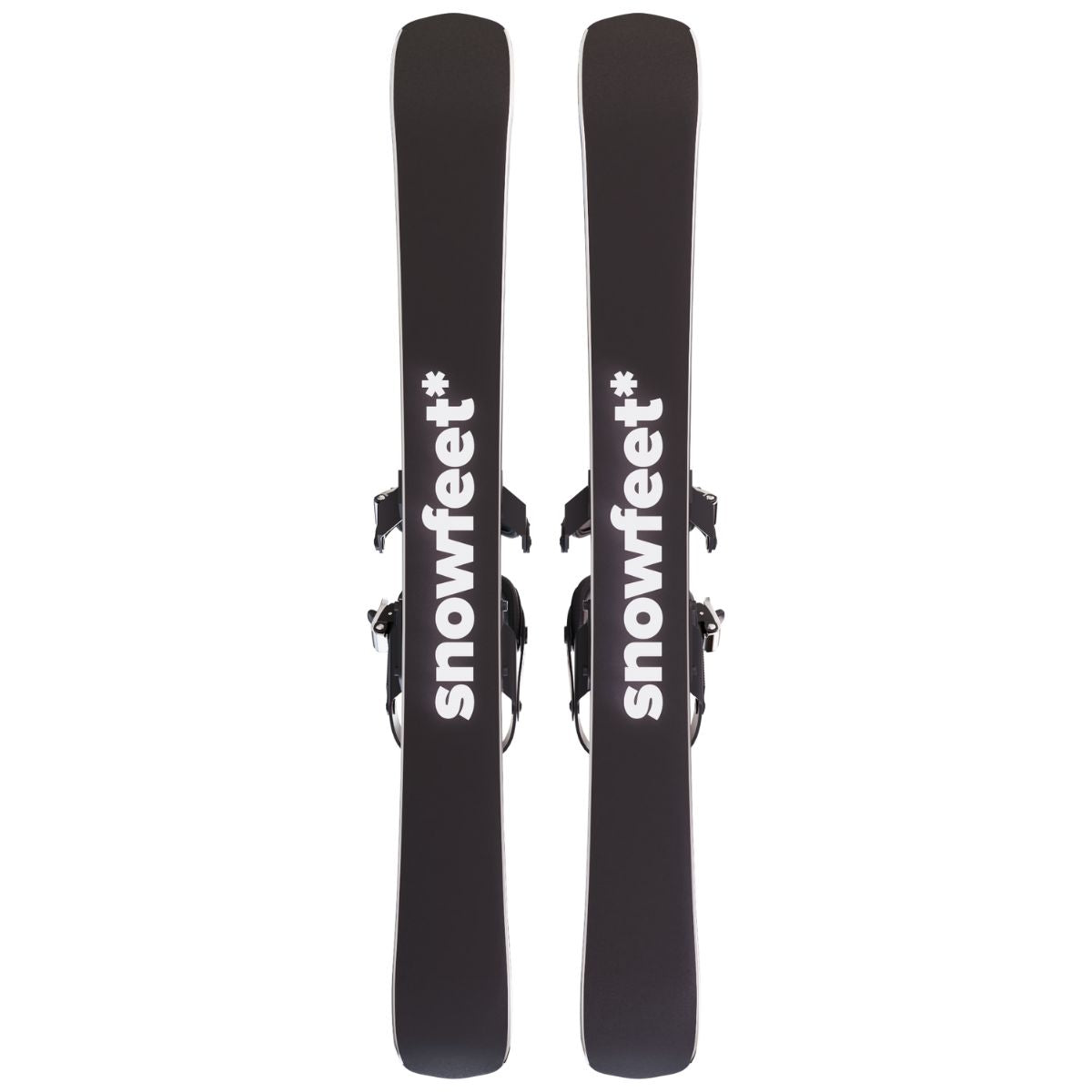
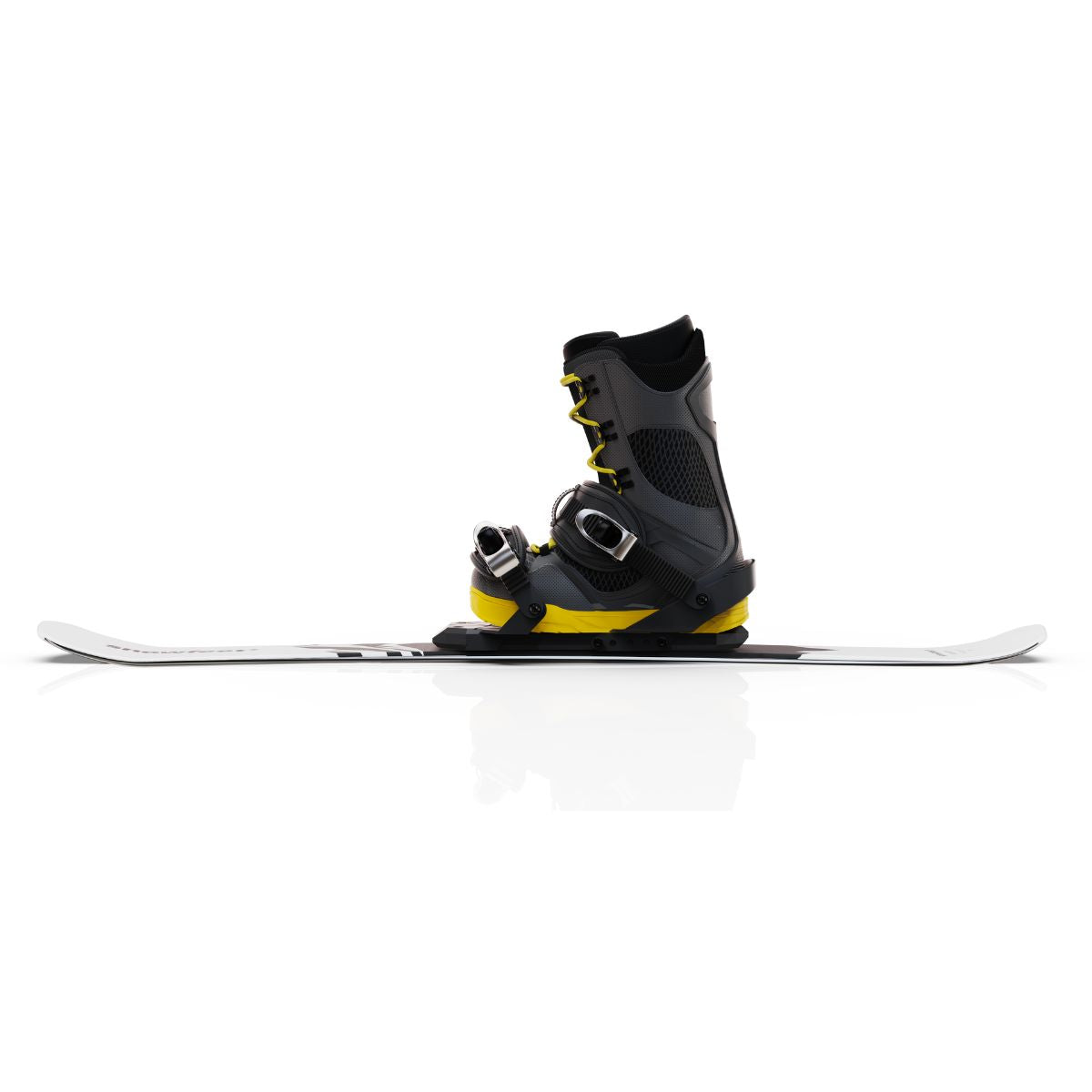
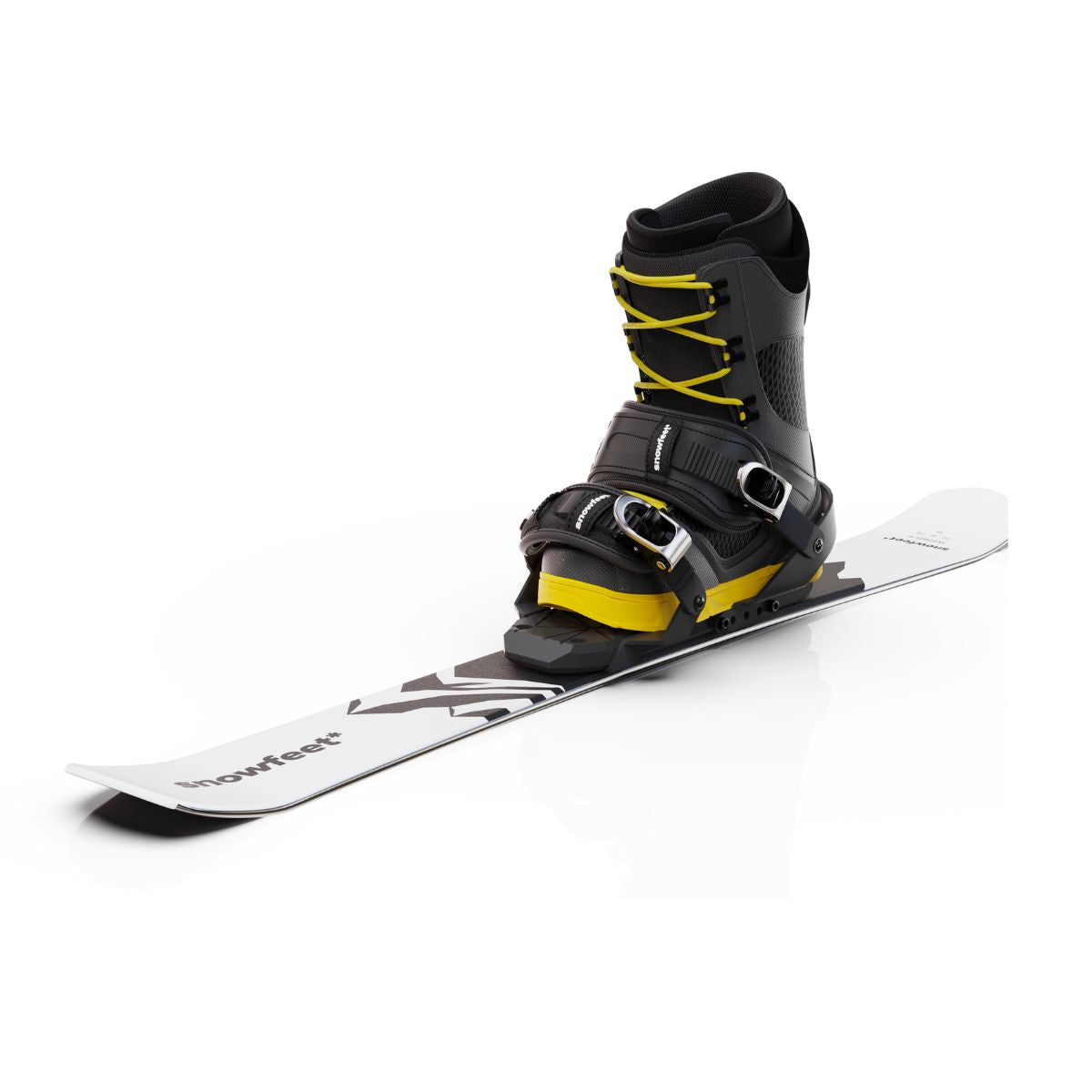
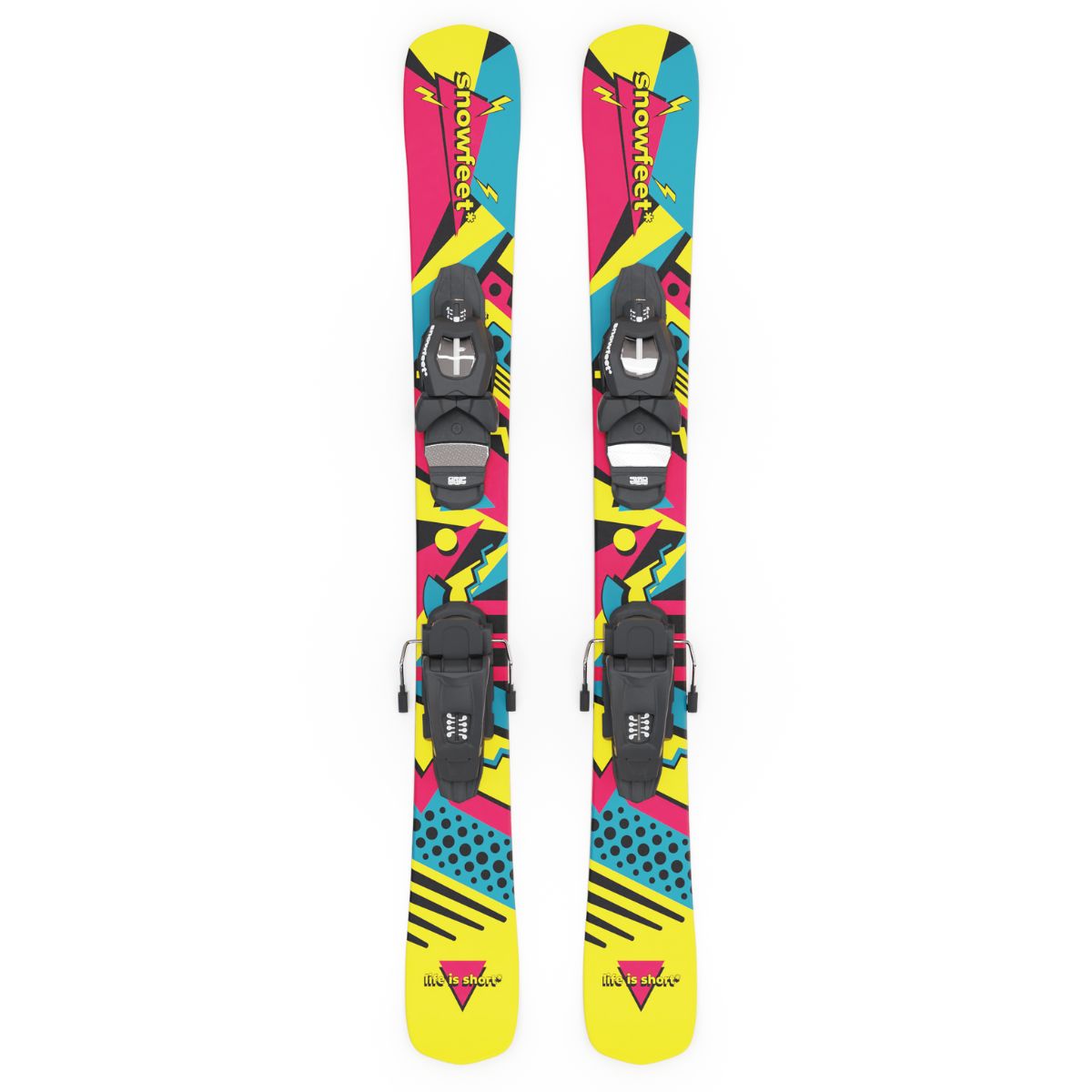
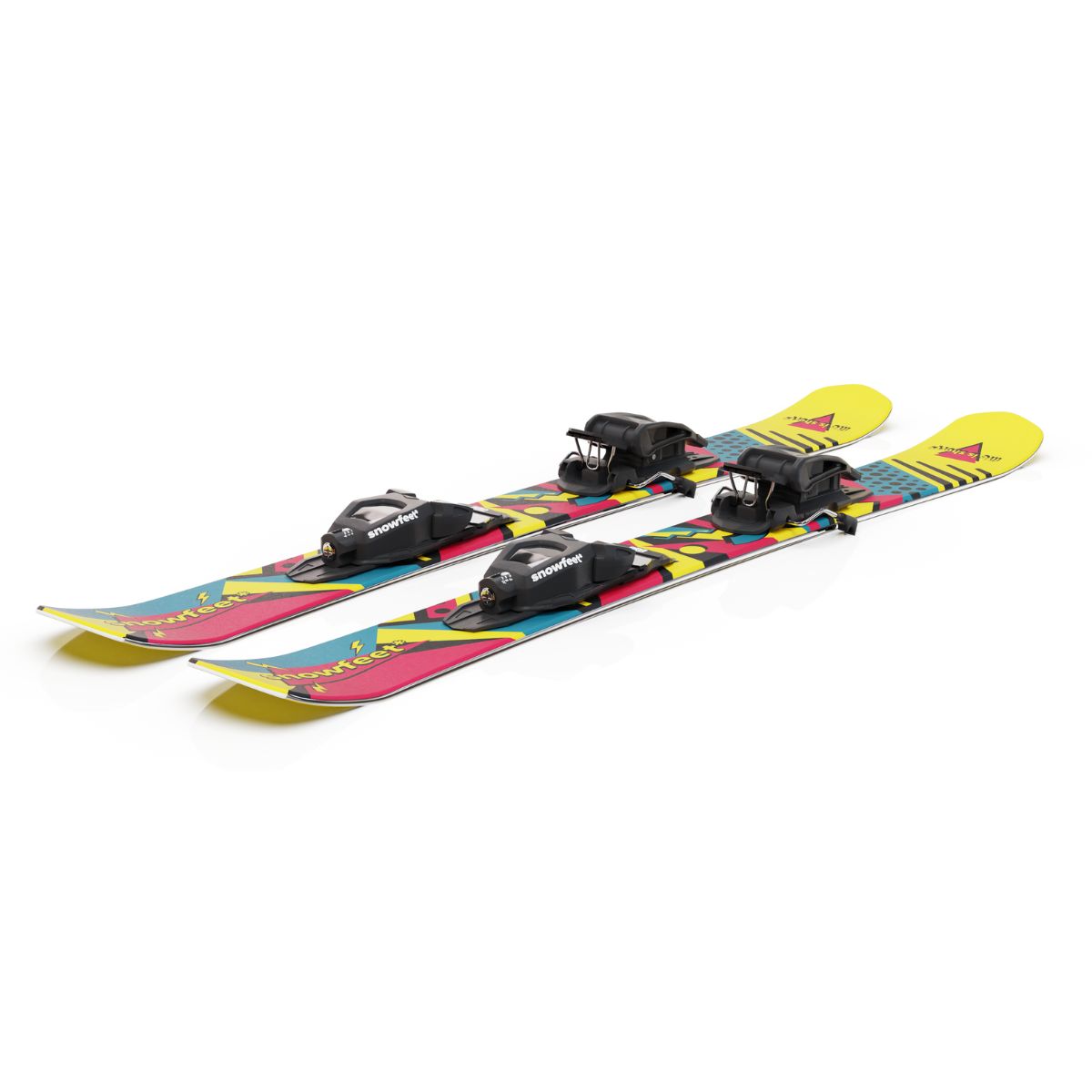
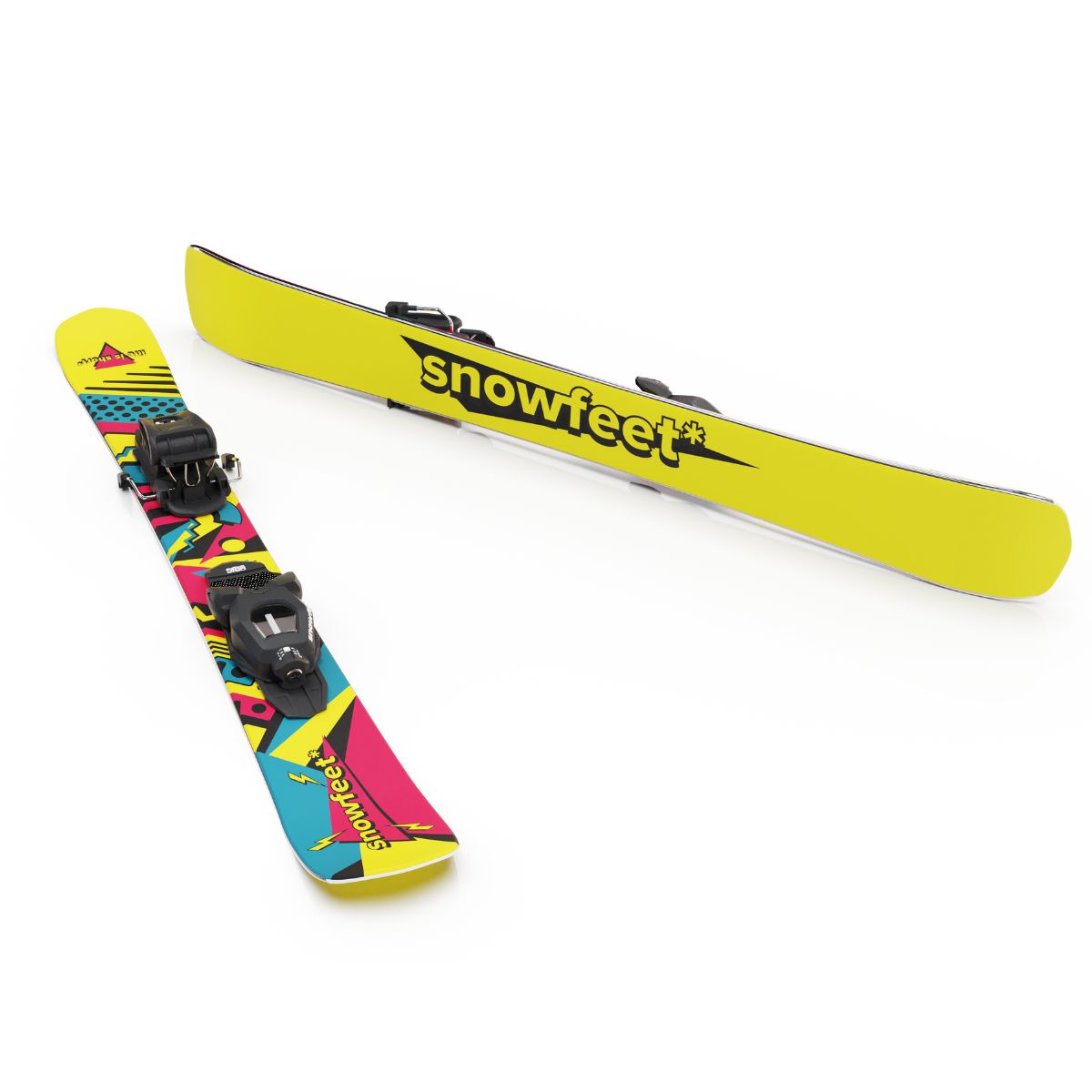
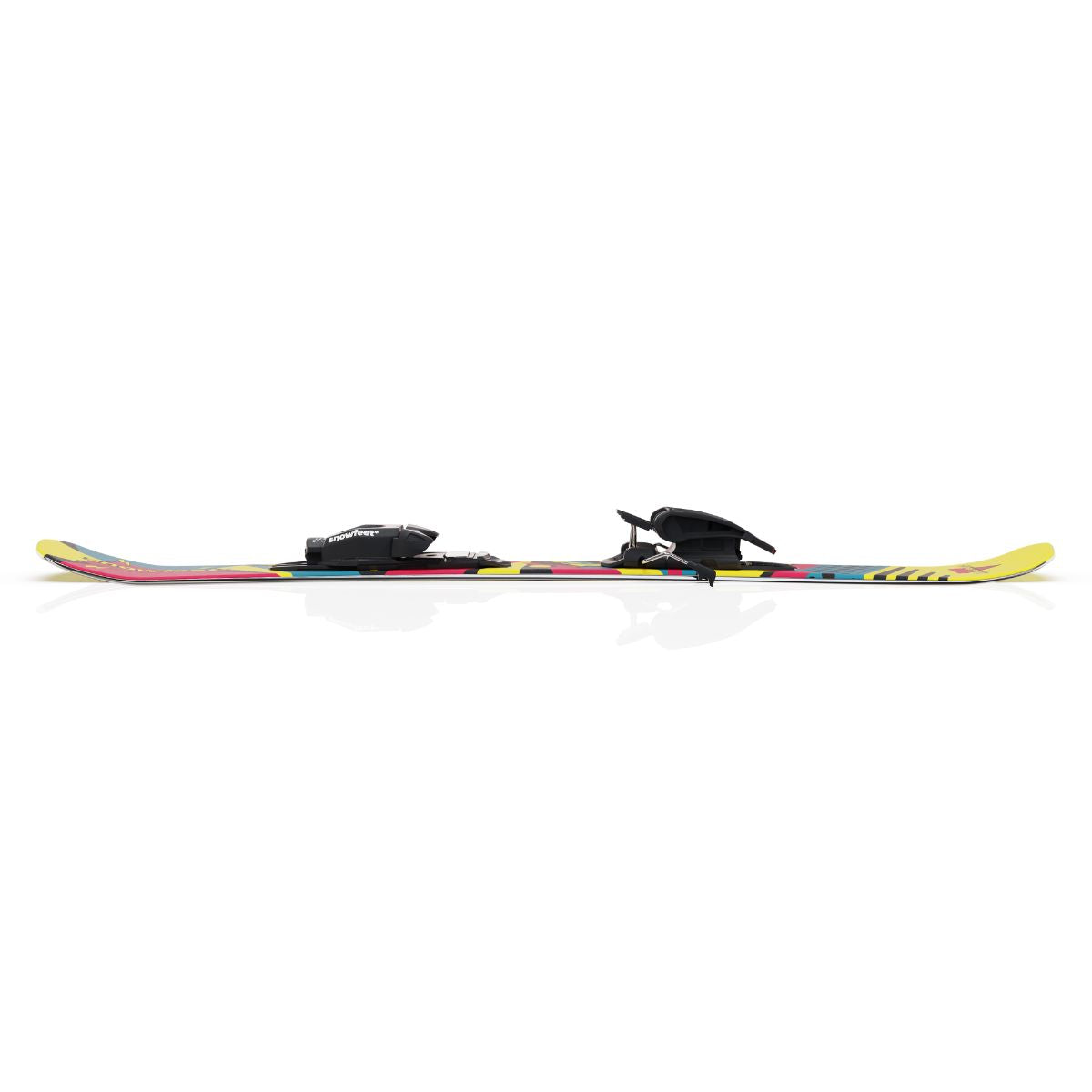
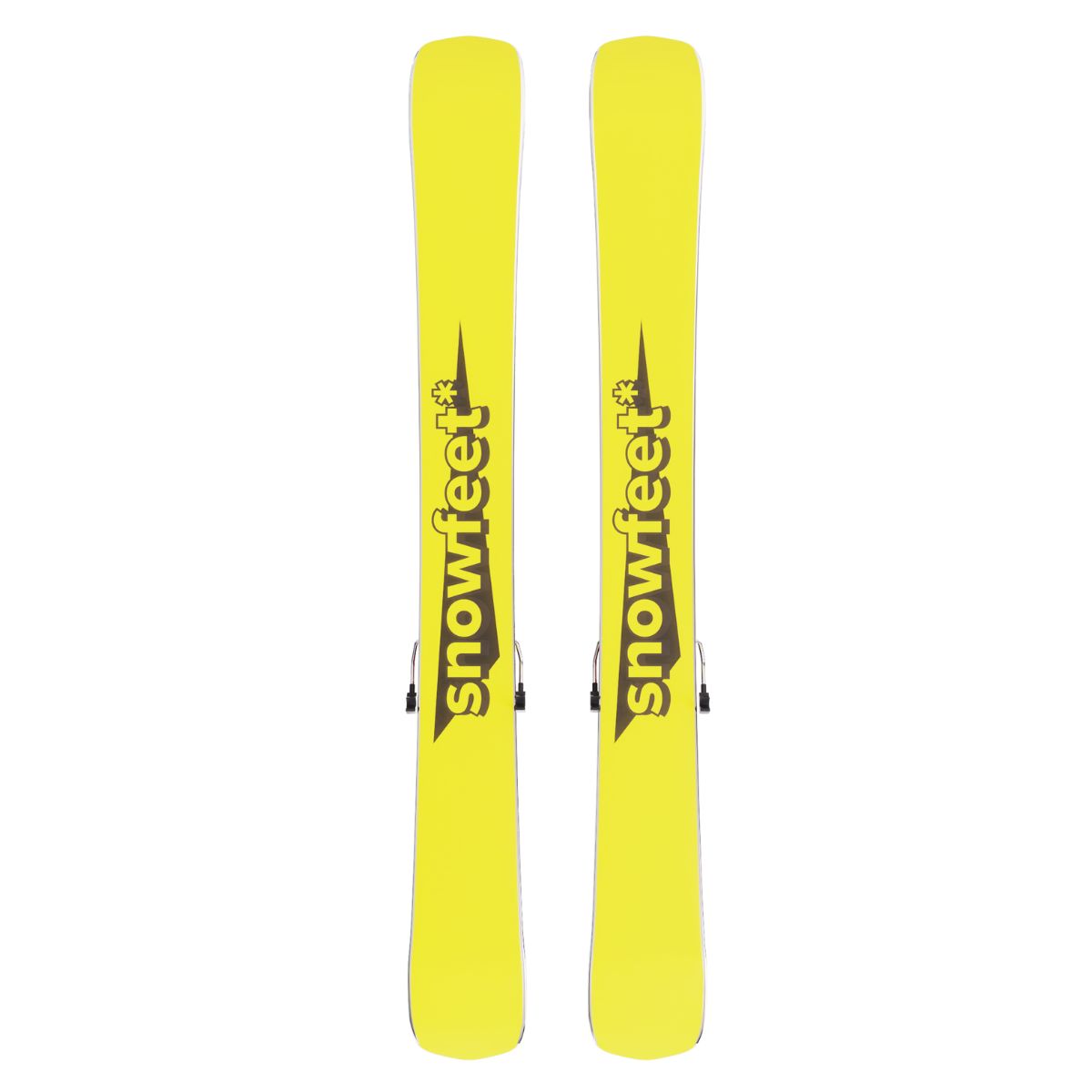
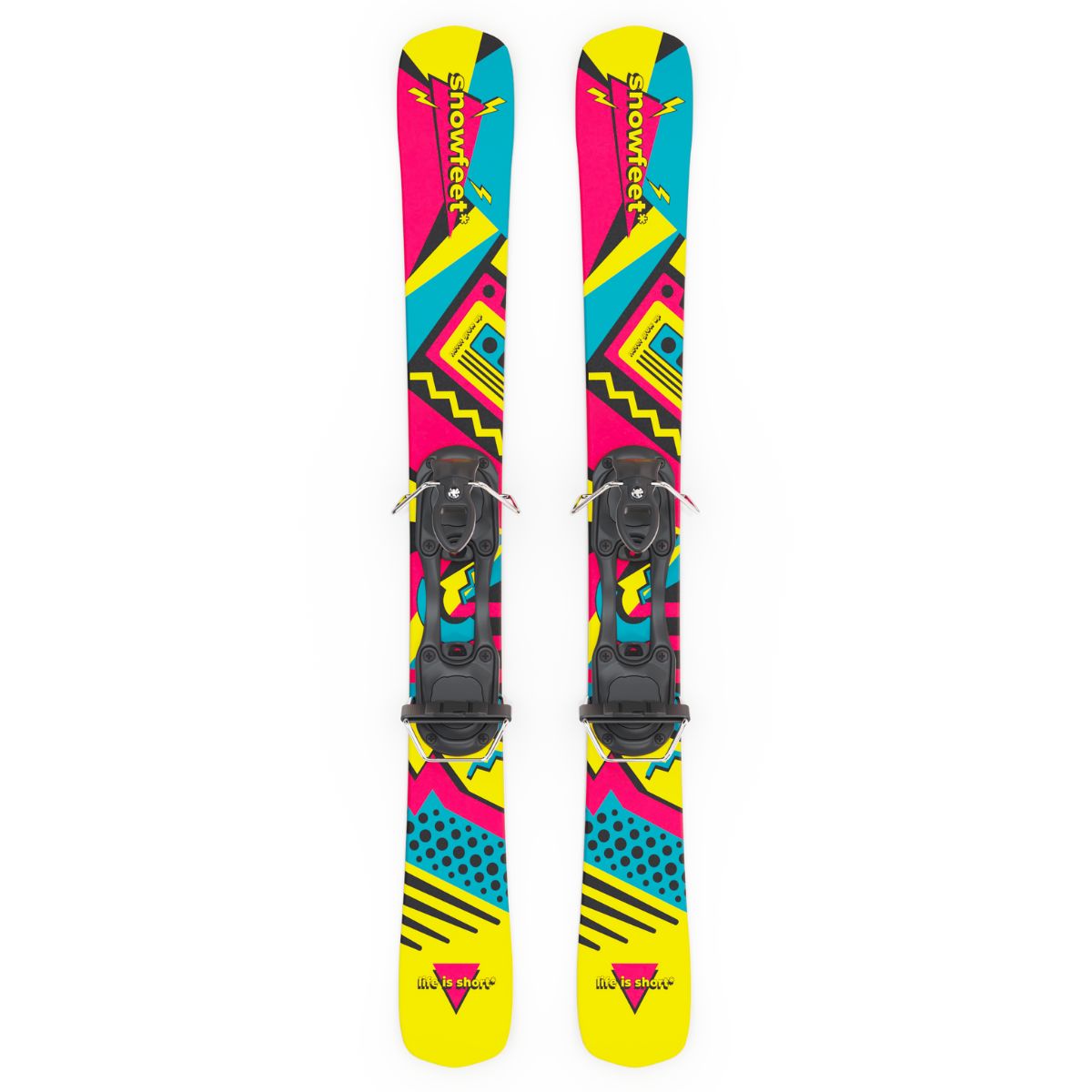
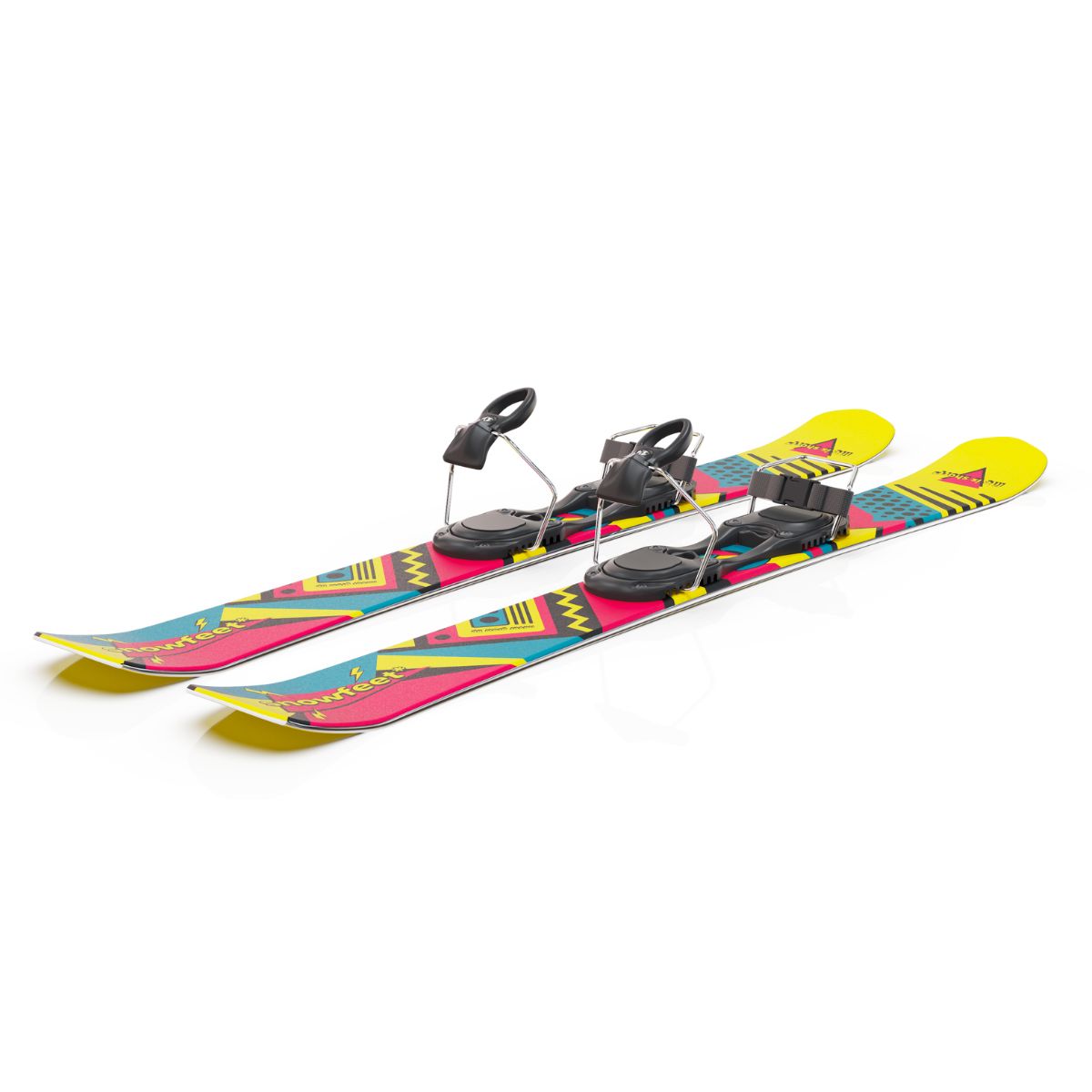
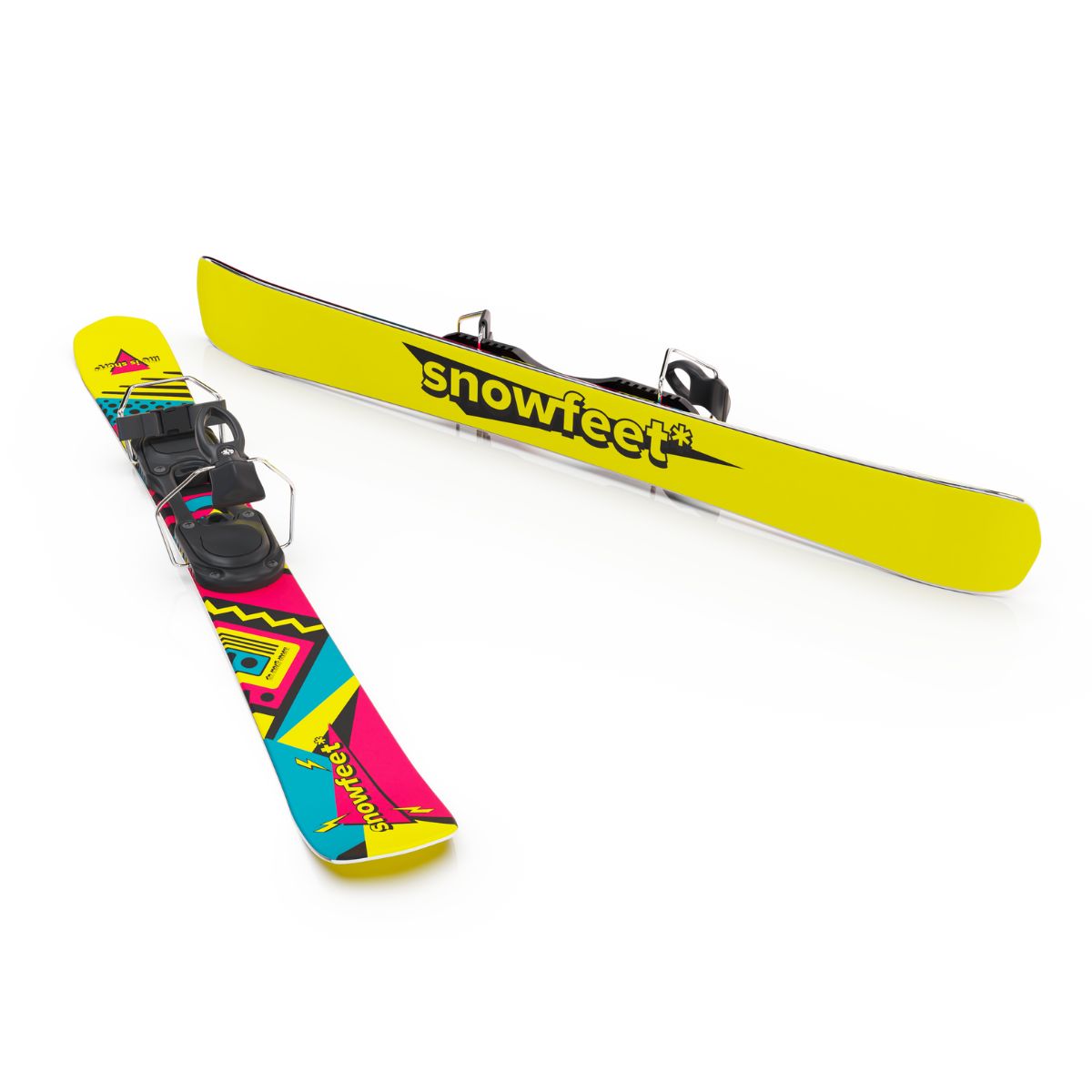
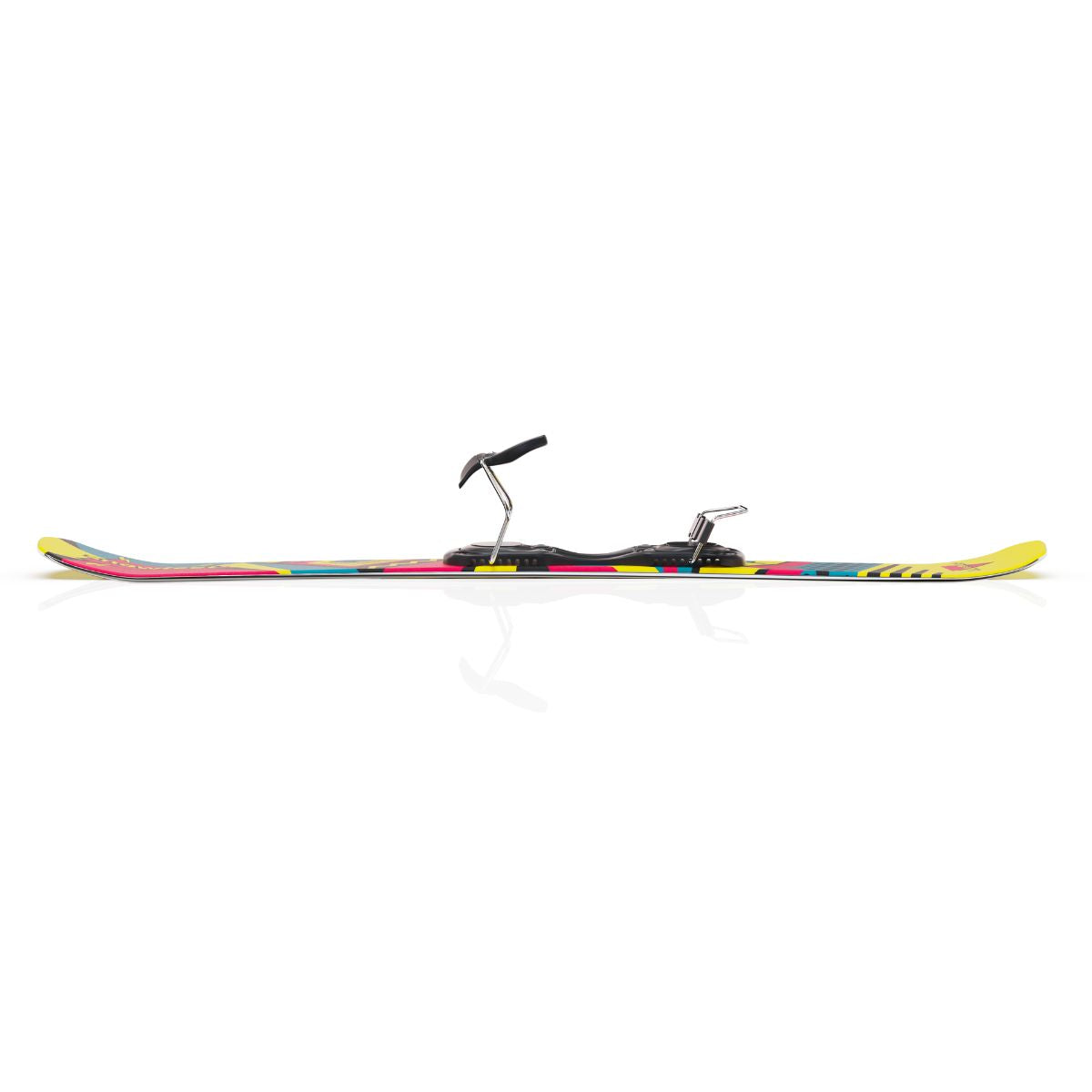
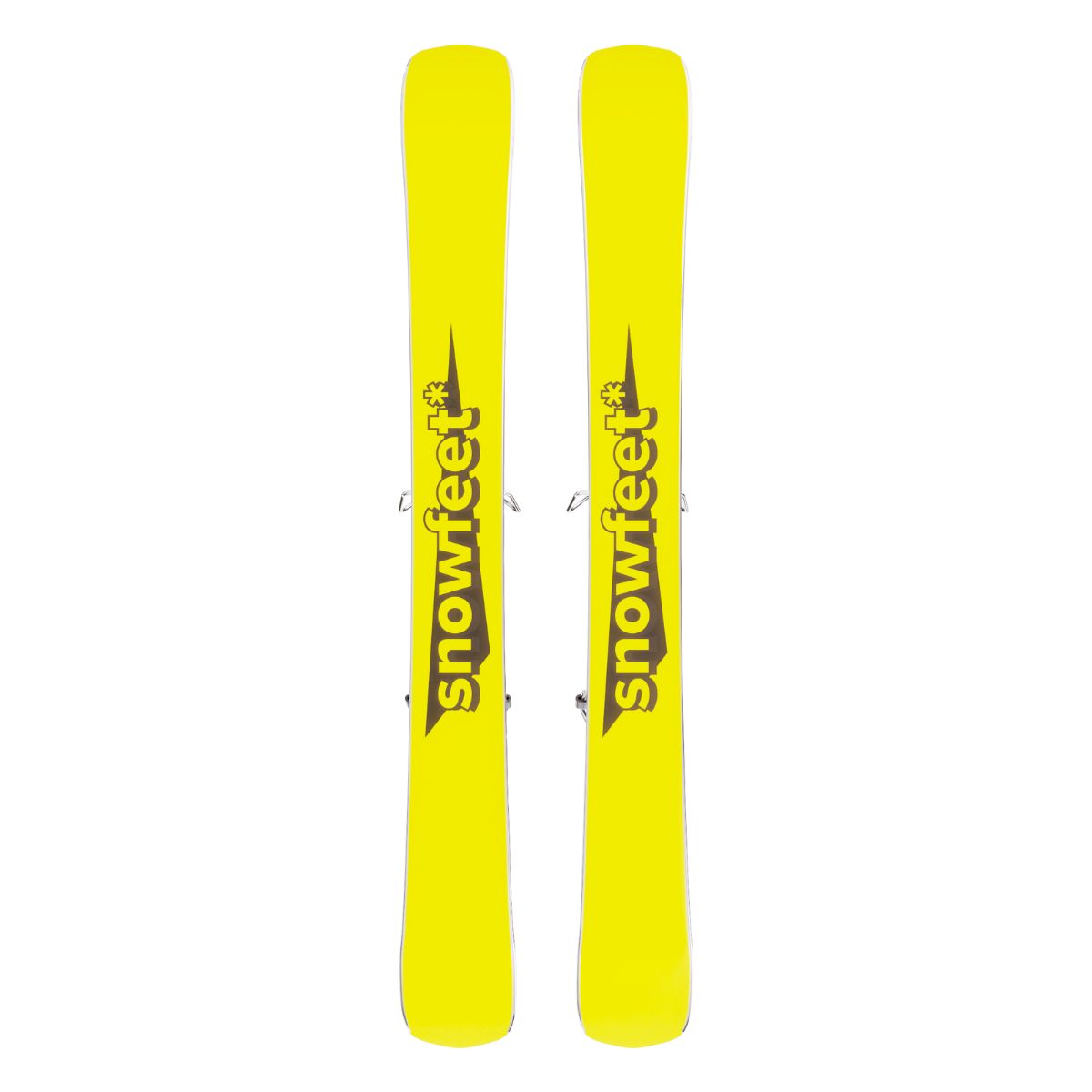
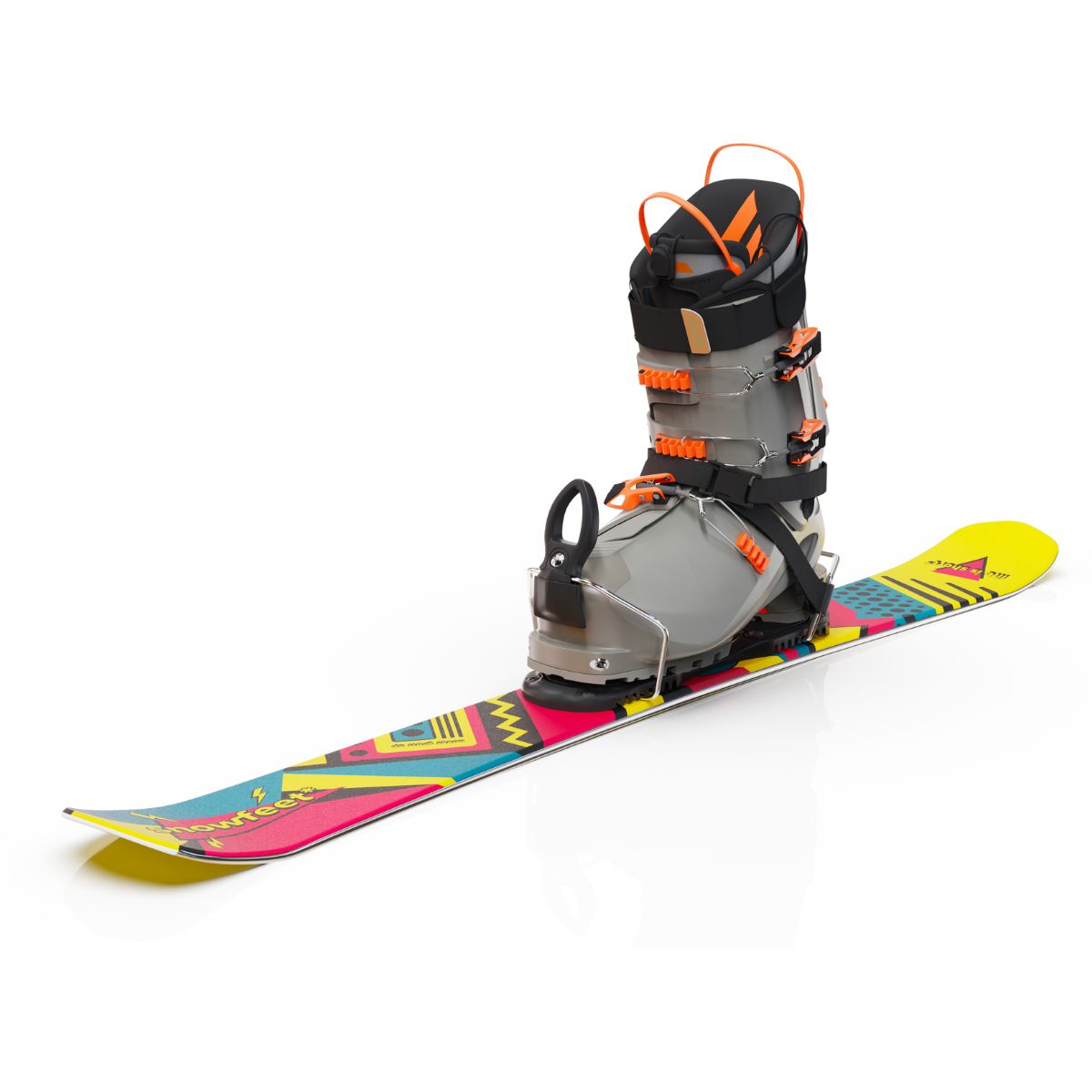
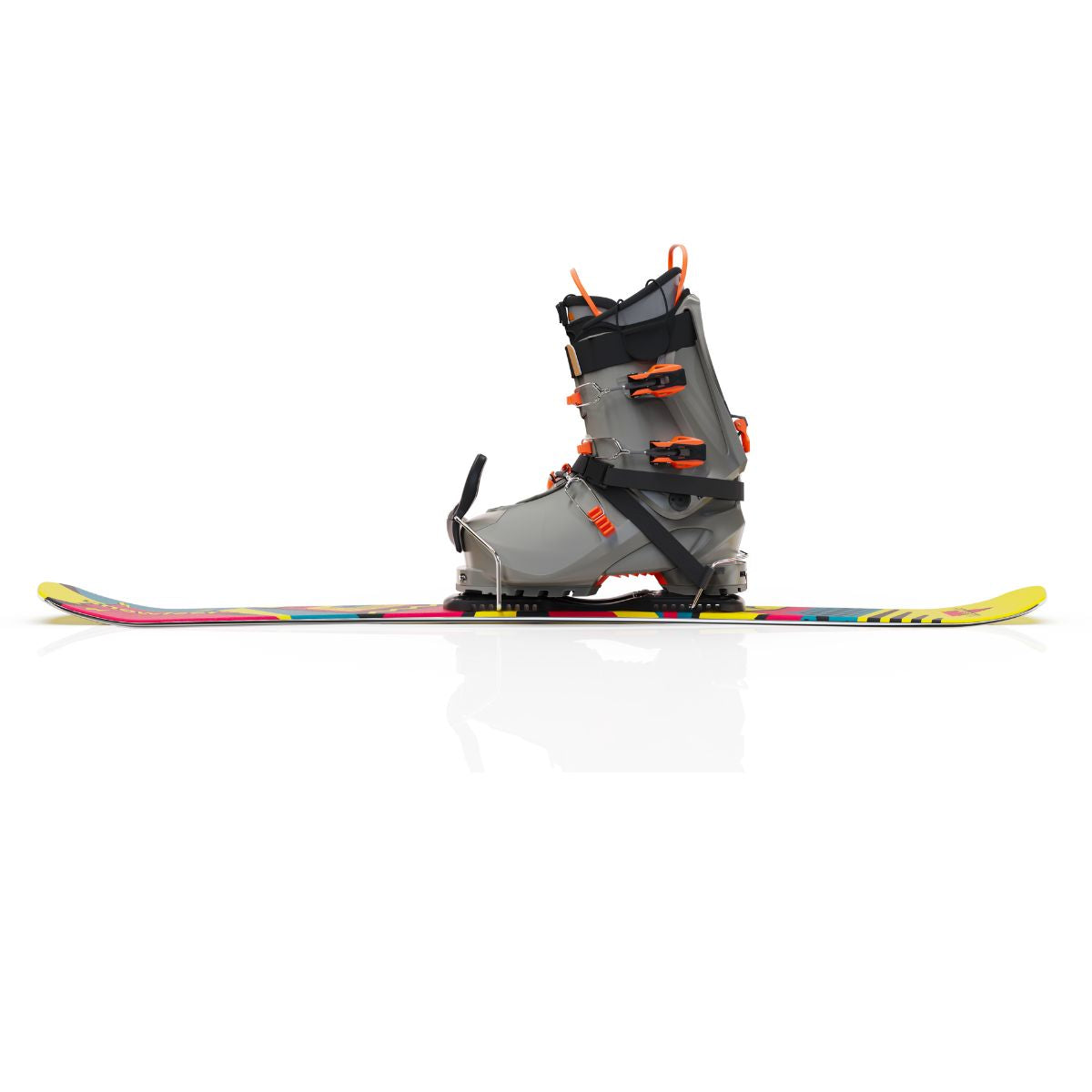
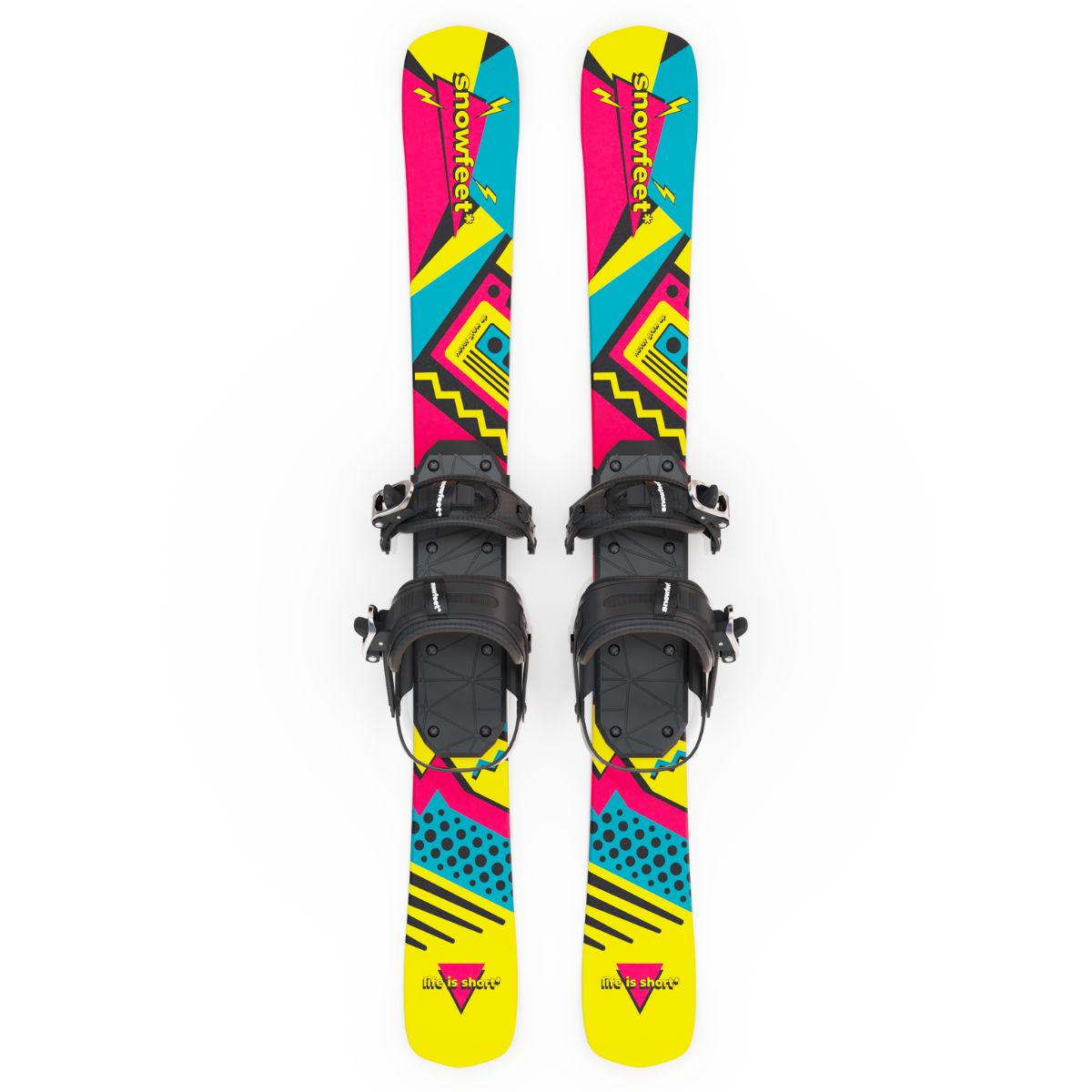
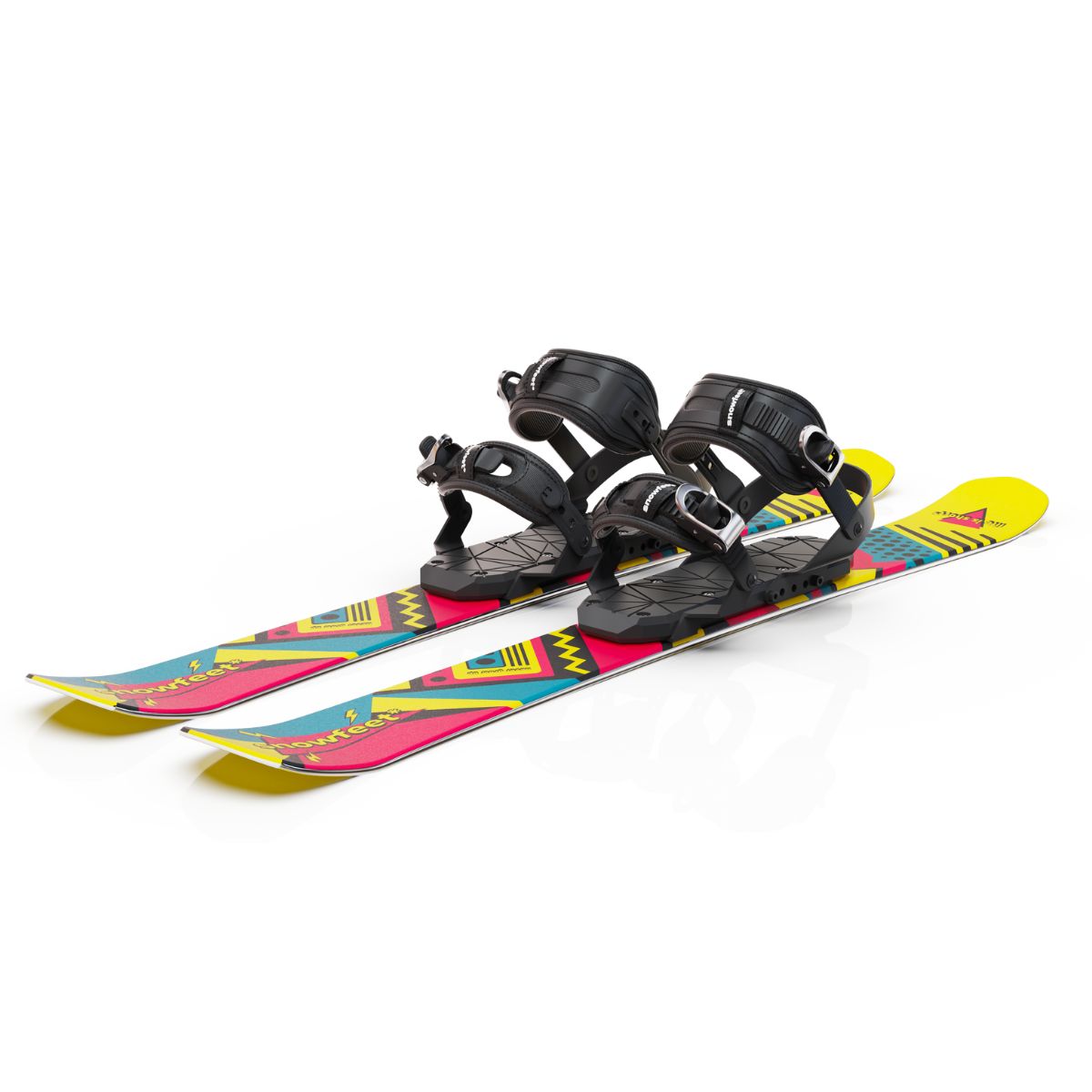
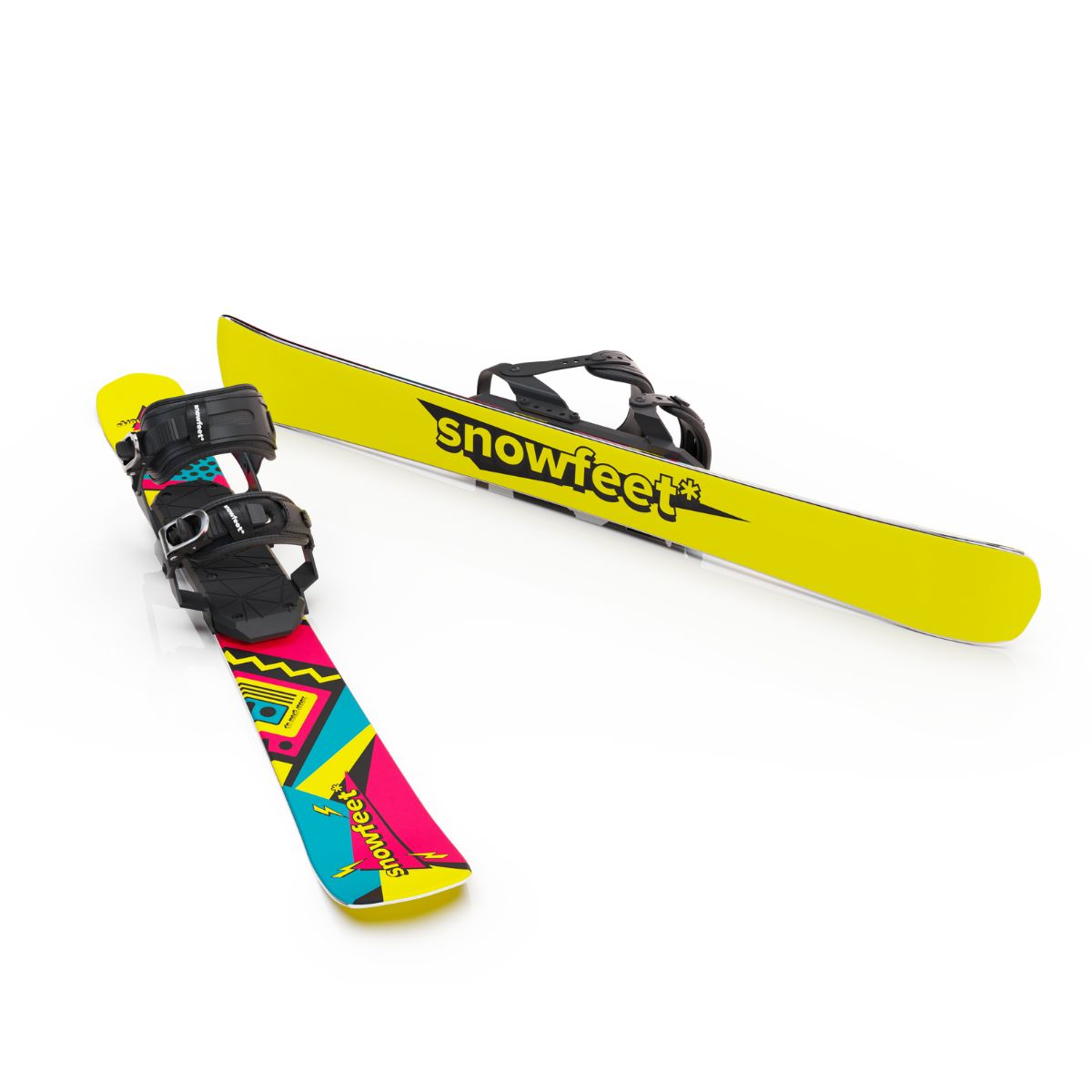
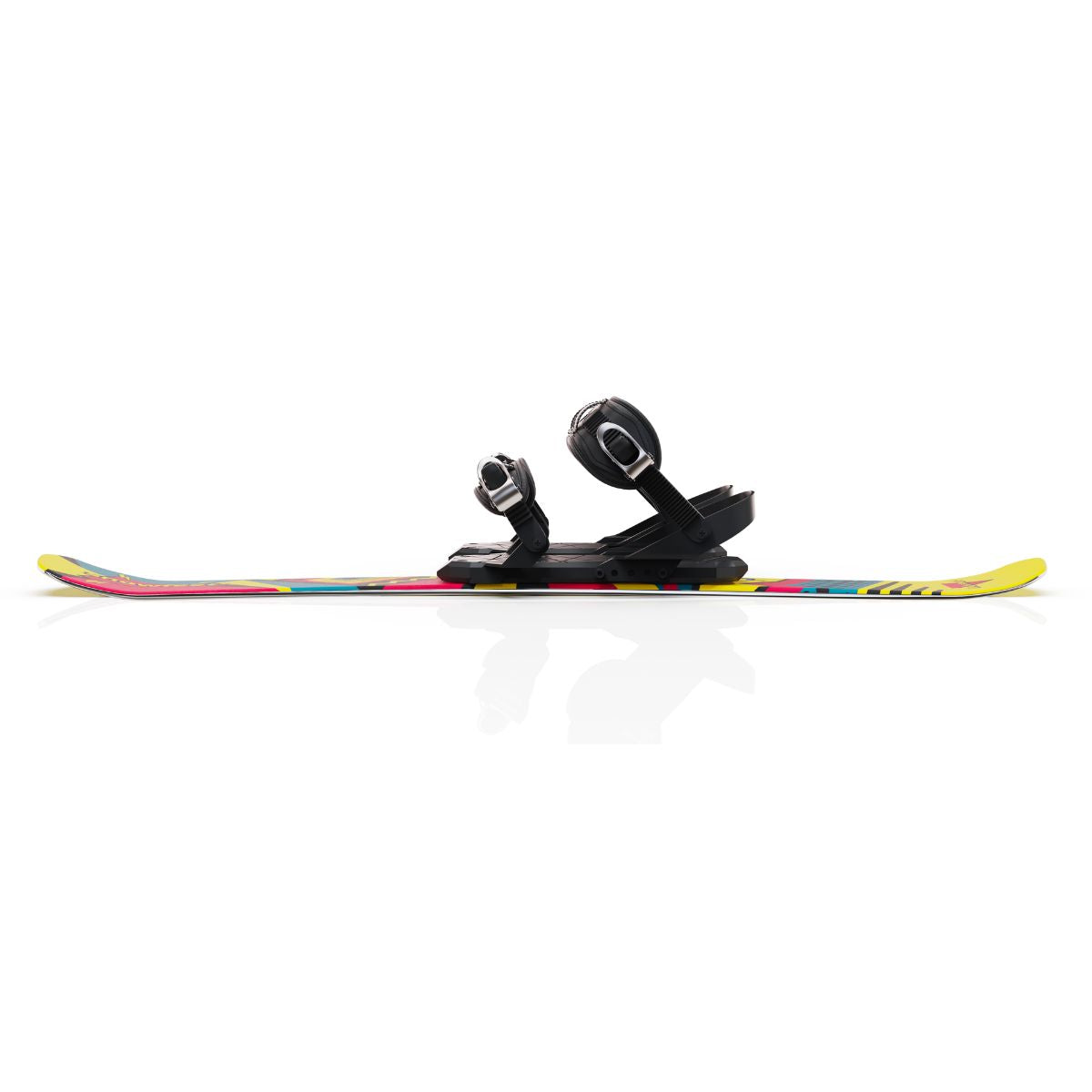
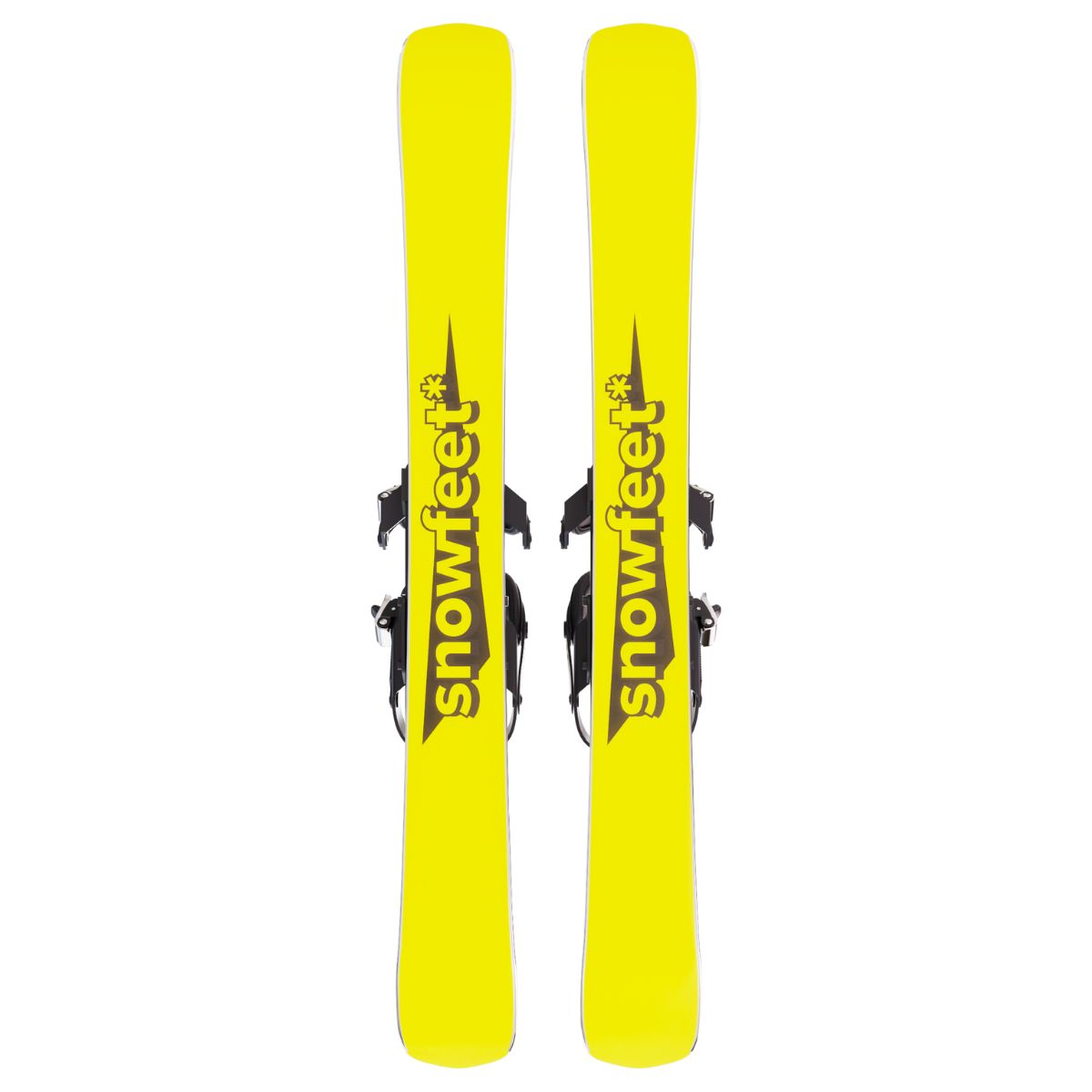
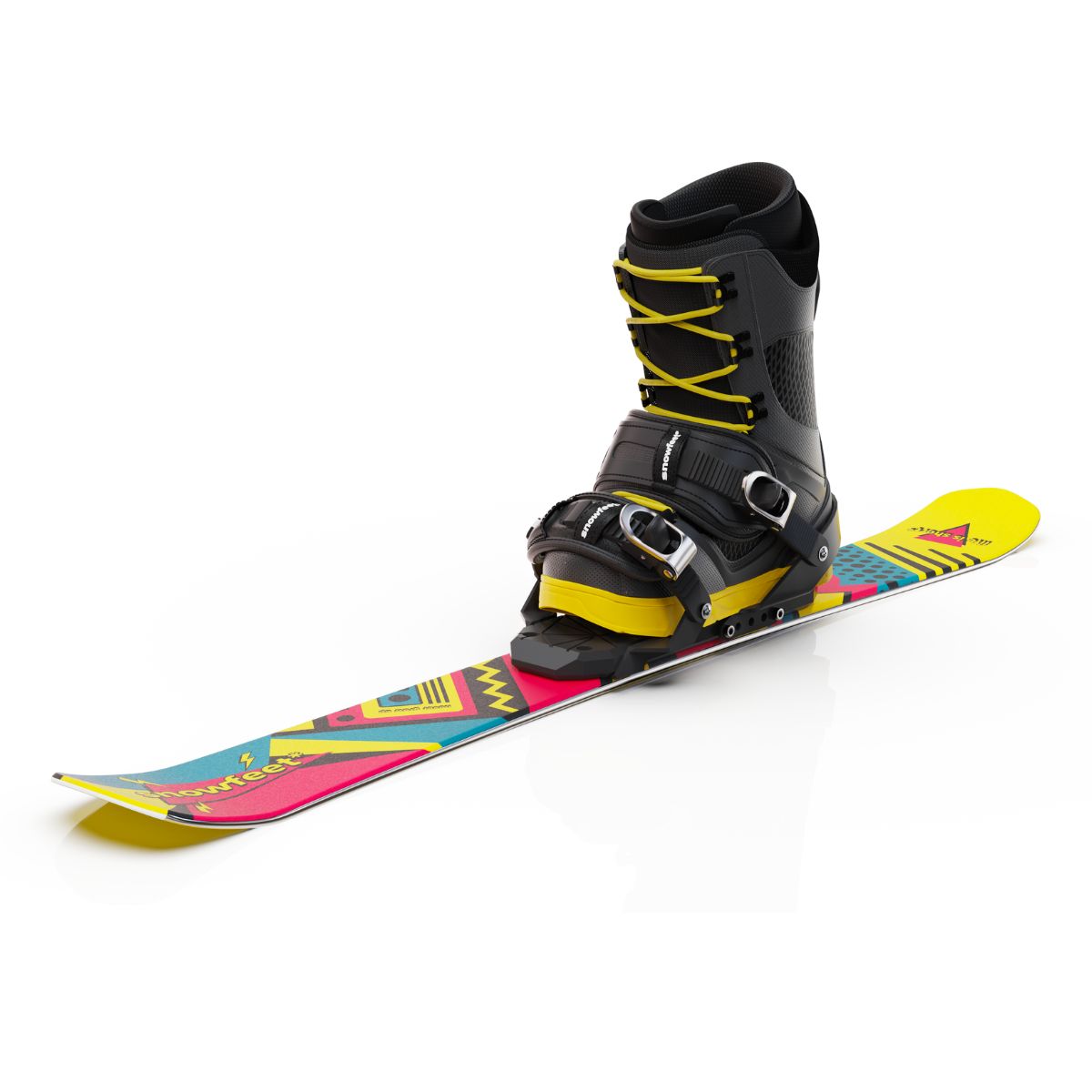
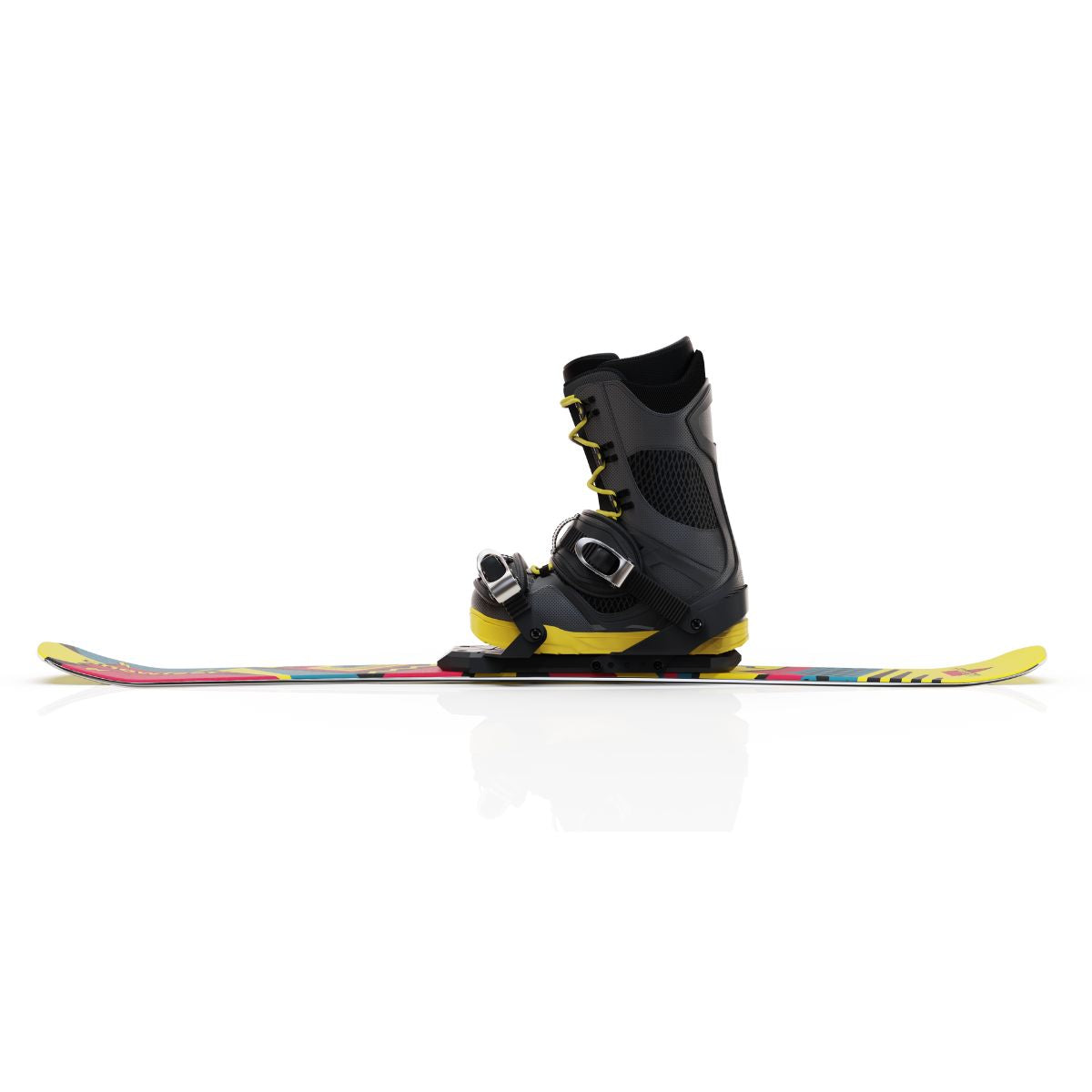
Free Shipping | 3 Business Days
How to choose skis for older skiers?
Here are some key features to consider when choosing skis for older adults. These factors will help ensure a safe and enjoyable skiing experience.
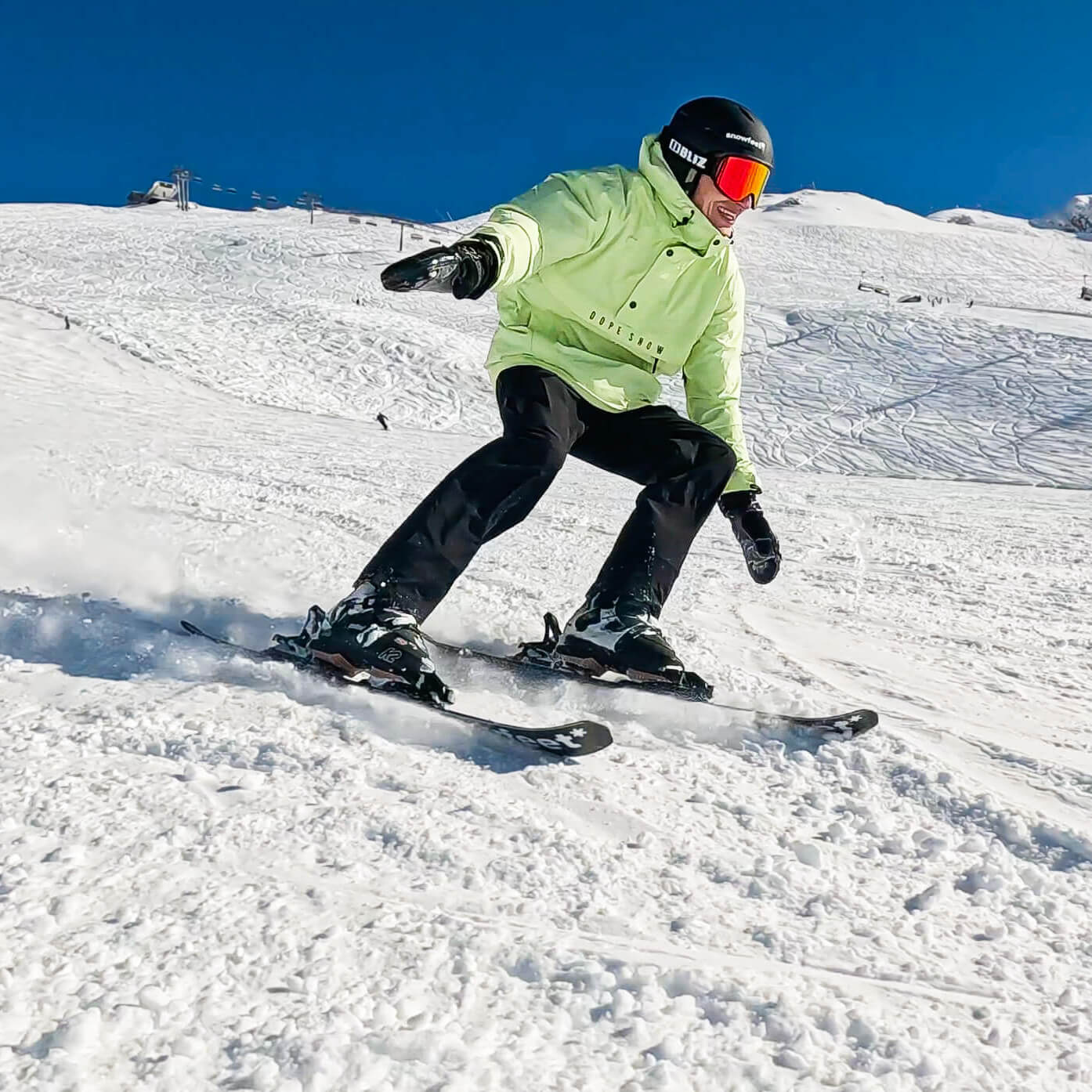
For older skiers, it's usually better to pick slightly shorter skis than usual. Shorter skis are easier to control, reducing pressure on your knees and hips. But don't choose skis that are too short, as it might make skiing less smooth.
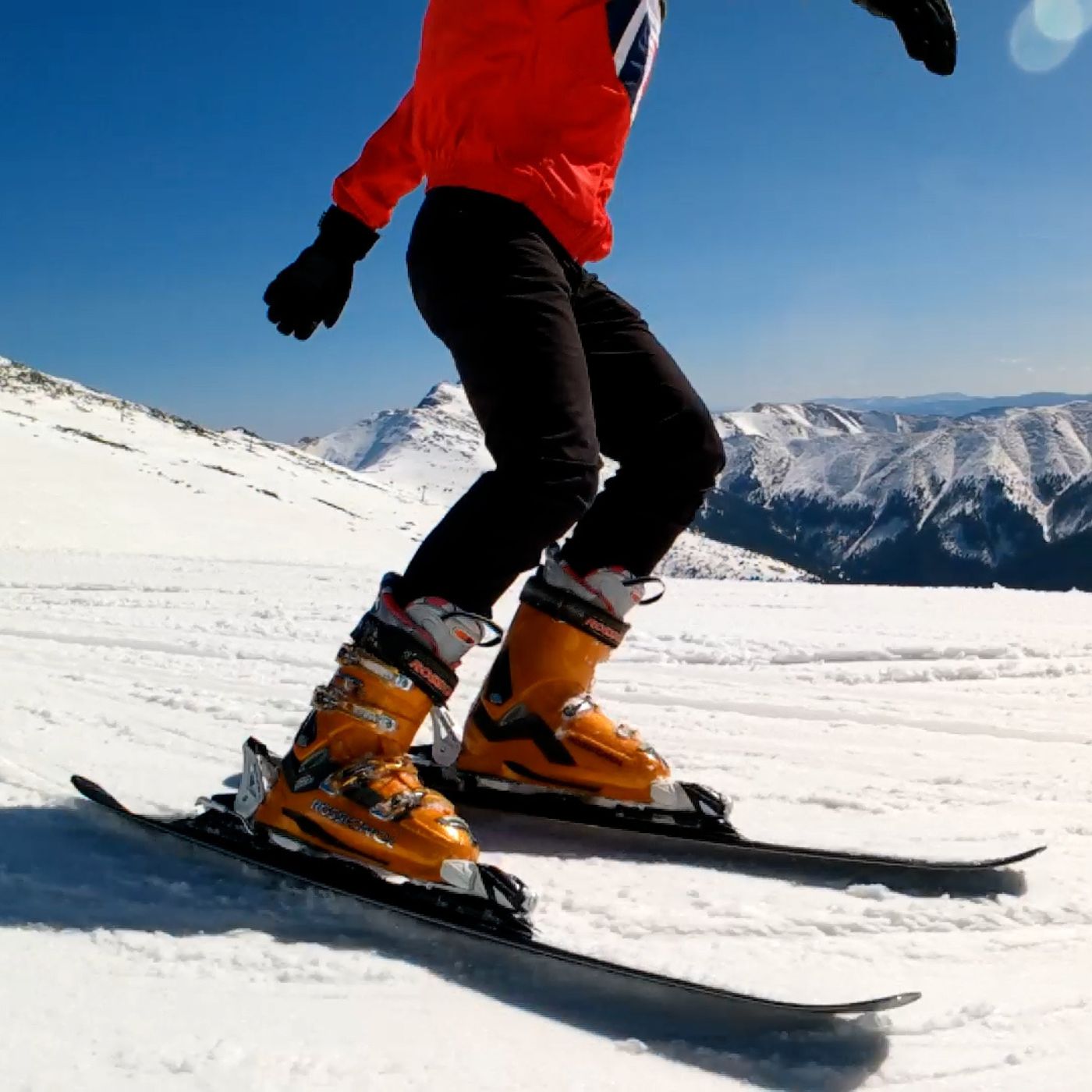
Forgiving skis are easier to control and less likely to catch an edge. Look for skis with a slight rocker profile or softer flex to help prevent falls and make skiing more fun.
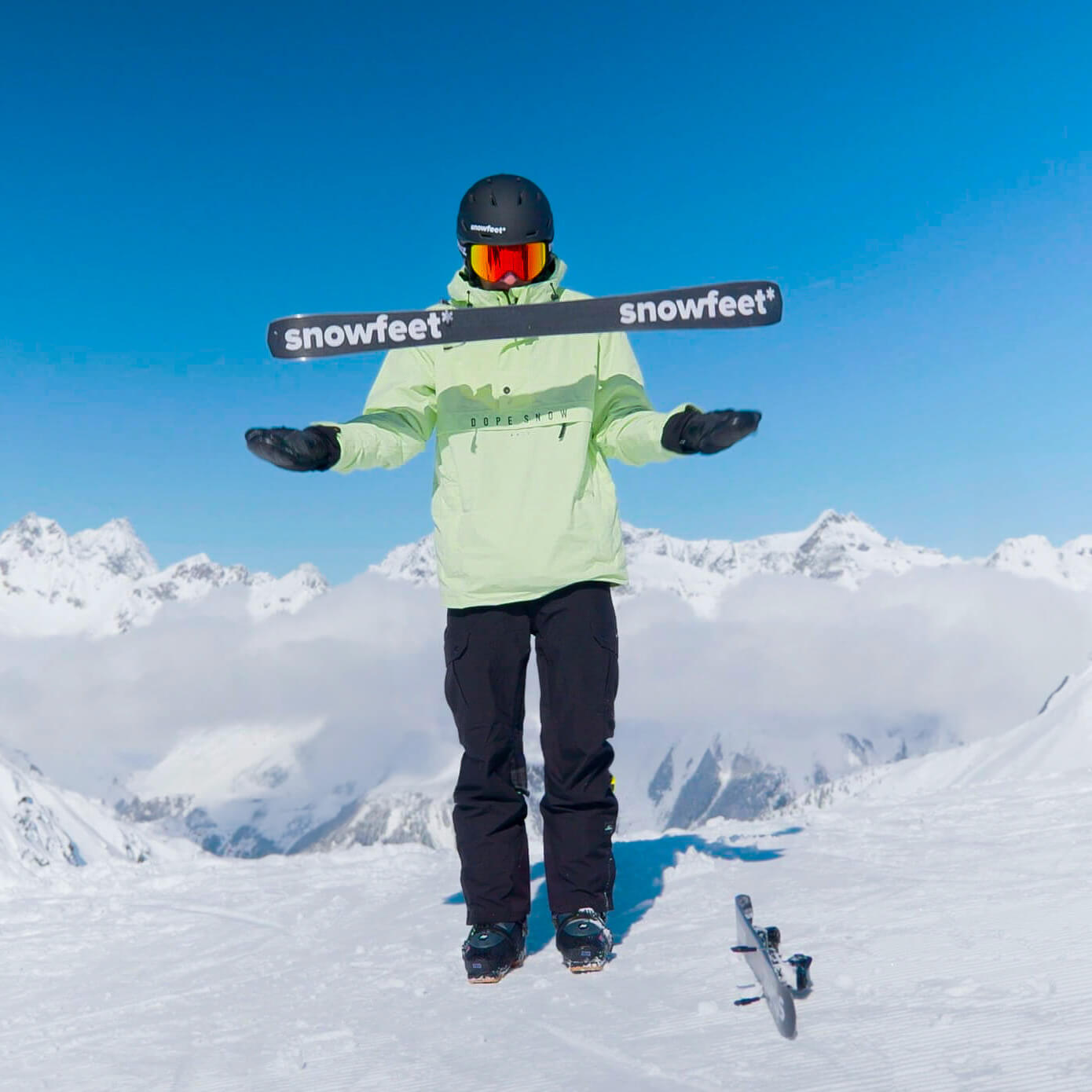
Choose skis that are not too heavy. As we get older, we might not have the same strength and agility. Lighter skis are easier to carry and handle, making skiing easier on the knees, less tiring, and more fun.
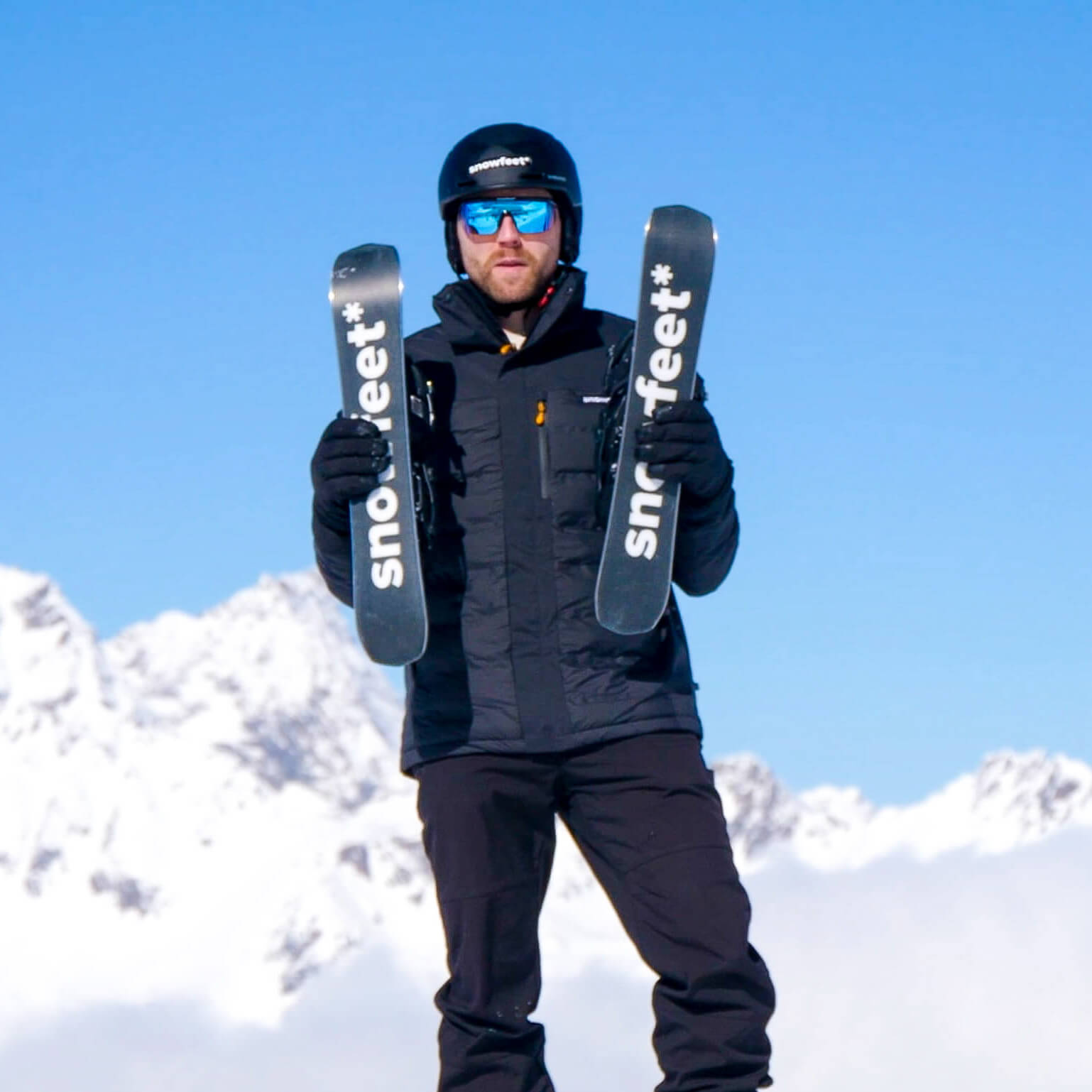
Skis come in different widths, which affect how they perform in different snow conditions. For older skiers, it's usually best to choose skis with a wider waist. This gives you more stability and makes skiing in soft snow more comfortable.
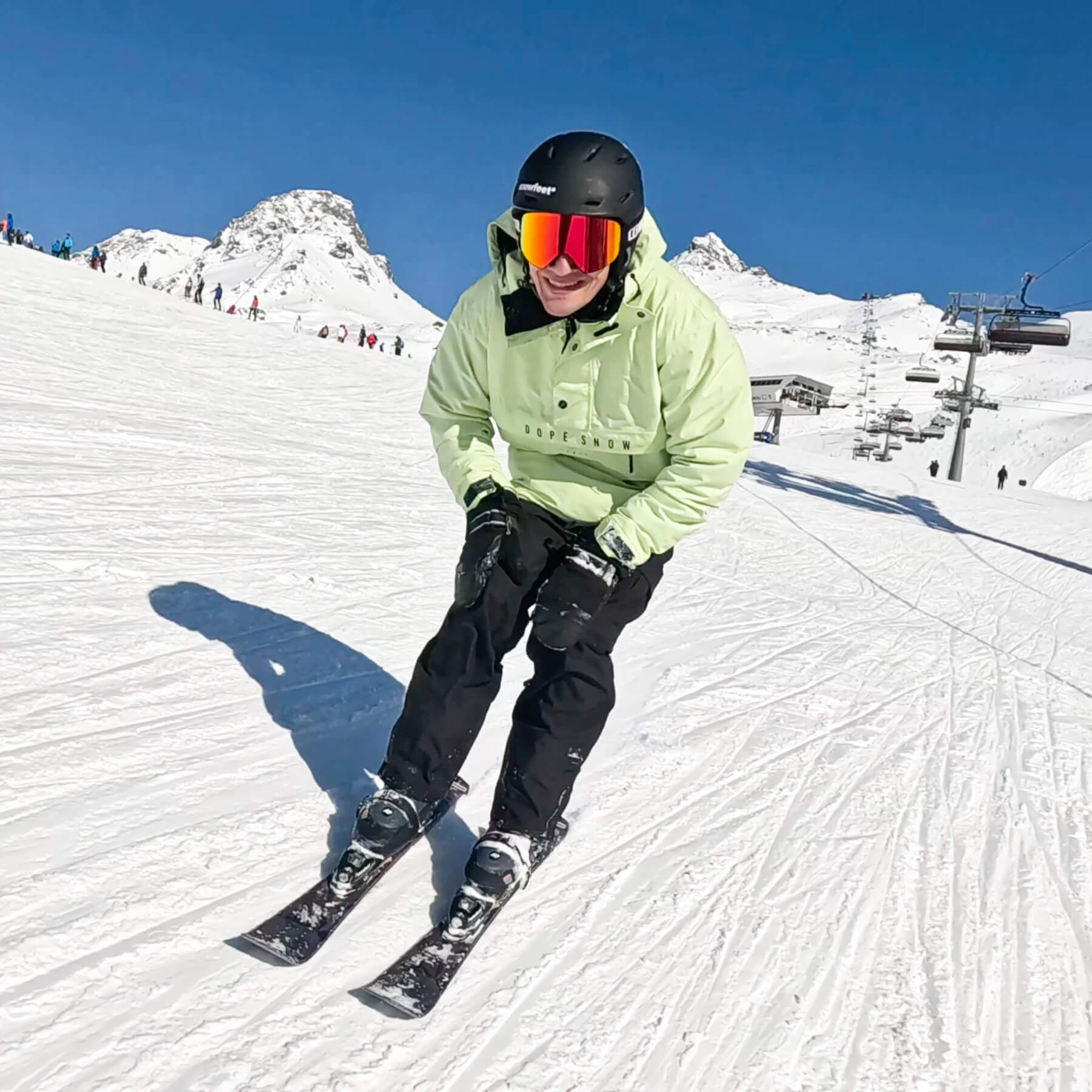
If you're an older skier, you likely have experience on the slopes. Choose skis that match your skill level, whether you're a beginner, intermediate, or advanced skier.
For older skiers, it's usually better to pick slightly shorter skis than usual. Shorter skis are easier to control, reducing pressure on your knees and hips. But don't choose skis that are too short, as it might make skiing less smooth.
Forgiving skis are easier to control and less likely to catch an edge. Look for skis with a slight rocker profile or softer flex to help prevent falls and make skiing more fun.
Choose skis that are not too heavy. As we get older, we might not have the same strength and agility. Lighter skis are easier to carry and handle, making skiing easier on the knees, less tiring, and more fun.
Skis come in different widths, which affect how they perform in different snow conditions. For older skiers, it's usually best to choose skis with a wider waist. This gives you more stability and makes skiing in soft snow more comfortable.
If you're an older skier, you likely have experience on the slopes. Choose skis that match your skill level, whether you're a beginner, intermediate, or advanced skier.





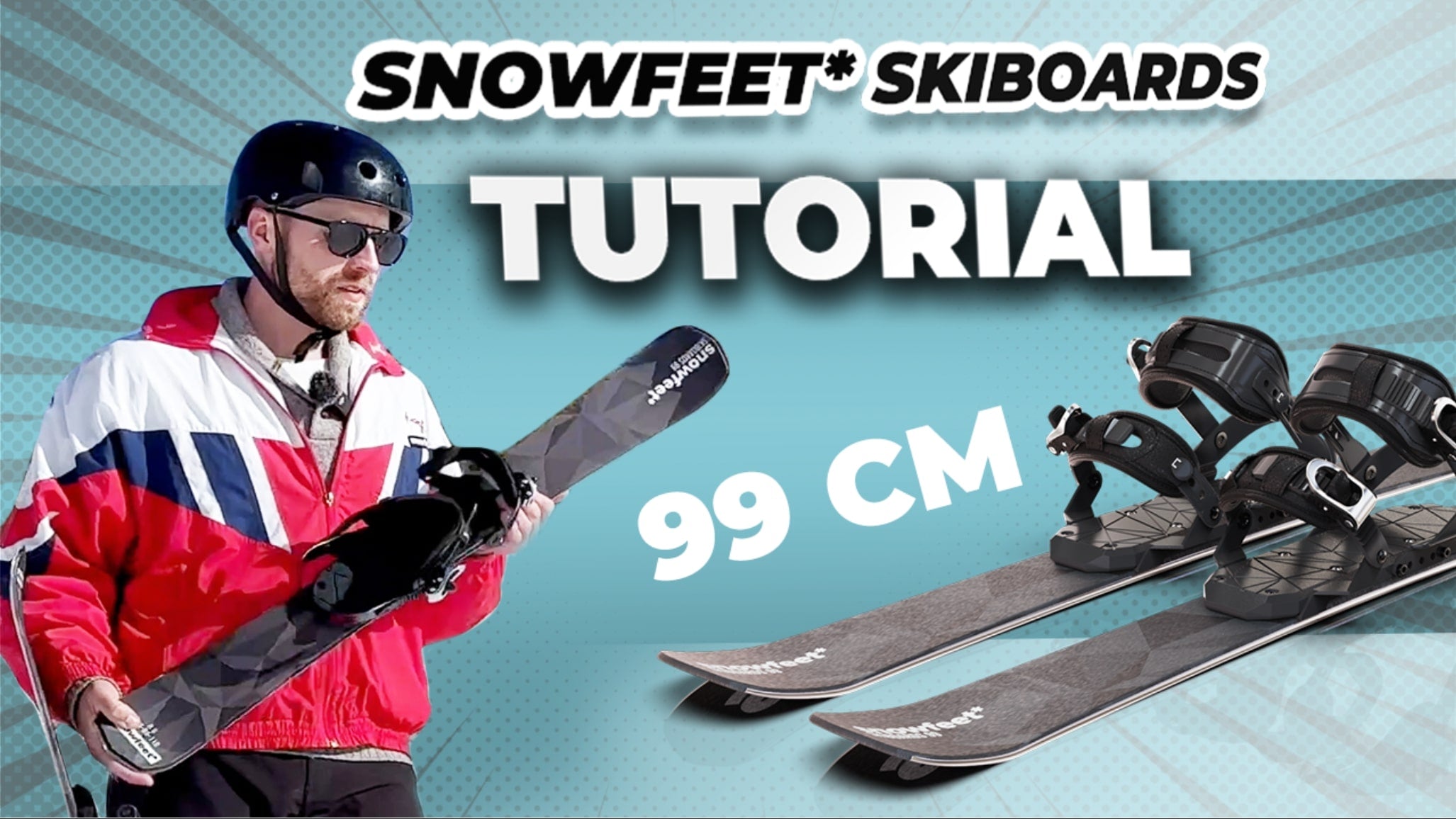
Video



44 cm / 17 inch
65 cm | 26 inch
99 cm | 39 Inch
Ski bindings
Snowboard bindings
Ski bindings
Snowboard bindings
Ski bindings
Pro ski bindings
Snowboard bindings
Shortest skis, they are easiest to control, most lively on slopes, feels like skates on snow. Work well on smooth, packed snow and are perfect in terrain parks.
Long enough to ski, short enough to skate. Fun tricks, jumps and twists on slopes and in terrain parks. Feels a bit like skates on snow.
The ultimate Skiblades. Long enough for deep carving on the slopes with more freedom of movement, fun jumps and tricks in terrain parks and in powder.
Shorter skis are perfect for elderly skiers because they are easier to control and put less strain on the knees and hips. They also make turning and maneuvering on the slopes simpler and safer.
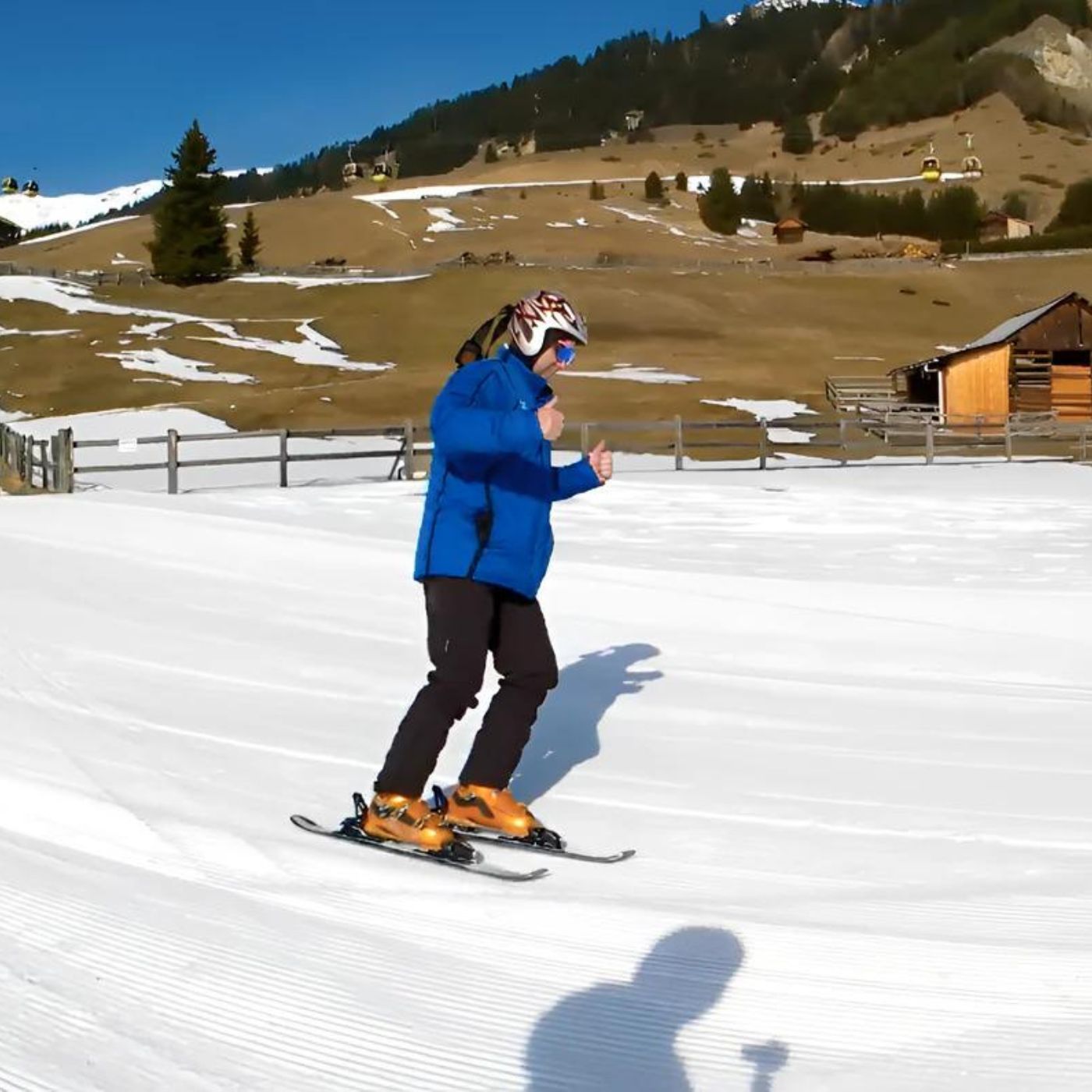
Simple to control
Shorter skis are easier to control, making them a perfect choice for older skiers.

Lower weight
Shorter skis are lighter, so they are easier to carry and move around. This makes skiing easier on the knees, less tiring, and more fun.
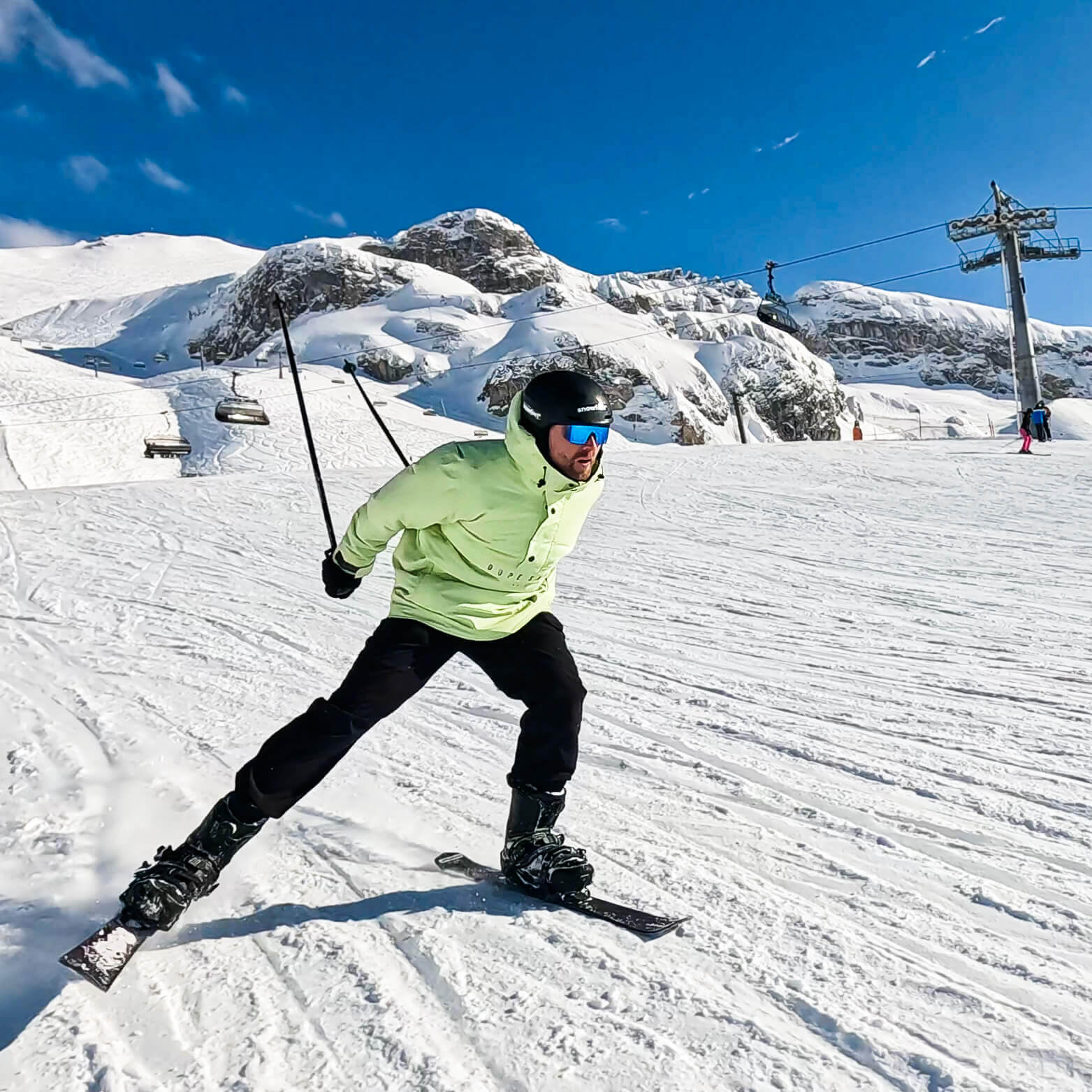
Easy to Learn
Fast learning curve. Great for beginners, intermediates who want to enjoy skiing to the fullest.
Video
Yes, it's safe for older people to ski if they use the right equipment and follow safety guidelines. It's important for them to choose skis that are easy to control, stay in good physical condition, and ski within their limits. Proper warm-up exercises and taking breaks can also help prevent injuries.
Learning to ski when you're older can be challenging, but it's definitely possible. It might take more time and effort than learning as a kid, but many older people still enjoy skiing. Take it slow, get proper instruction, and practice regularly. With patience and determination, you can become a skier at any age!
To choose the right ski length for an elderly skier, consider their skiing ability, height, weight, and flexibility. If you're new or like a relaxed pace, shorter skis are easier. Experienced skiers might prefer longer skis for stability. Try different lengths to see what feels best.
For senior / older skiers, the best skis are lightweight, easy to turn, and stable. Look for skis with a moderate width underfoot for a balance of stability and maneuverability. Skis with a softer flex are gentler on the knees. Consider all-mountain or groomed terrain skis, as they work well in different conditions. Make sure to choose skis that match your skill level and preferences.
Starting skiing at 50 is totally possible! First, take beginner lessons with a ski instructor to learn the basics. Start on easy slopes, rent the right equipment, dress warmly, and wear protective gear like a helmet and goggles. Take your time, practice, and have fun.
Yes, skiing in your 60s can be safe if you're careful. Wear a helmet and goggles, warm up before skiing, and choose slopes that match your skill level. Take breaks when you need them and listen to your body. Following these tips will help you have a fun and safe time on the slopes even in your 60s.
Yes, you can learn to ski at 70! Many people start skiing later in life and still enjoy it. Take lessons, start on easy slopes, and use the right equipment to learn safely. With practice and patience, skiing can be fun at any age.
Short skis are good for your knees. They are easier to control and turn, which is helpful for older skiers. Longer skis need more effort to move and can put more pressure on your knees. So, short skis are better, especially if you have knee issues or are older.
To ski without hurting your knees, follow these tips: Start with shorter skis and stick to gentle slopes. Wear knee braces if you need extra support. Use proper techniques like bending your knees and keeping your weight centered. Take breaks when you're tired and don't push yourself too hard.
Yes, you can still ski with bad knees. Just be careful and listen to your body. Use shorter skis, wear knee braces for support, and stick to gentle slopes to reduce strain on your knees.
They are more stable at slower speeds. They are light, making them easy to carry and transport. Short skis (skiboards/snowblades/skiblades) can be better for older skiers because they are easier to control and maneuver, reducing the risk of falls and injuries.